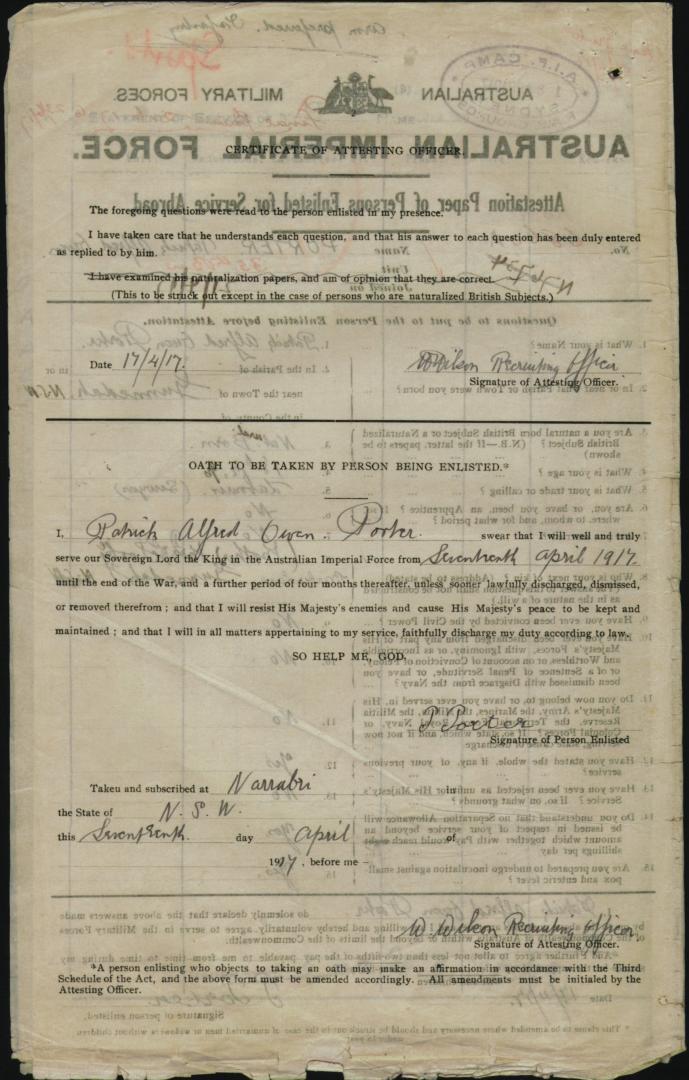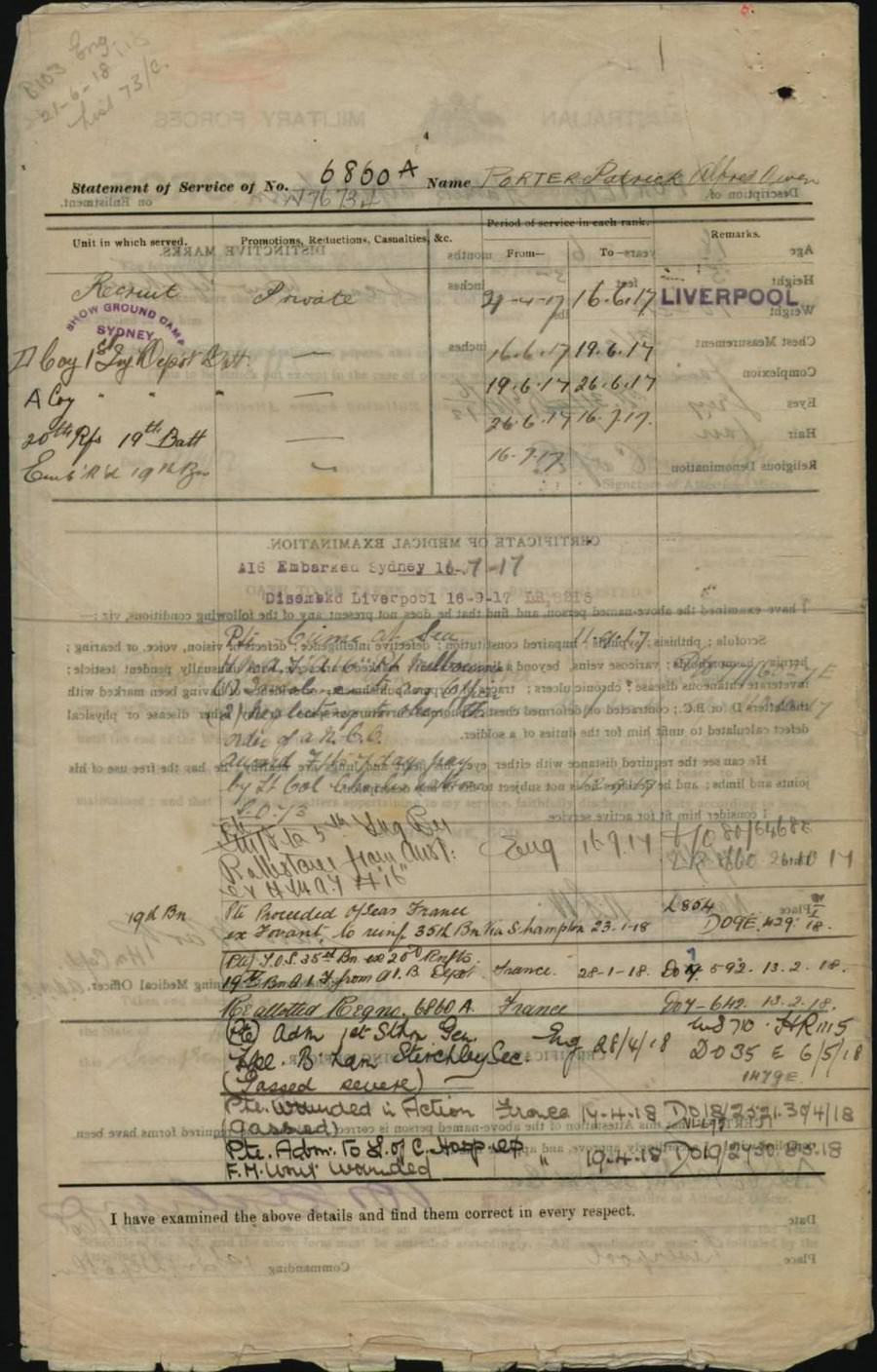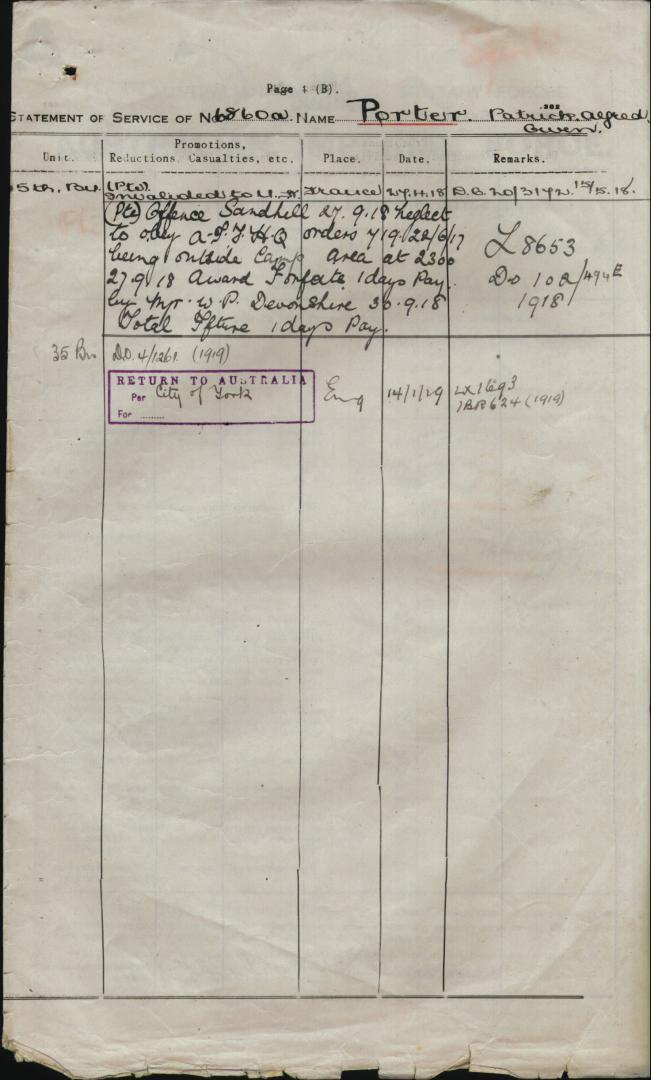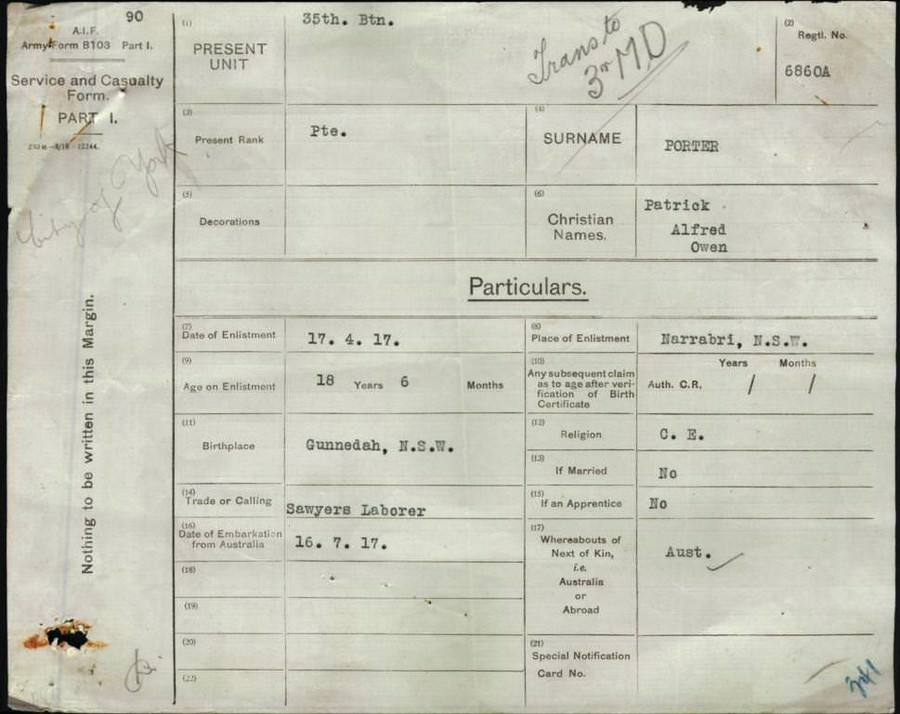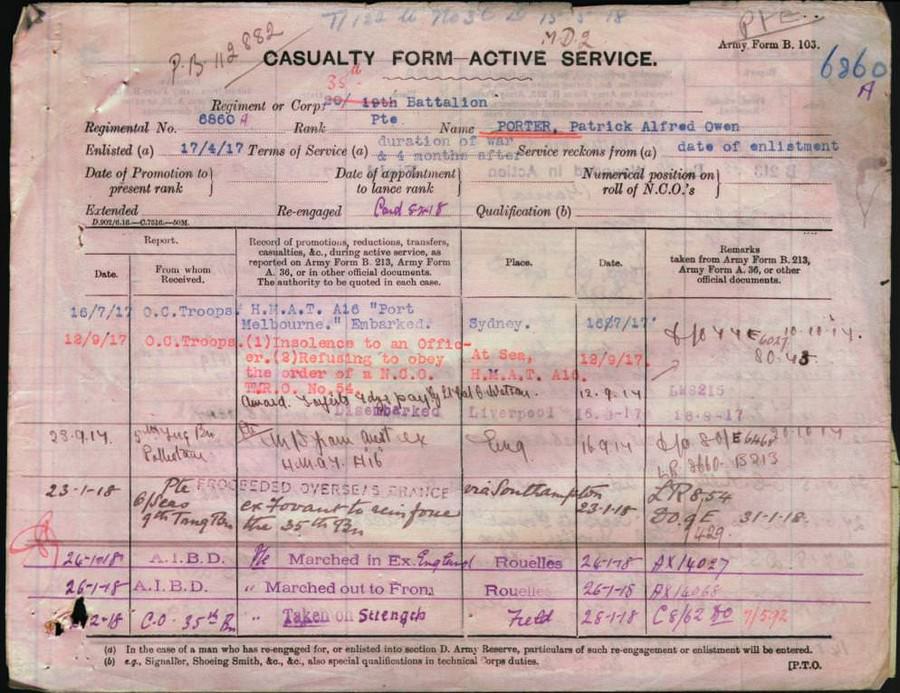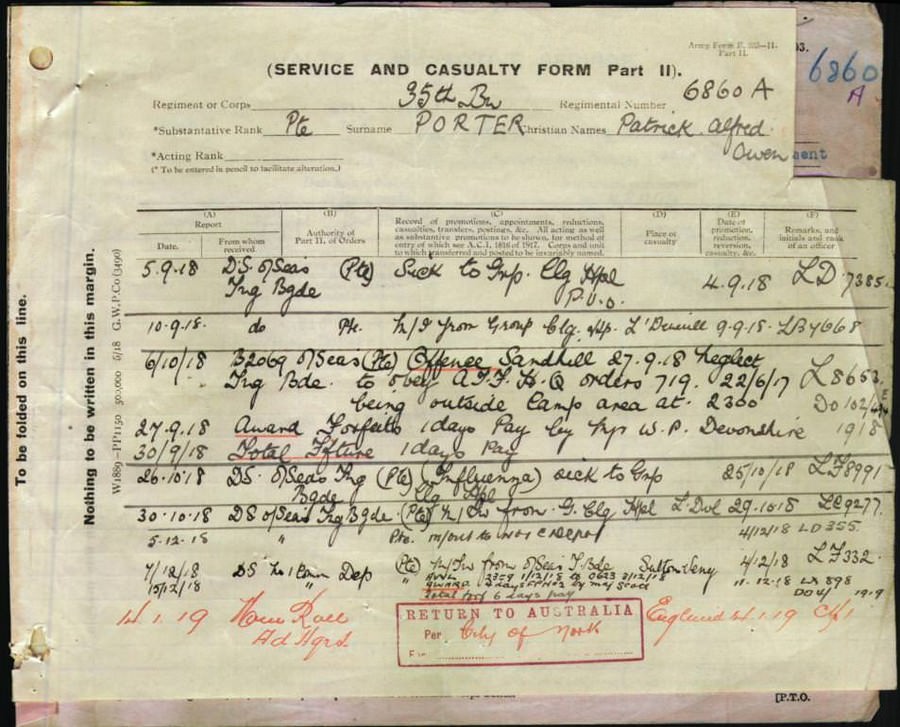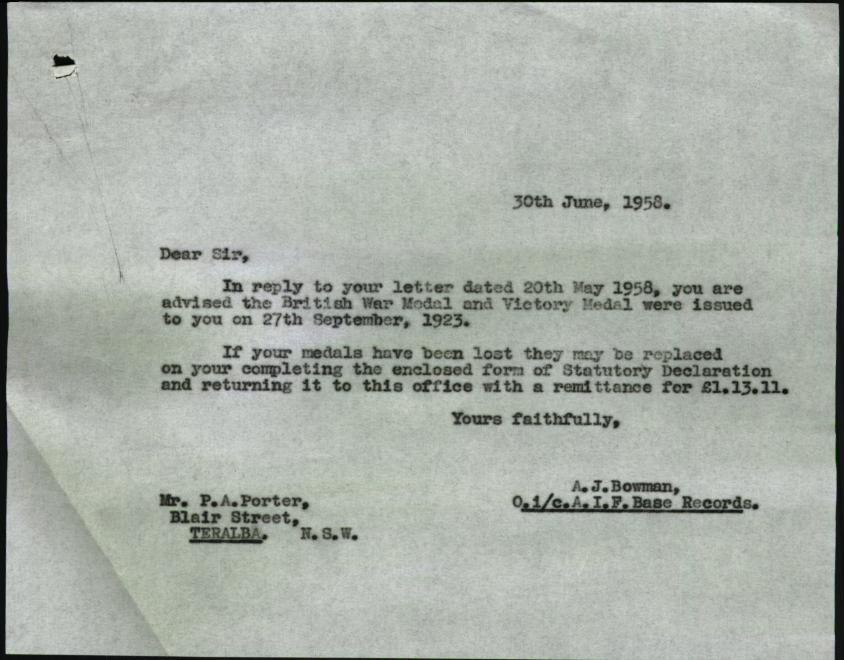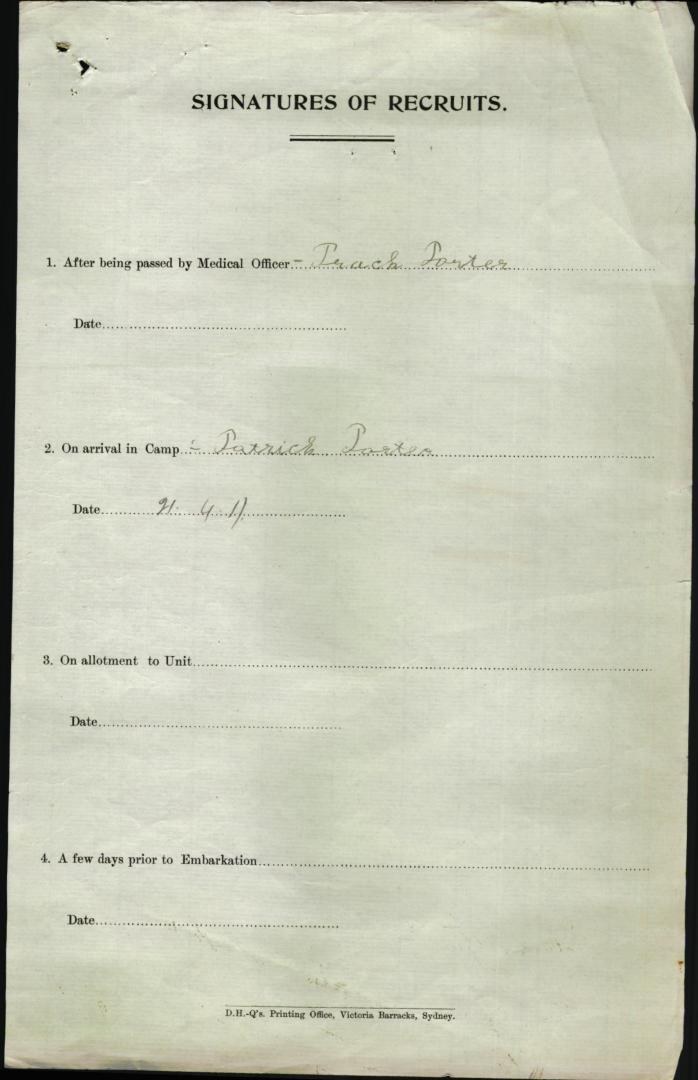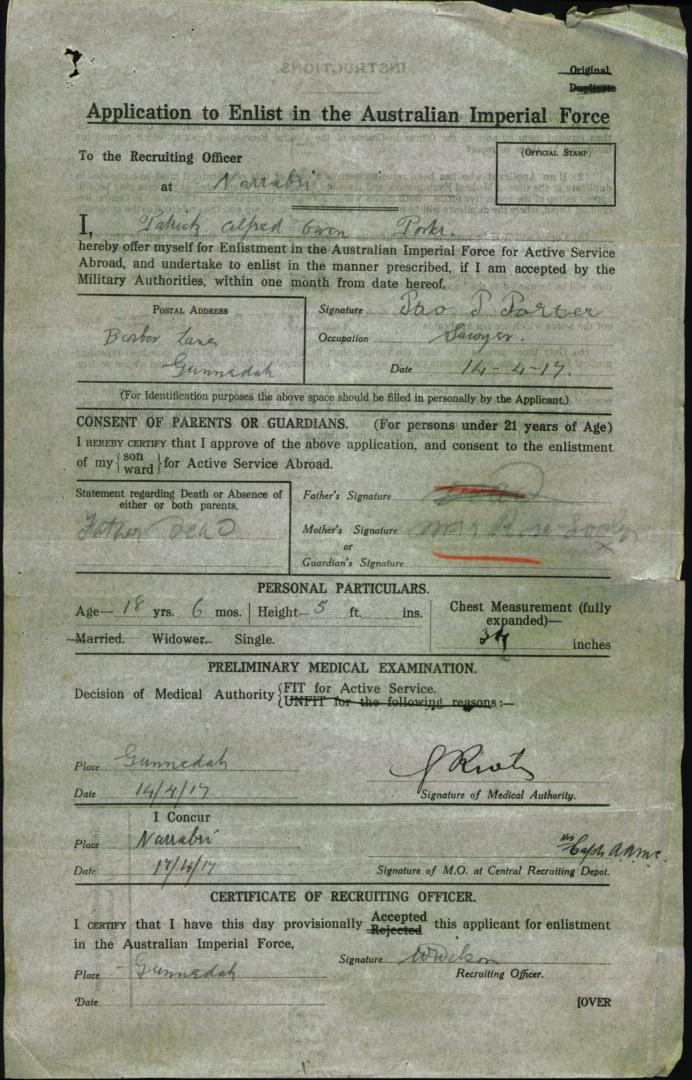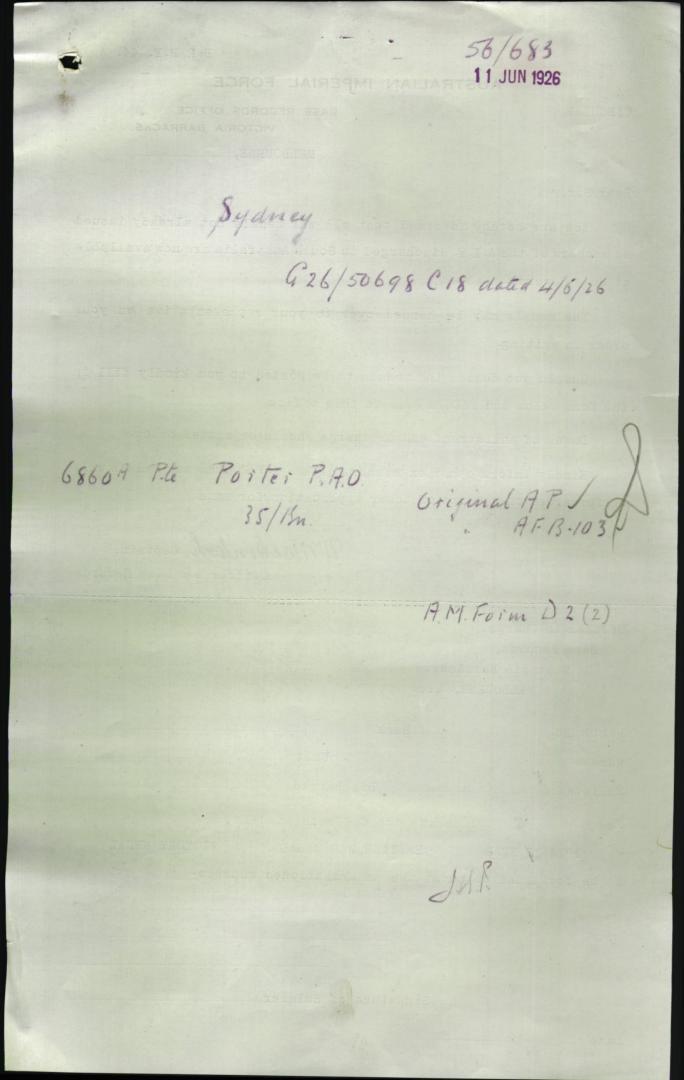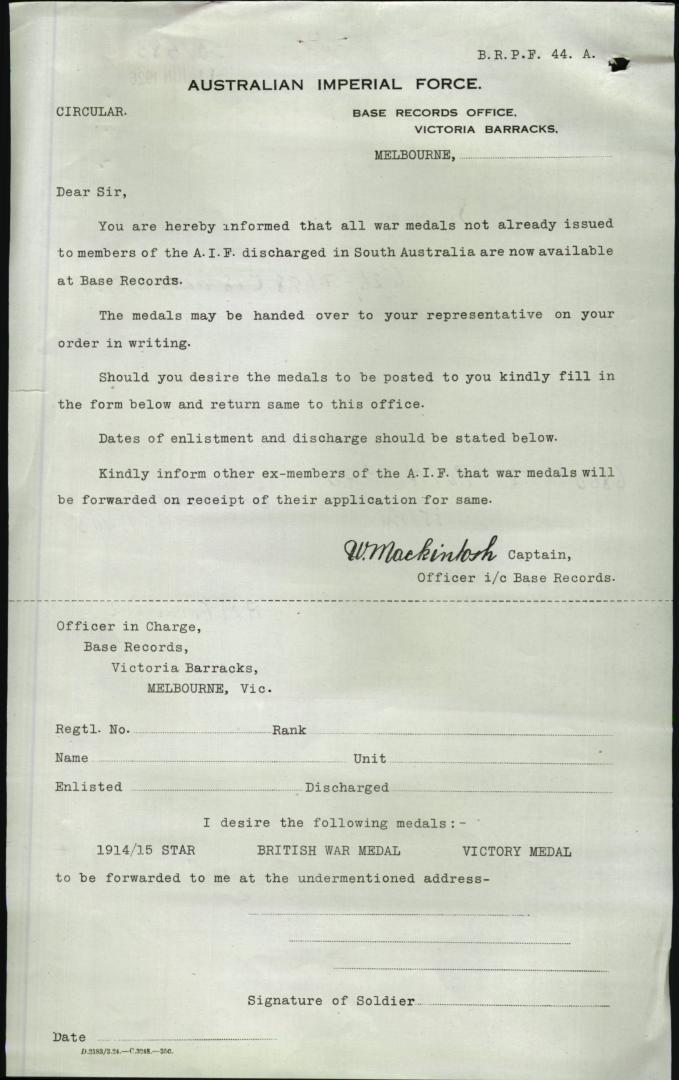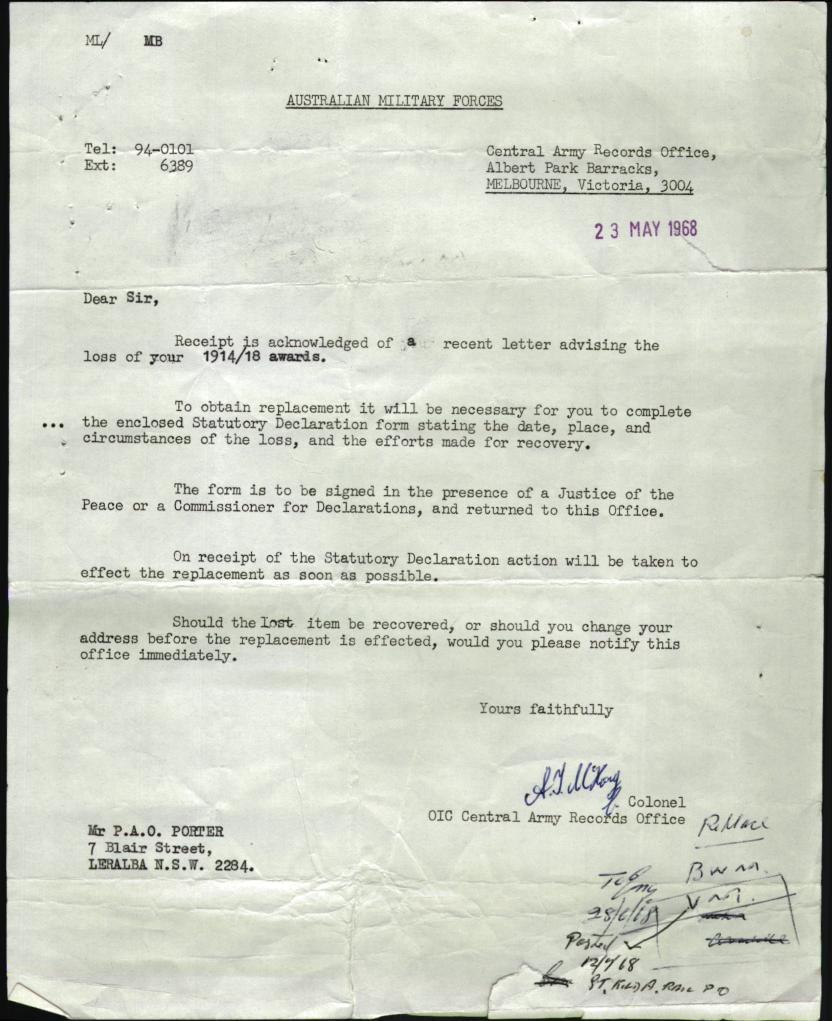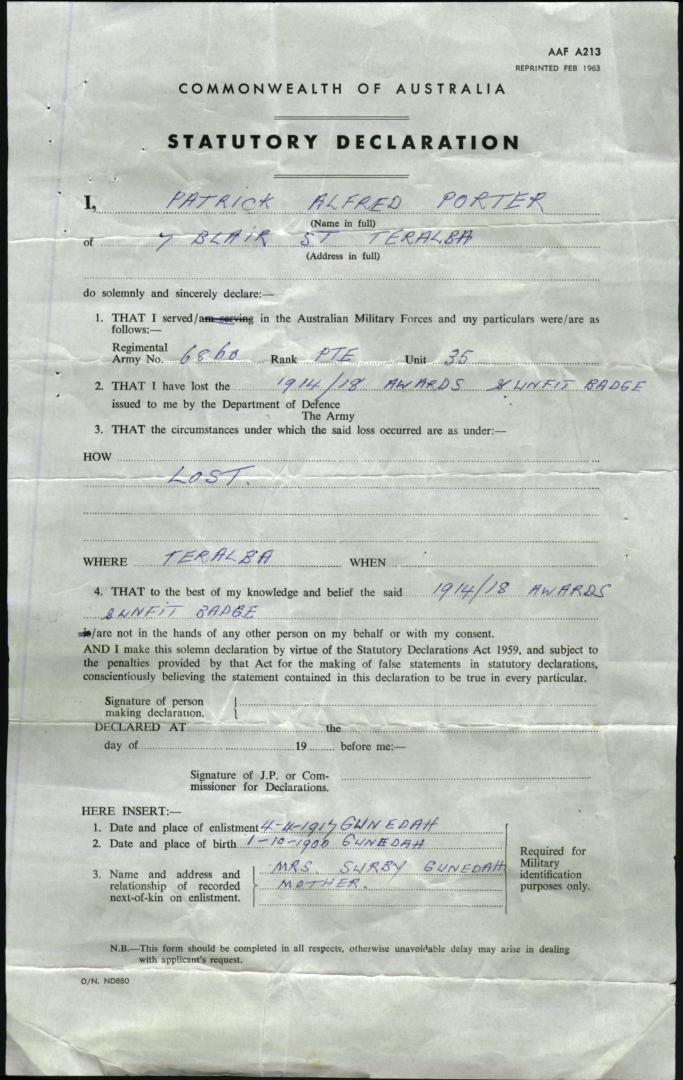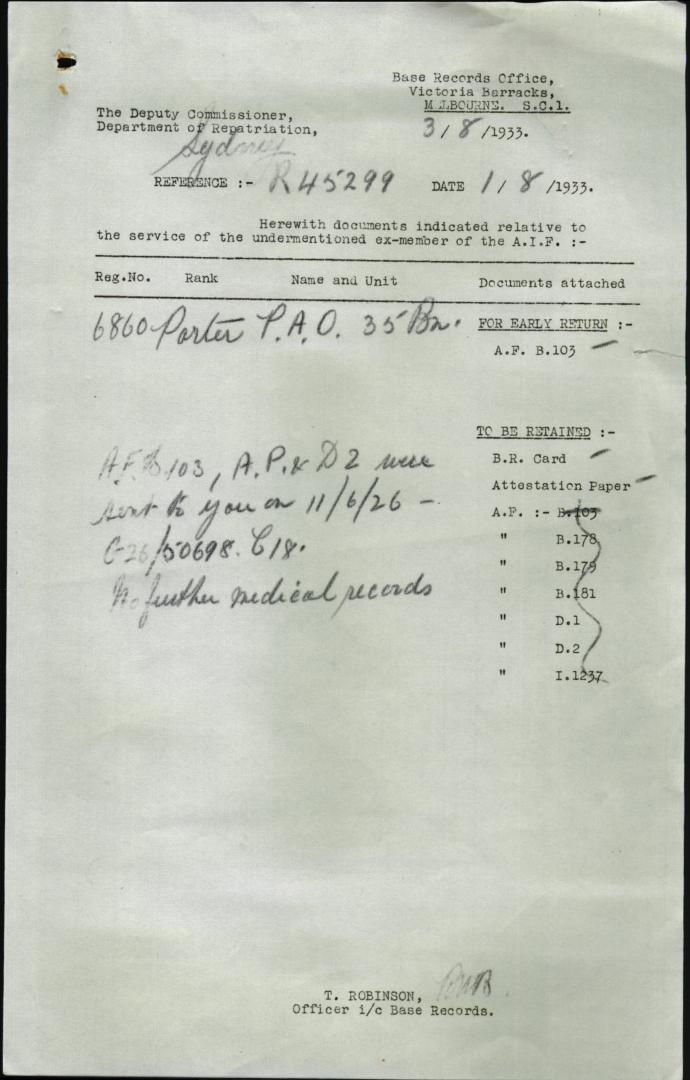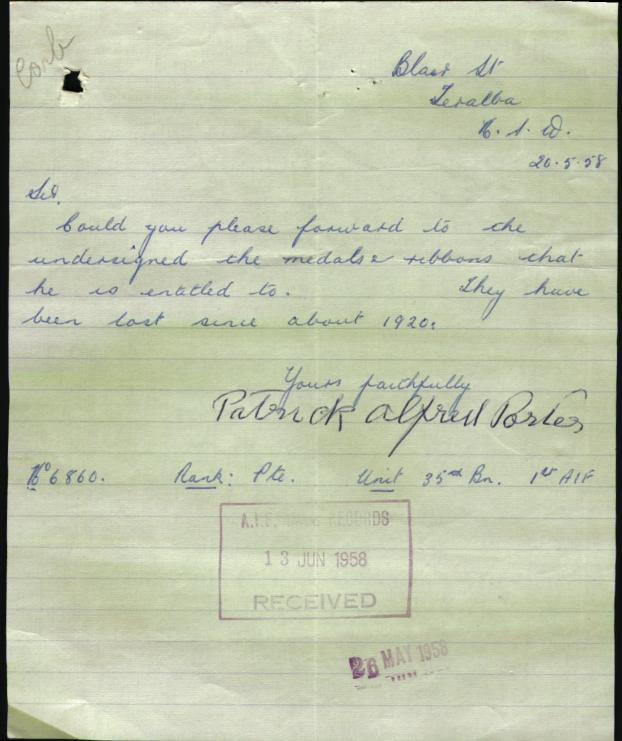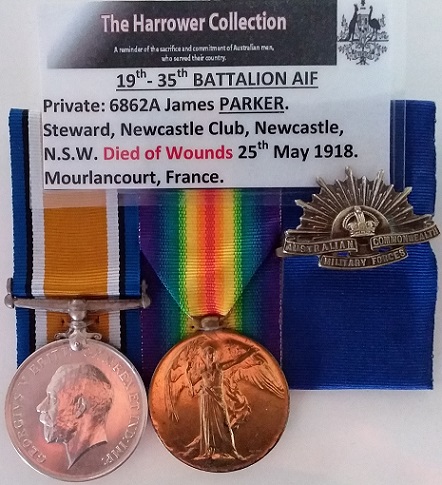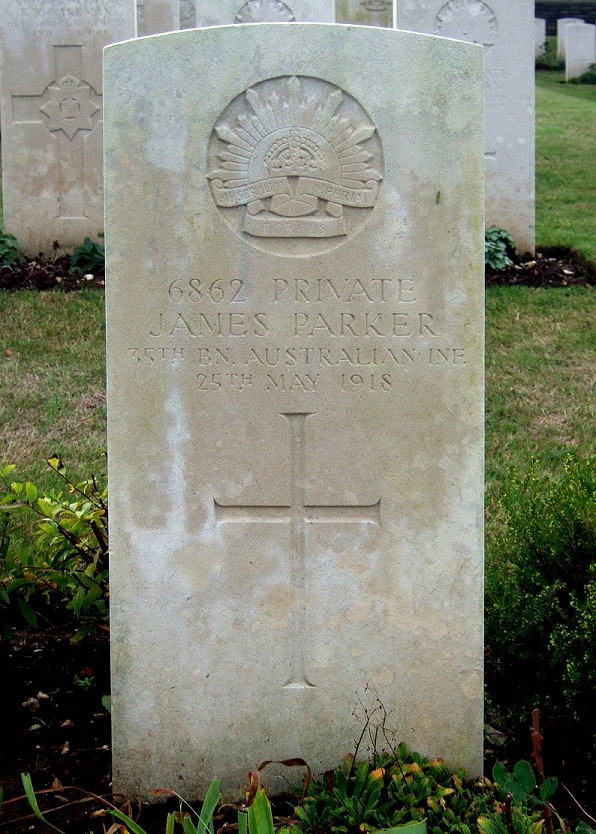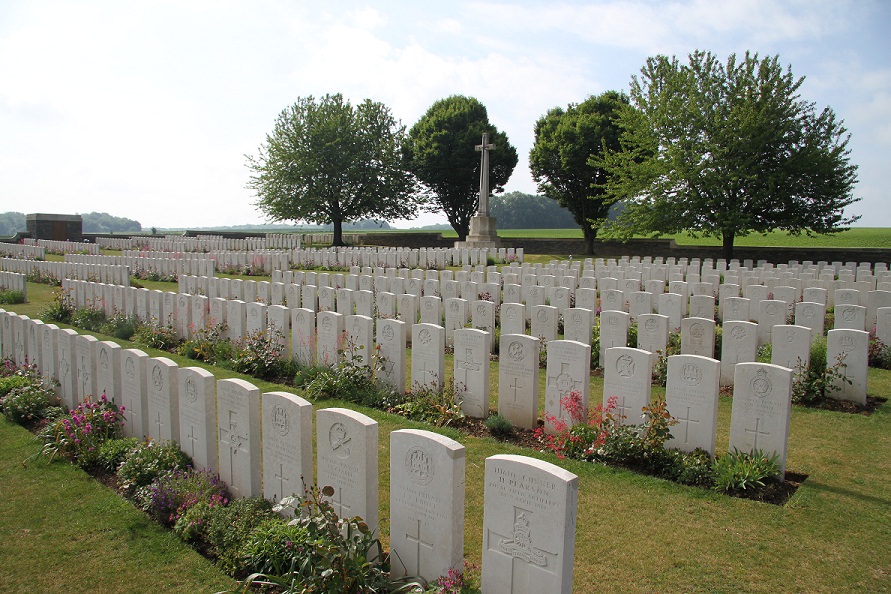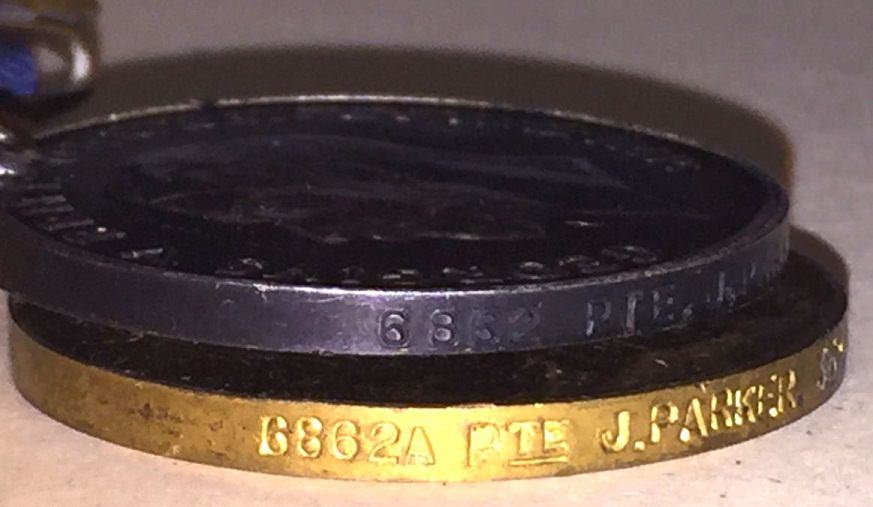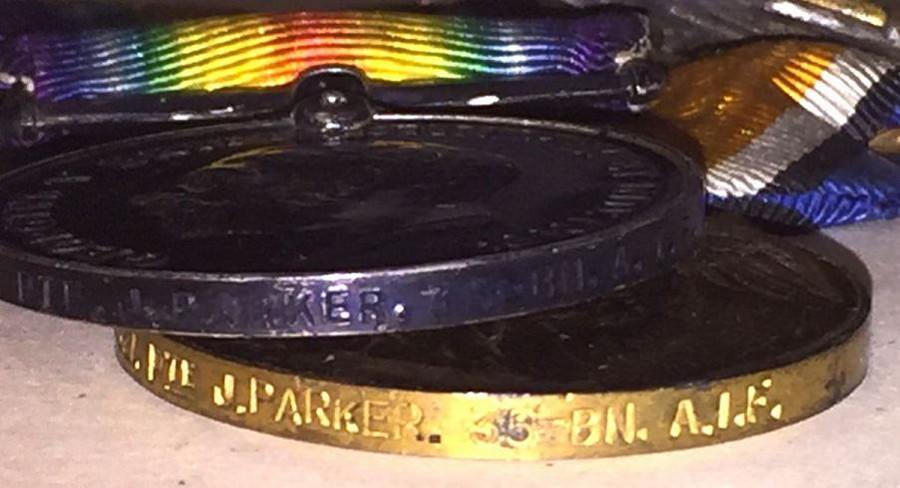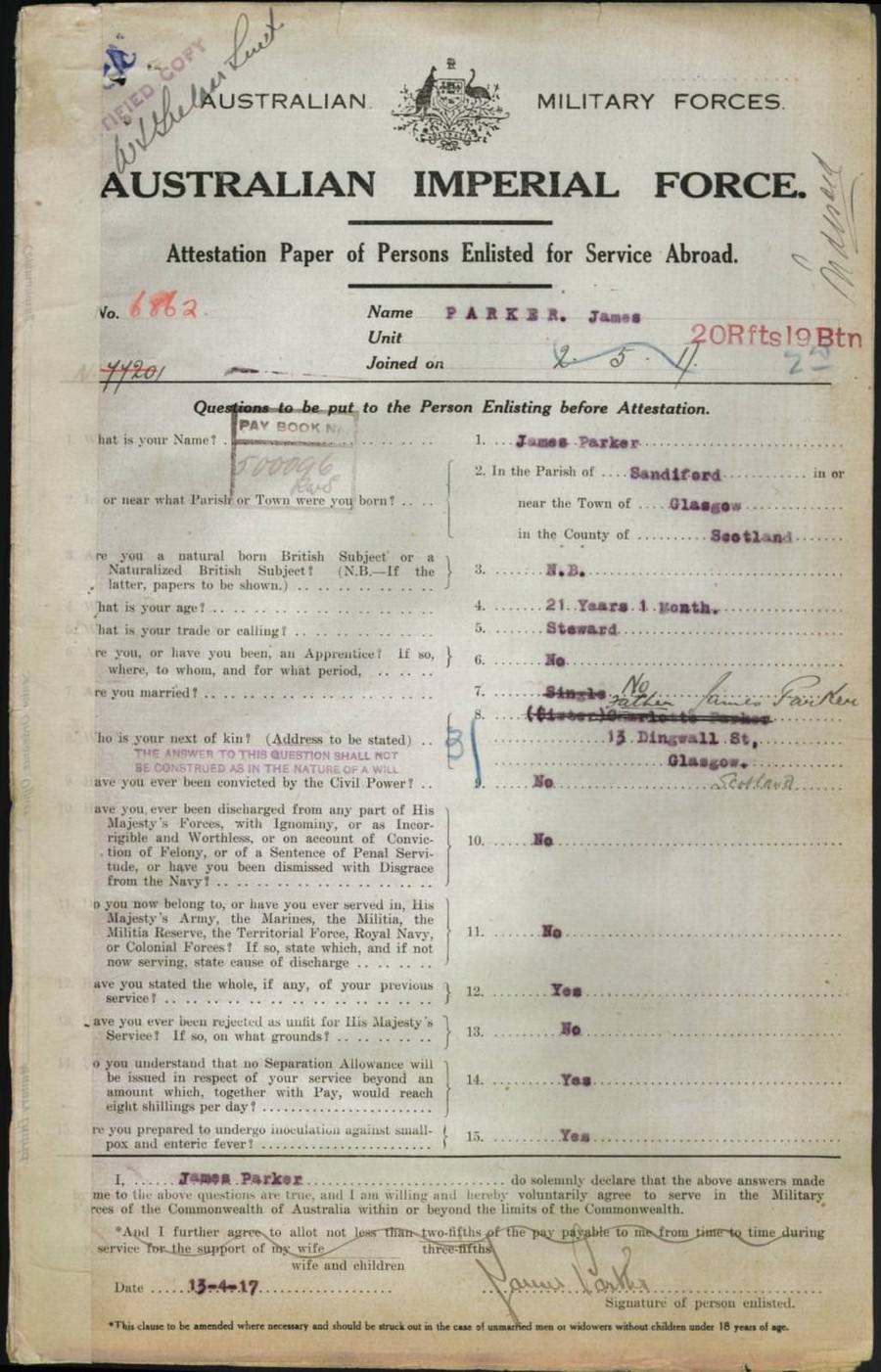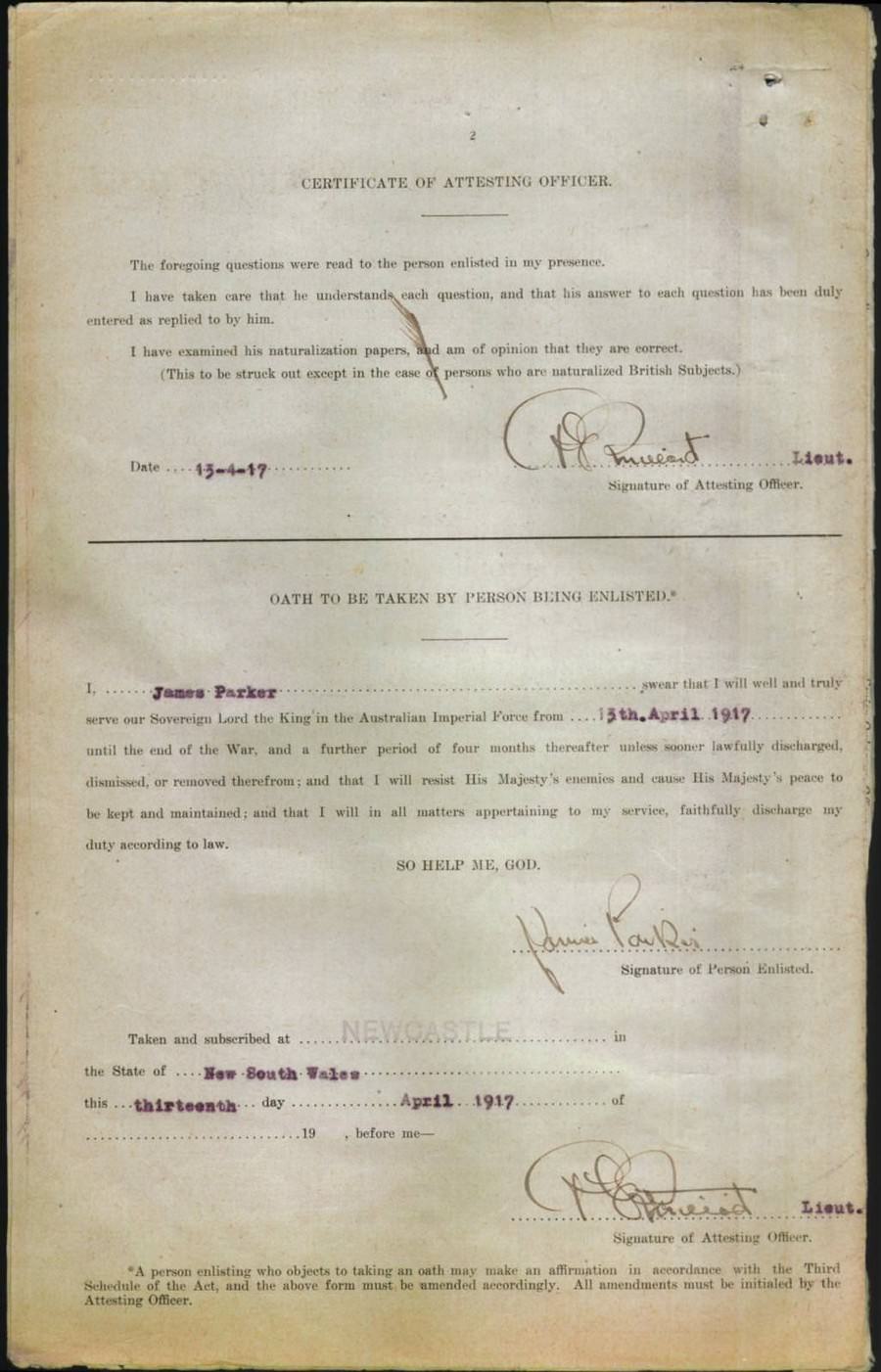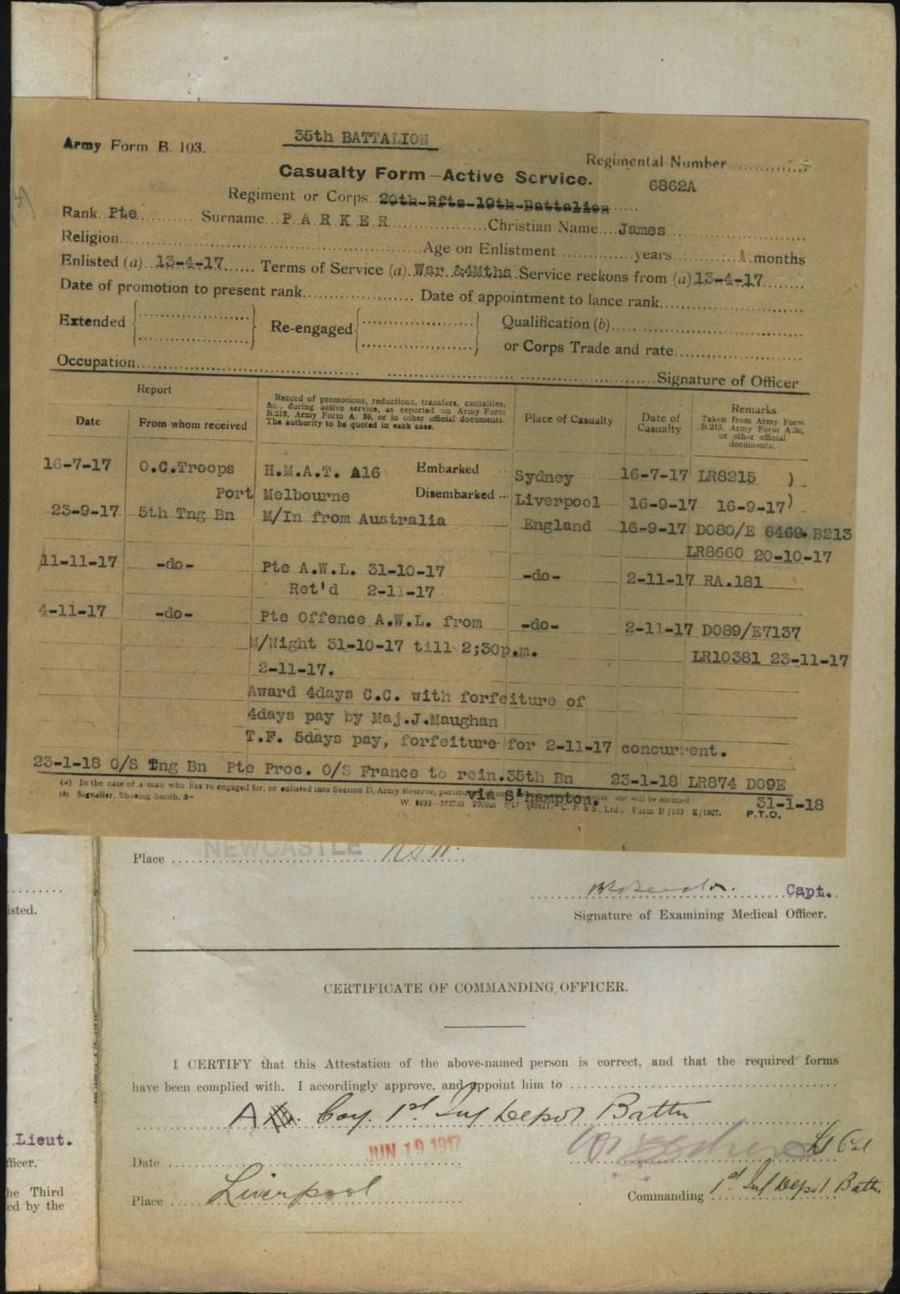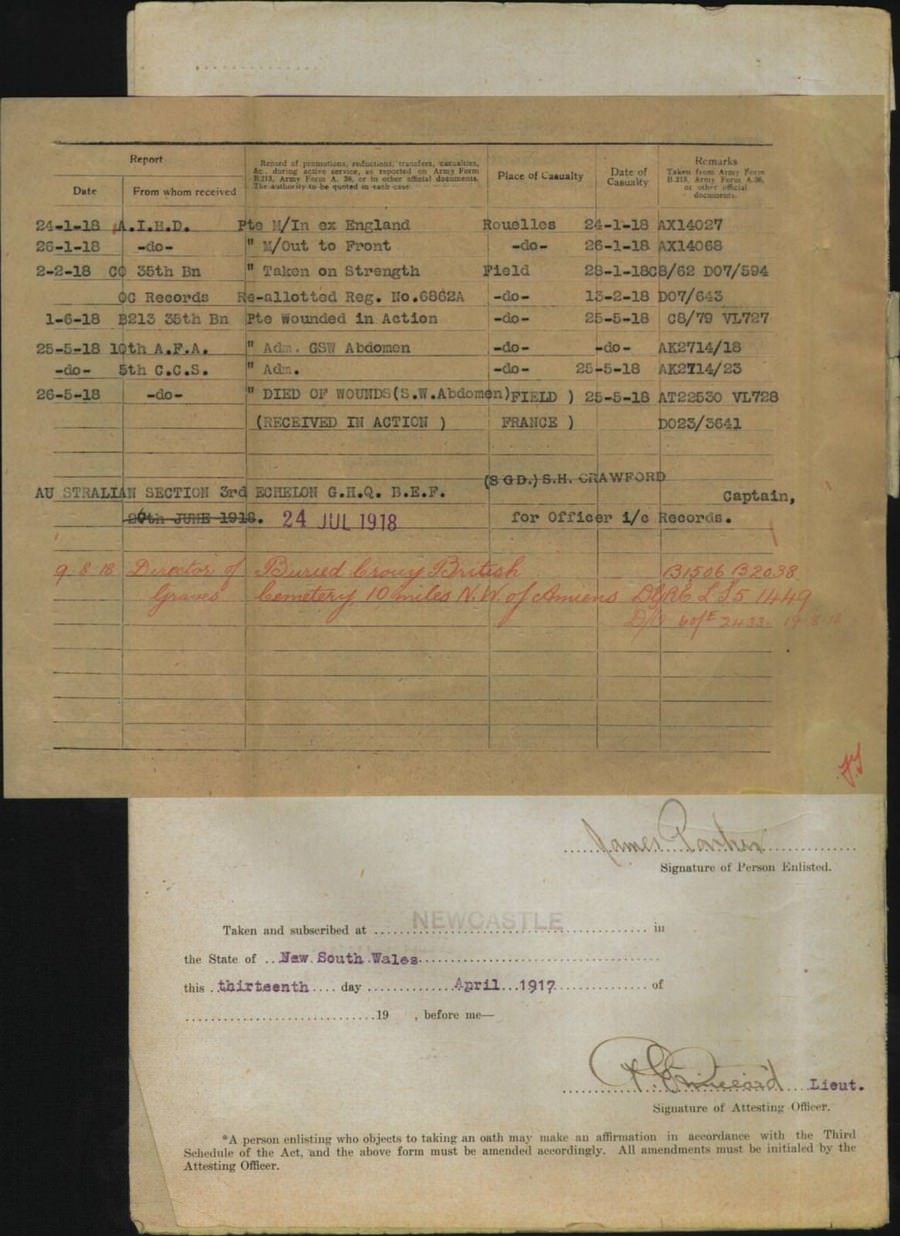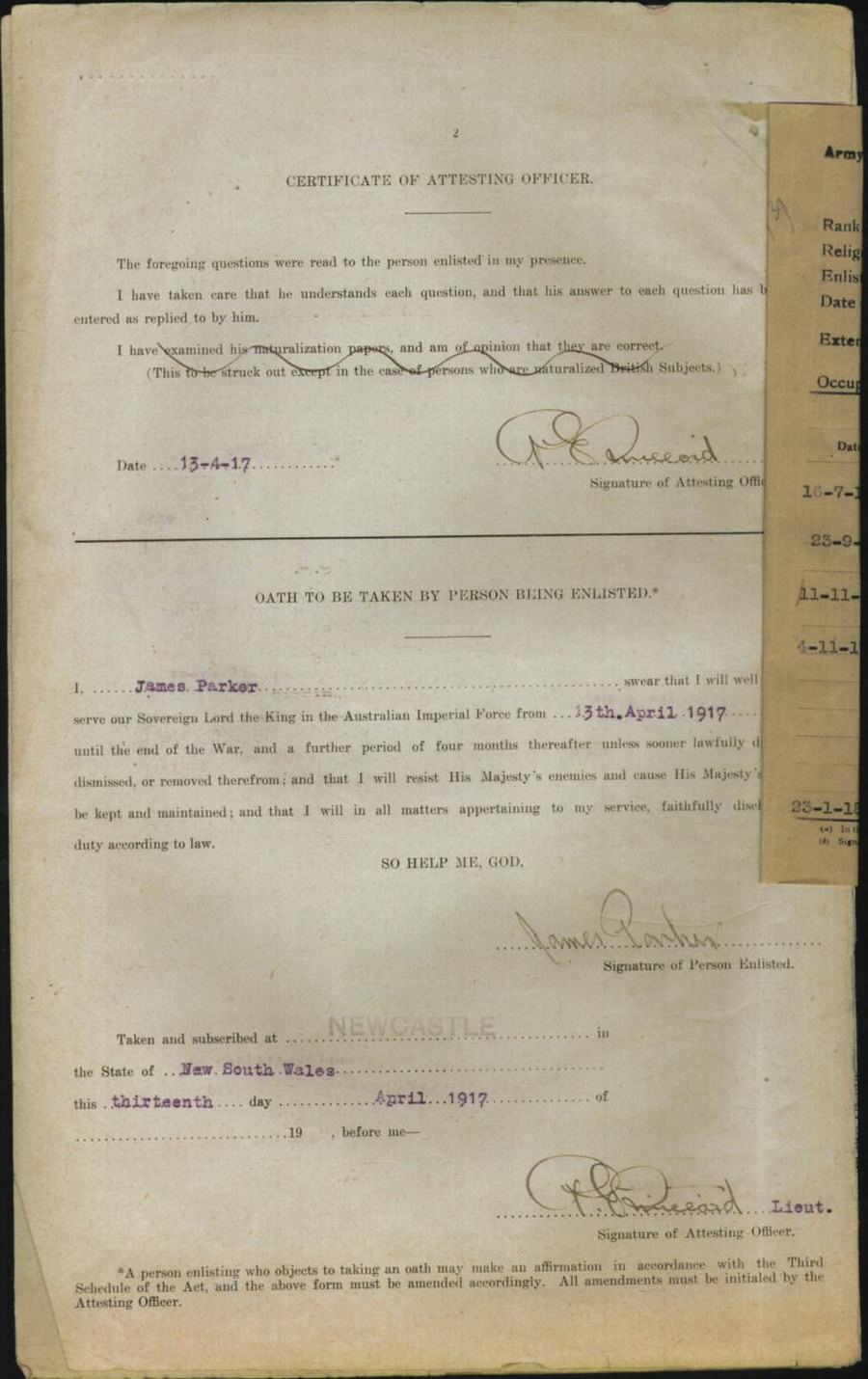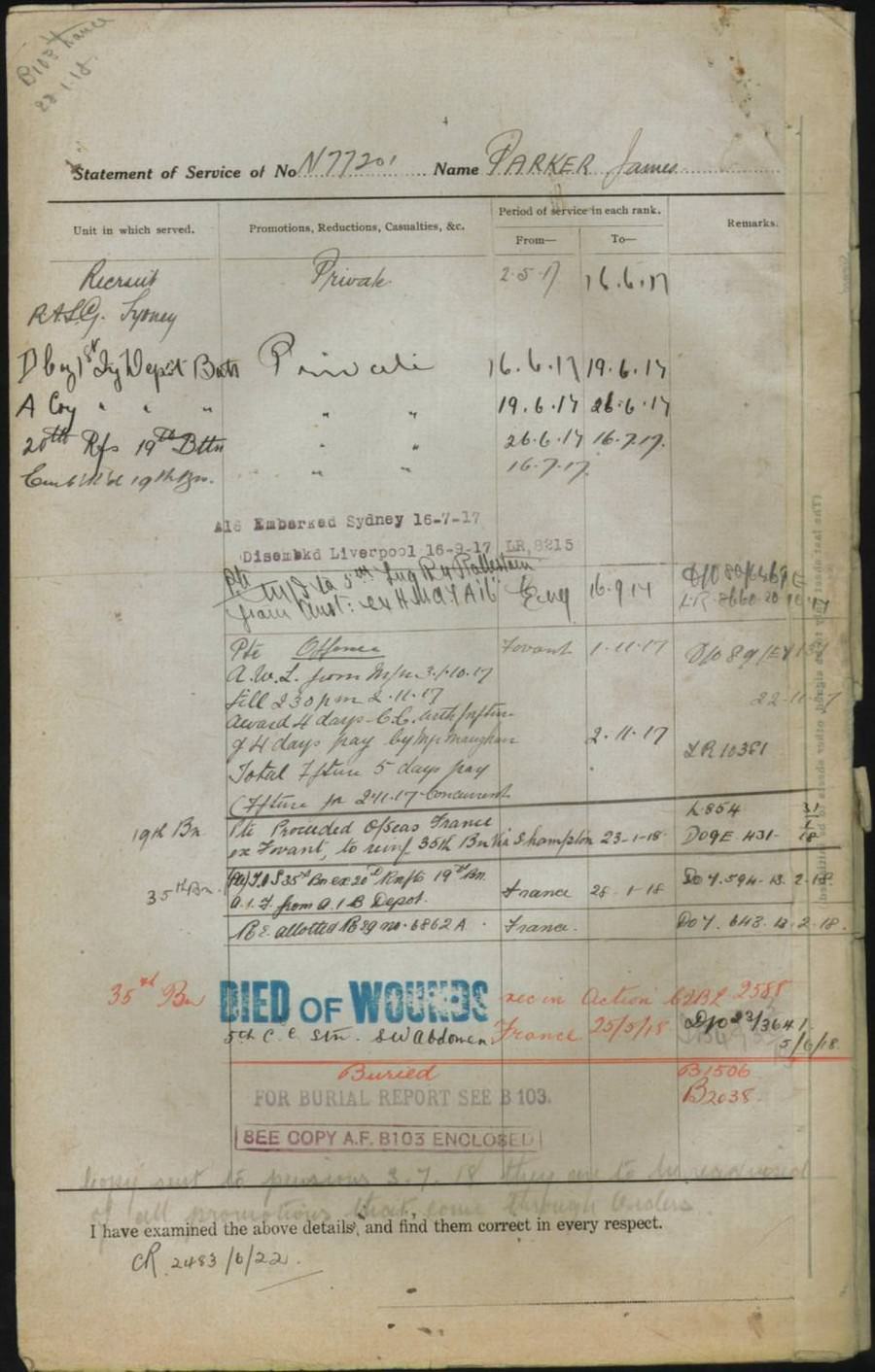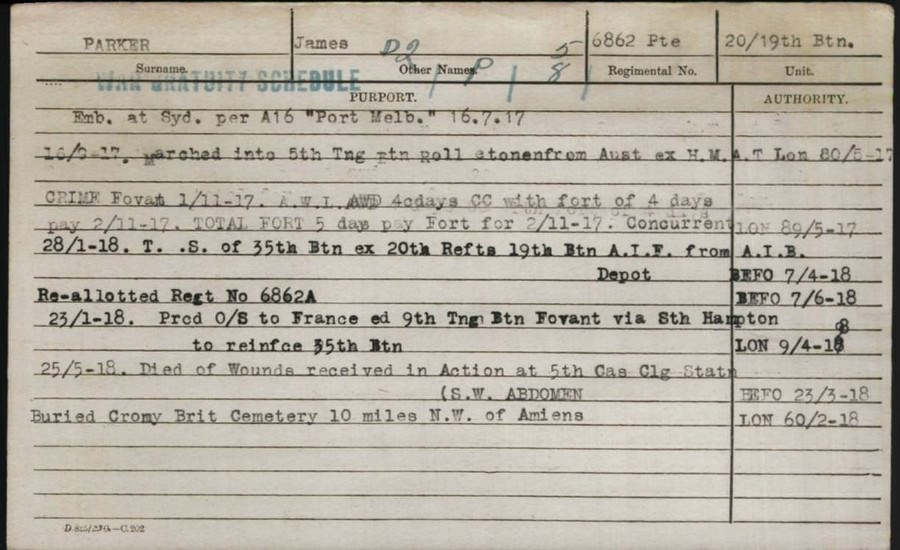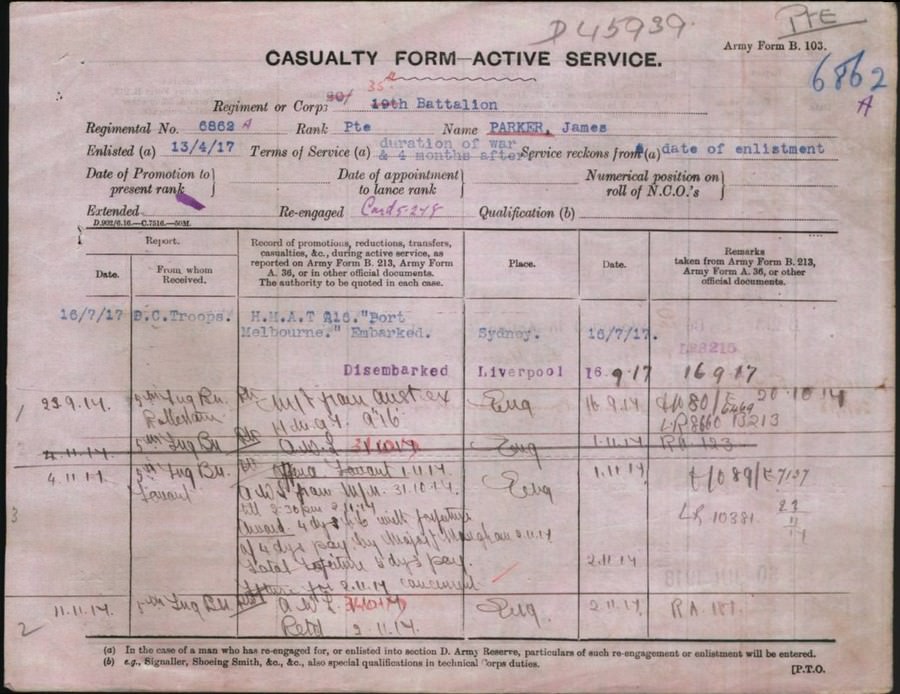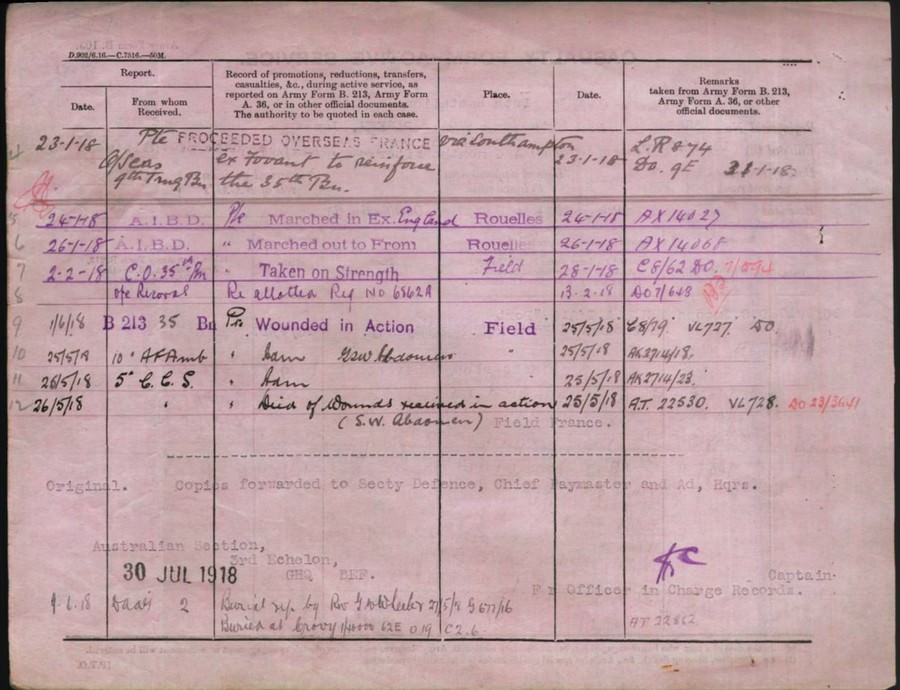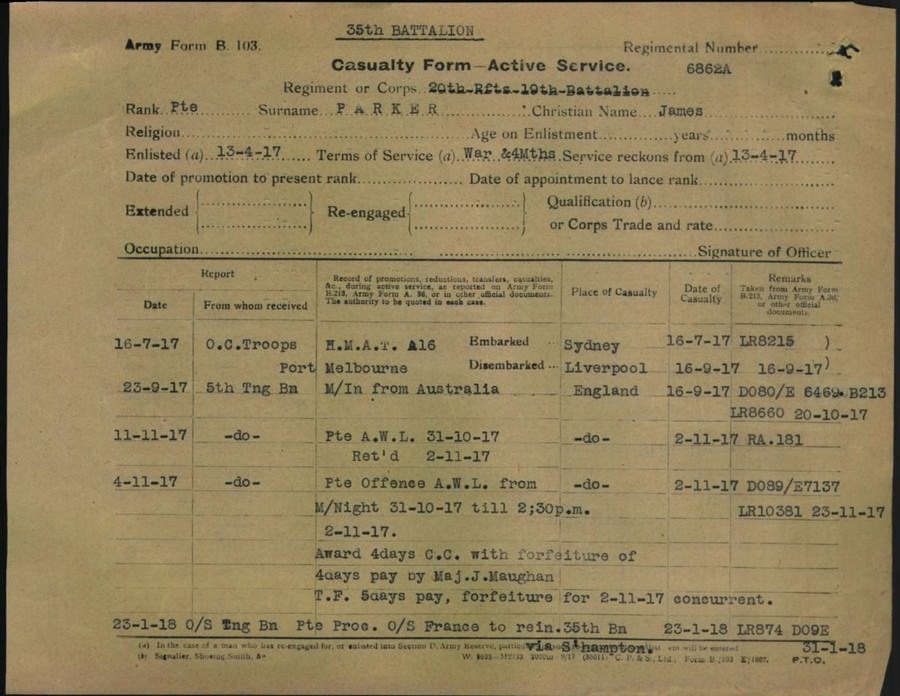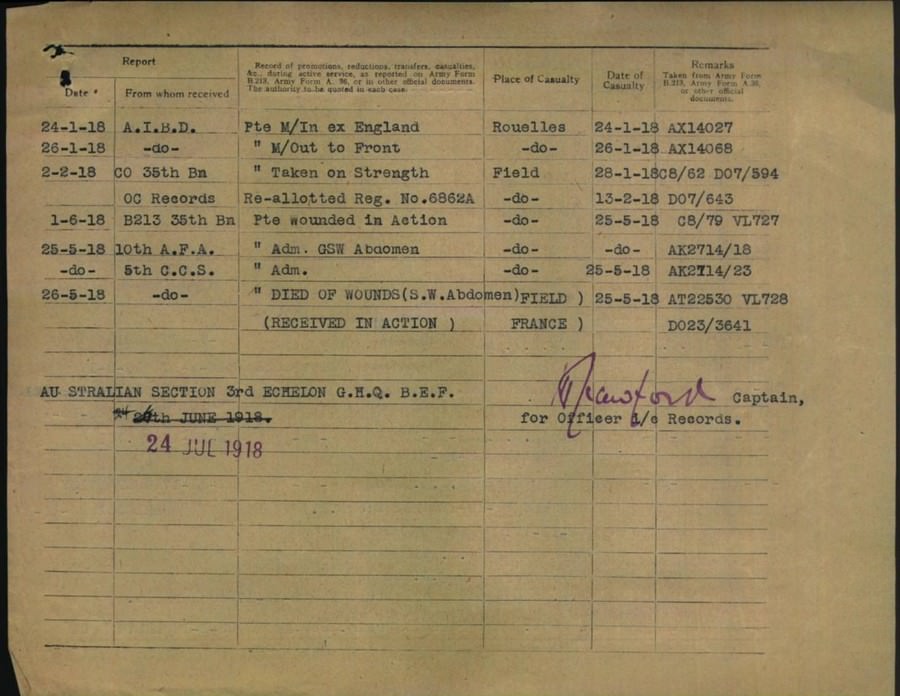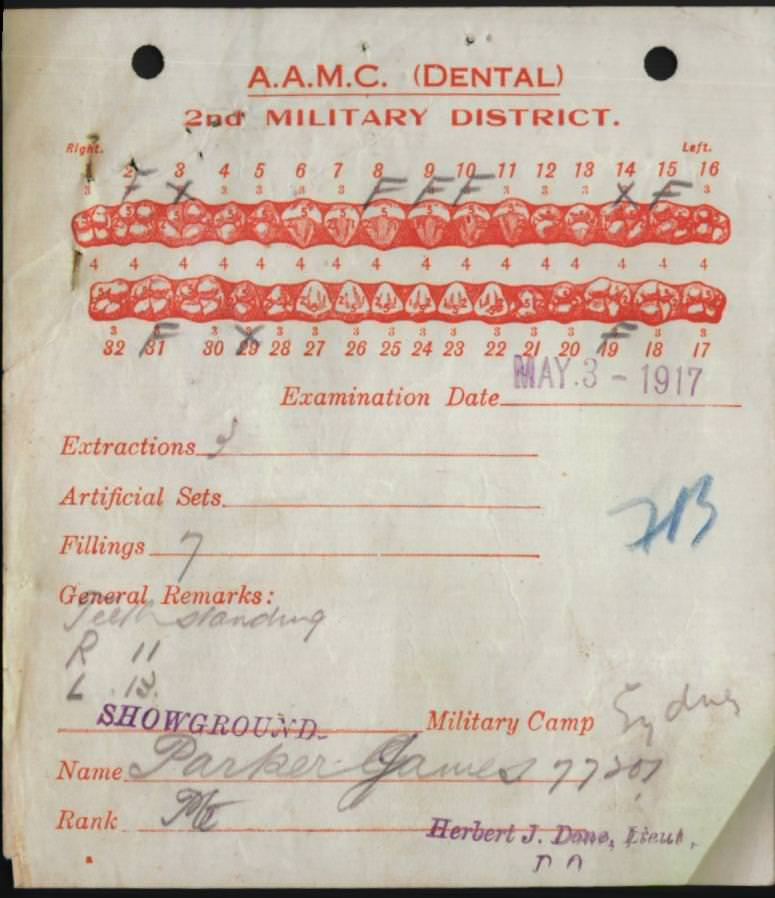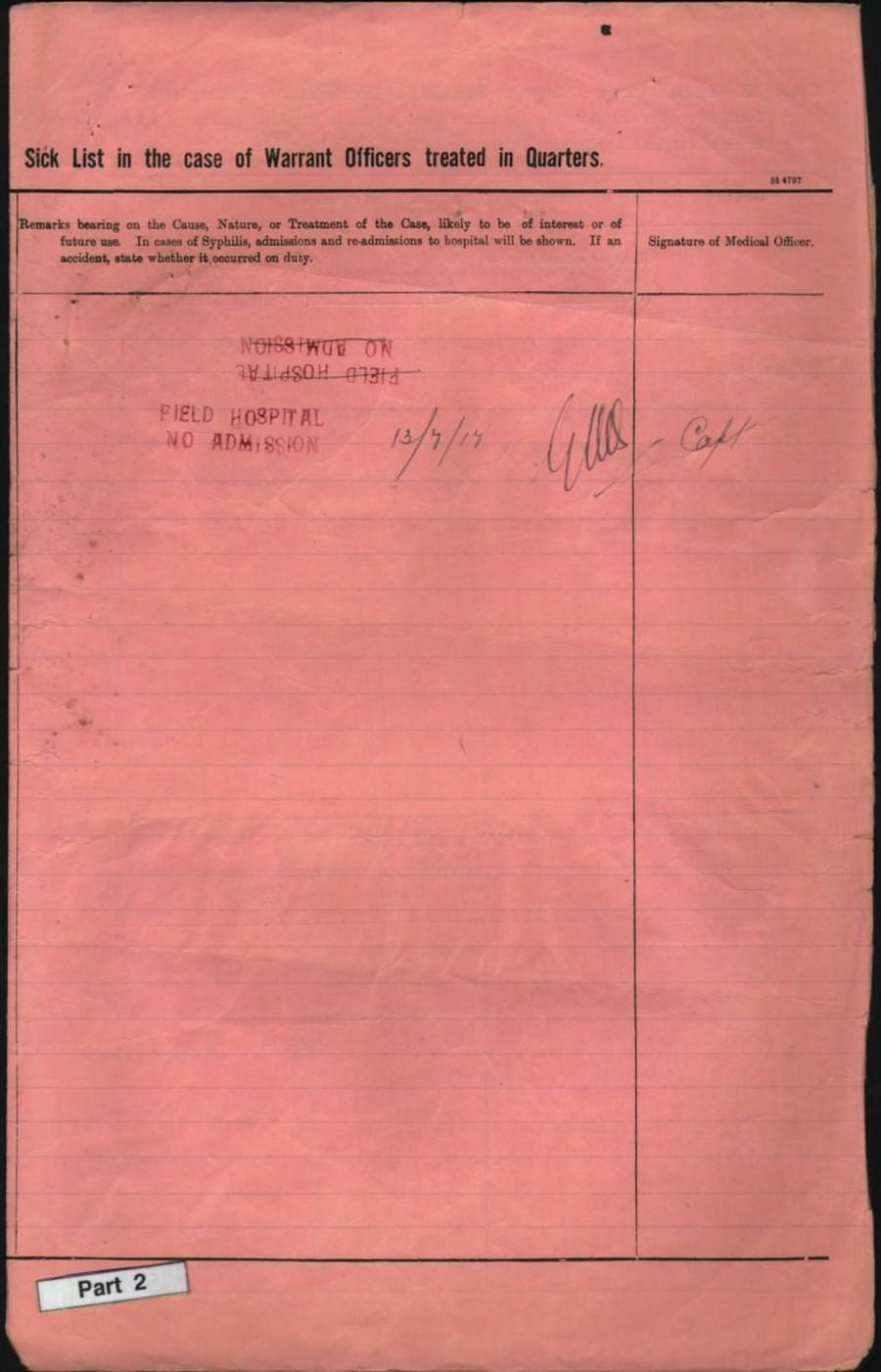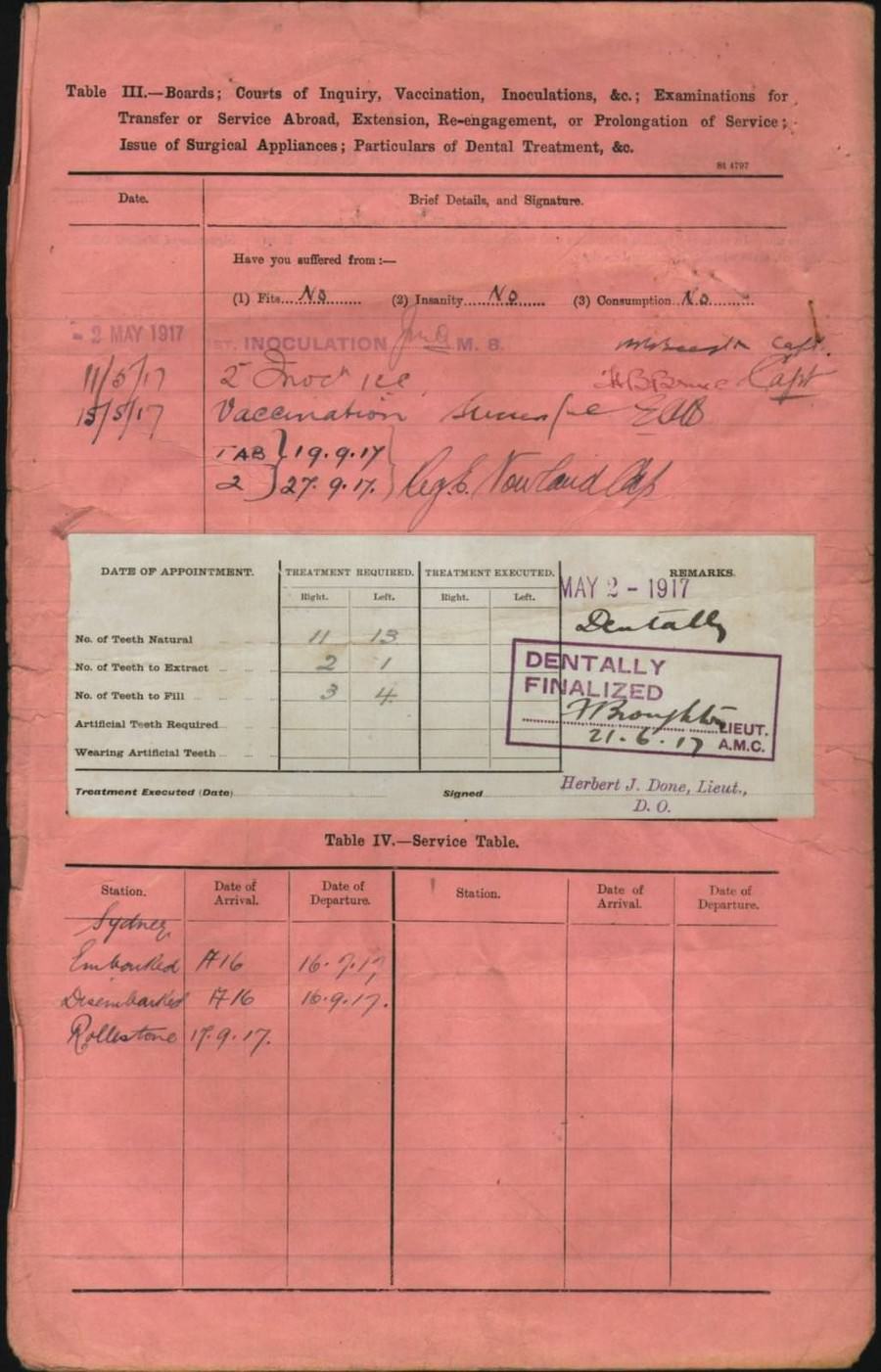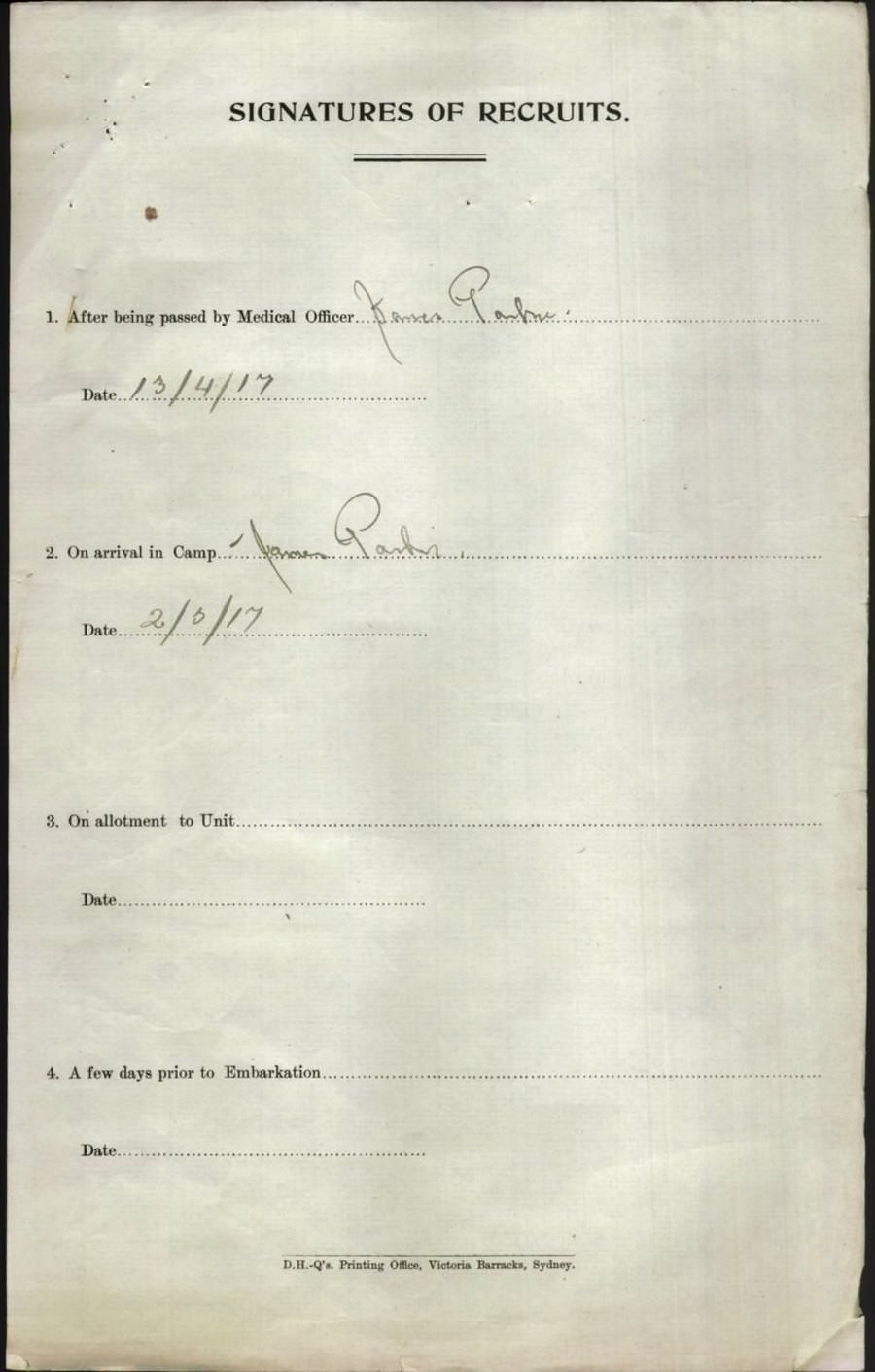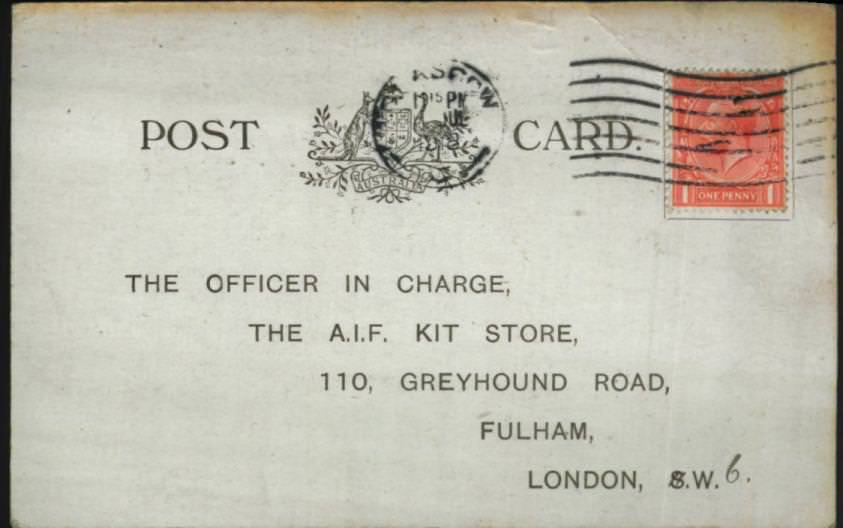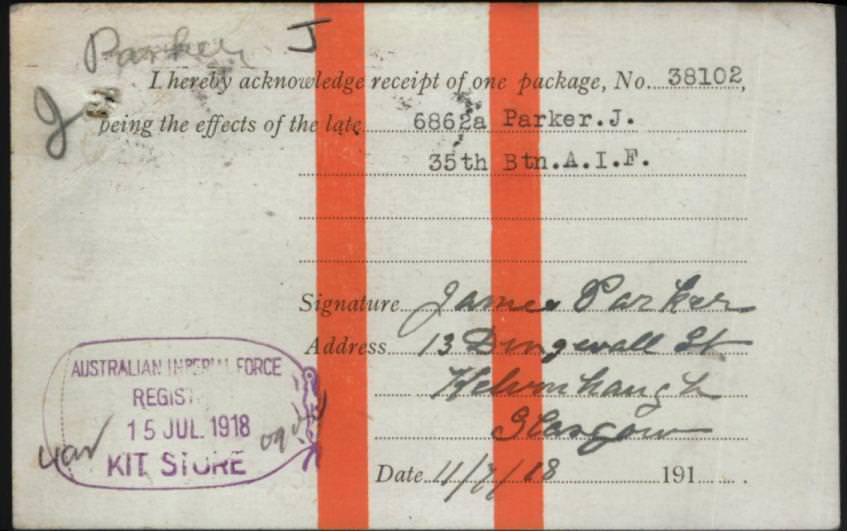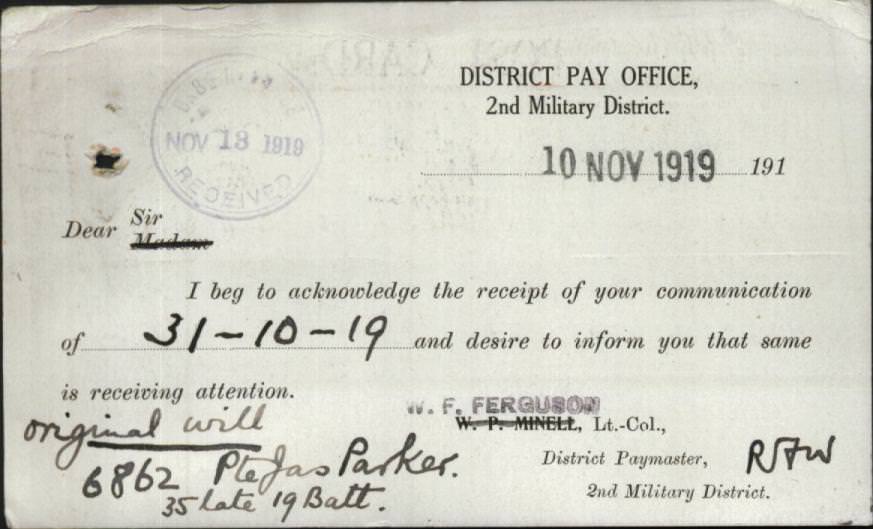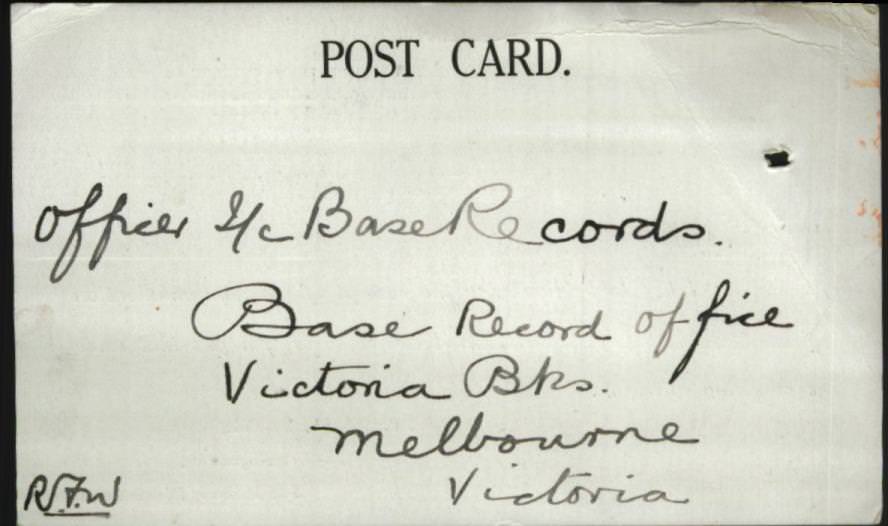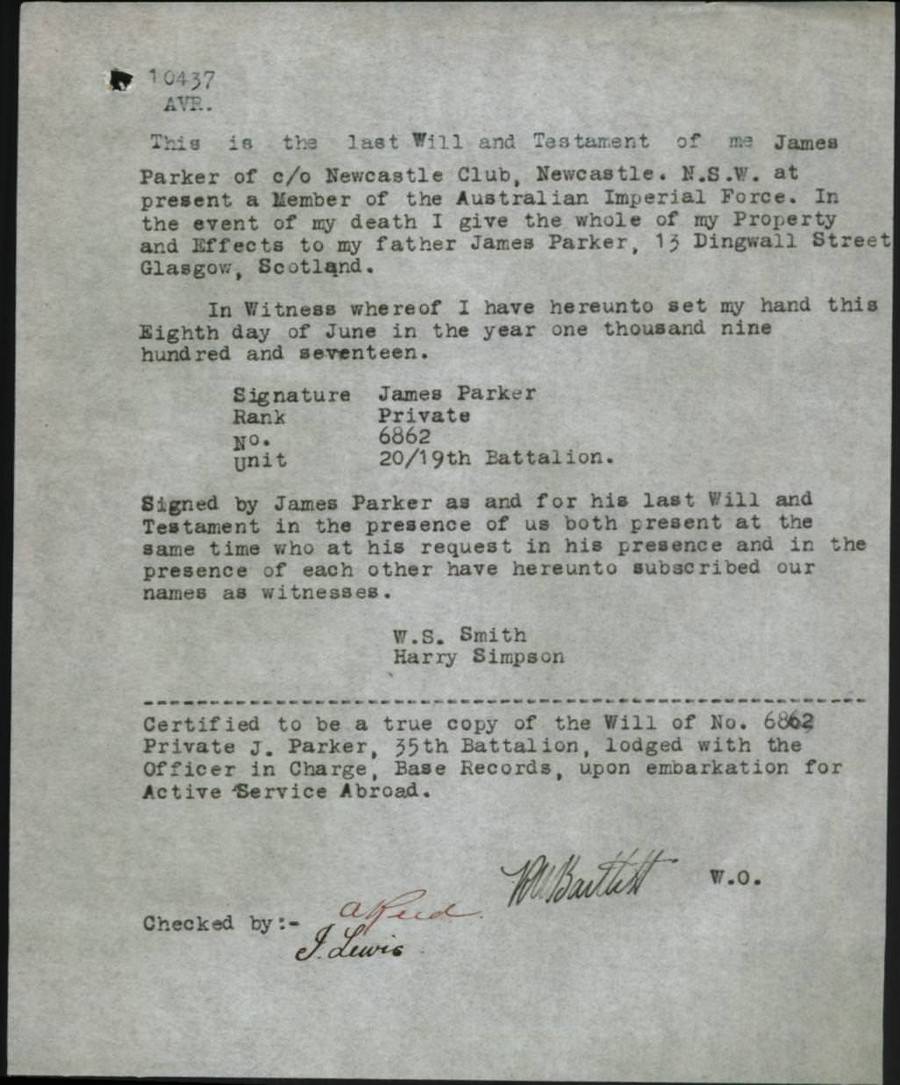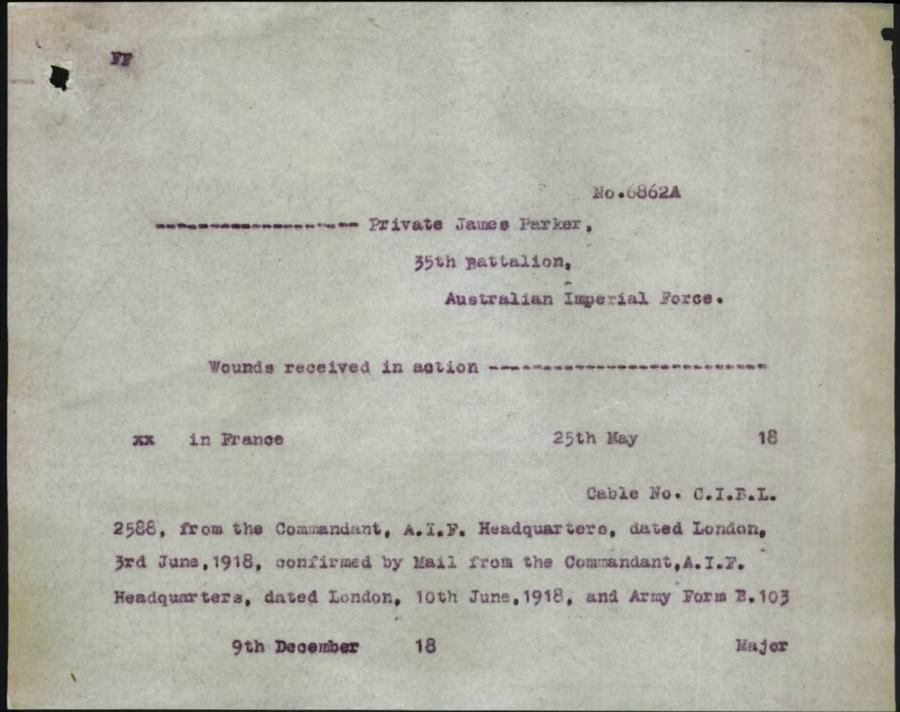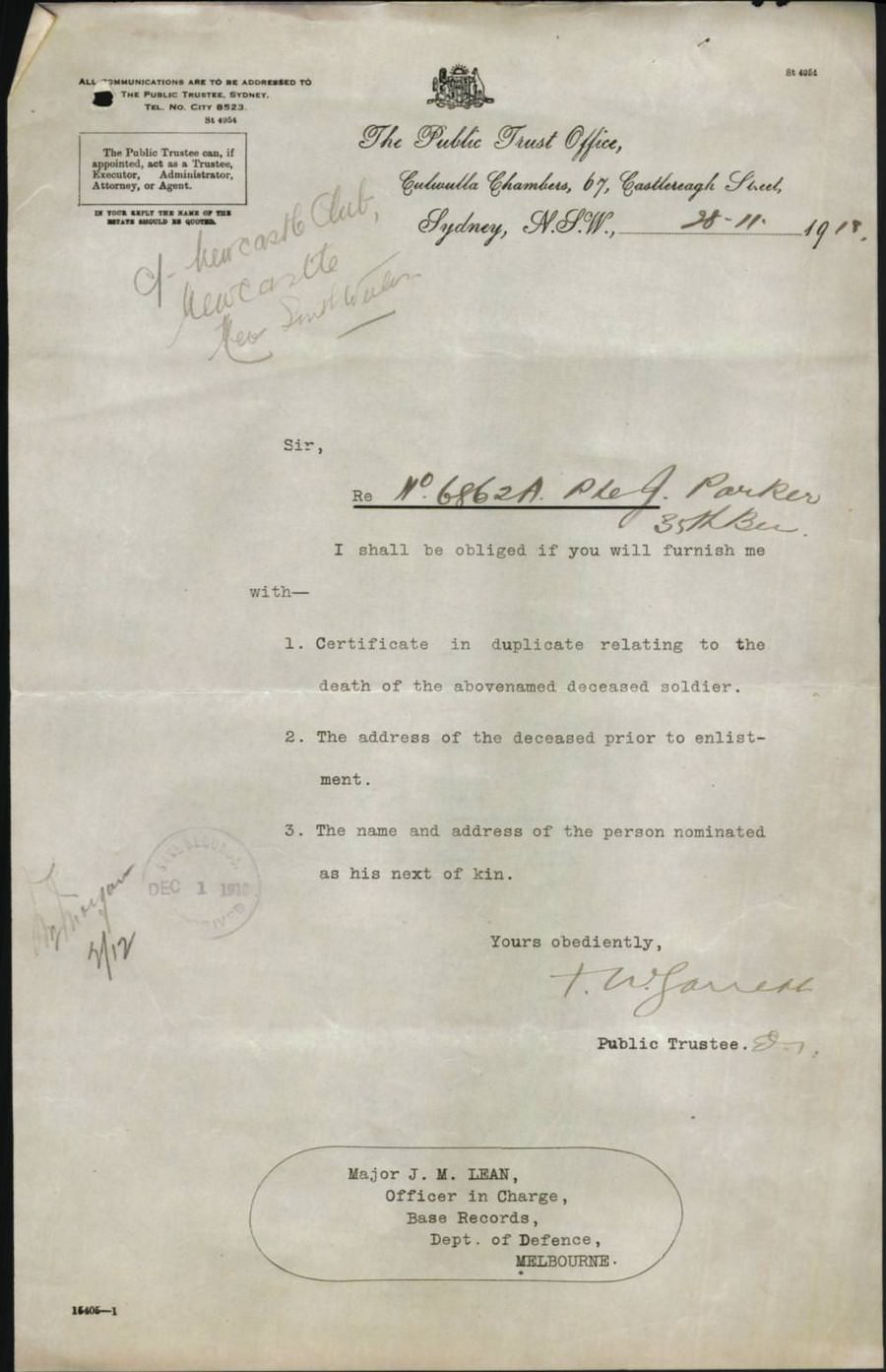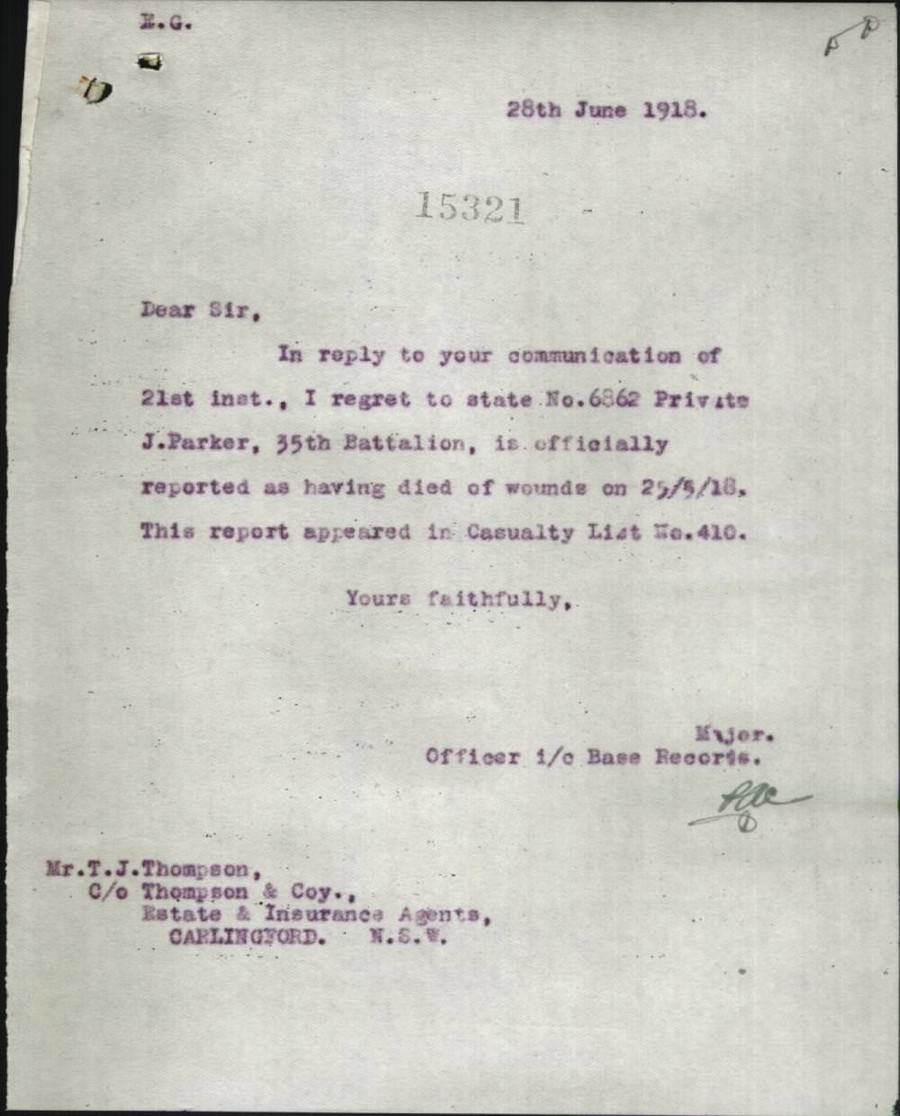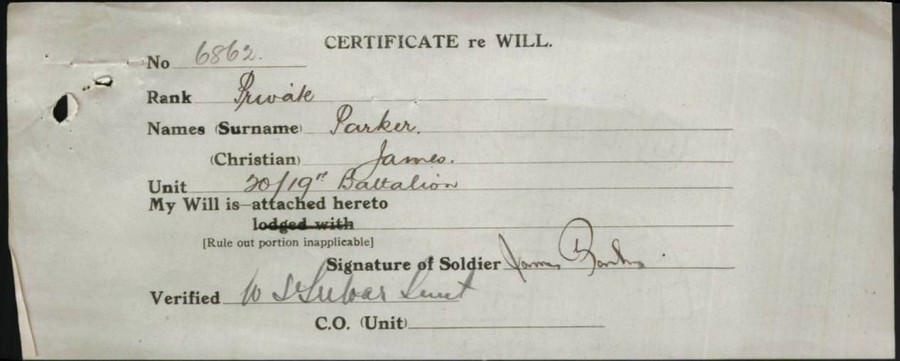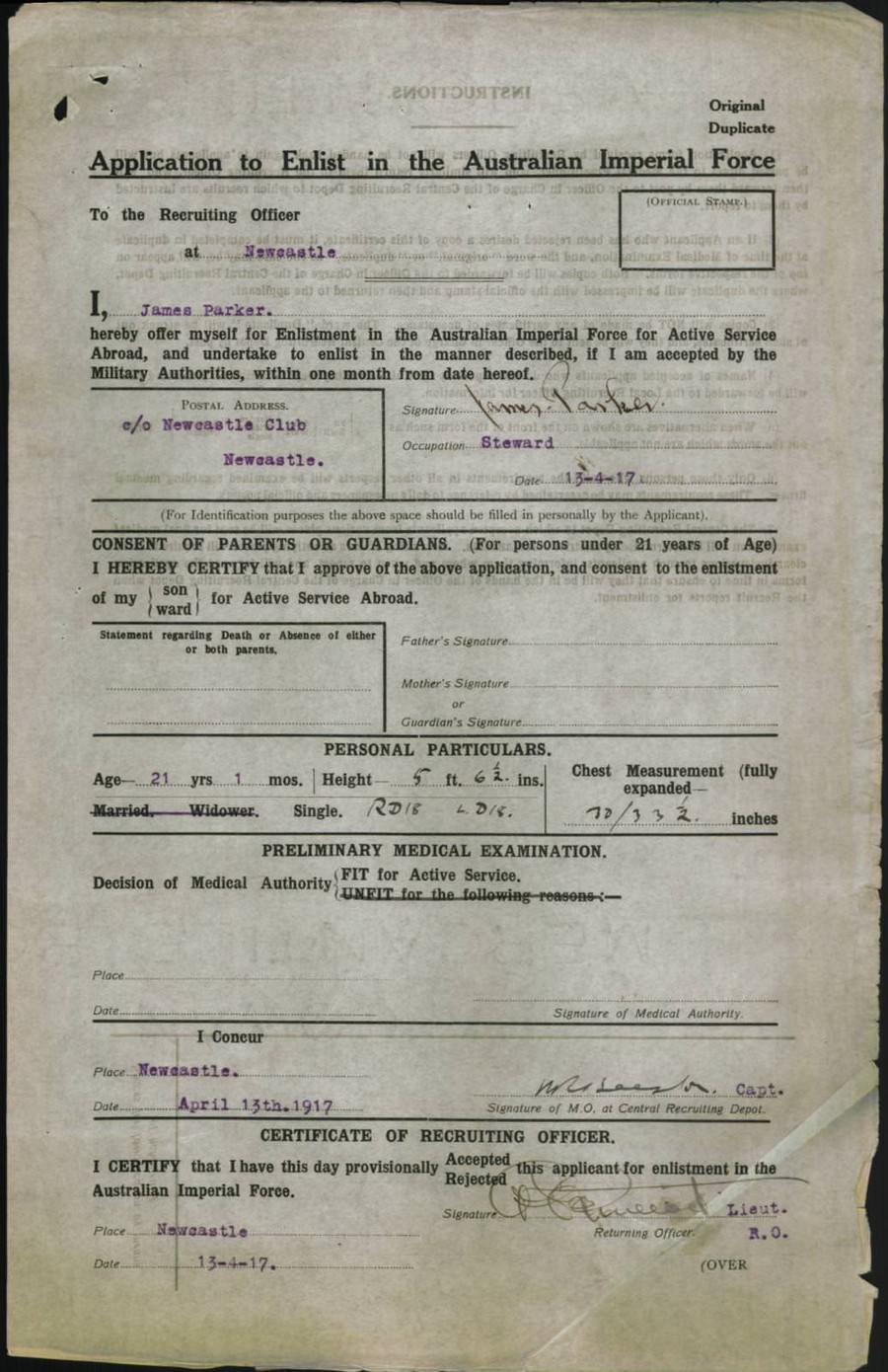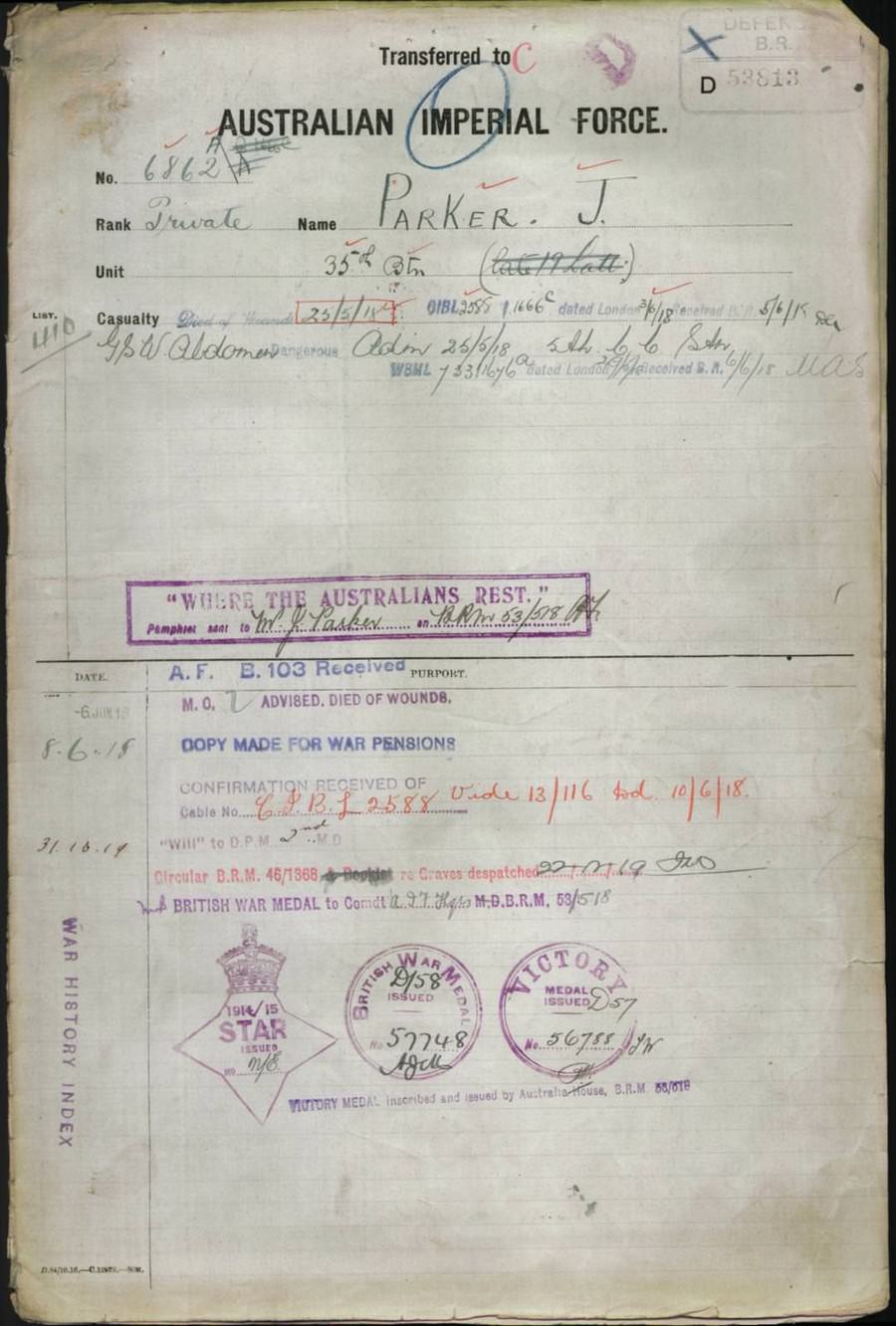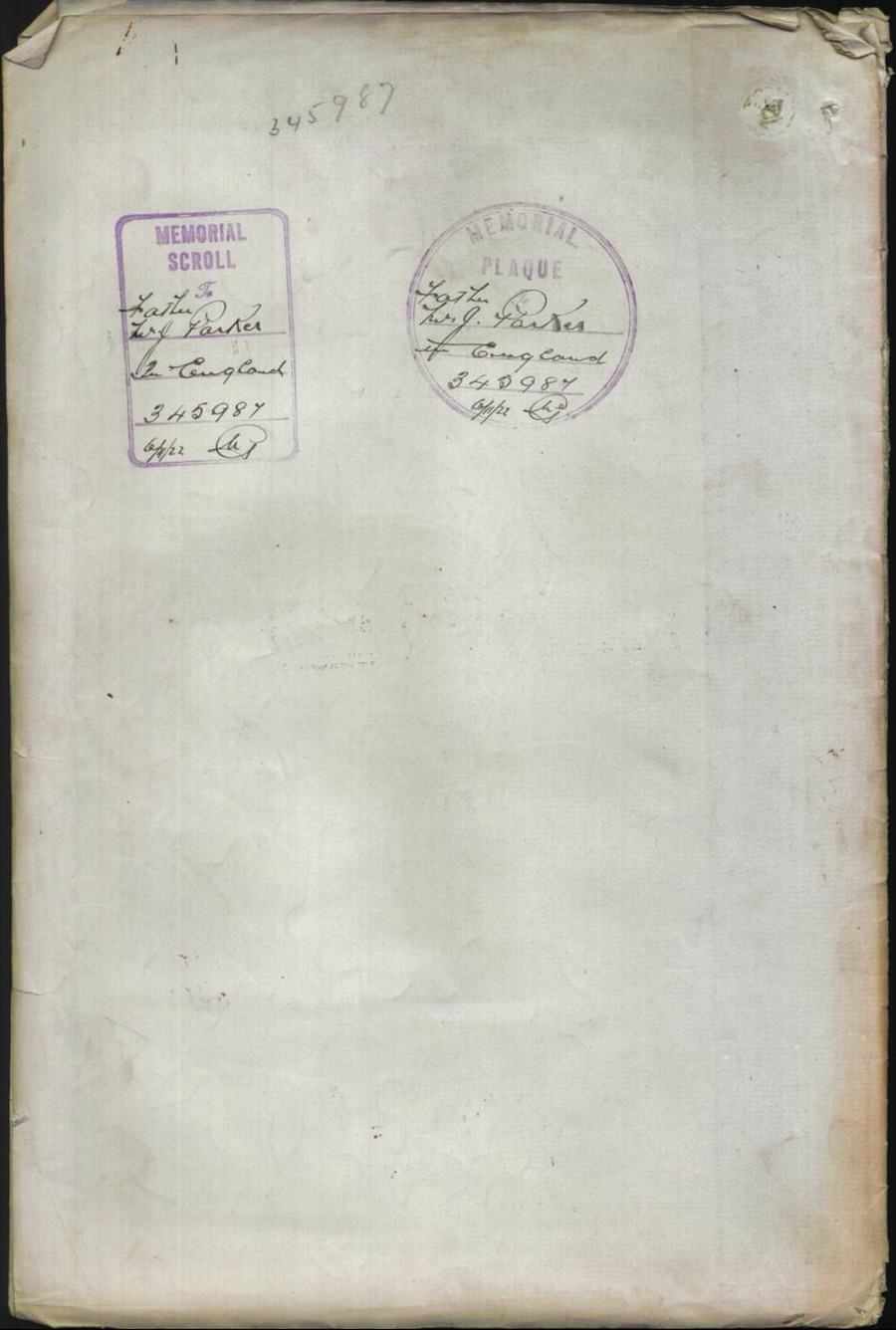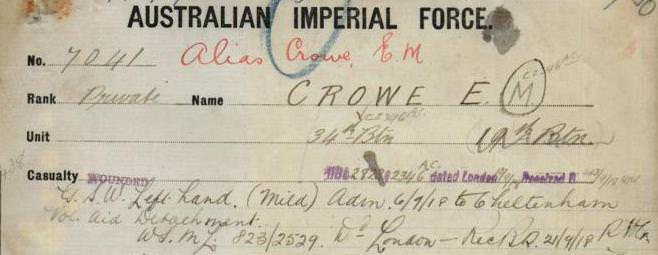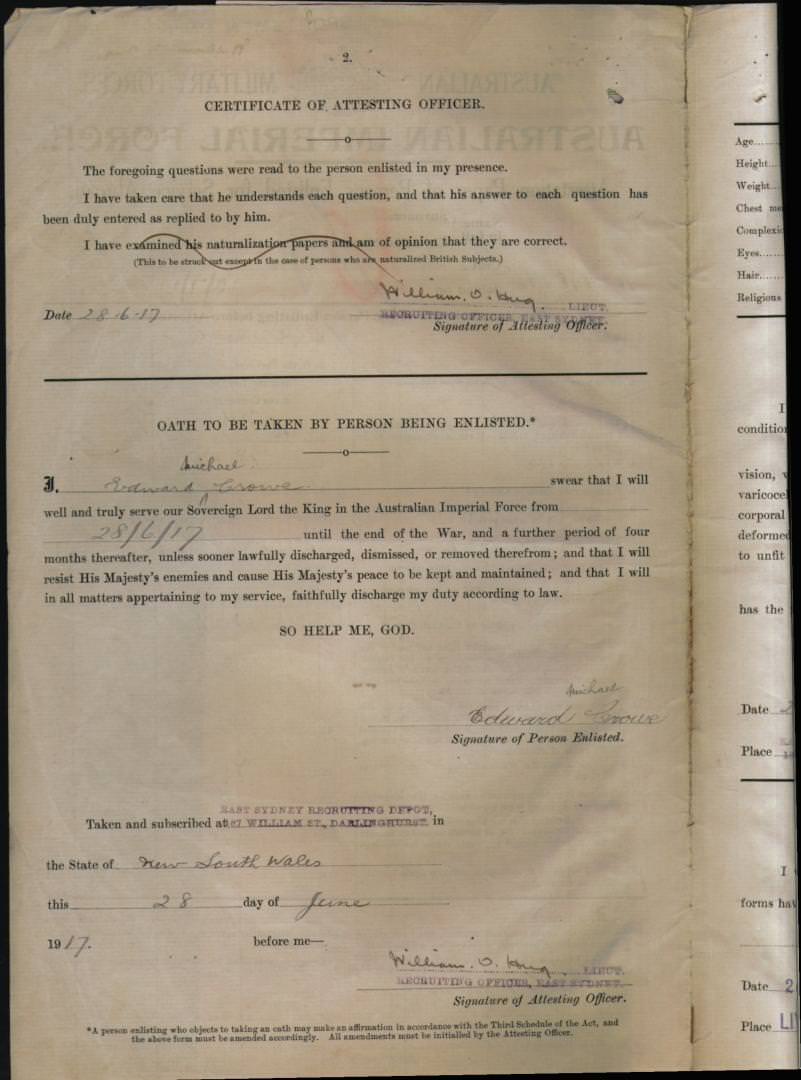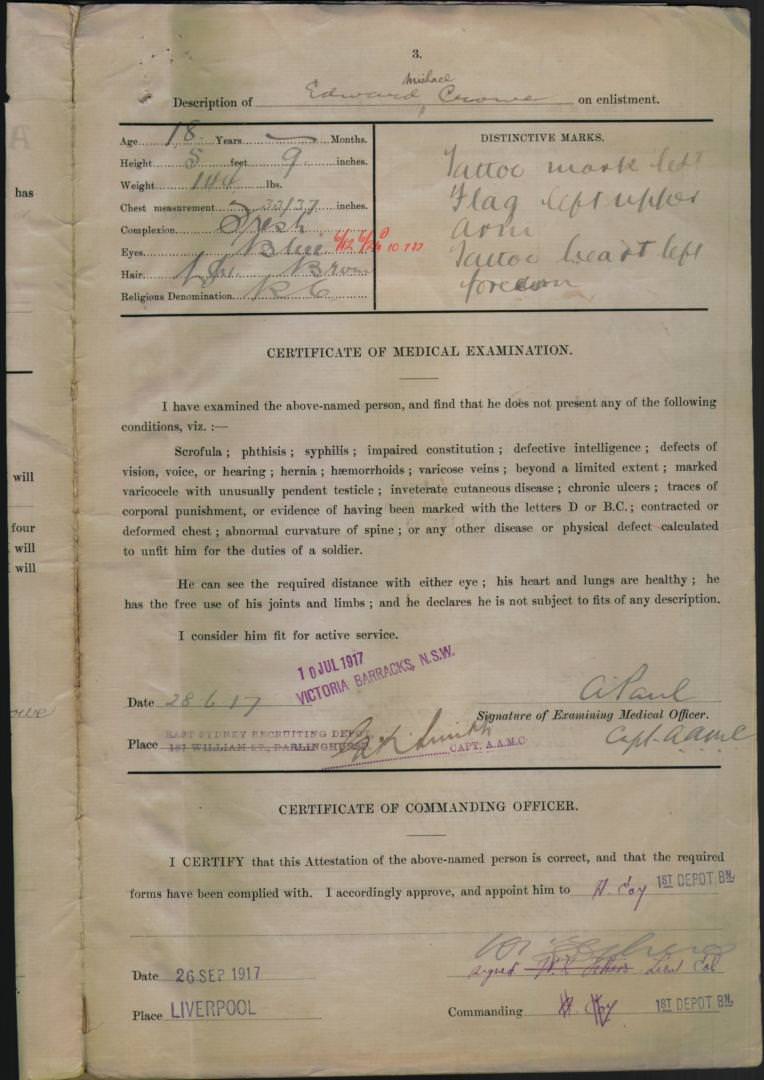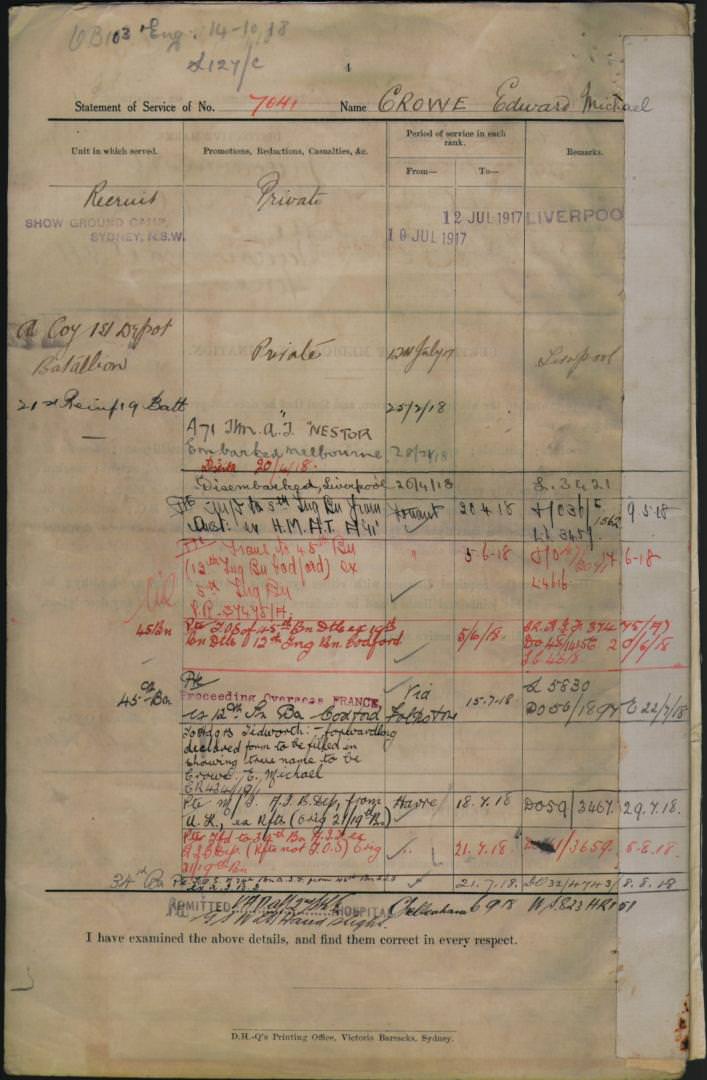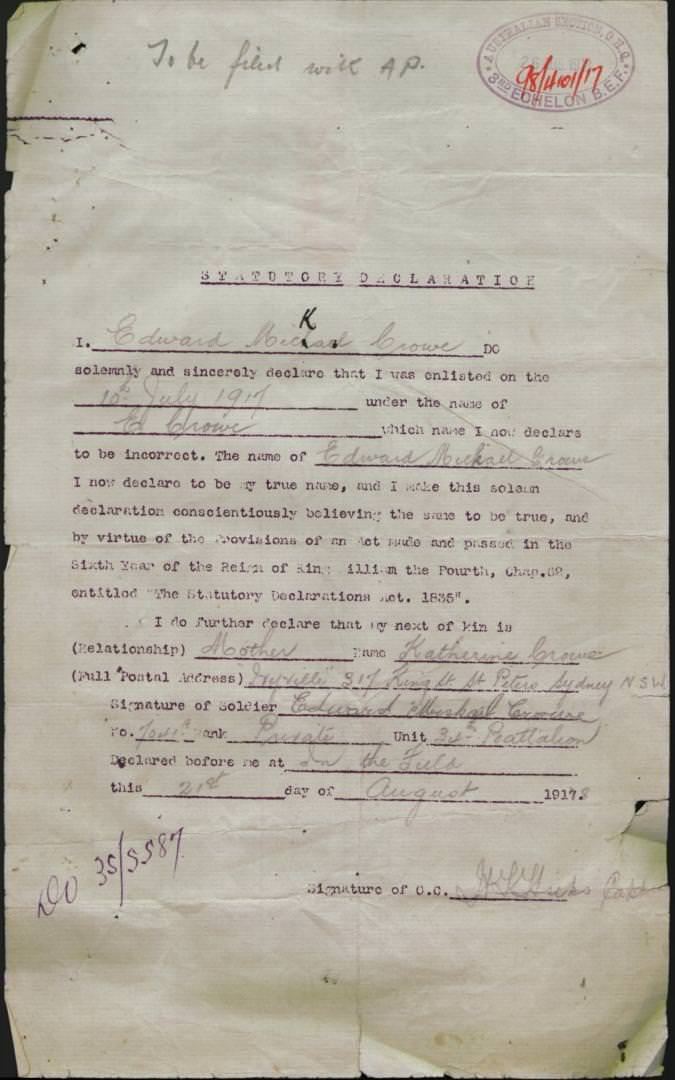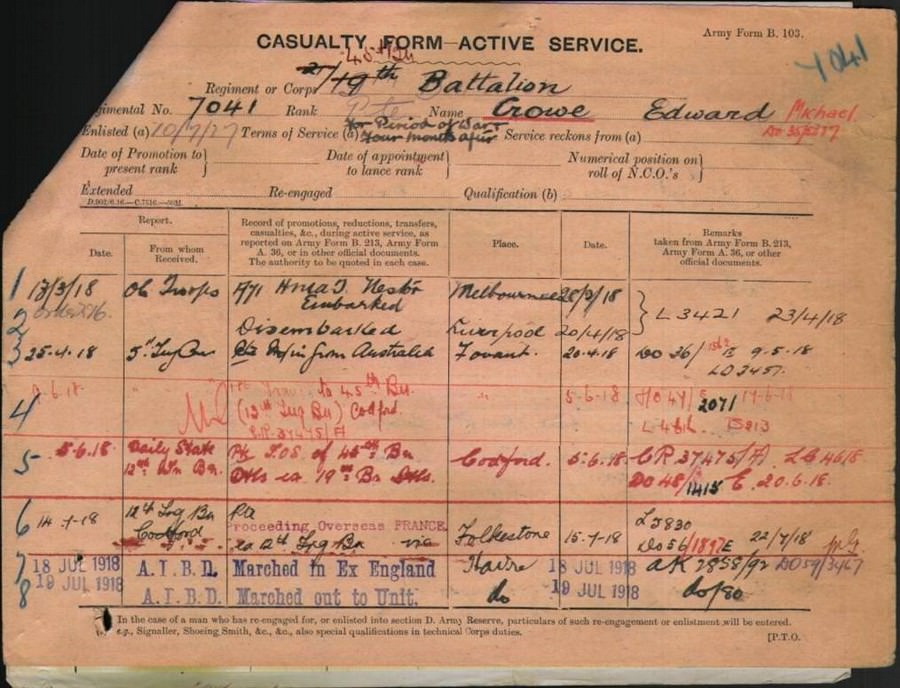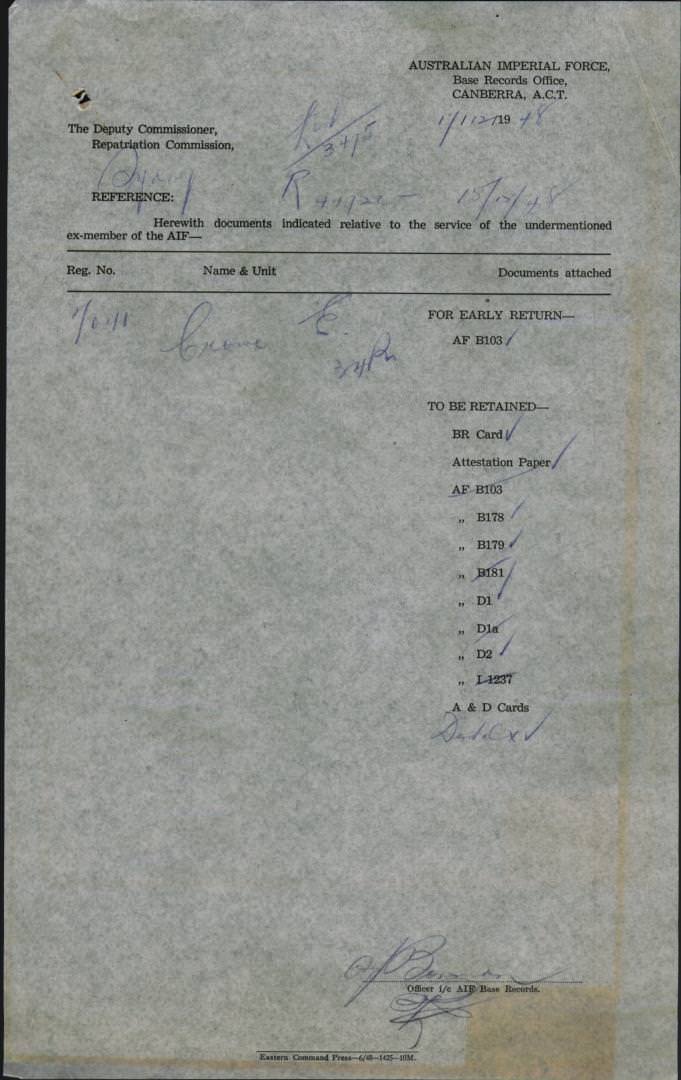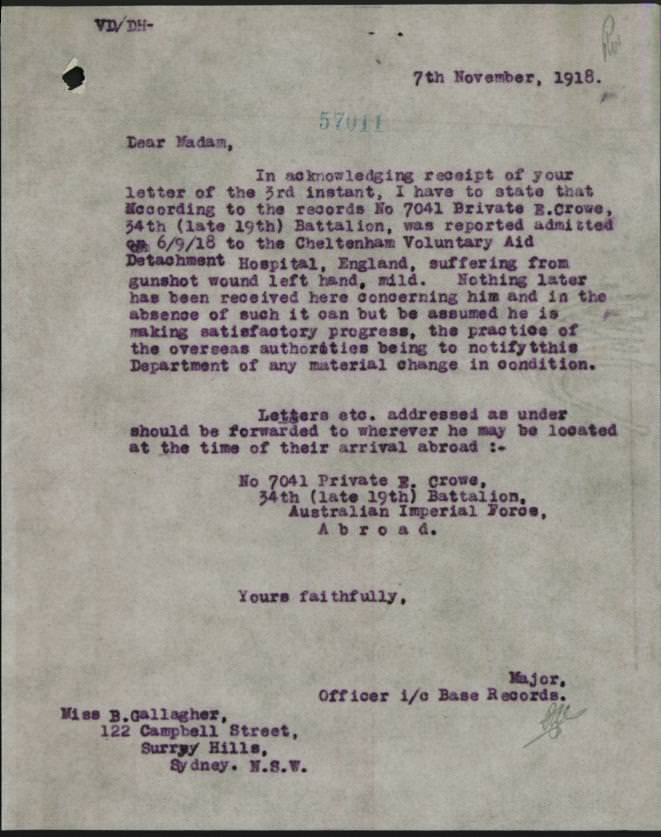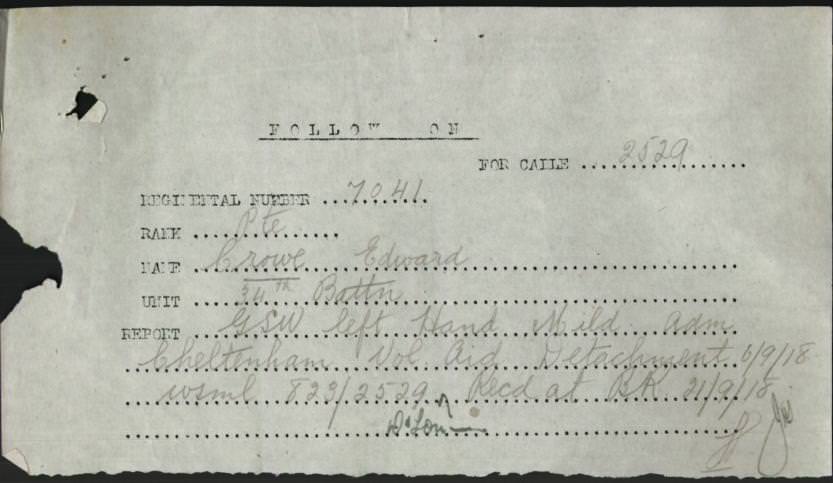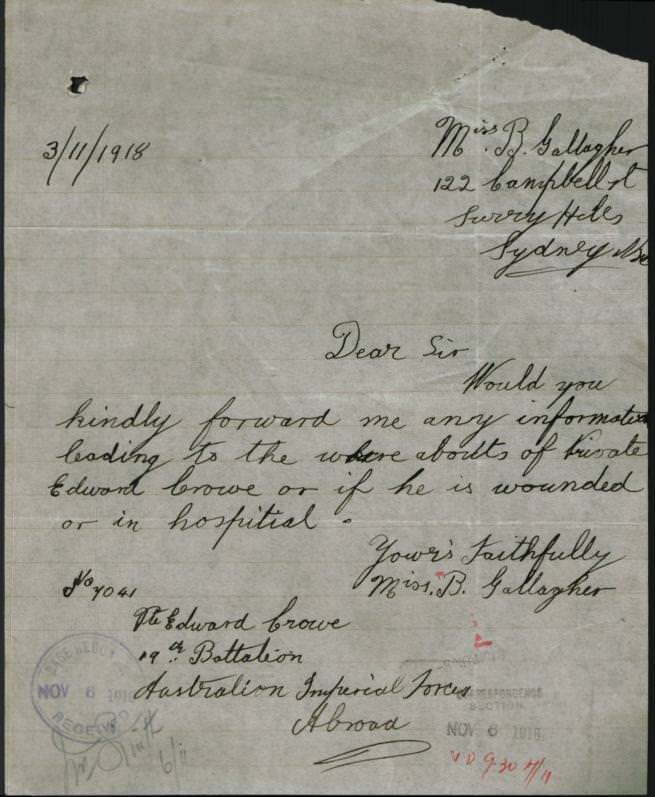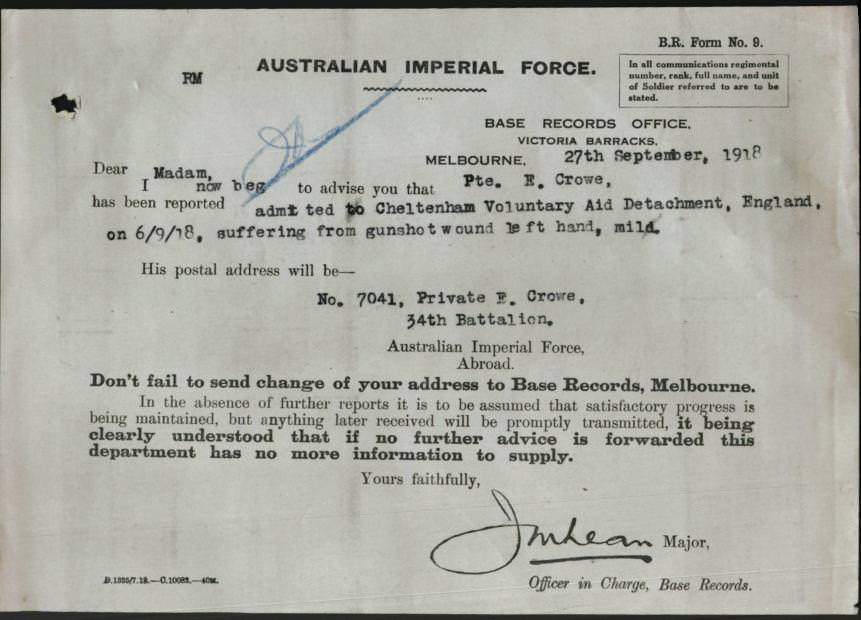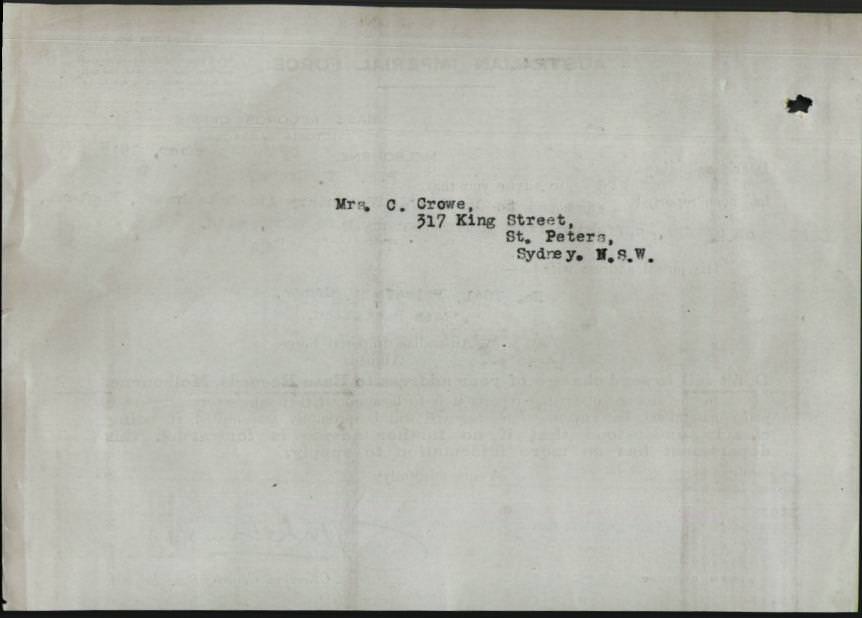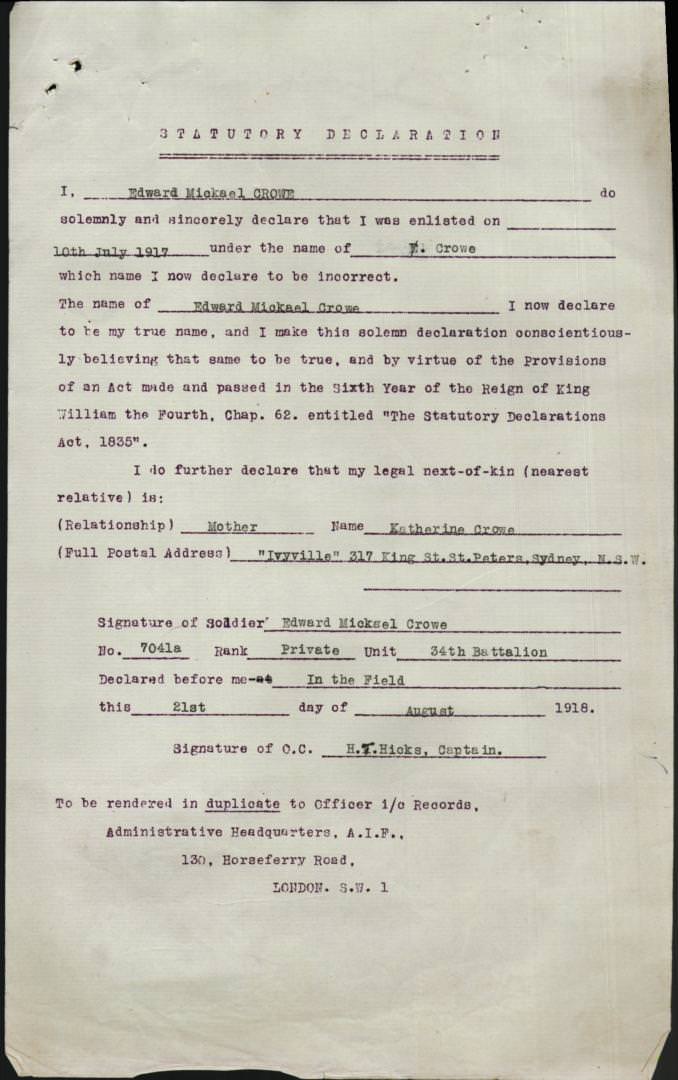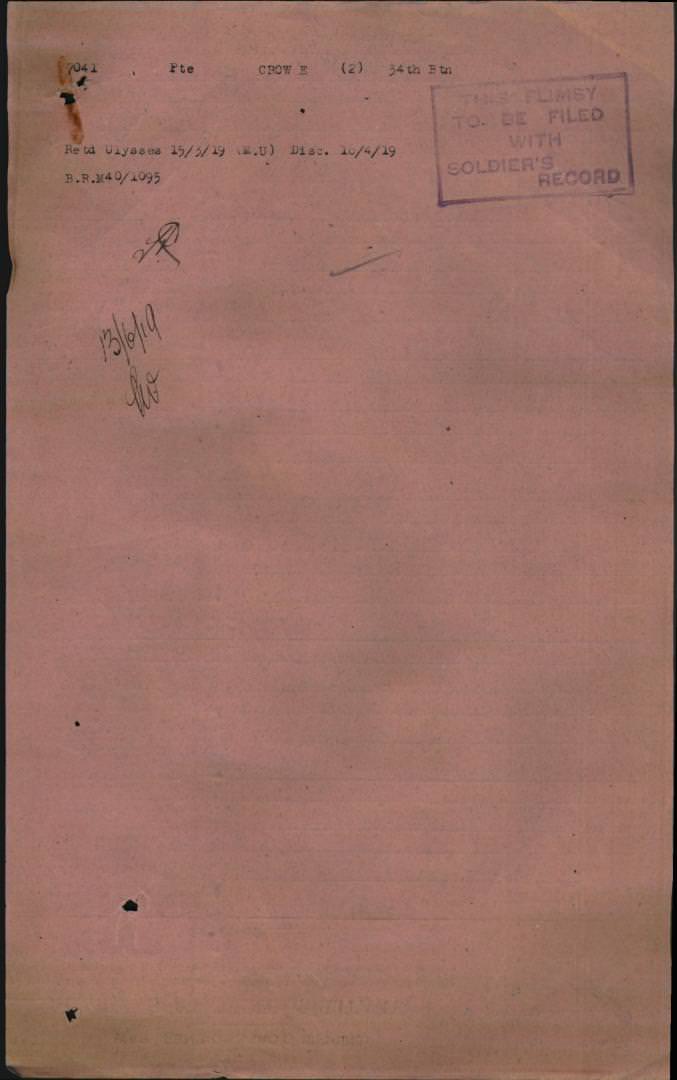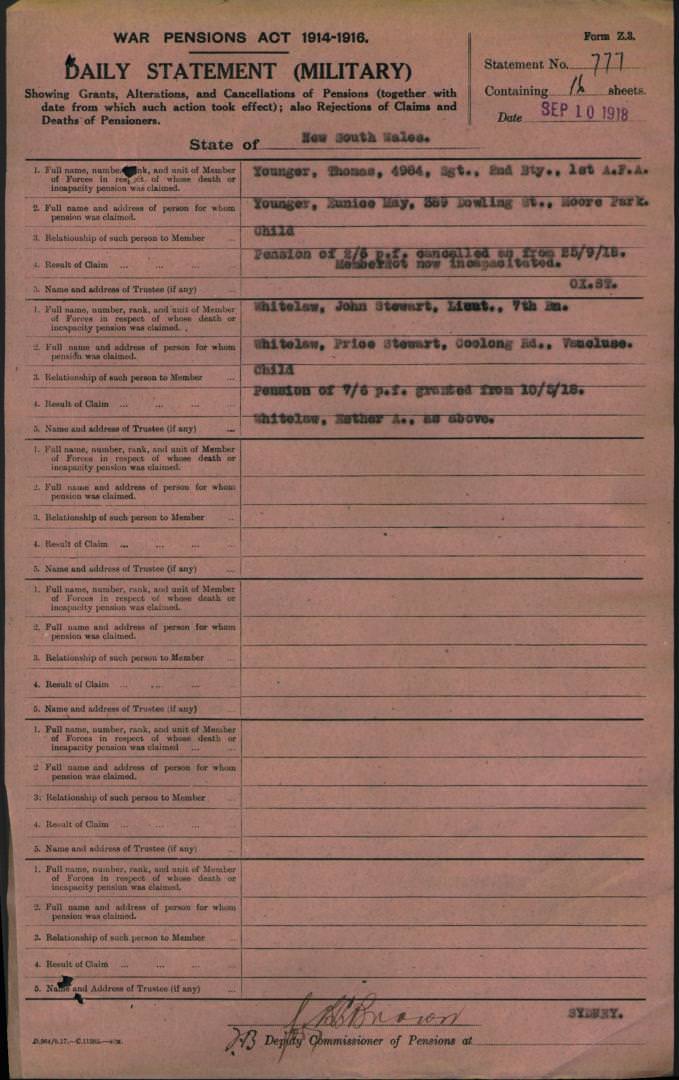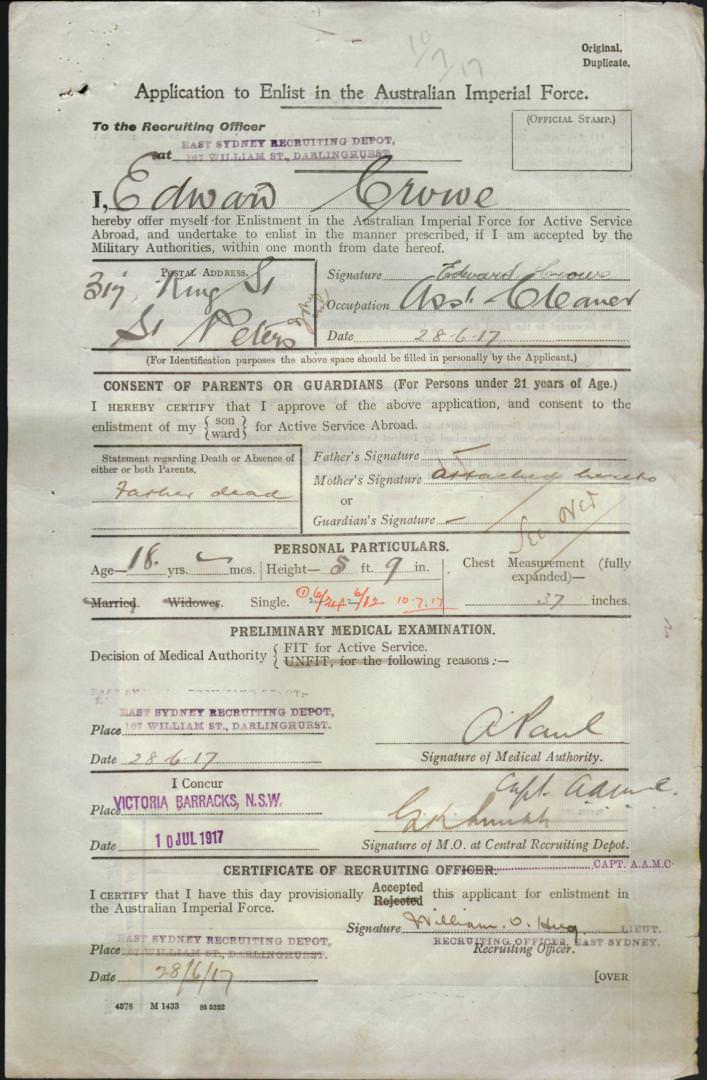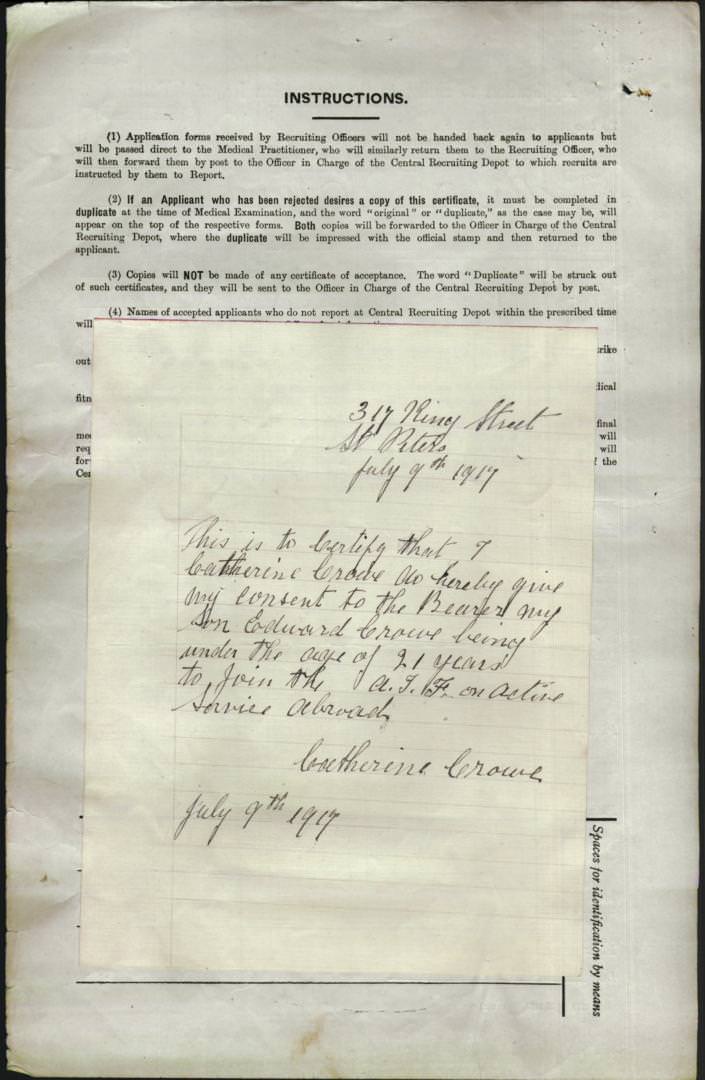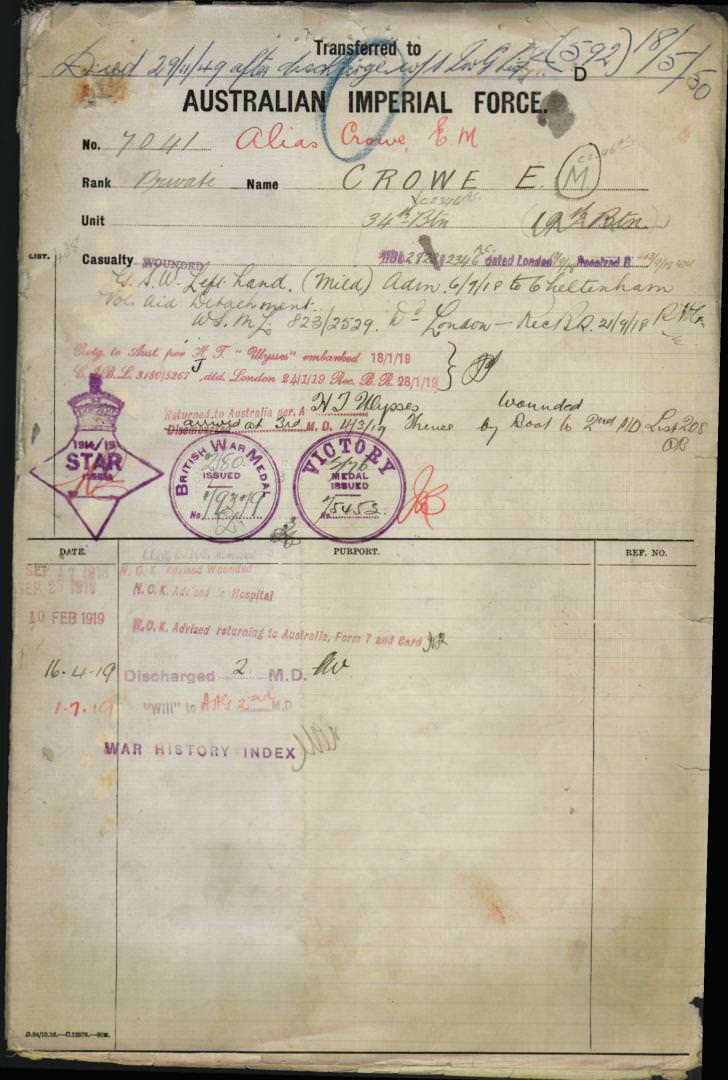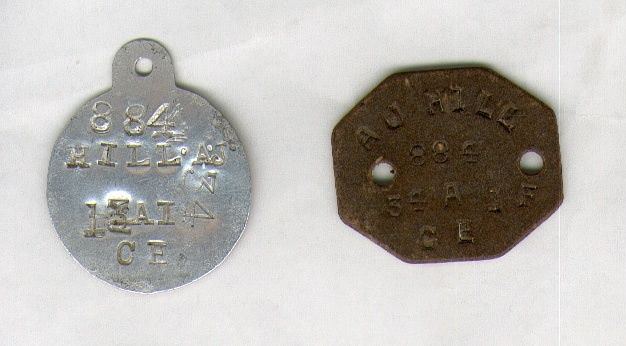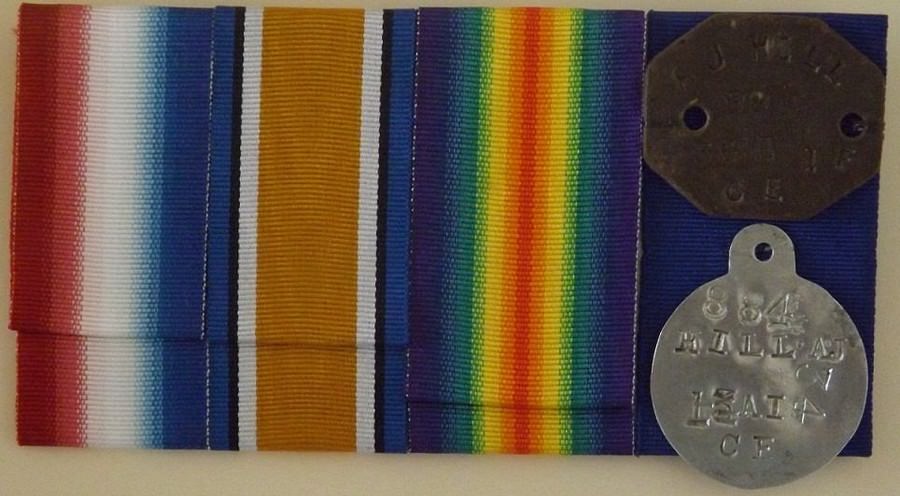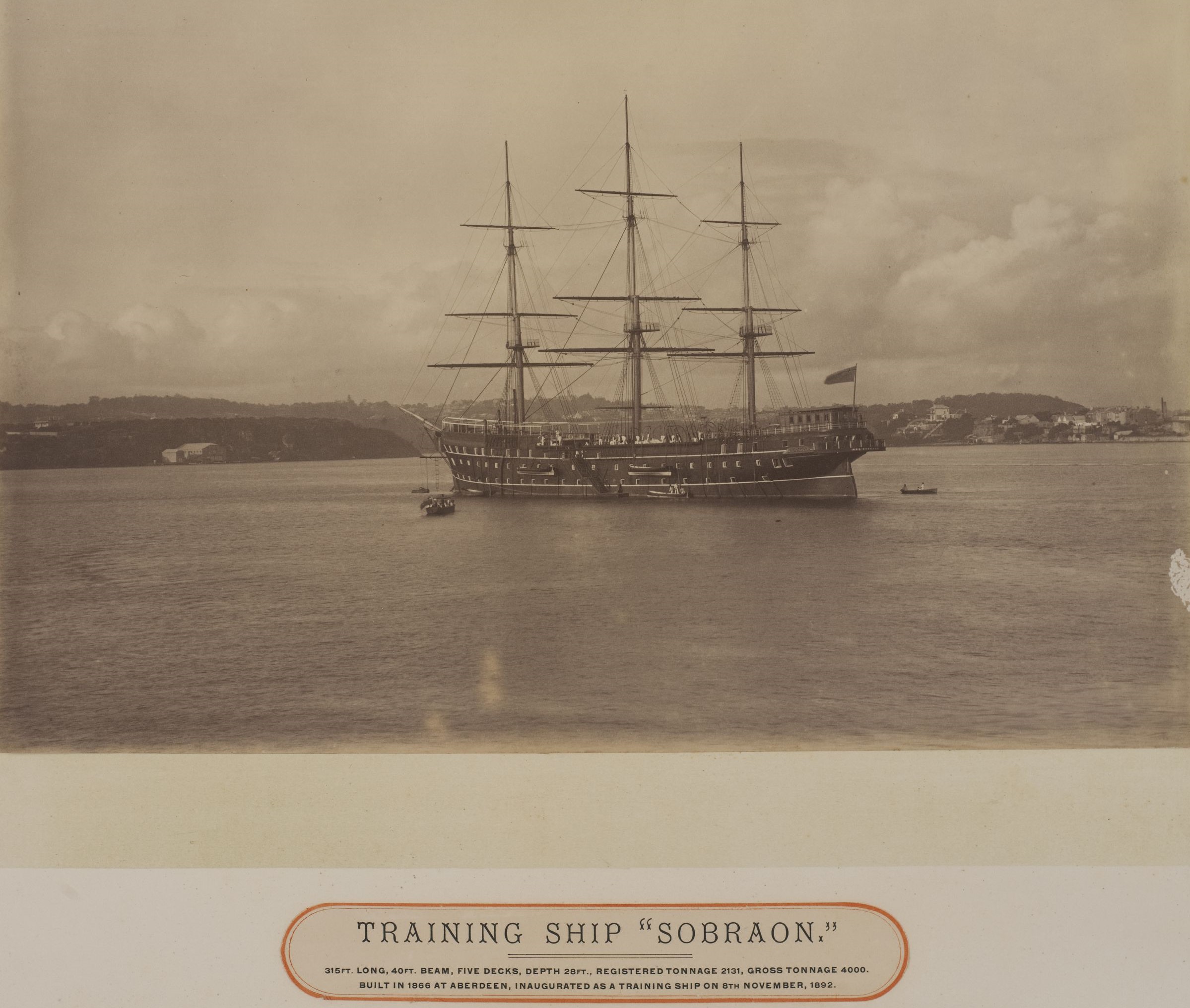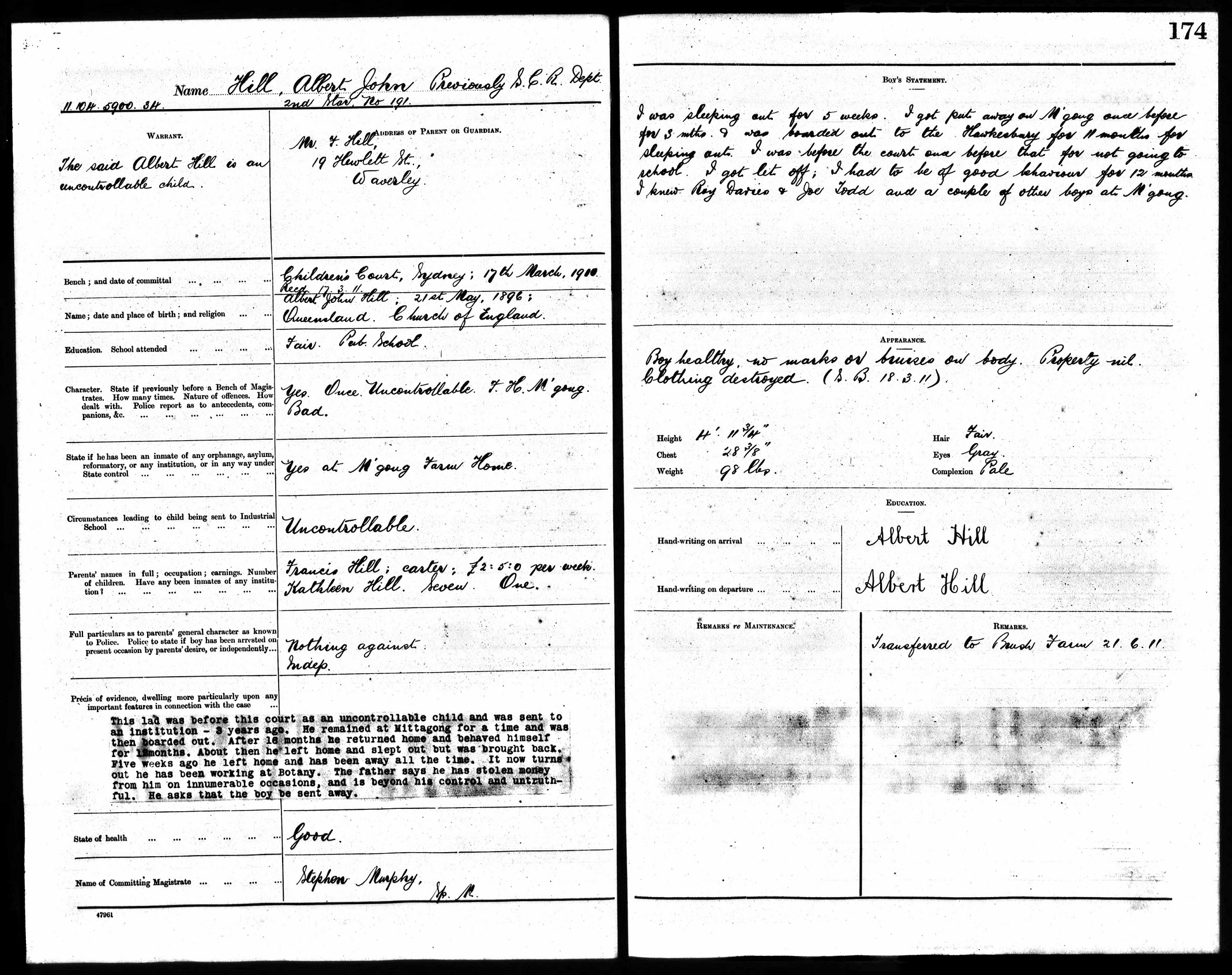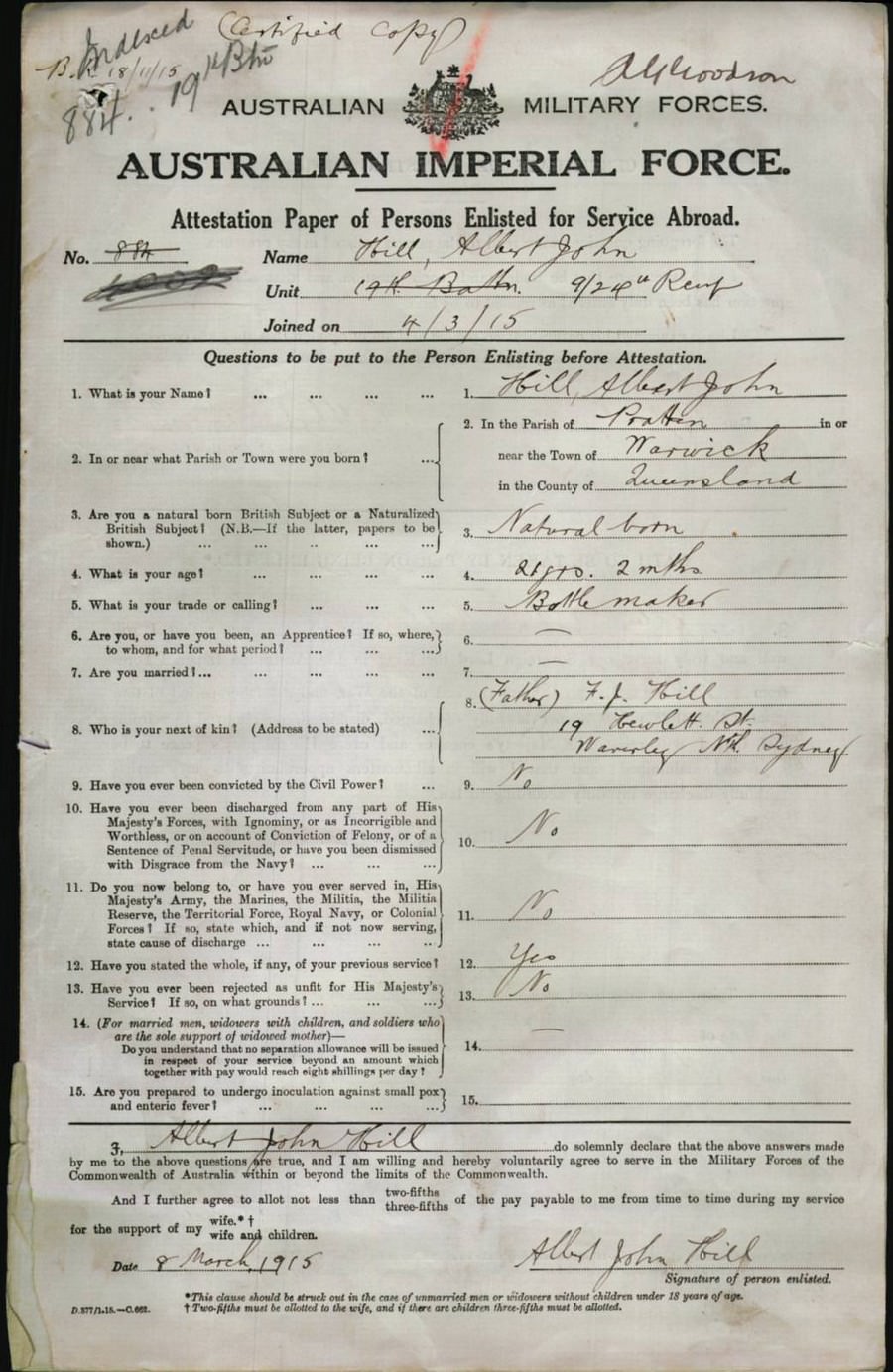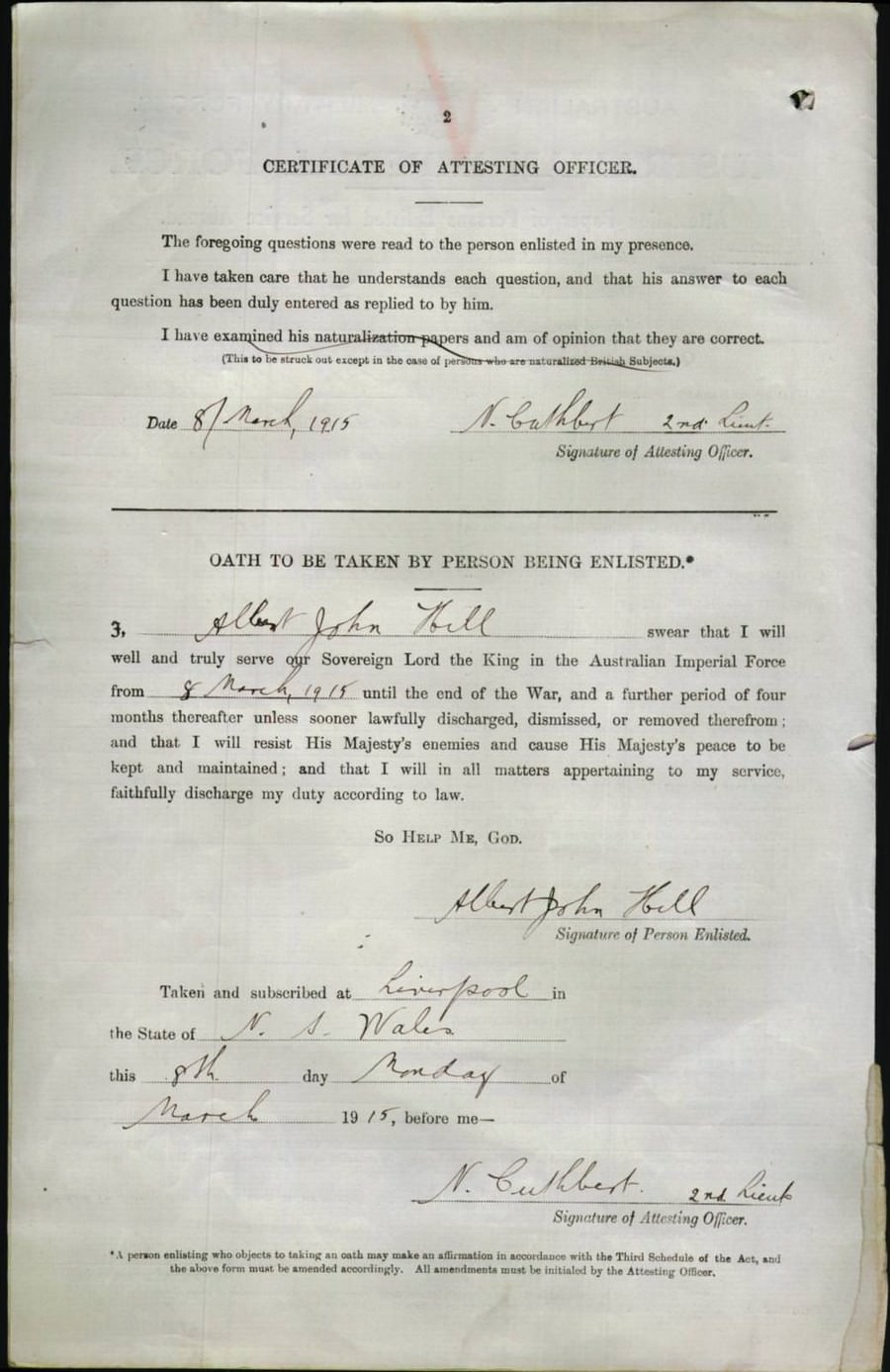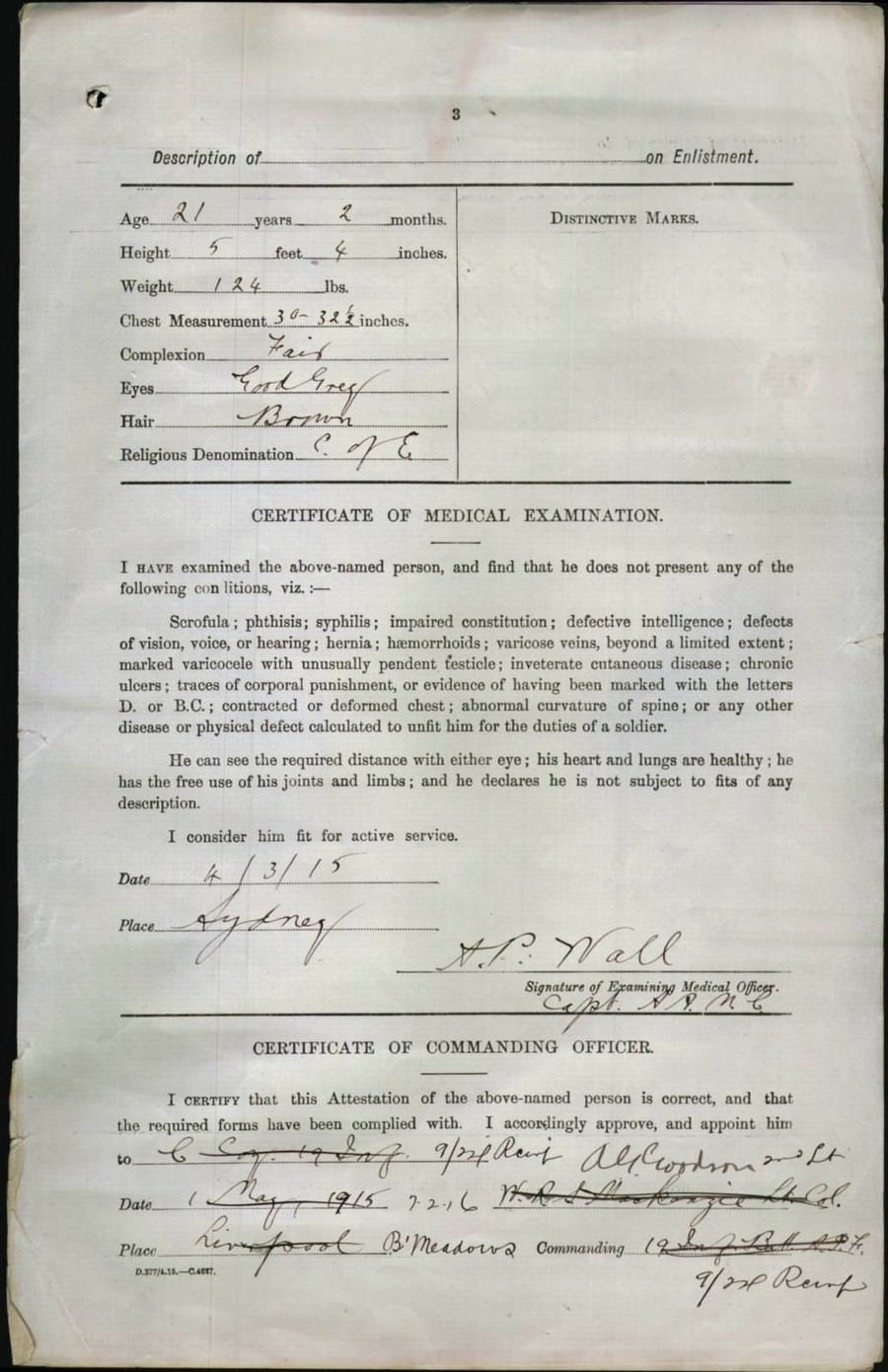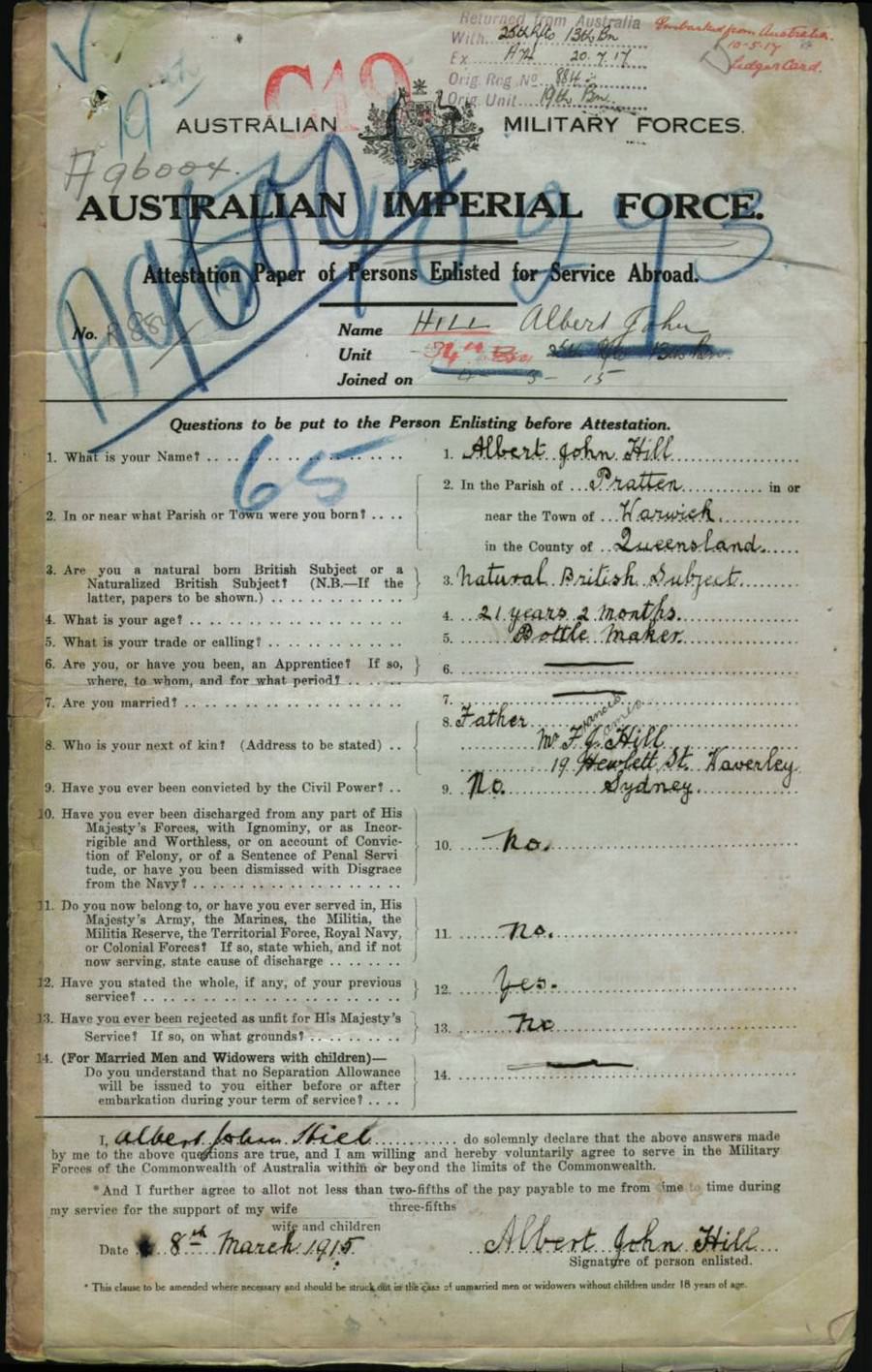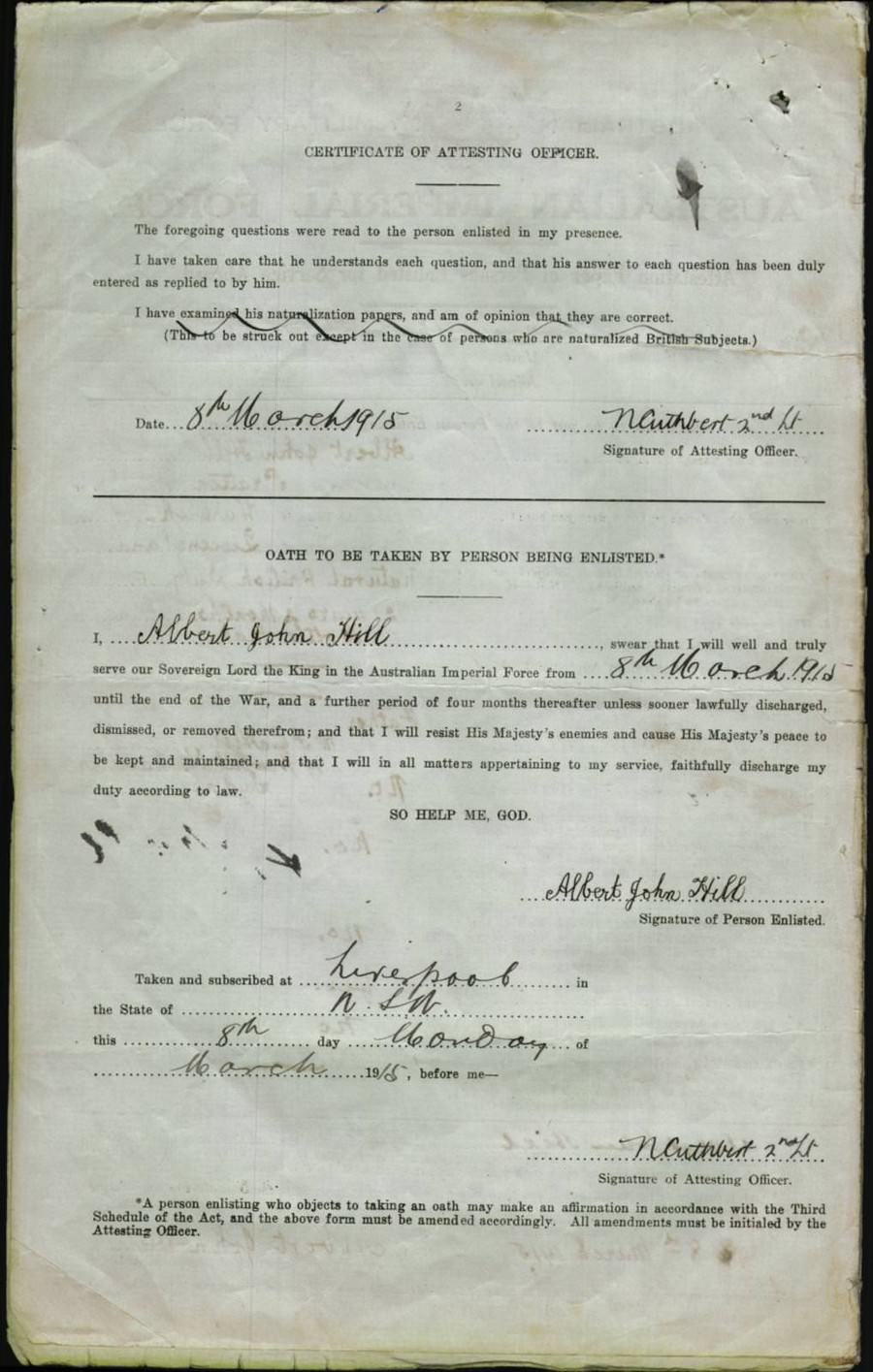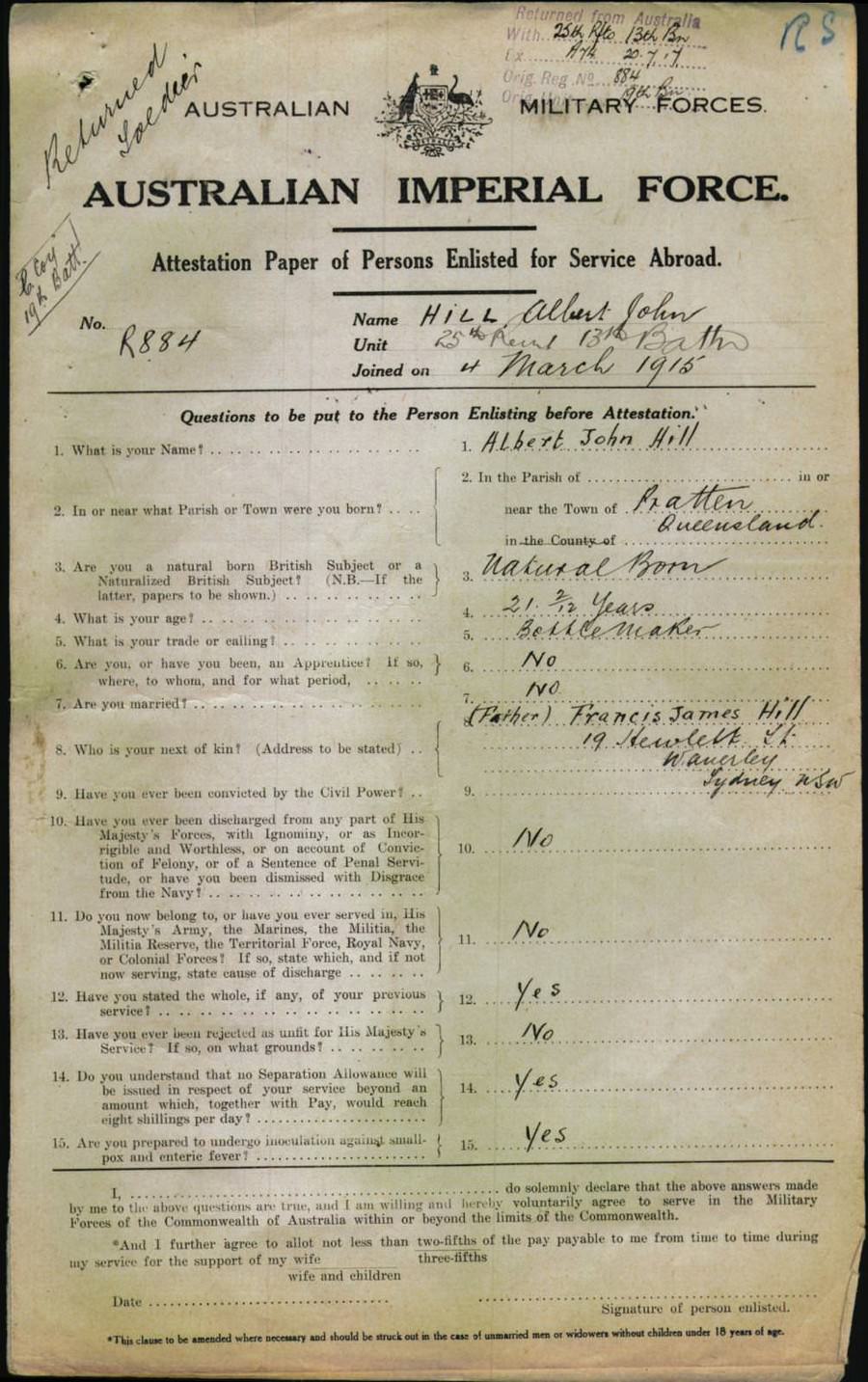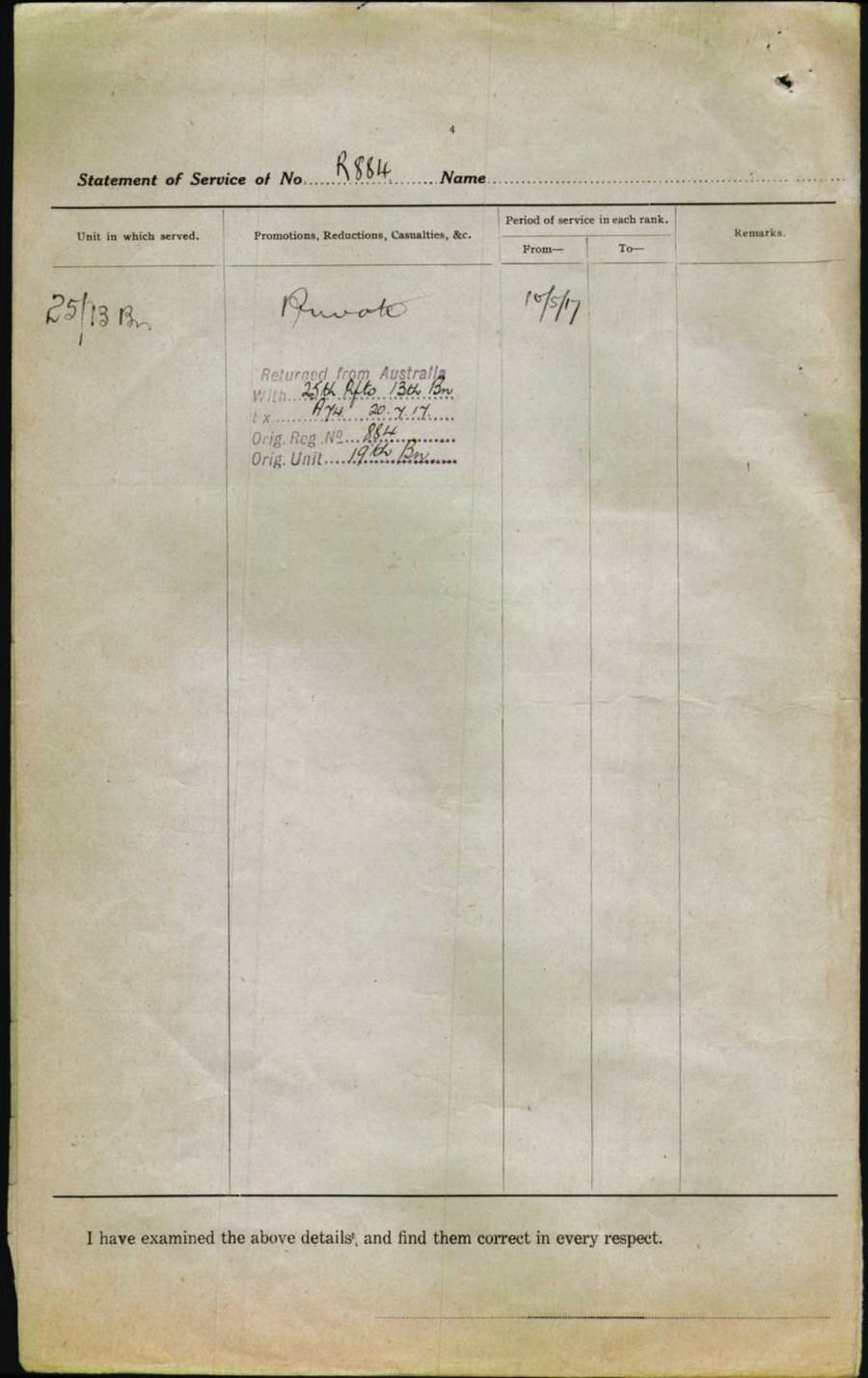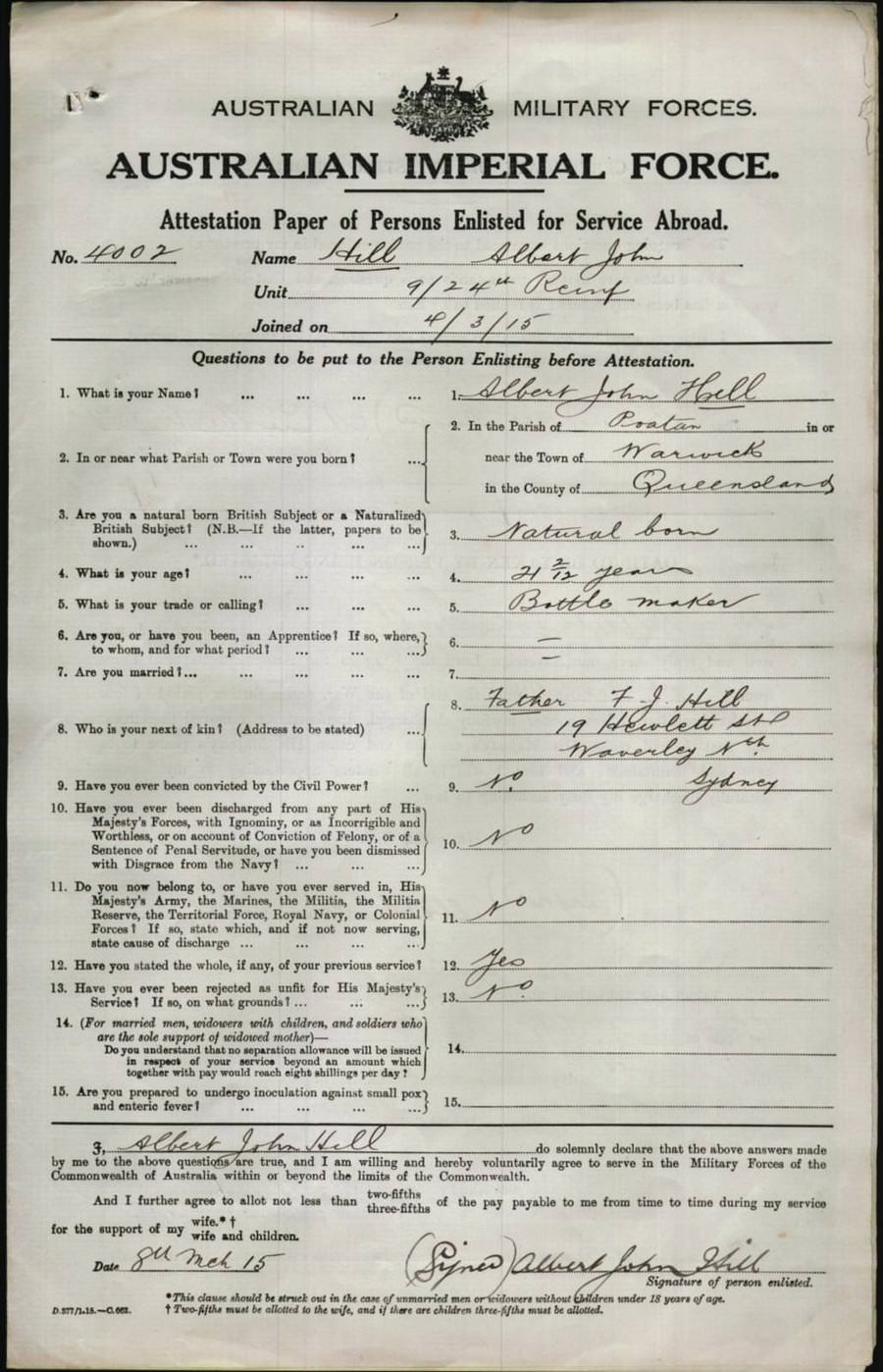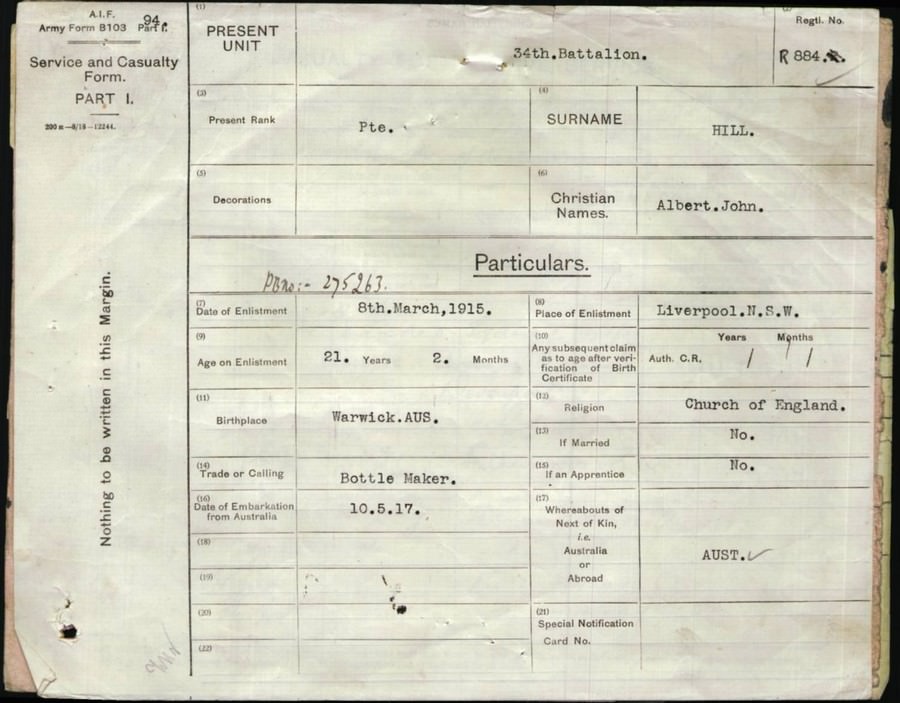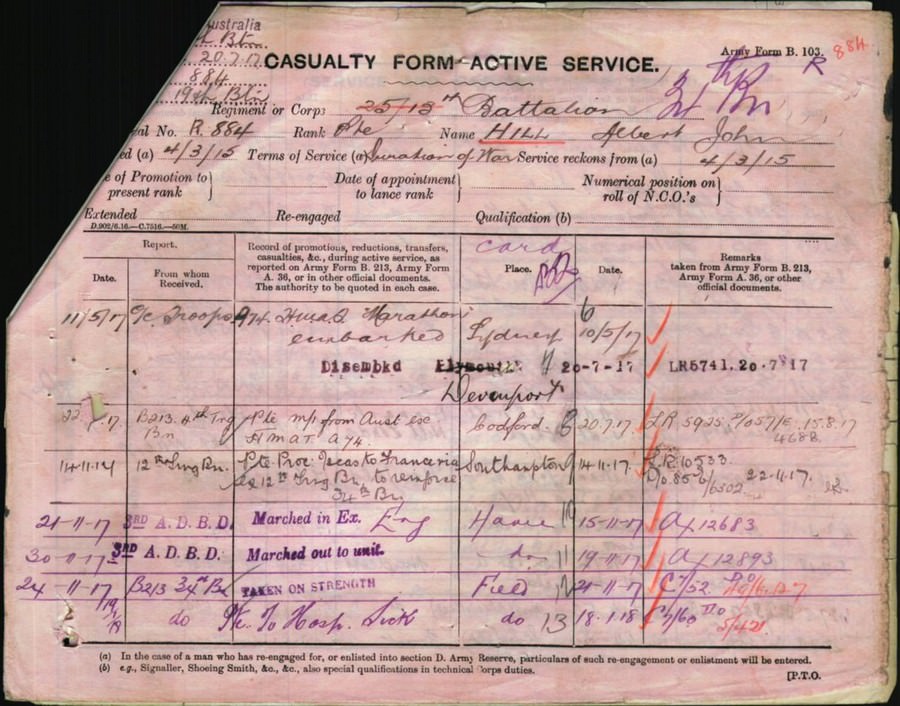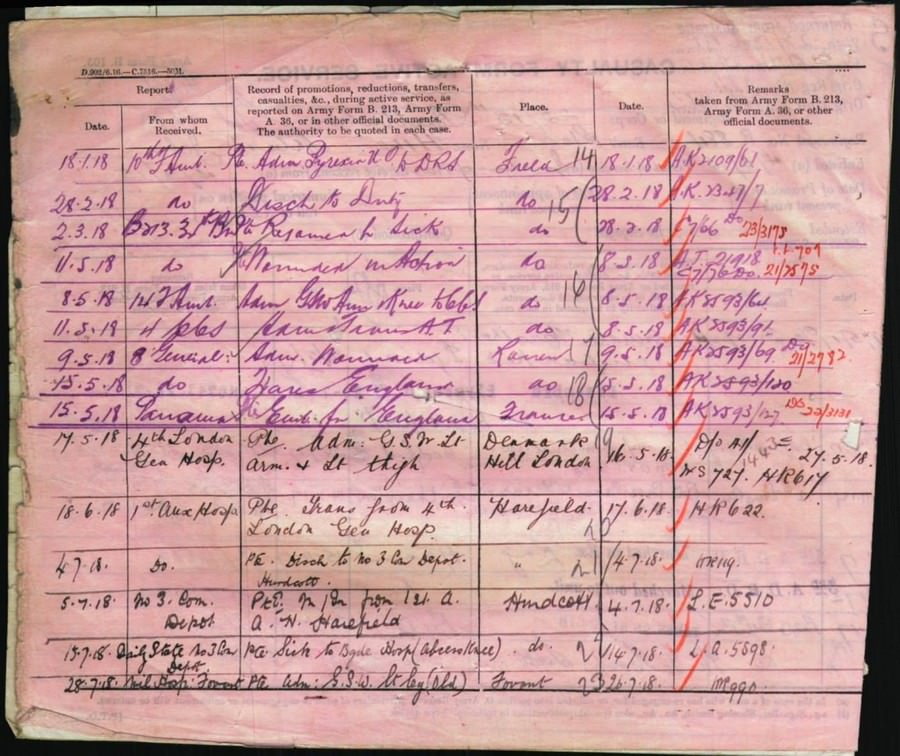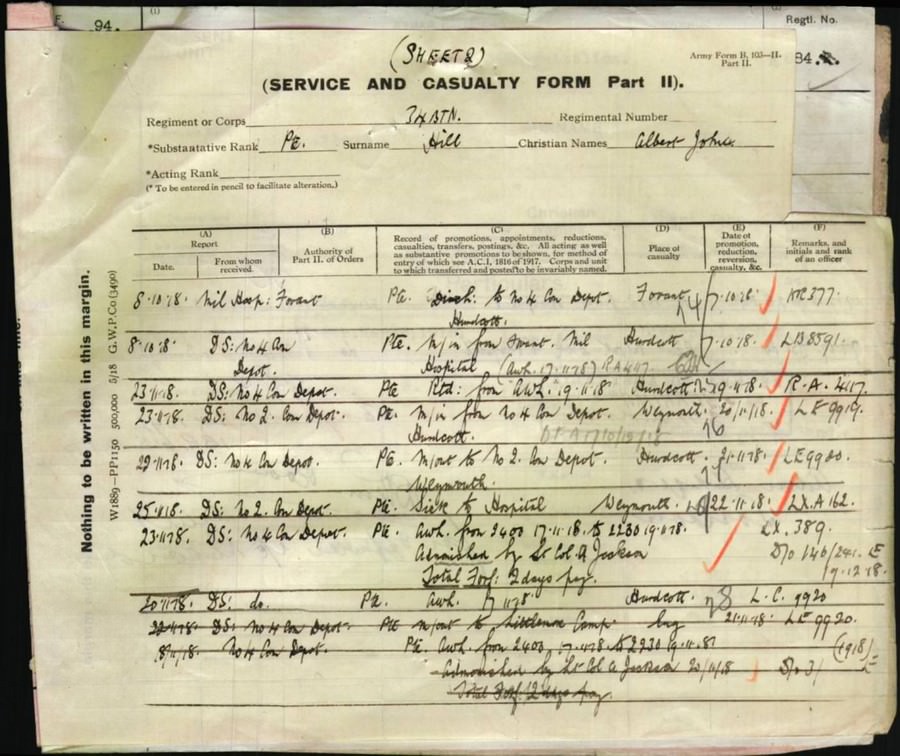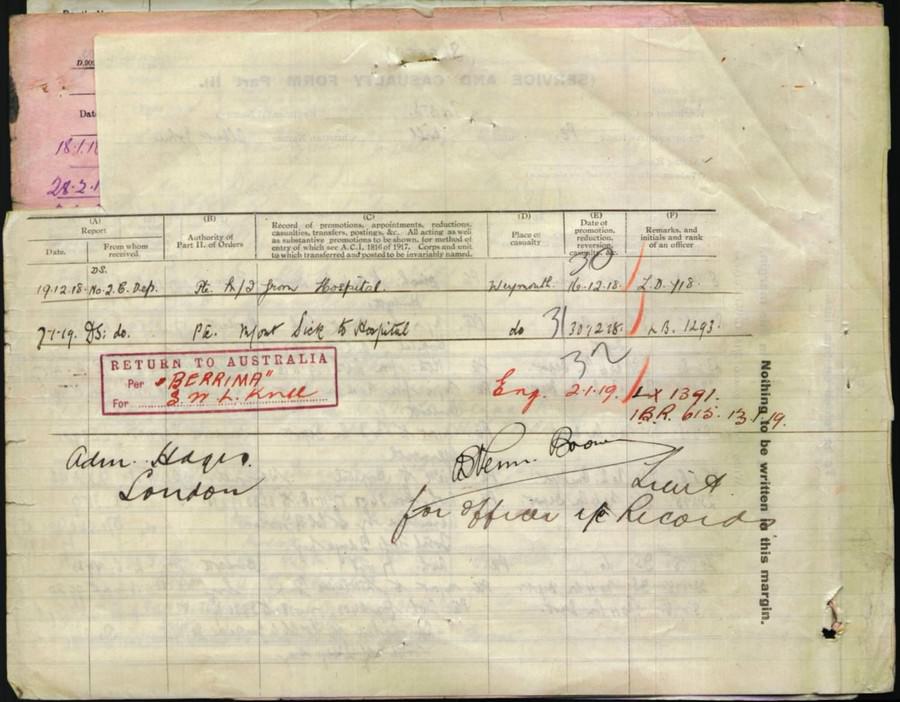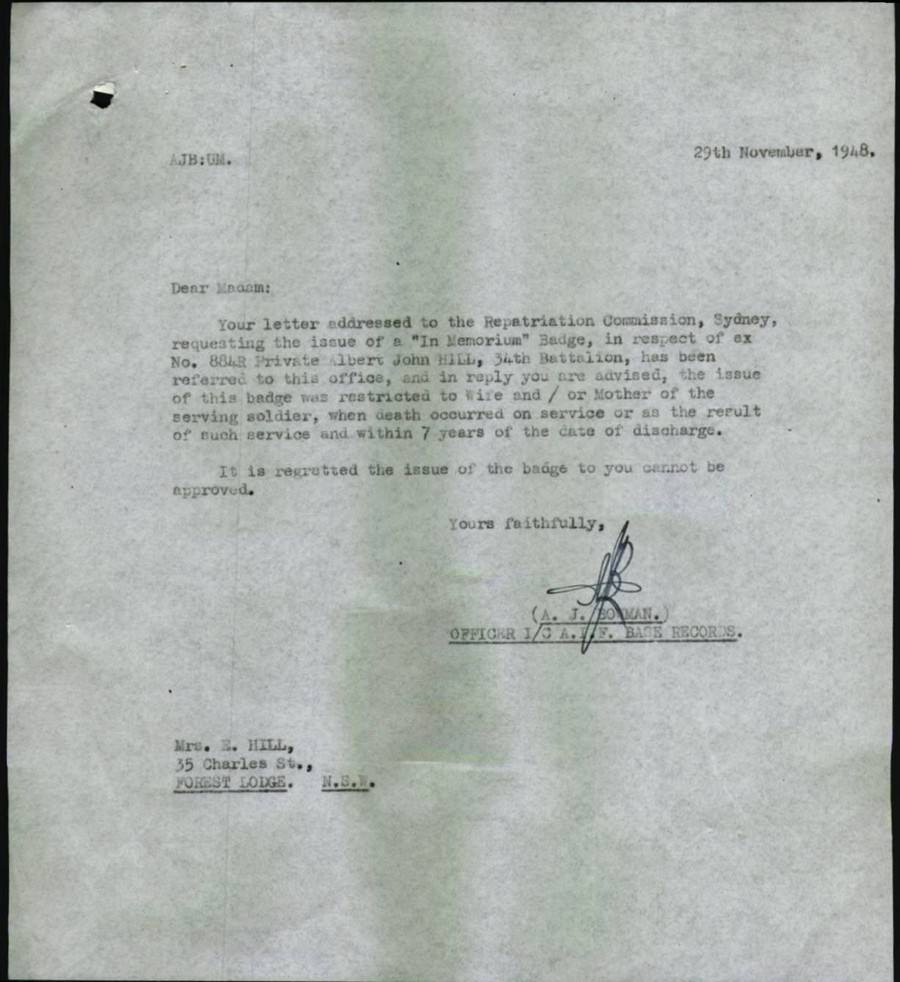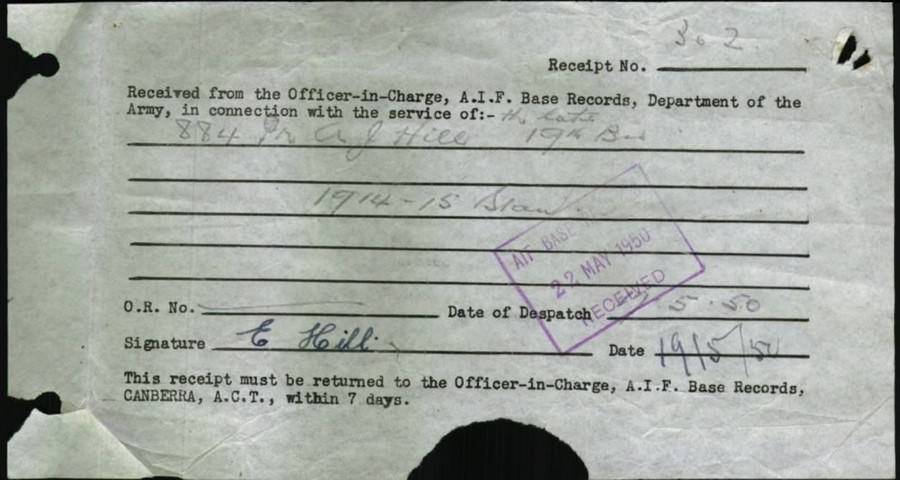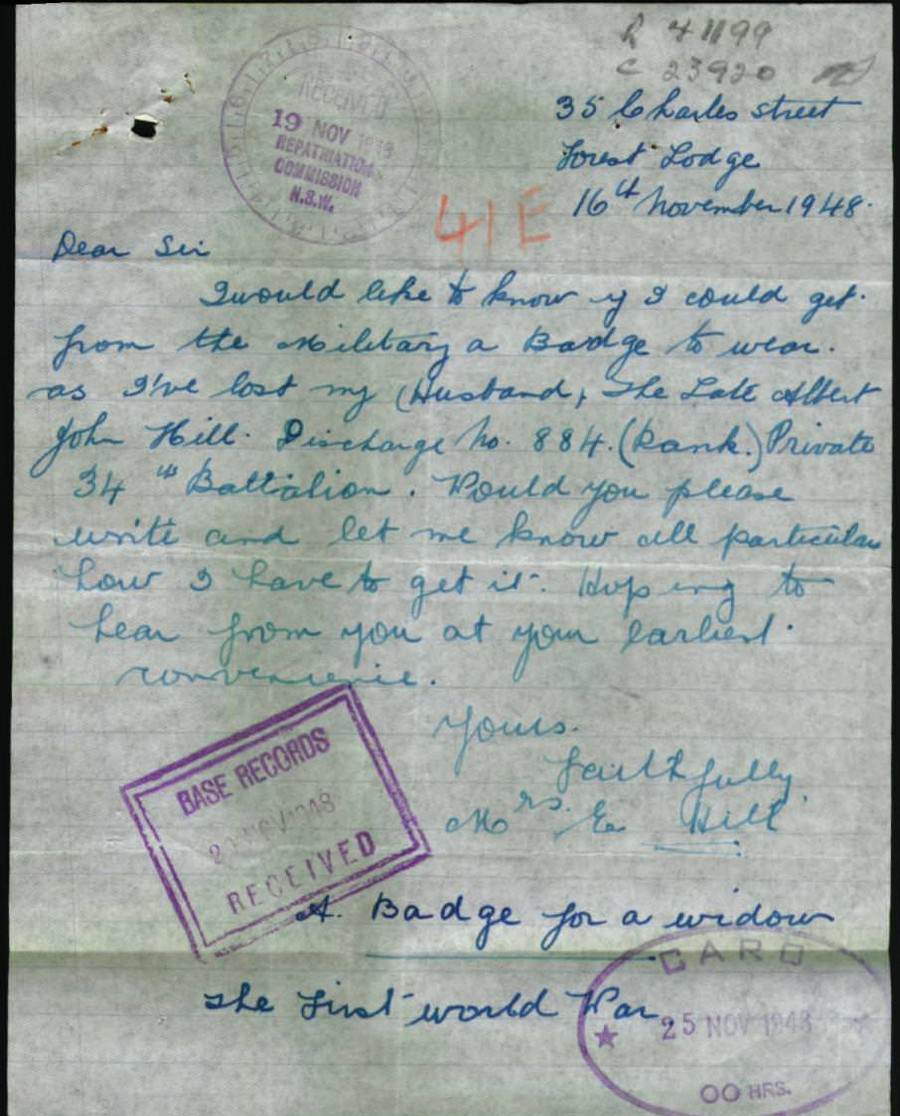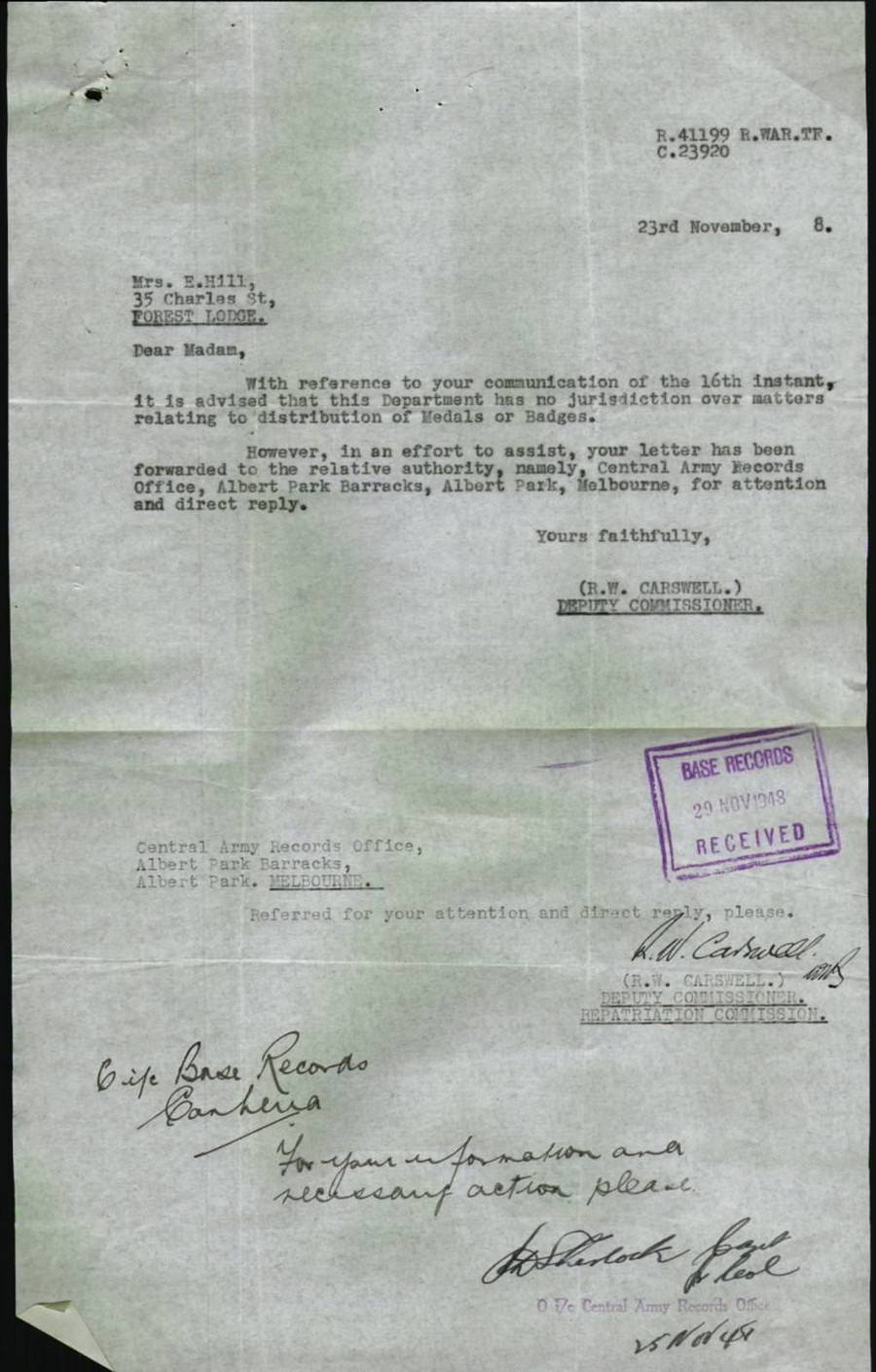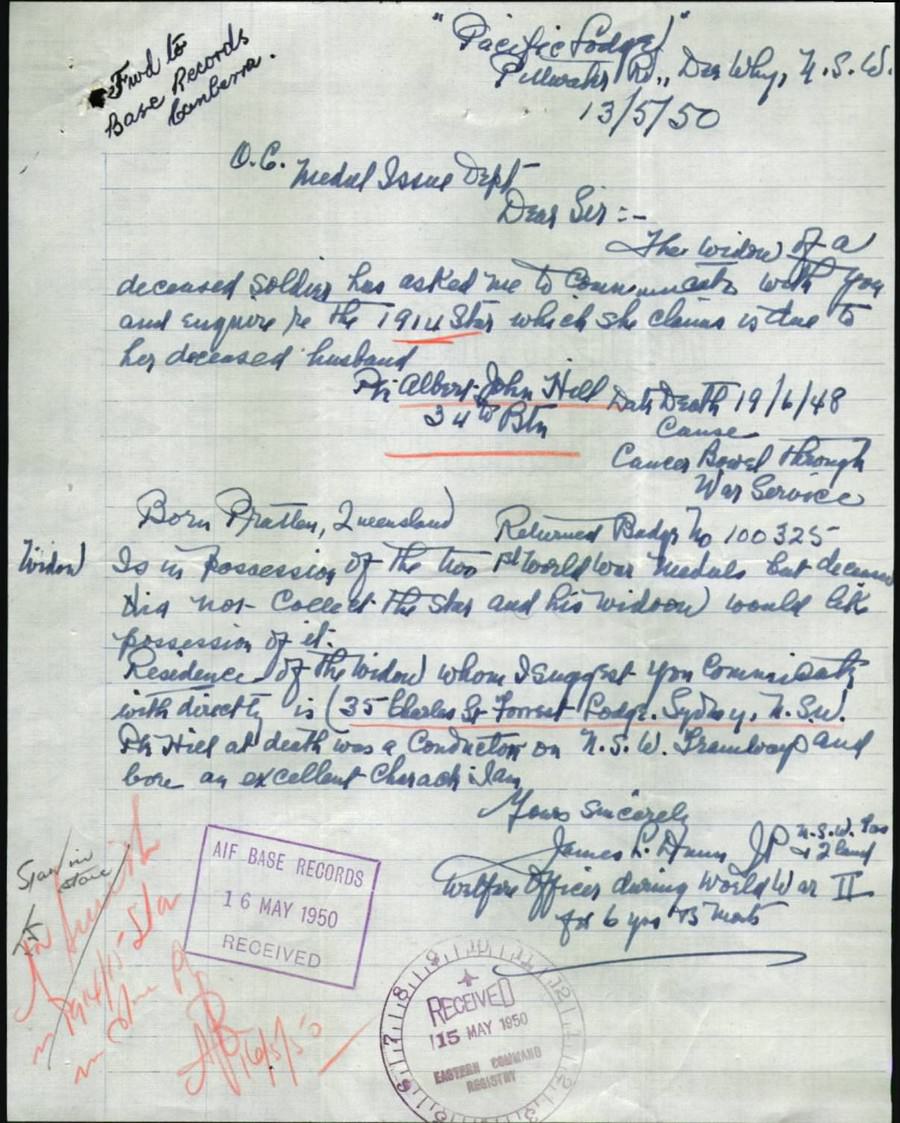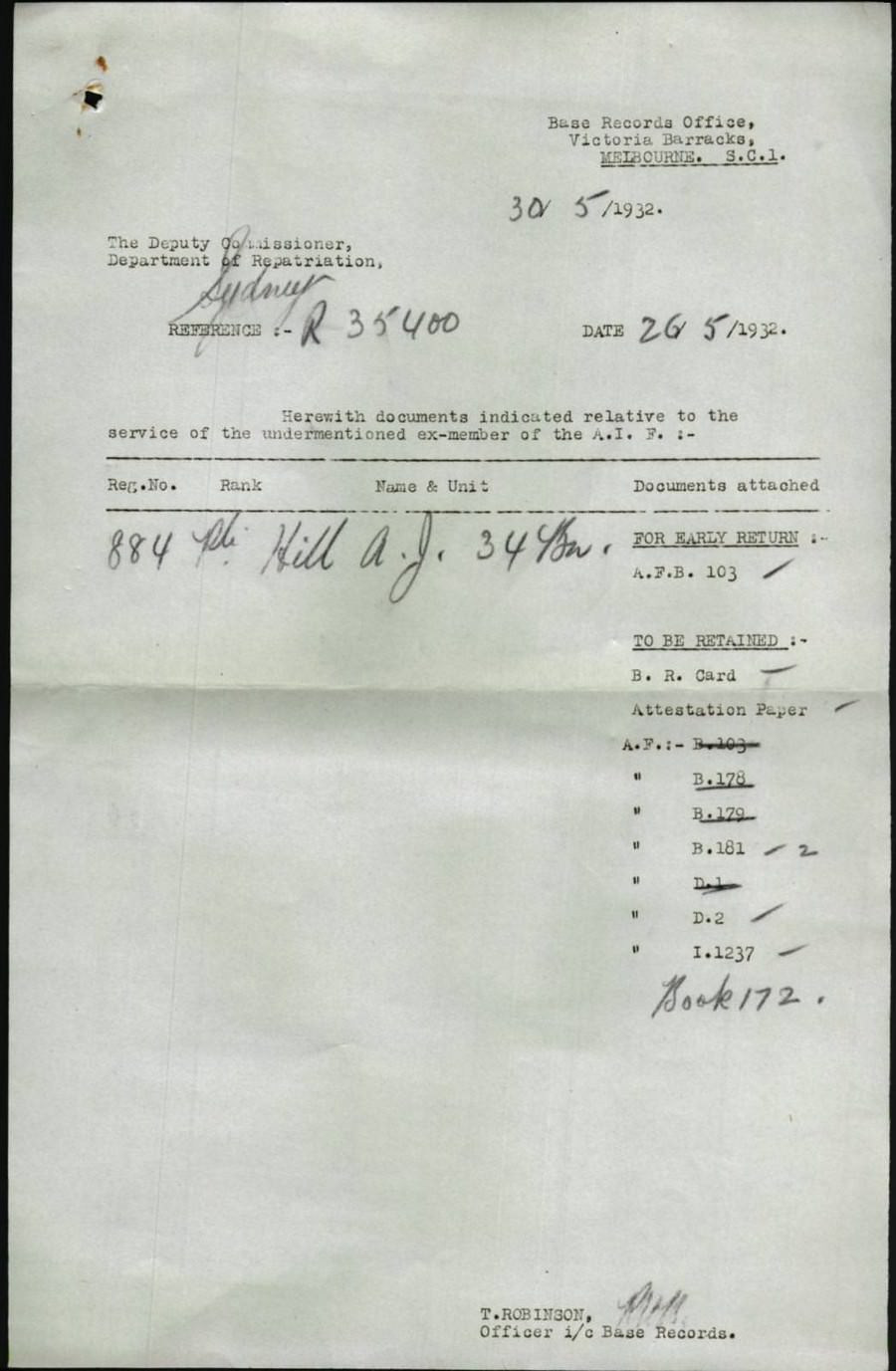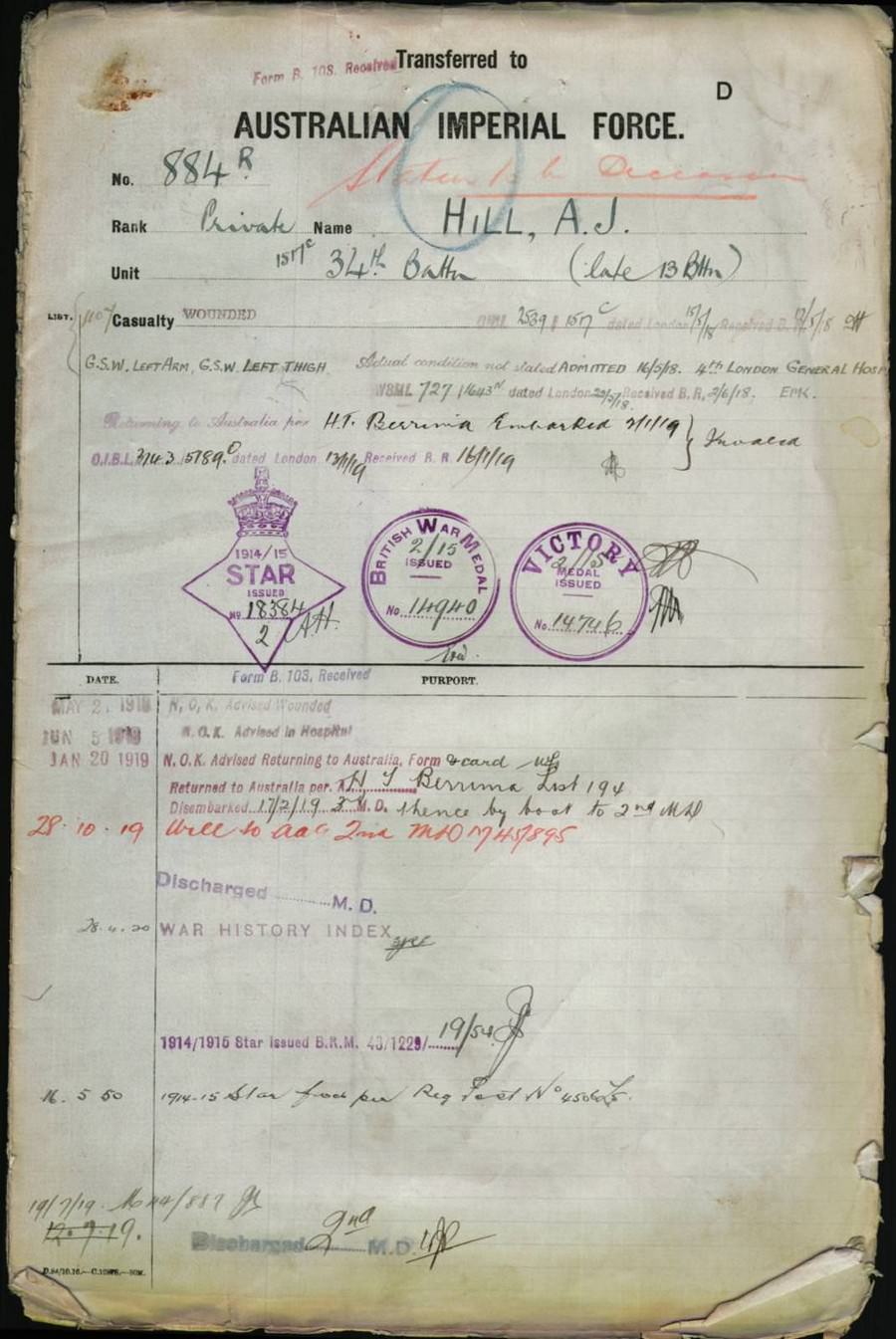
19th BATTALION - 36th BATTALION - 34th BATTALION A.I.F.
Lance Corporal: 1612 "Ted" Edwin Joseph KING.
Born: 1890. Warren, New South Wales, Australia. Birth Cert:35952/1890.
Died: 22nd August 1918. Died of Wounds Bray, France.
Father: William Henry King. (1838-1919)
Mother: Mary King. nee: Jones. (1838-....)
INFORMATION
Edwin Joseph King enlisted with the 19th Battalion AIF on the 23rd of April 1915 and left Sydney on HMAT A32 "Themitocles" on the 12th of May 1915 for the Gallipoli Peninsula. After serving at Gallipoli for 5 months Ted was evacuated with the rest of the A.N.Z.A.C.S and sailed for Alexandria and disembarked on the 7th of January 1916. It was here that Ted and members of his company were evolved and charged with MUTINY at the Katoomba Camp (Canal Defences) on the Sinai Peninsula, Egypt on the 4th of February 1916.
15th February 1916
CHARGE SHEET The accused No: 1612 Private Edwin Joseph KING of the 19th Battalion, 5th Infantry Brigade, AIF is Charged with; When on Active Service joining in a Mutiny in forces belonging to His Majesty's Australian Imperial Forces. 1st CHARGE sect.7. 3a.
In that at Katoomba Camp, Canal Defences, No:2 Section B on the 4th of February 1916 joined in a Mutiny by combining with other soldiers of the said 19th Battalion to disobey an order to parade in full marching order.
The accused No: 1612 Private Edwin Joseph KING of the 19th Battalion, 5th Infantry Brigade, AIF is Charged with; When on Active Service disobeying a lawful command given by their Superior Officer. 2nd CHARGE sect.9.e.
In that he at Katoomba Camp, Canal Defence, No: 2 Sect. B on the 4th of February 1916 did not put on his pack when ordered to do so by Major NORRIE of the said 19th Battalion.
To be tried by Field General Court Martial.
6th March 1916
Dear Mother, After being a soldier for close on to a year without a blemish on my character, and spending five months at Gallipoli and coming out of it with honour, I've come across trouble and committed a crime. (a military crime) the outcome of which is that I'm being detained here in Egypt while the Battalion are moving off to France, a trip which I've been looking forward to ever since leaving the Peninsula. Now don't get a shock at the word CRIME as I've done nothing that I hang my head over when I get back.
I'ts hard to explain the facts of the case by letter; anyhow,it was all over our rations. We came in off the morning parade and was given nothing but tea for lunch, and at the same time were ordered to wear full marching order (which amounts to about a hundred pounds) for the afternoon parade. We did not mind that altogether if it was necessary as was the case on Gallipoli; many the time there we went out on outpost at night with next to nothing to eat at all. Anyhow, we decided to parade without our packs and complained about the tucker, but when the officers came on parade they would not listen to our corporal when he tried to voice our complaint and put him under arrest straight away.
Now, as he was likely to get punished heavy and only for doing what the whole company had asked him to do, myself and six others (including Alick Anderson, whose photo I sent home) decided to stick by him and share whatever punishment he was likely to get, not thinking for one moment that it would go to the length it has. The trouble is I'm too much a man and not enough a soldier.
How I hope it does not affect you as far as money is concerned although it is quite on the cards that they stop the allotment. Of course, the money this end will stop, but I don't care about that at all, but if they stop your lot I will never forgive myself.
Another thing is that I might be sent back to Australia over it, but if I do I've got a clear conscience and I know that I've done nothing dishonorable and have only done what a man worth calling the name of a man would have done under the same condition.
Now don't worry too much over this as things might clear themselves out yet - I'm only giving you the possibilities and am trusting that no such things happen. Of course, if anything definite happens I will write you straightaway. Mother, I could not do anything else but tell you all the facts, so with love to all at home tons to you dear self.
I remain, your loving son, Ted.
Ted was returned to Australia on board "Seang Bee" on the 31st of May 1916. Prisoner returned in accordance with Defence Cable W5518 to Lieutenant General BIRDWOOD After returning to Australia, Edwin was to serve 18 months Hard Labour at Goulburn Gaol, N.S.W.
5th August 1916
Dear Sir, I would like to draw your attention to a piece of military "injustice" inflicted by a British court-martial on a Australian Citizen soldier that must be surely be well up to the best German standards. The case is of No: 1612, Private E.J. King of the 19th Battalion, who is a present doing a sentence of 18 months Hard Labor in Goulburn Gaol for alleged mutiny. what the action really was that the Court-Martial thought worthy of such a stringent sentence his letter to his mother telling her of his troubles will disclose.
This letter details with the principal facts, bur the treatment meted out to this man concerned was even harsher as reference to any of the prisoners will confirm.
Prior to the outbreak of War he was employed by Mesers Anthony Hordern and Sons, Ltd of Sydney, and incidentally was also a member of the Shop Assistant's Union. He was earning a fairly good salary, and with his brother (who is now at the front)contributed to the support of his widowed mother and four other members of the family. He voluntarily left his position and a comfortable home, as others did, to fight for his country, but had to undergo an operation before he was accepted - as a matter of fact, he was thrice turned down by the Enrolling Officer.
For five months he was at Gallipoli facing death daily, on out-post duty most of the time, a particularly arduous task, and came through with honours, a fact that should stand to his credit for the rest of his life, or we are all hypocrites. Yet seemingly it was not taken into consideration for one moment. He is brought back to Australia, a young man a good family and upbringing - he is the nephew of the Reverend Joseph King, the well known missionary and author - and herded into a common gaol with criminals, not allowed to kiss his widowed mother when she went to visit him, permitted but one visit of 20 minutes duration each month; in short, treated just like a common criminal. Can we honestly say we are grateful to ANZACS?
If he is guilty of an offence let him be given the punishment commensurate with its magnitude; but why this harshness? contrast the sentence with that awarded No: 304, Trooper J Jamison, 7th Australian Light Horse for "conduct to the prejudice of good order and military discipline, and disobeying a lawful command of his superior Officer" - Detention for 42 Days! This was a an Australian Court Martial.
I am not writing to you asking for favors, but merely as one man to another as you bear a reputation for justice. It is far better for me to approach you direct than prejudice recruiting by noising it abroad; although the case of these man and others is known in many quarters now and indignation is growing.
Mrs King gave her son the her country gladly, and now she is breaking her heart over him through an incident that might easily occur to your own son or any other of our soldiers.
I ask nothing more of you than that you should give the matter full investigation. Apologising for troubling you.
I am yours faithfully.
N N Bridge.
Ted was released from Goulburn Gaol and transferred to the 7th Reinforcements, 36th Battalion AIF, and left Sydney on board HMAT A24 "Benalla" on the 10th of May 1917 and disembarked at Plymouth, England on the 19th of July and was promoted to Acting Lance Corporal on the 11th of October before being marched to the 50th Course of Instruction, Southern Bombing School at Lyndhurst on the 17th of October. Ted reverted back to Private on the day he proceeded overseas for France via Southampton on the 12th of December 1917.
He was Taken on in Strength on the 20th of December with the 36th Battalion in Belgium and remained in and out of action for the next 3 months before being appointed Lance Corporal on the 12th of March 1918. Ted was Wounded in Action; 1st occasion on the 4th of April 1918 at Villers-Bretonneux where he received a Gun-Shot Wound to the Shoulder
The First VILLERS-BRETONNEUX
4th-5th April 1918
The Strength of the 9th Infantry Brigade was about 2,250 but their casualties during the 2 days of fighting numbered 30 Officers and 635 men either killed in action or missing.
9th Infantry Brigade Casualties.4th-5th April 1918
| 33rd Battalion. AIF |
3 Officers |
82 Other ranks |
| 34th Battalion. AIF |
5 Officers |
120 Other ranks |
| 35th Battalion. AIF |
9 Officers |
282 Other ranks (including 44 missing) |
| 36th Battalion. AIF |
12 Officers |
133 Other ranks (including 1 missing) |
| 9th Machine Gun Company. AIF |
1 Officer |
18 Other ranks (including 4 missing) |
Ted was evacuated to to the Australian Casualty Clearing Station before being sent to England on board the Hospital Ship "St-Patrick" on the 6th of April. He was admitted to the BATH WAR Hospital the next day where he was treated and released to the No:3 Auxiliary Hospital and granted a Furlo from the 30th of April until the 14th of May in London. After his leave Ted was transferred to reinforce the 33rd Battalion on the 1st of June 1918 and proceeded overseas on the 22nd. Ted was transferred to the 34th Battalion and Taken on in Strength on the 22nd of June and was Wounded in Action; 2nd occasion on the 22nd of August and was evacuated to the Australian Casualty Clearing Station after receiving a Gun-Shot Wound to the Thigh and a Fractured Leg Ted never recovered from his injuries and later that day Died of Wounds and is remembered with honour and is commemorated in perpetuity by the Commonwealth War Graves Commission.
Family Information
Edwin was a single 26 year old Shop Assistant at Anthony Hordons & Sons PTY LTD prior to enlistment.
William and Mary KING were married in 1888 at Nyngan, N.S.W. Marriage Cert:4113/1888 and had at least 6 children. James H King born 1889 at Dubbo, N.S.W. Birth Cert:15733/1889. Edwin Joseph King born 1890 at Warren, N.S.W. Birth Cert:35952/1890 and died in 1918, France. Miriam E King born 1892 at Warren, N.S.W. Birth Cert:36815/1892. Mary M King born 1894 at Warren, N.S.W. Birth Cert:35299/1894. William H King born 1902 at Woollahra, N.S.W. Birth Cert:37653/1902. Olive B King born 1907 at Woollahra, N.S.W. Birth Cert:31125/1907 and in 1931 at Burwood, N.S.W. Death Cert:19517/1931.
Military Records
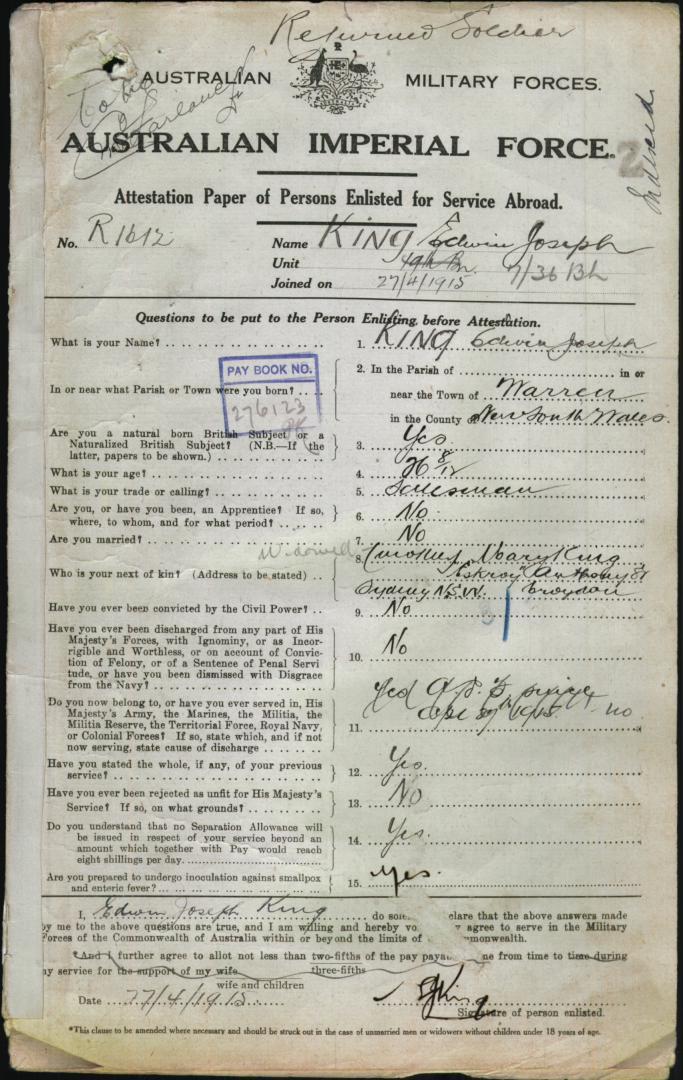
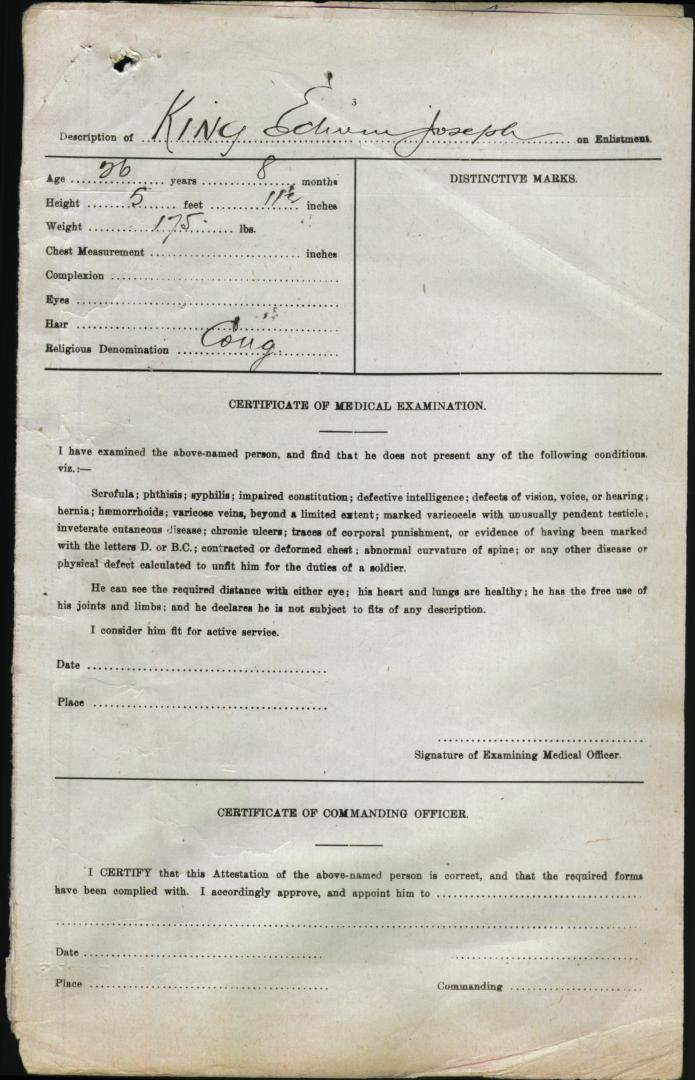
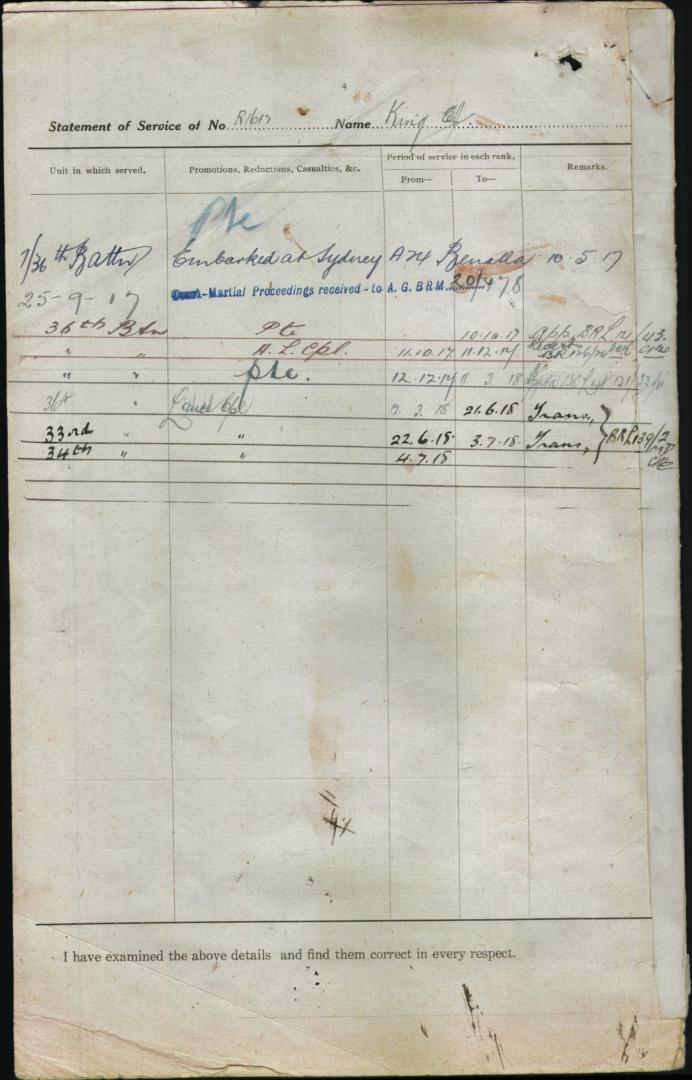
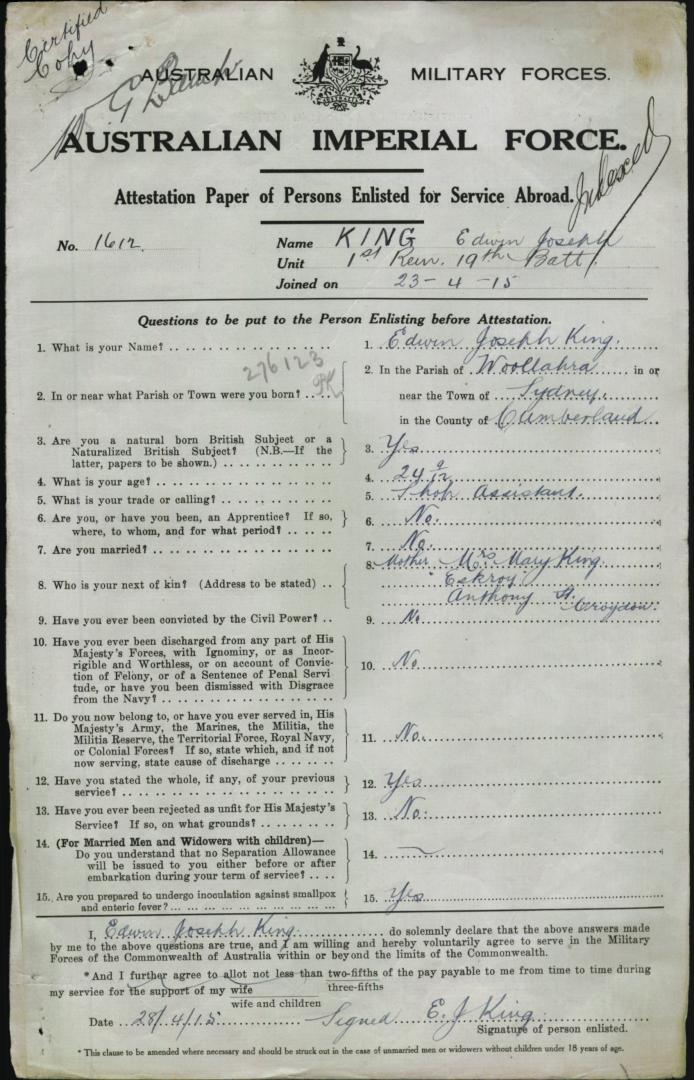
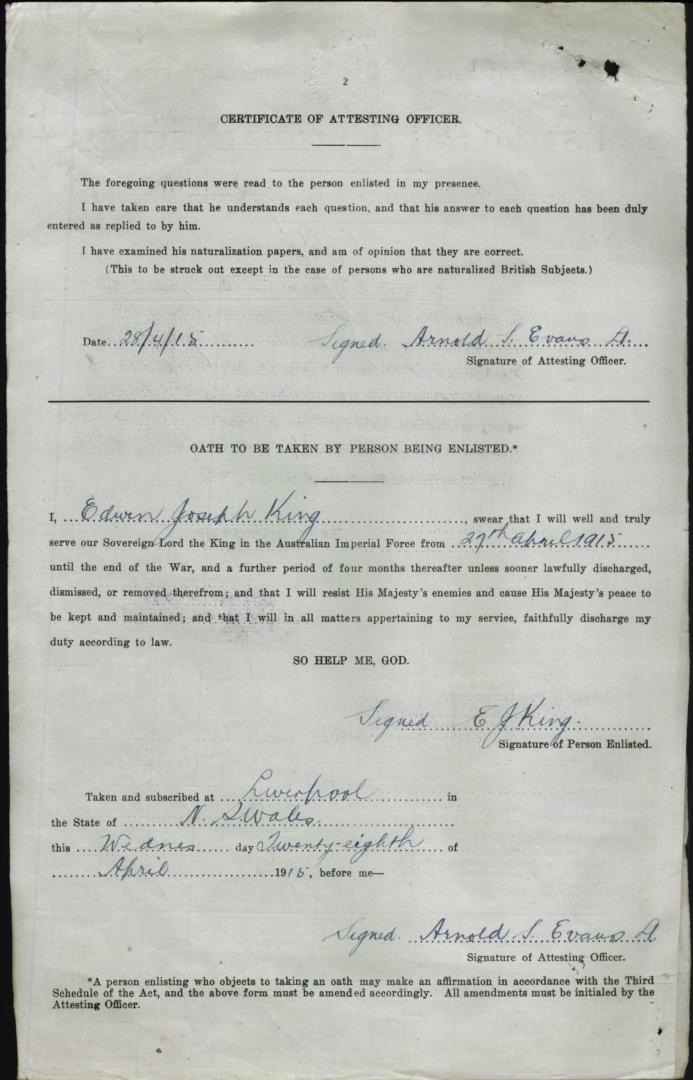
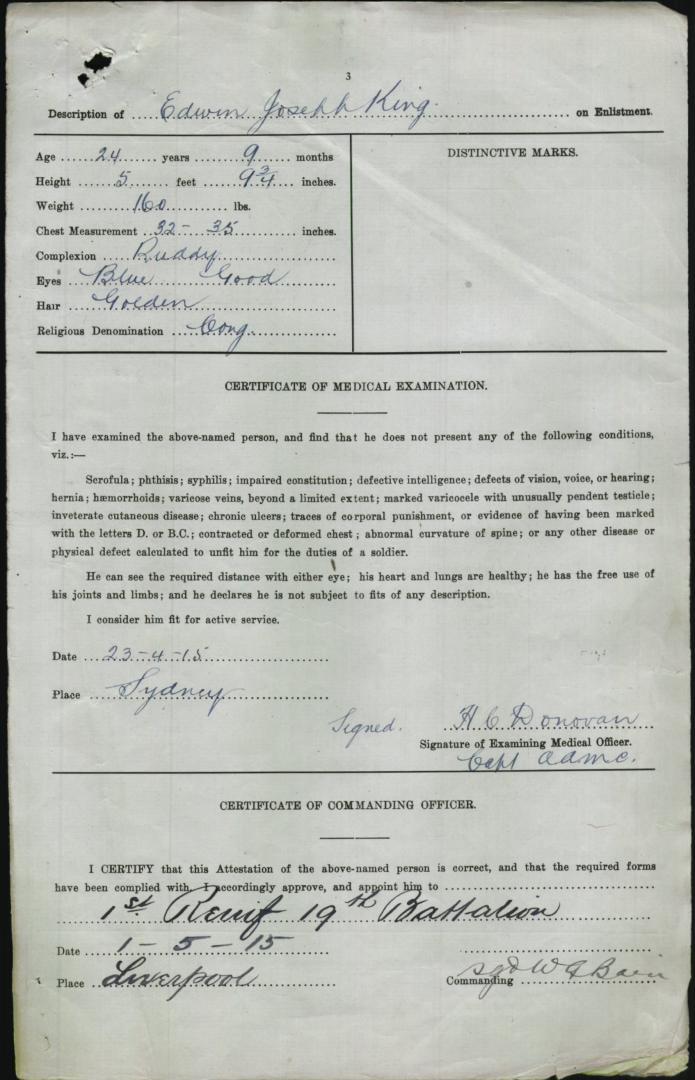
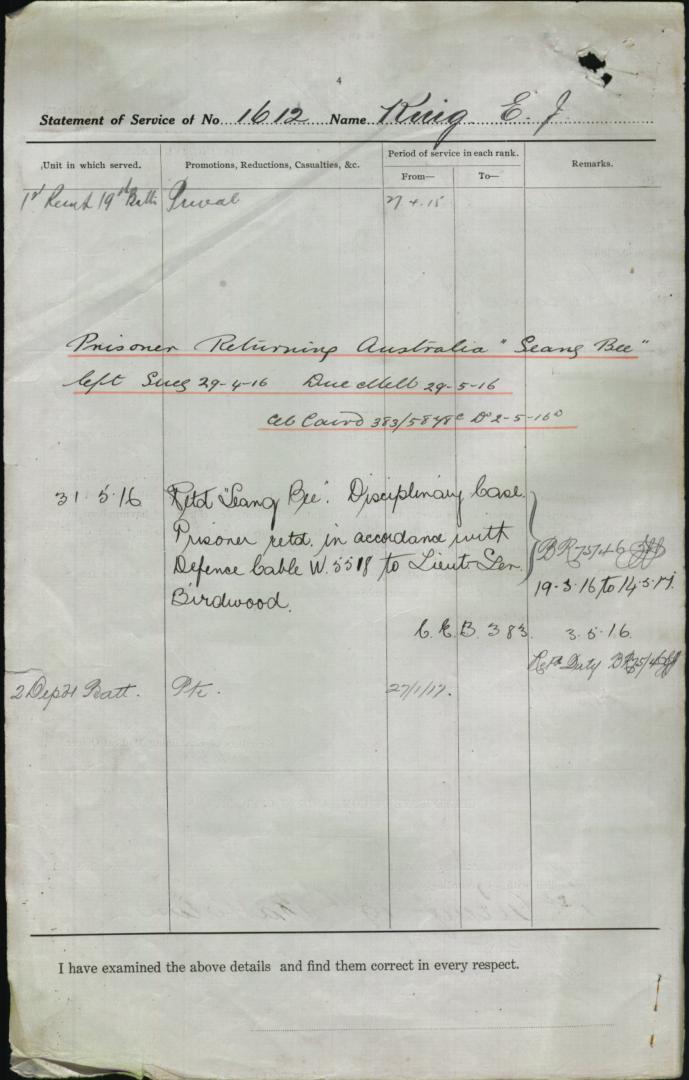



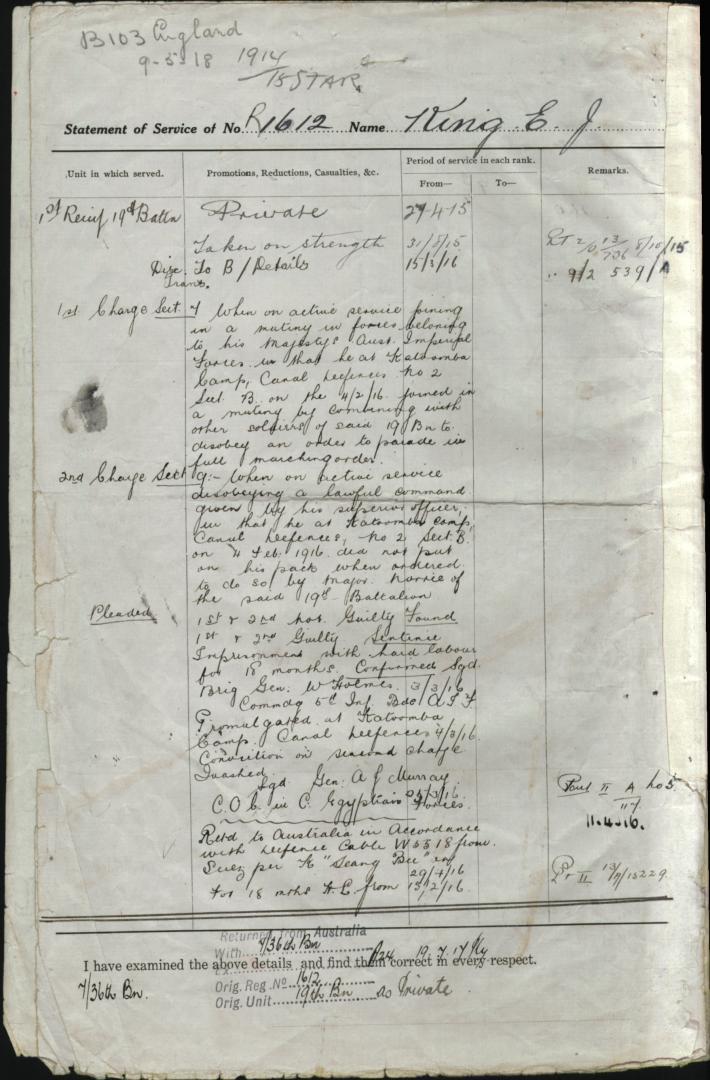

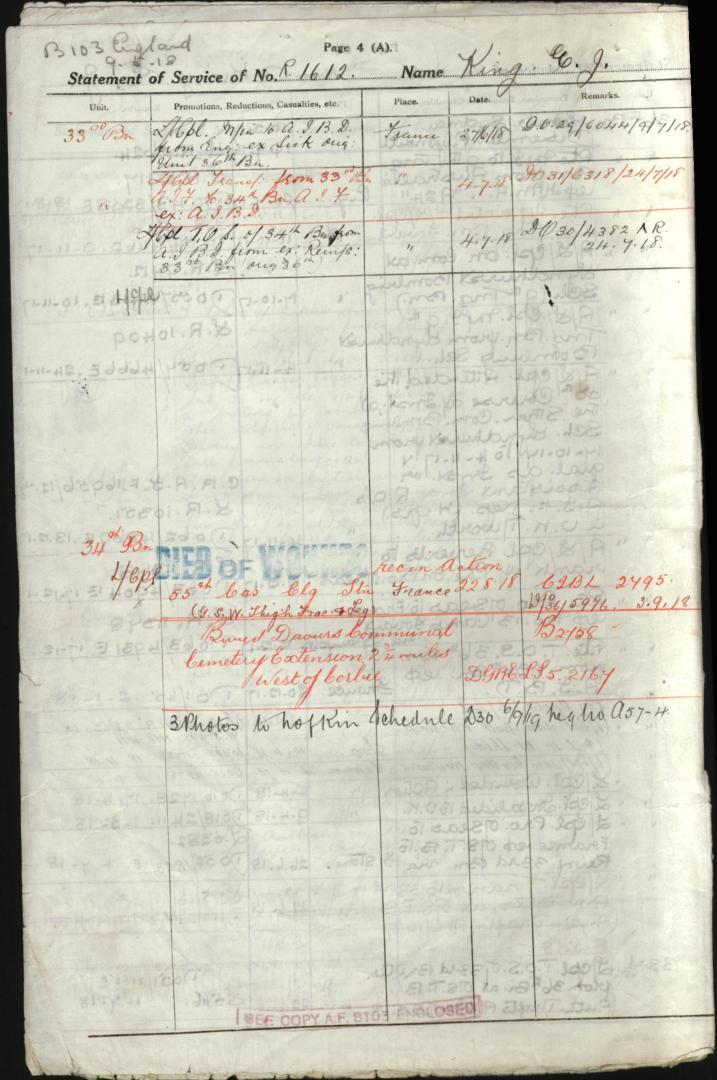
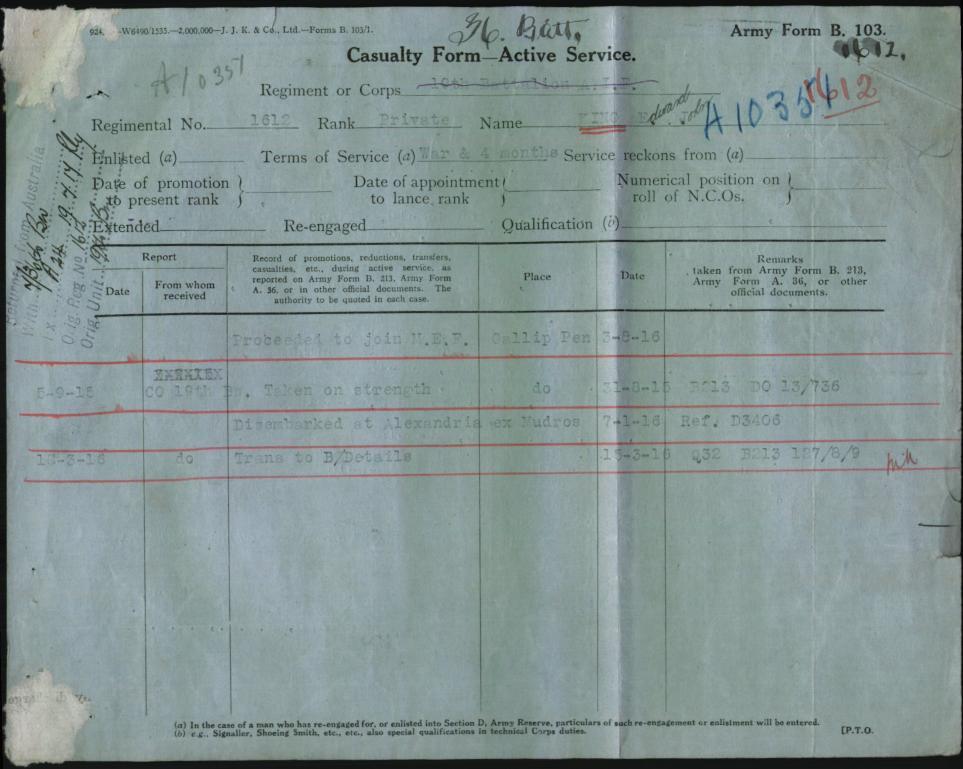
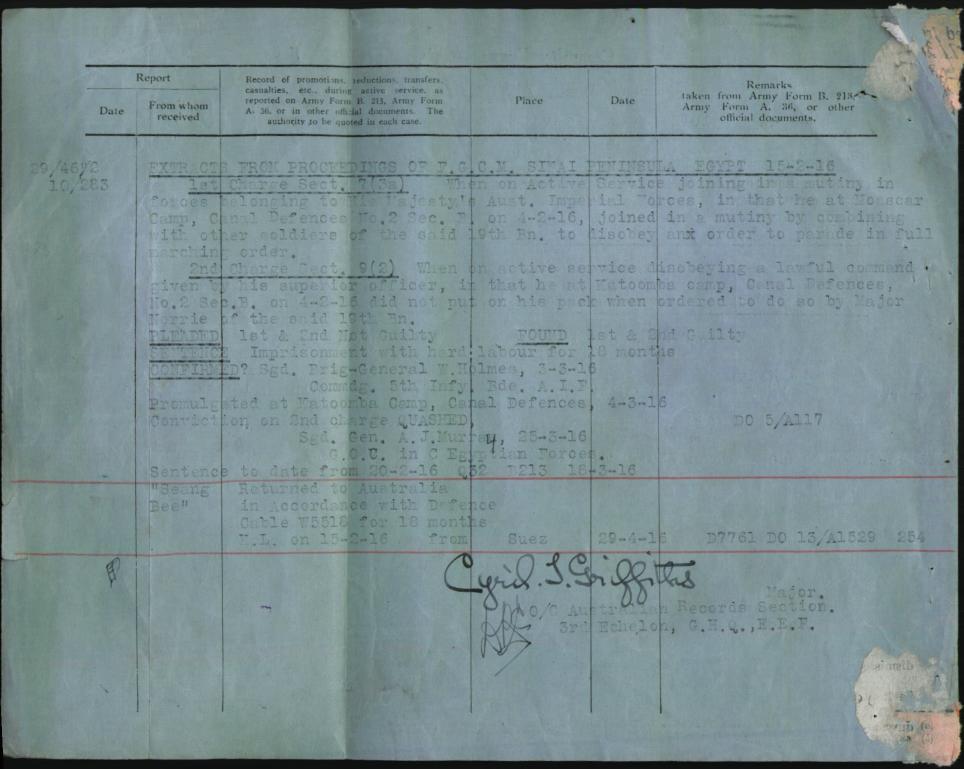




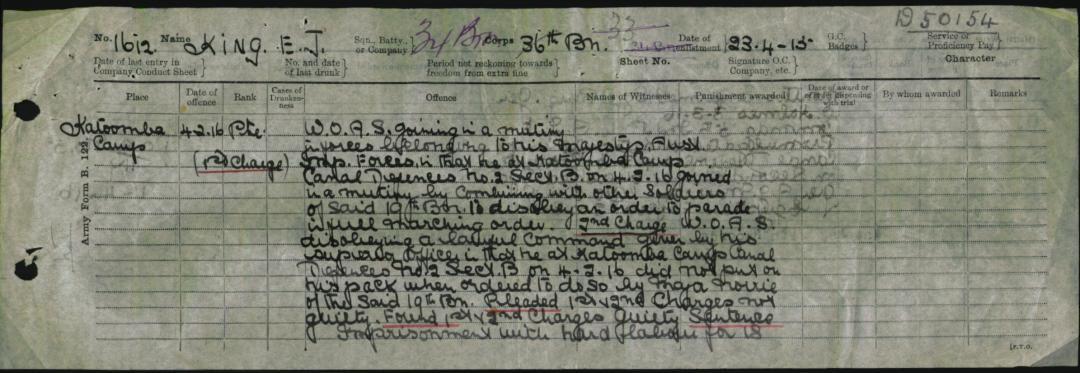

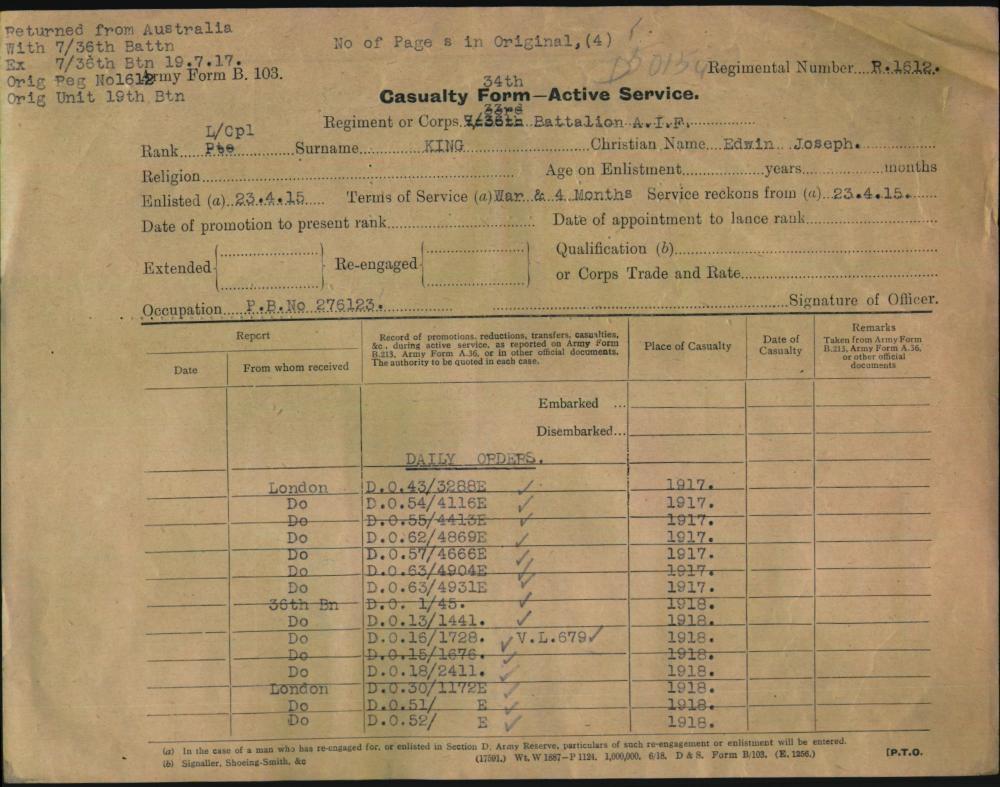
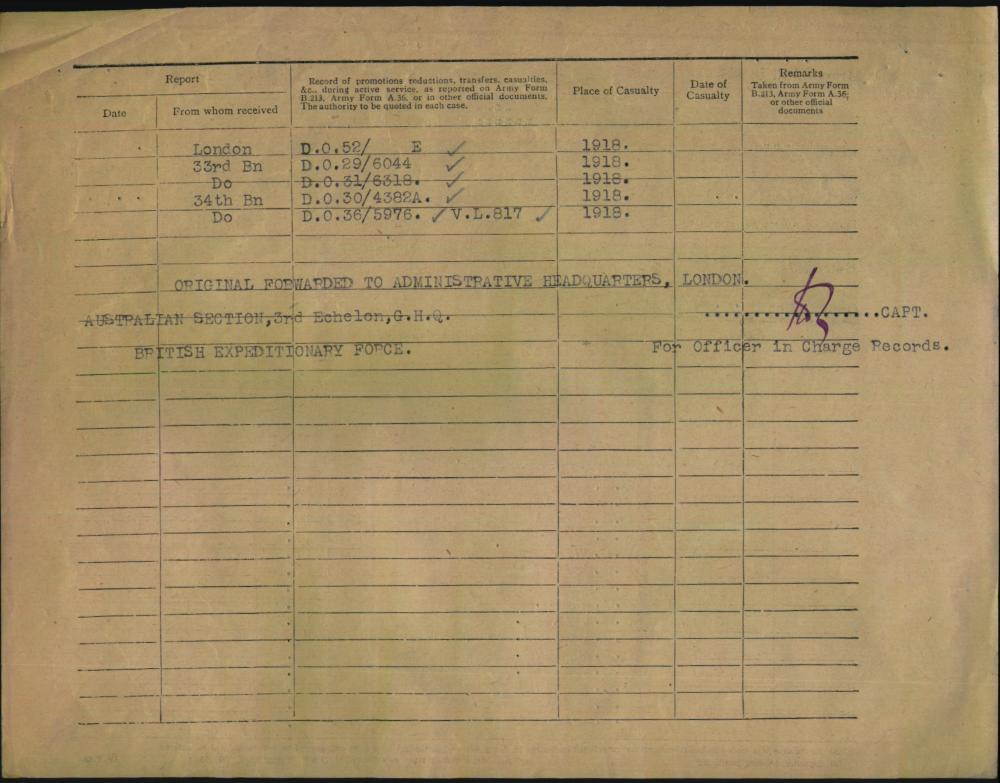

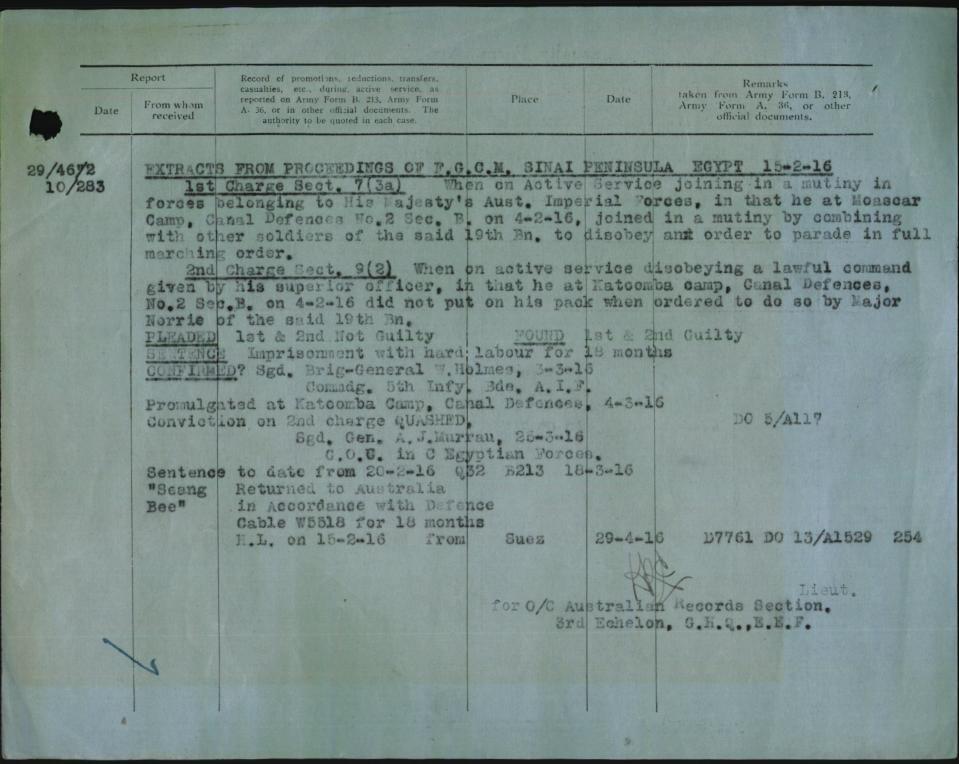
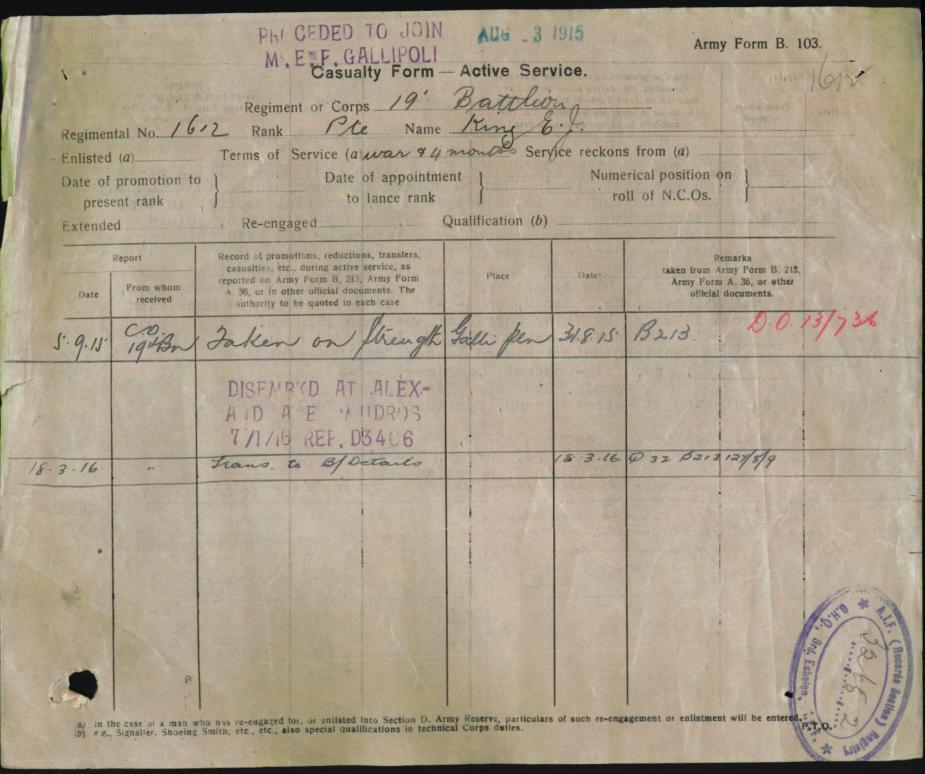

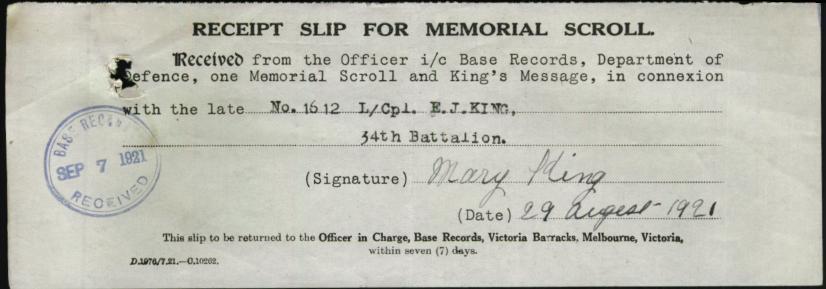
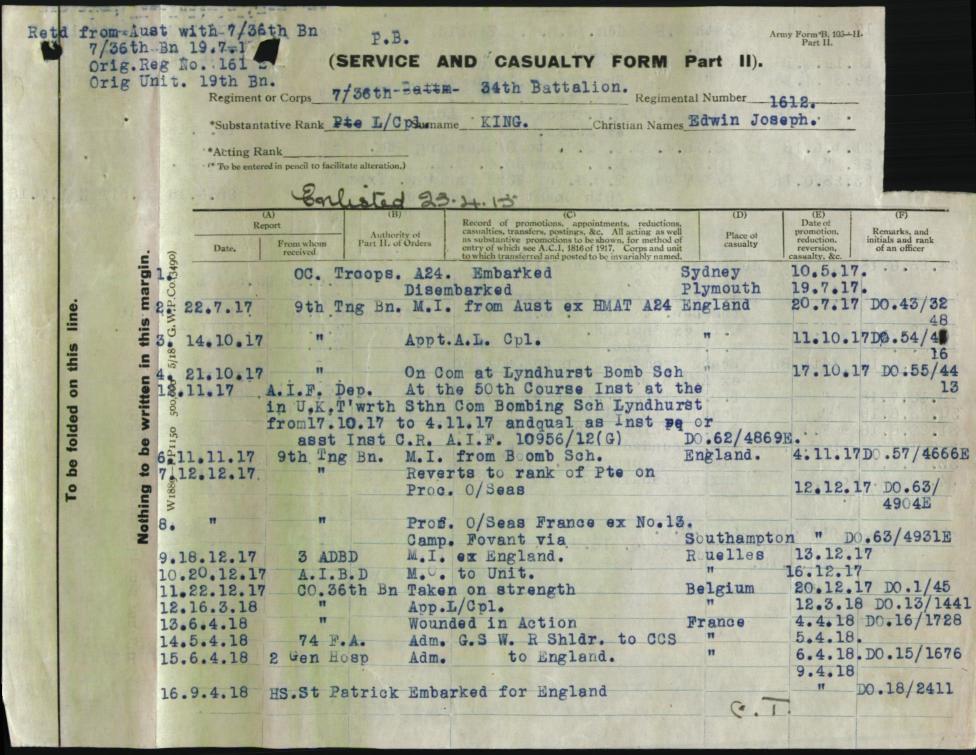
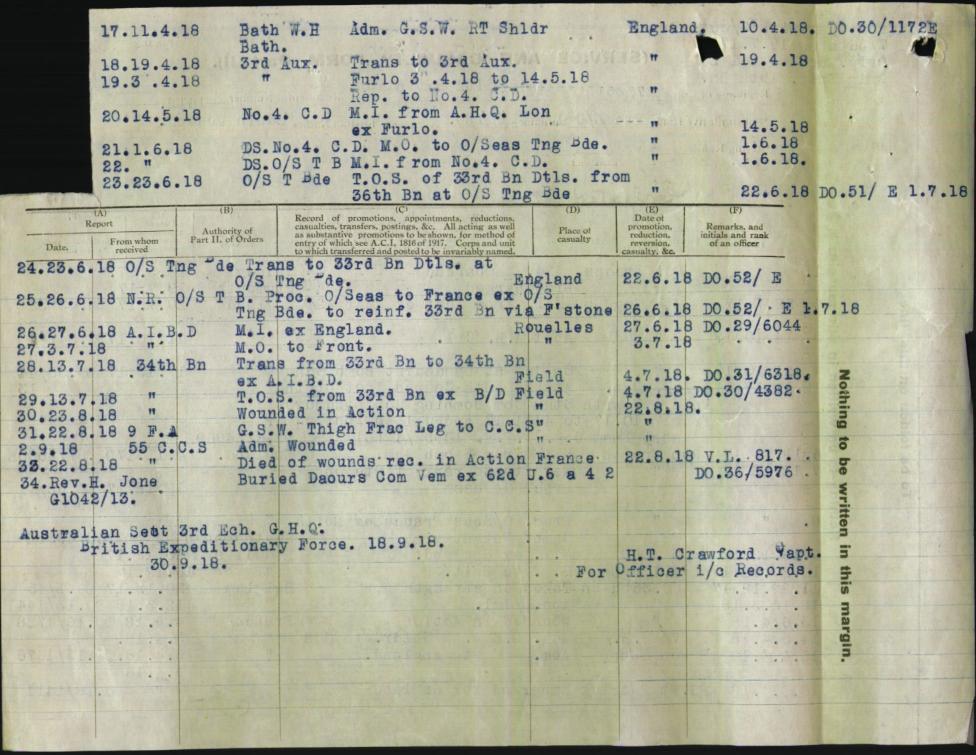

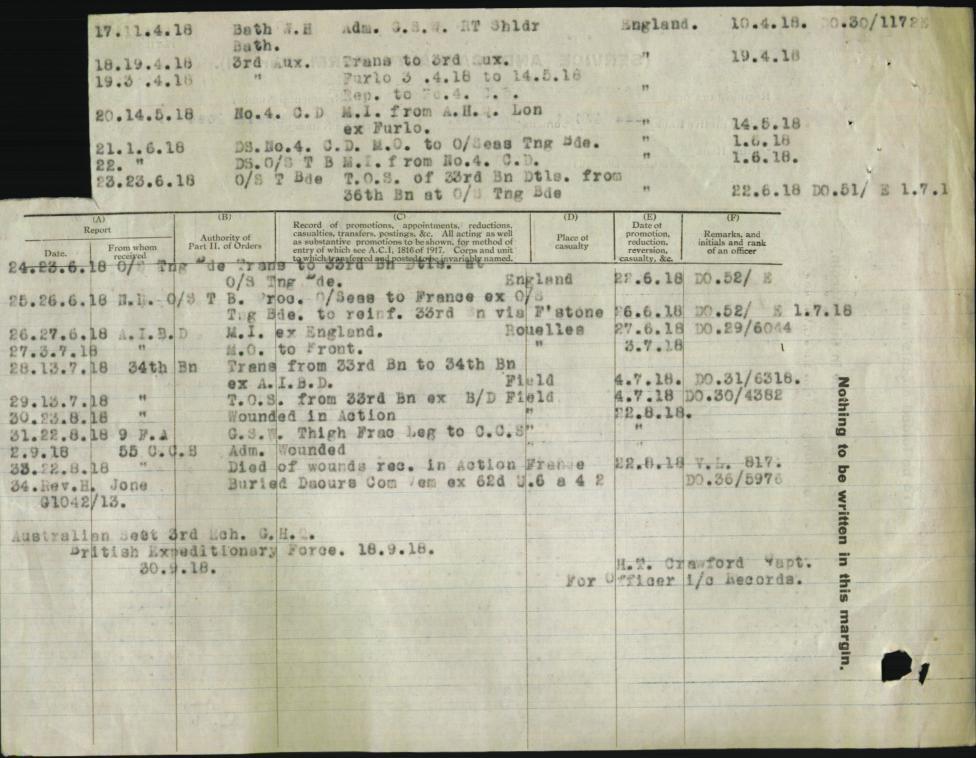
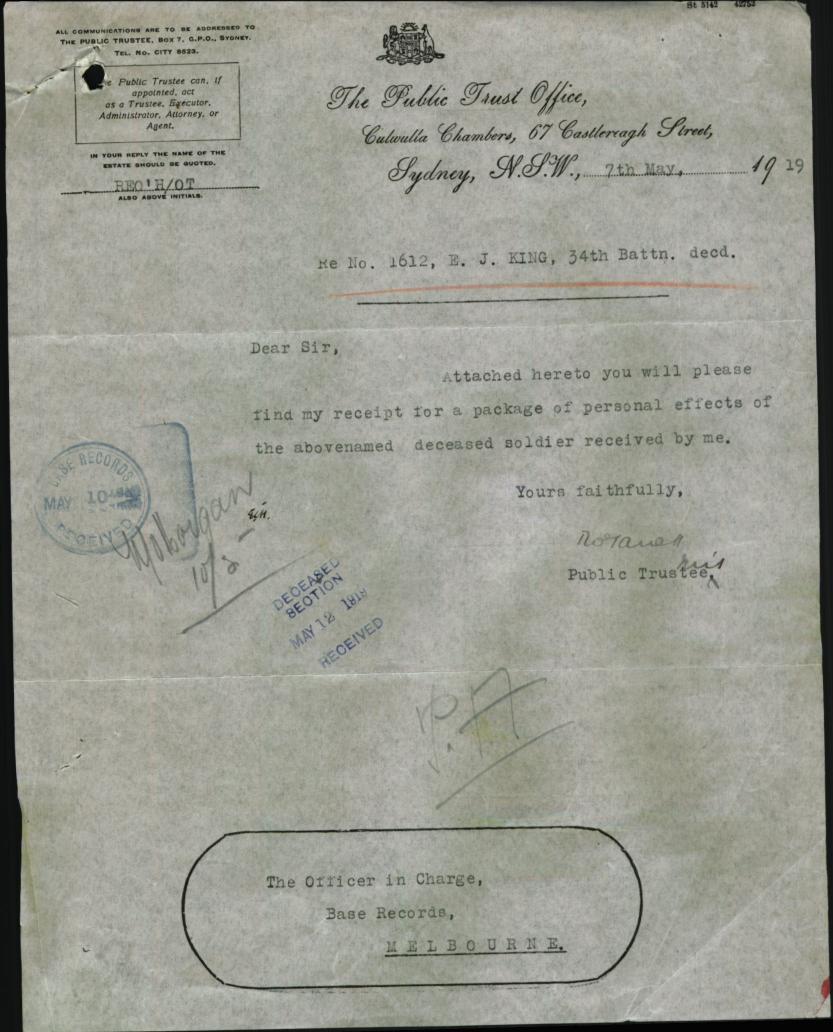


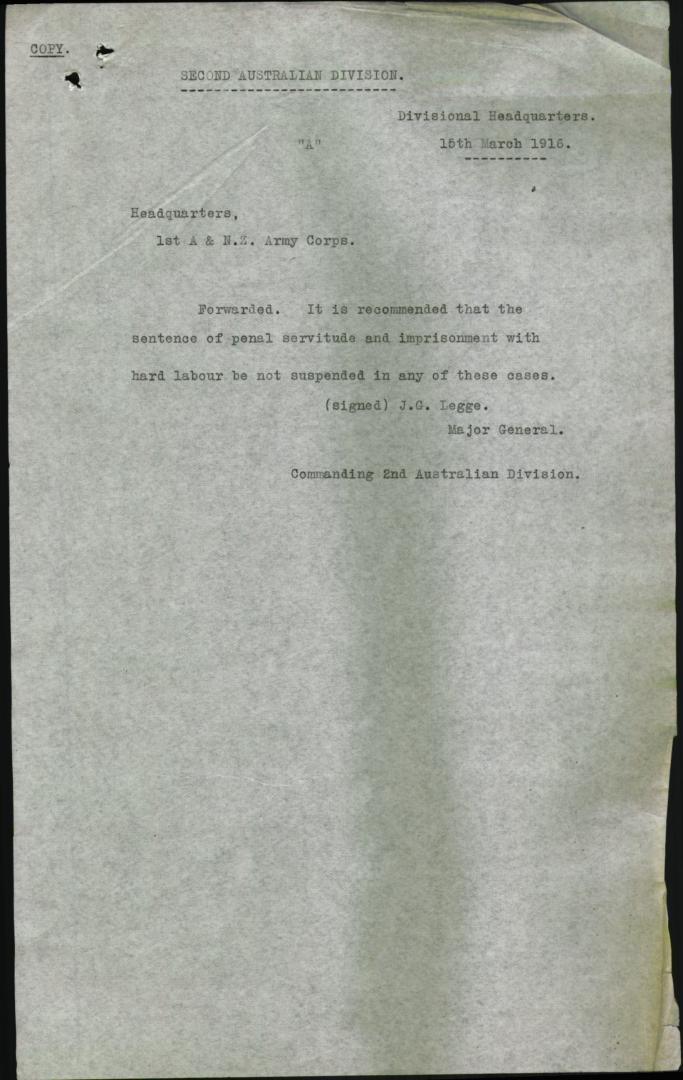
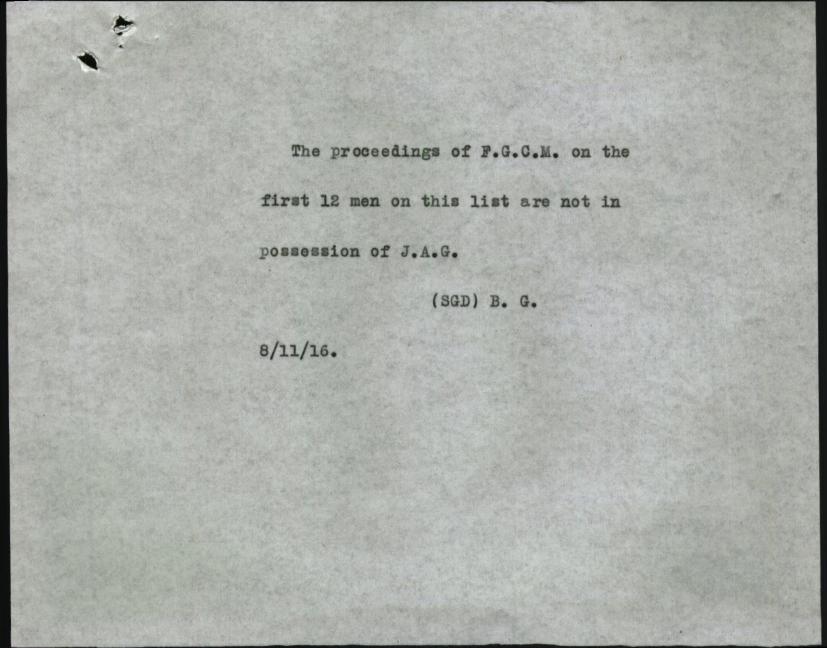
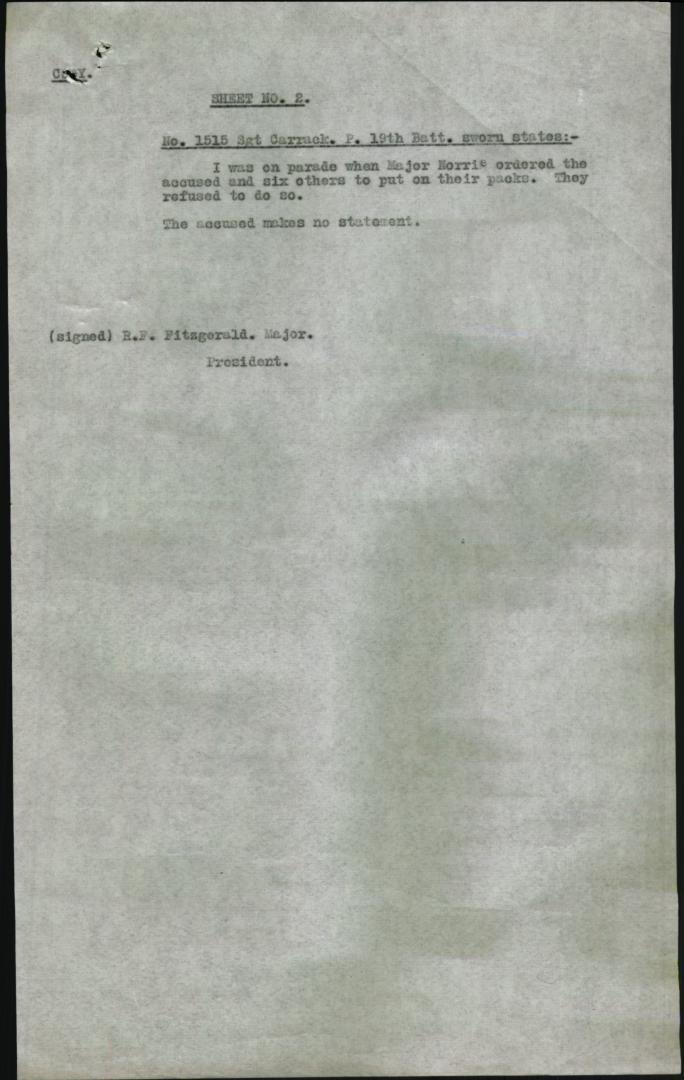
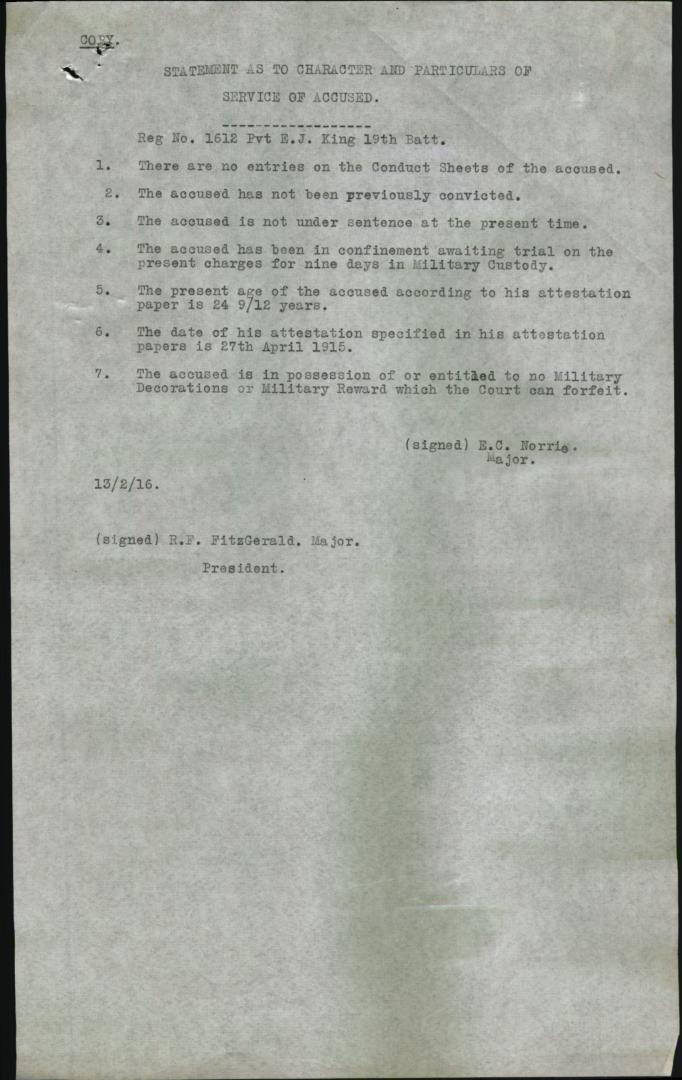

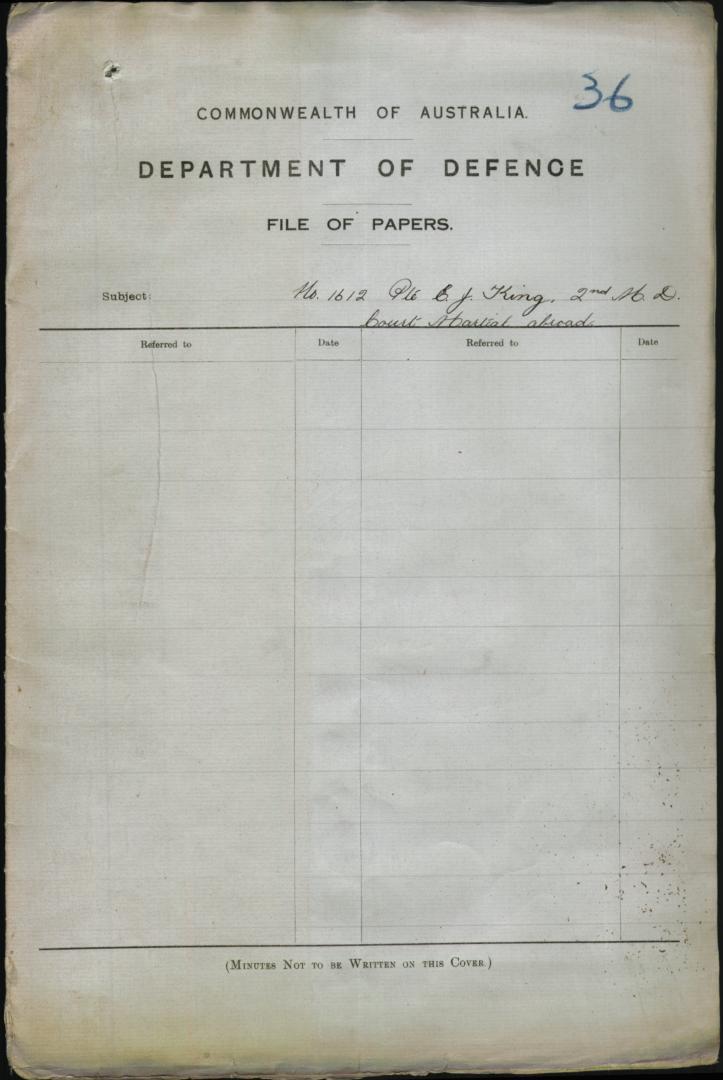
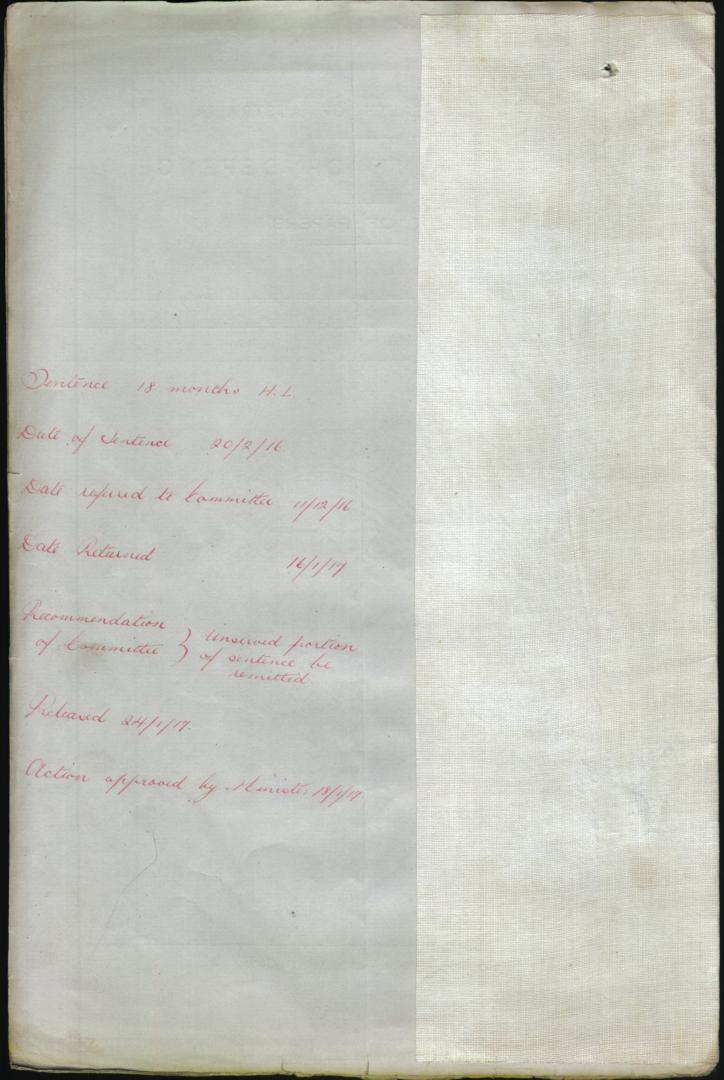
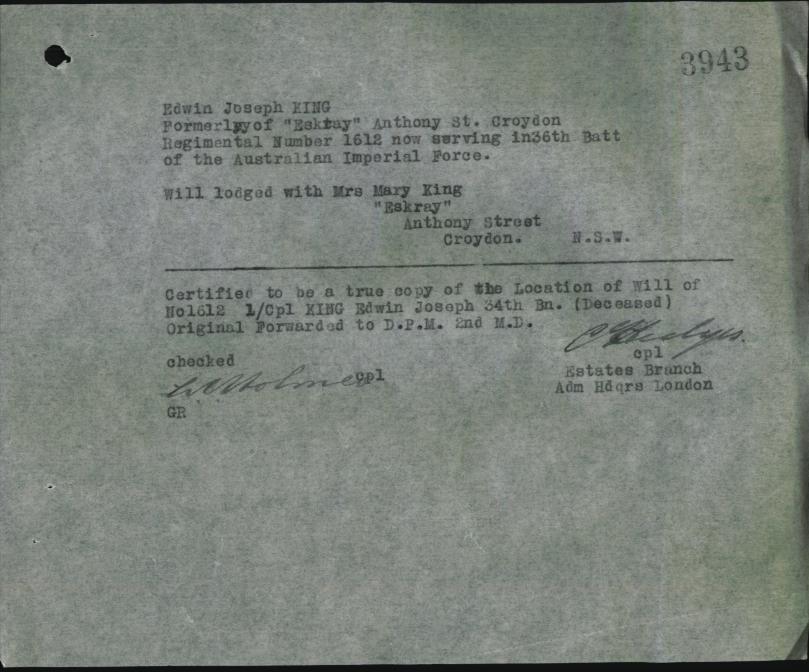
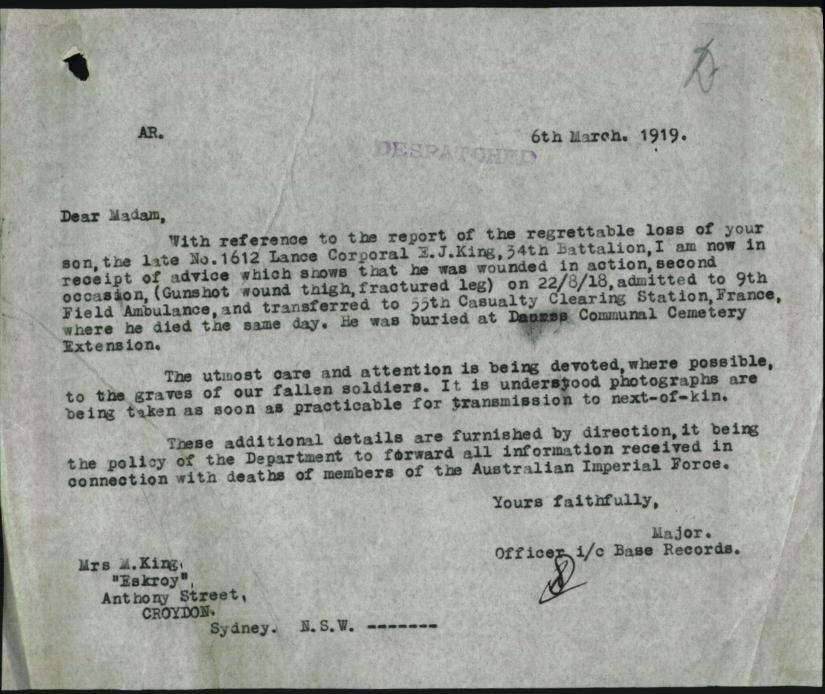
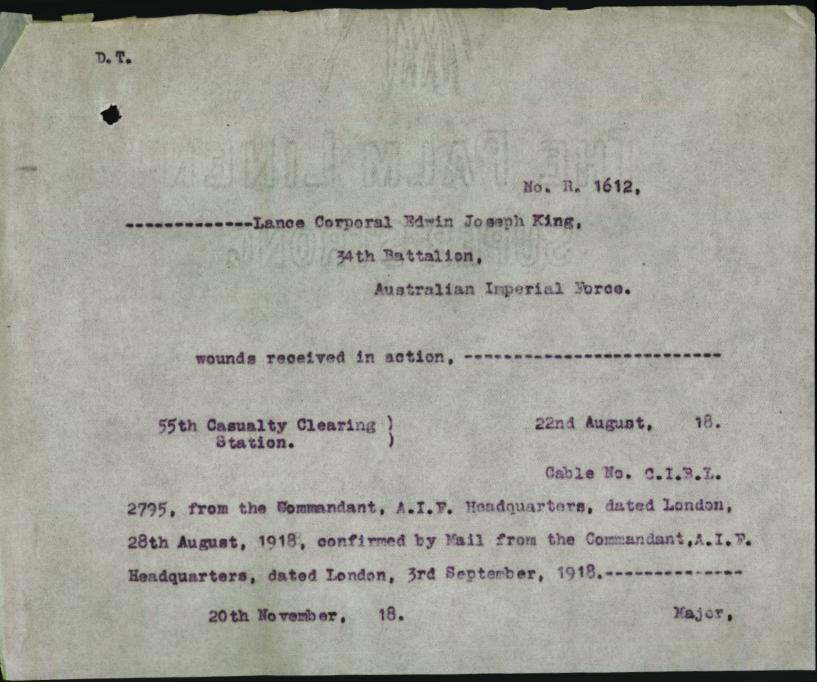

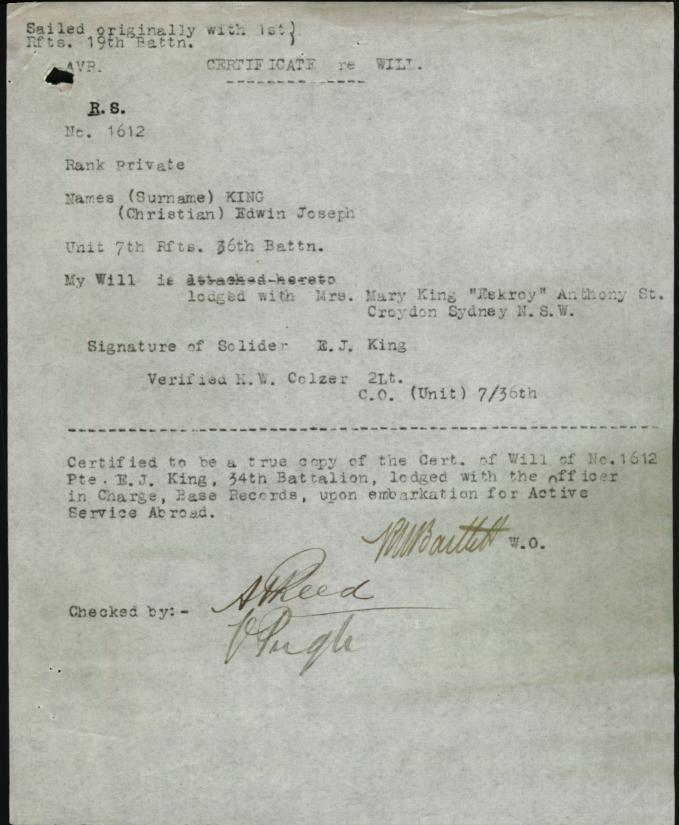

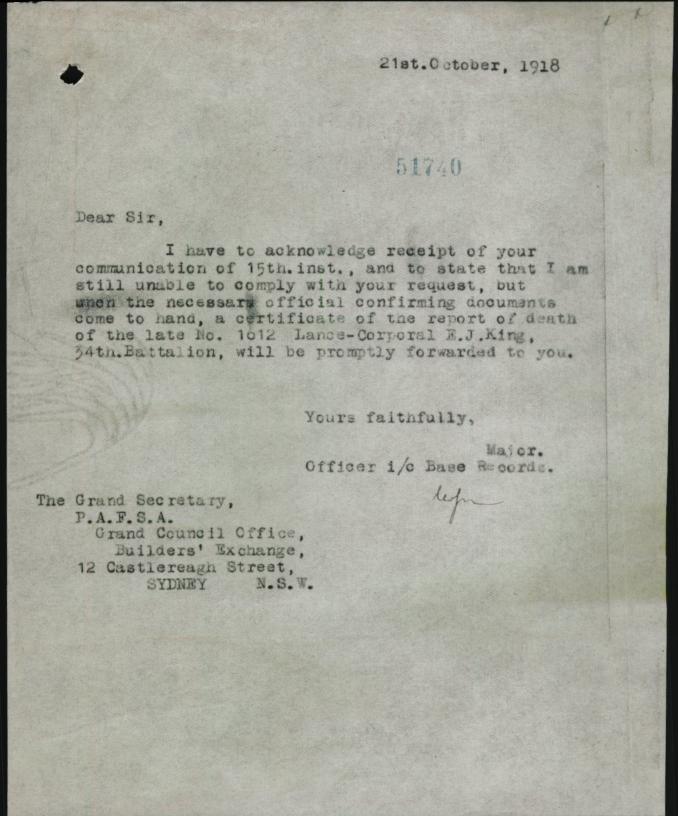
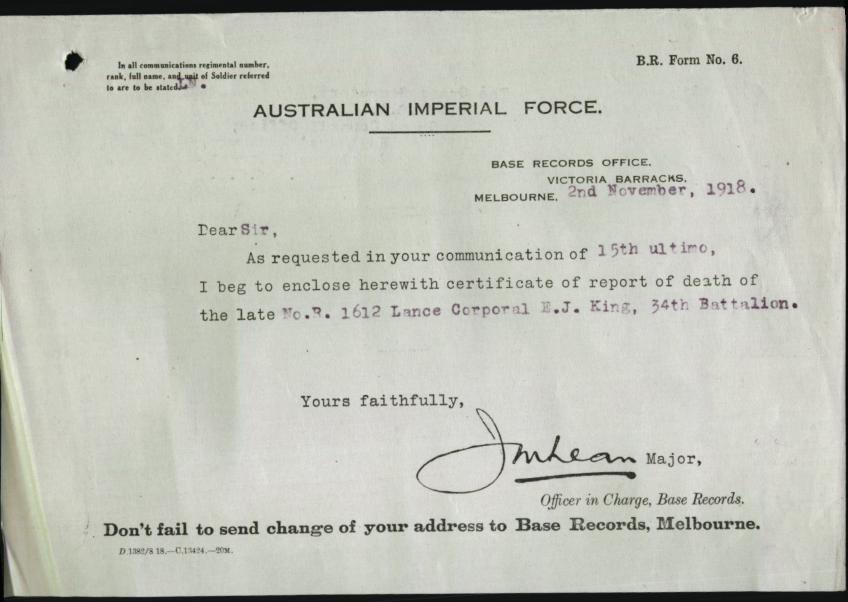
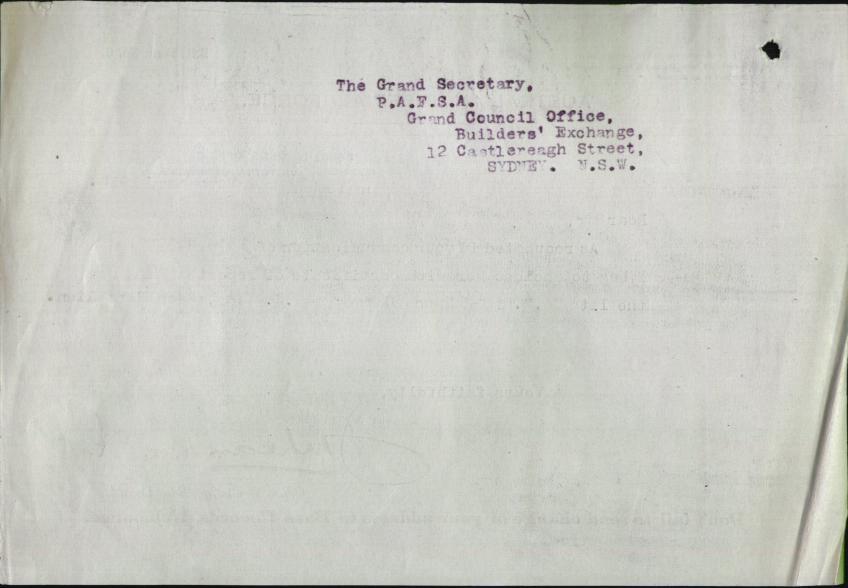
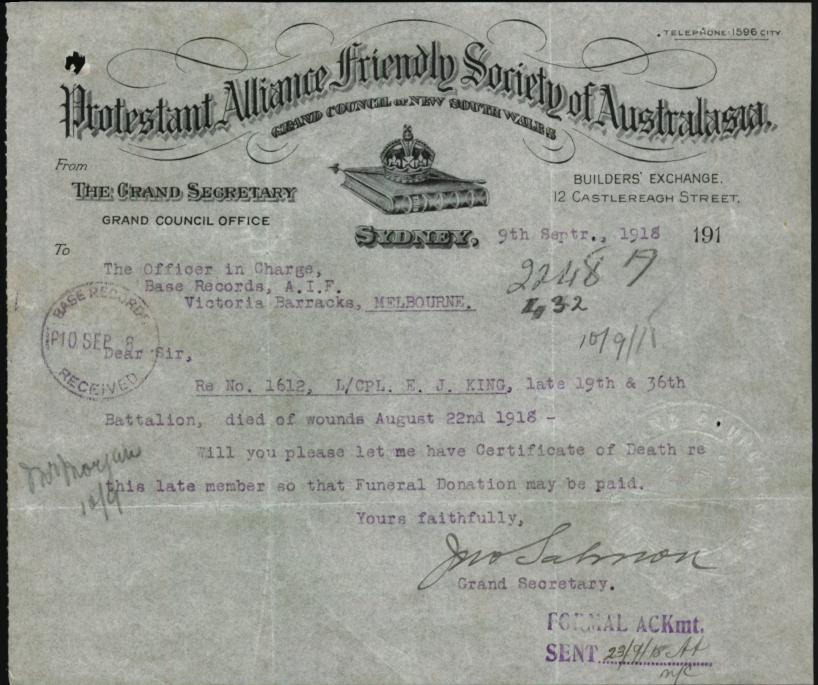
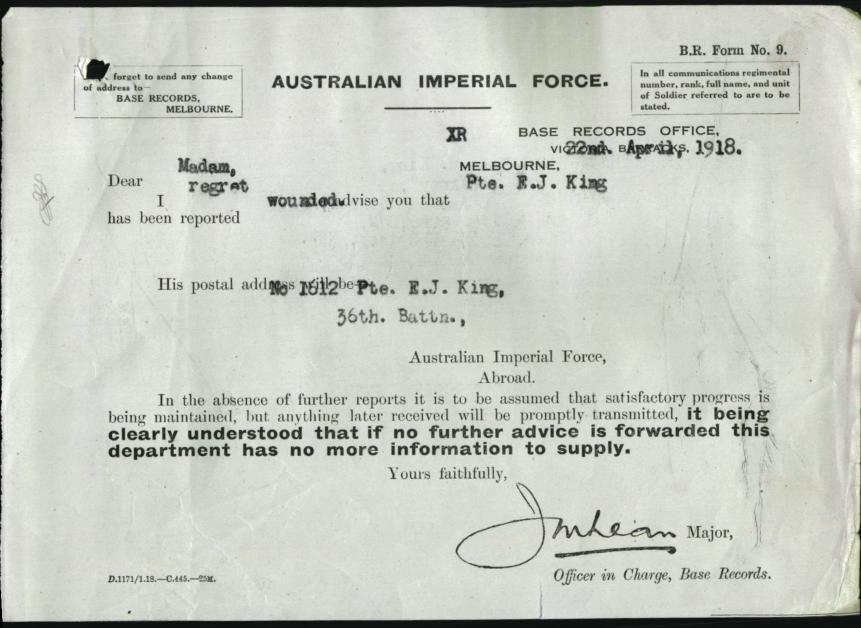

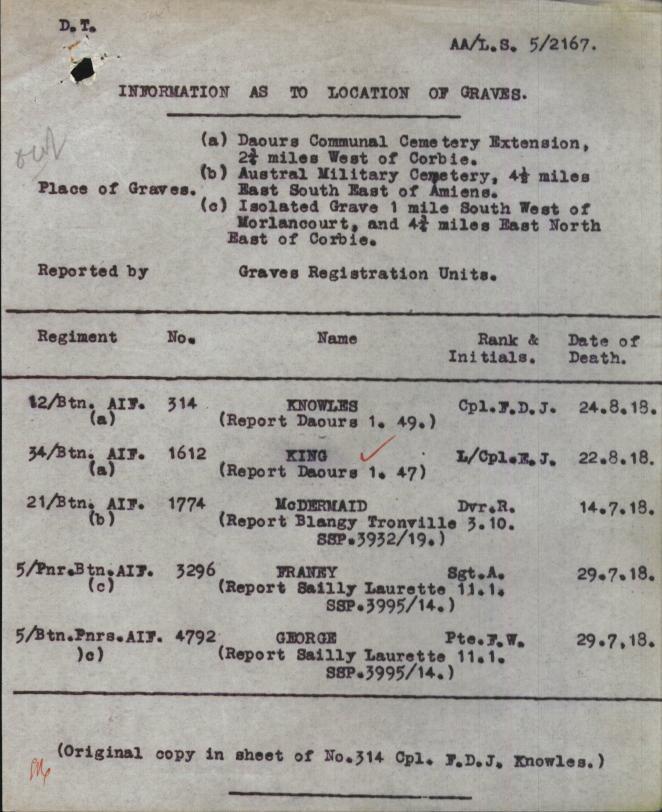
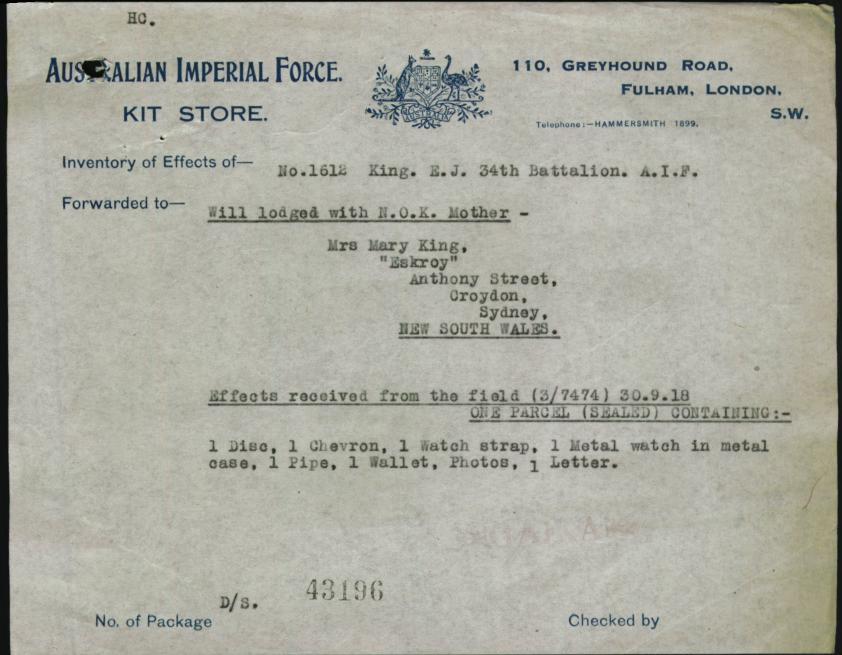

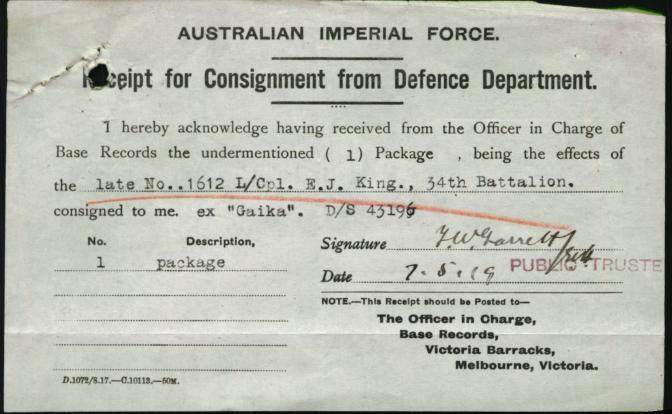

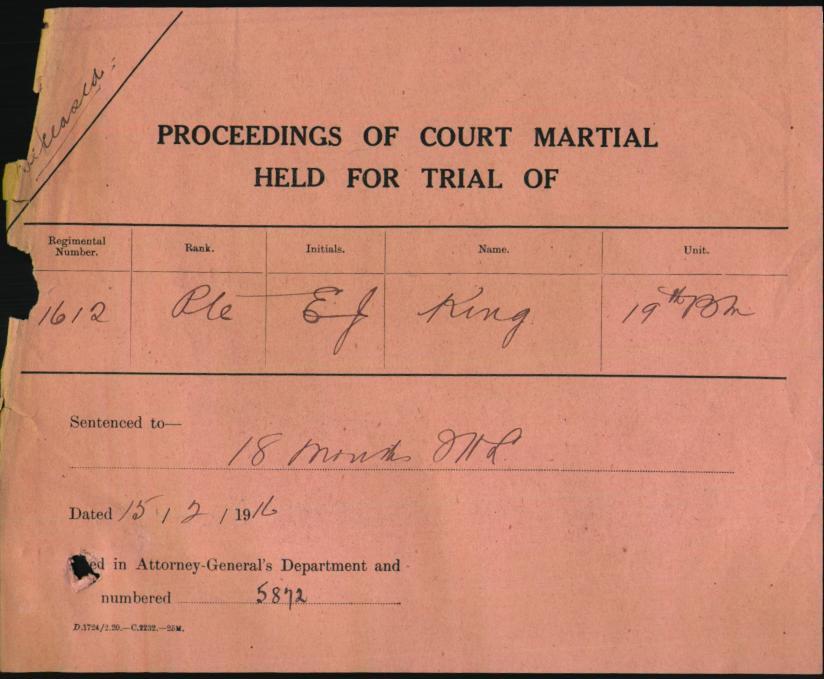
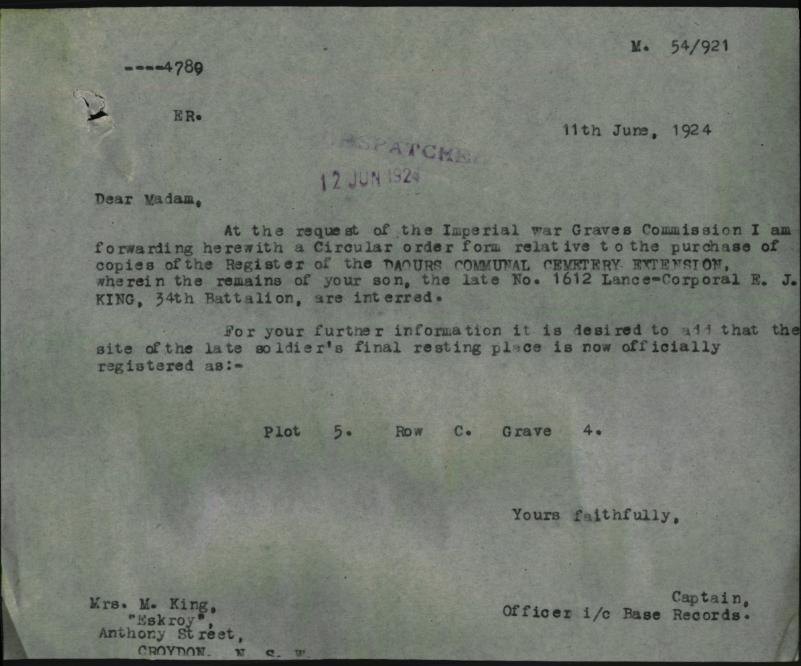
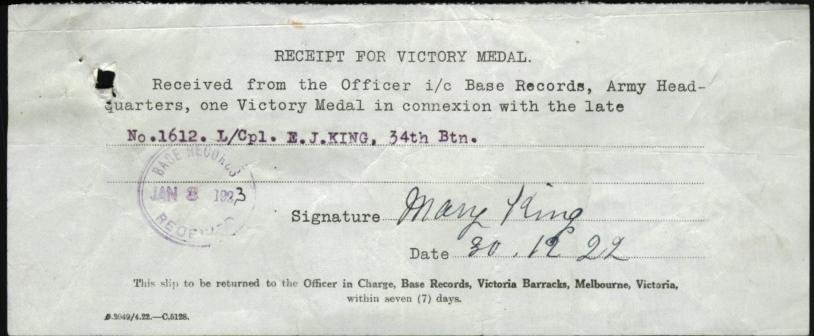
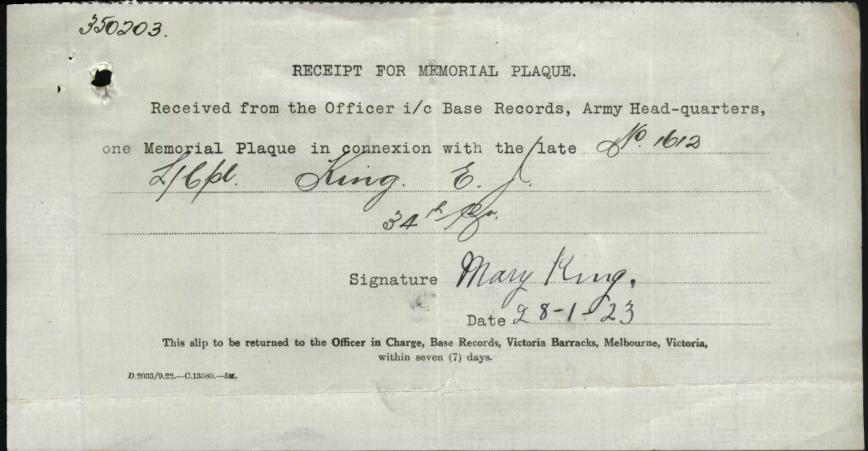

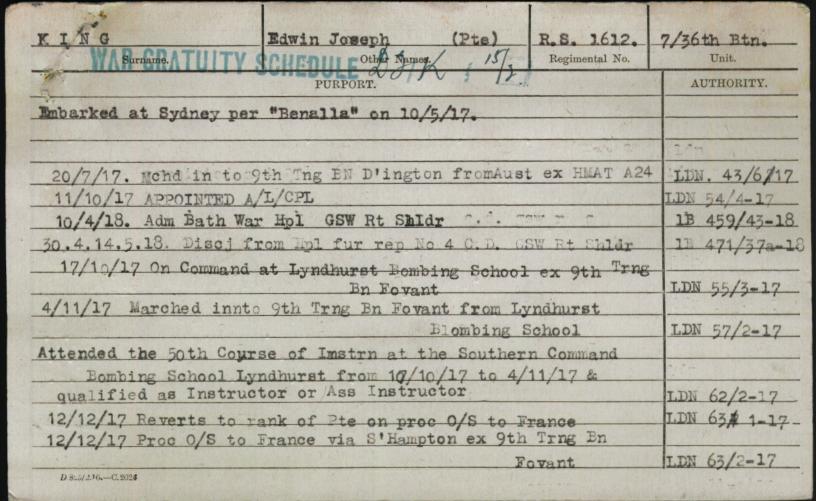



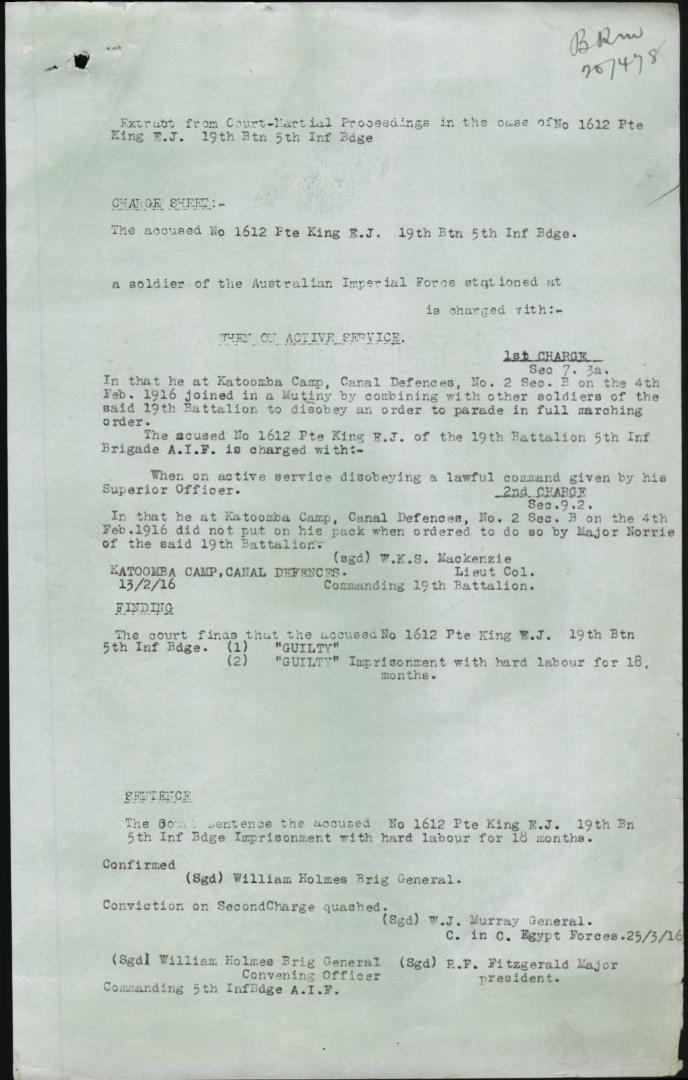
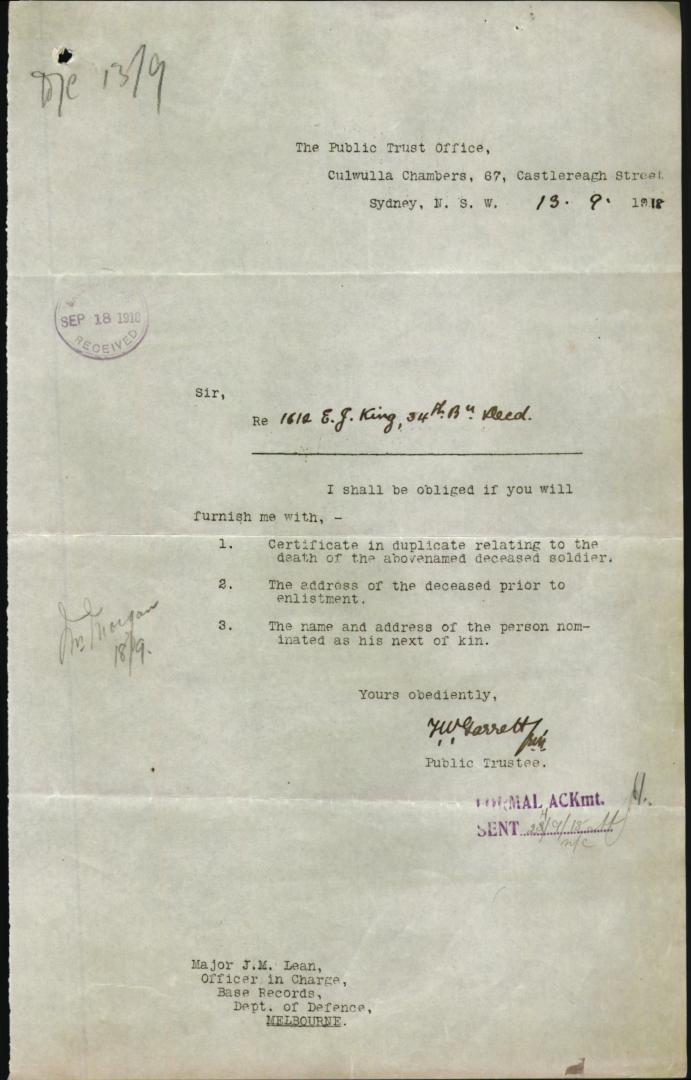
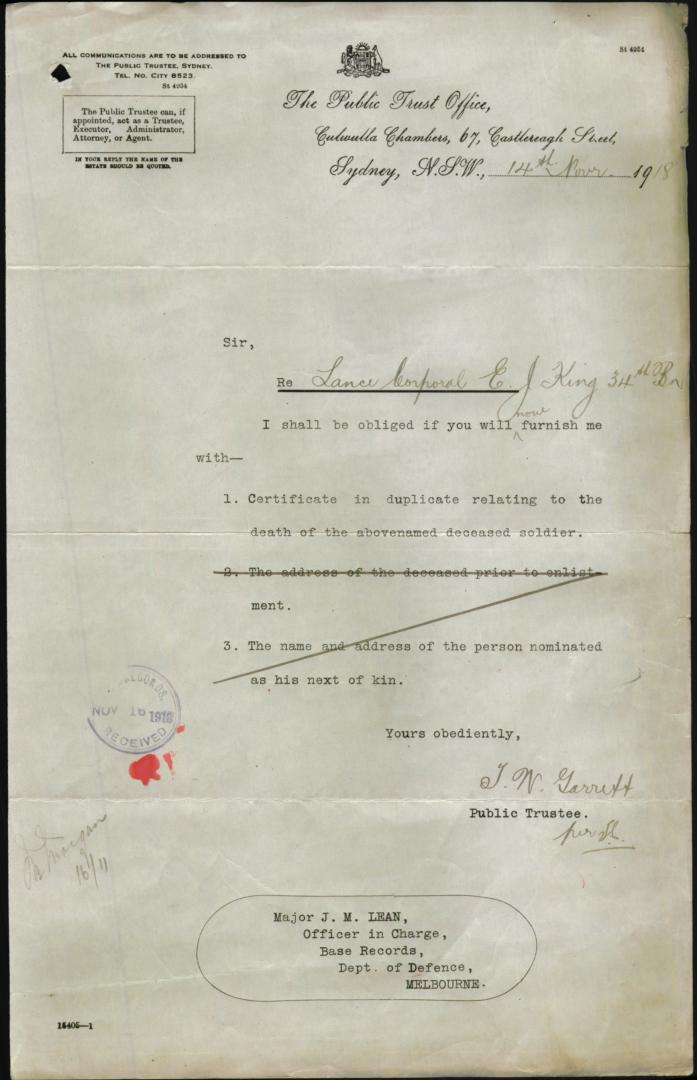
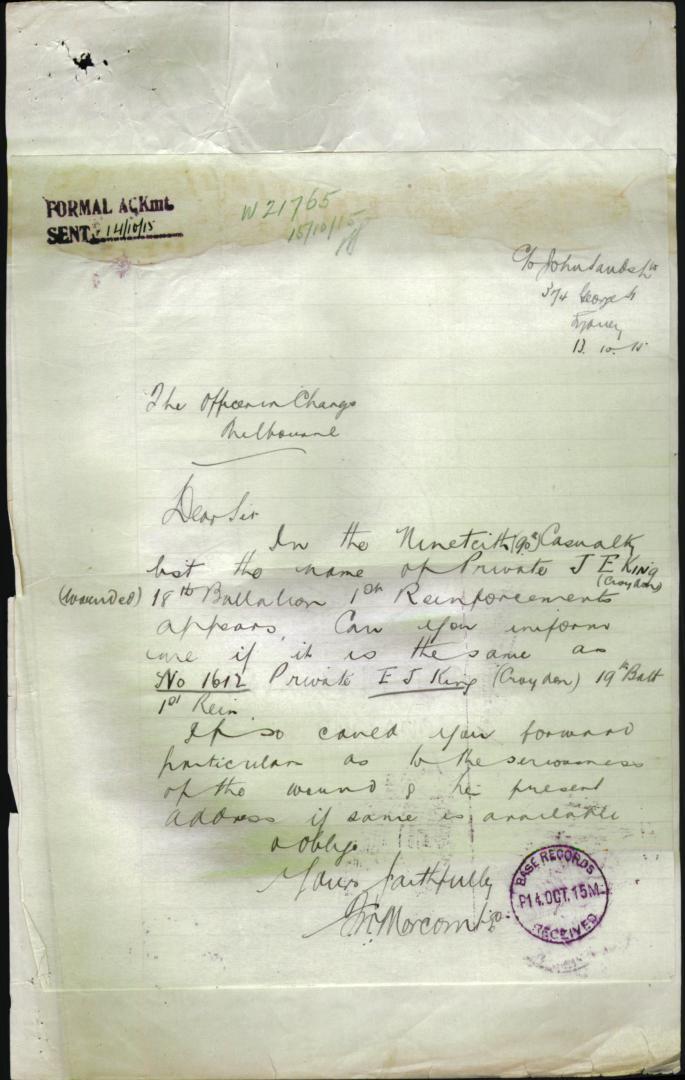
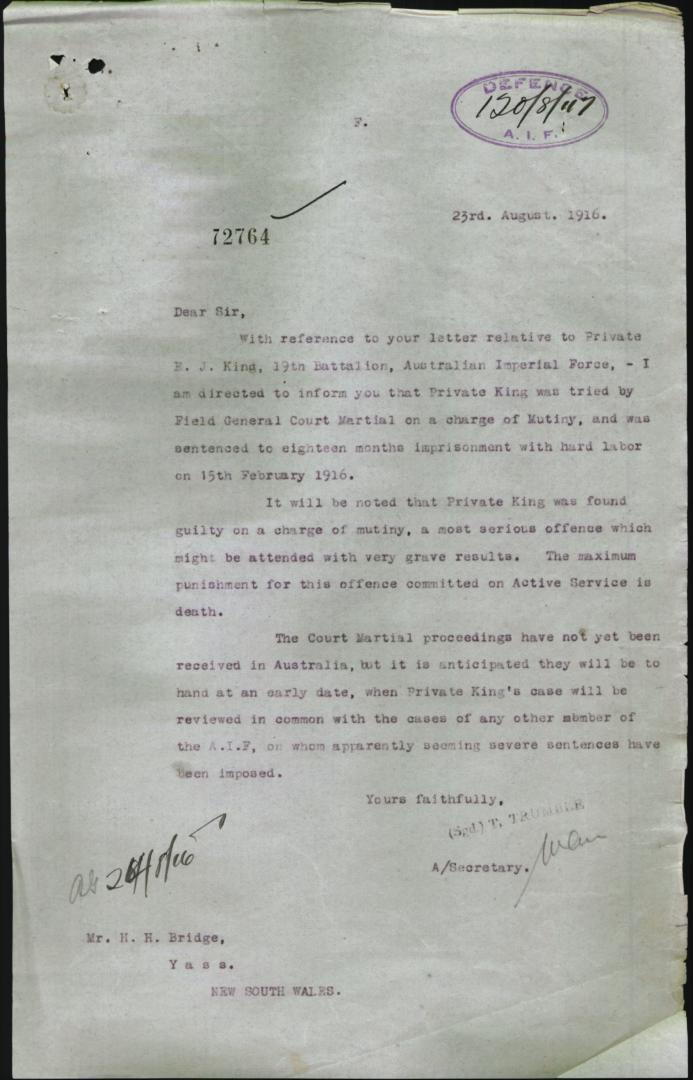


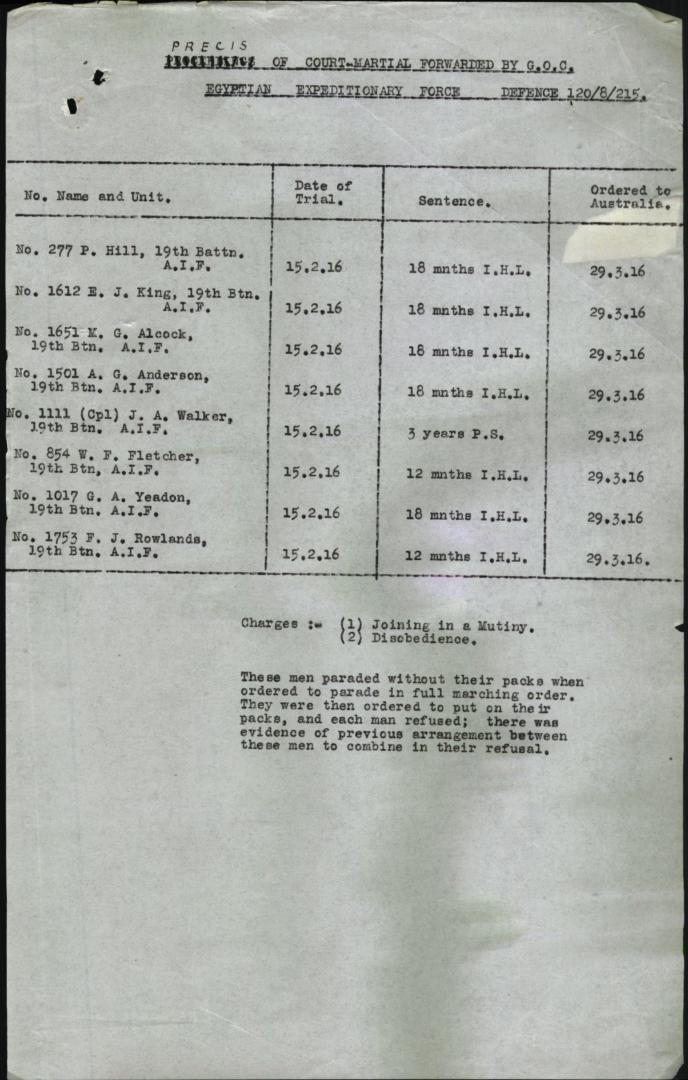

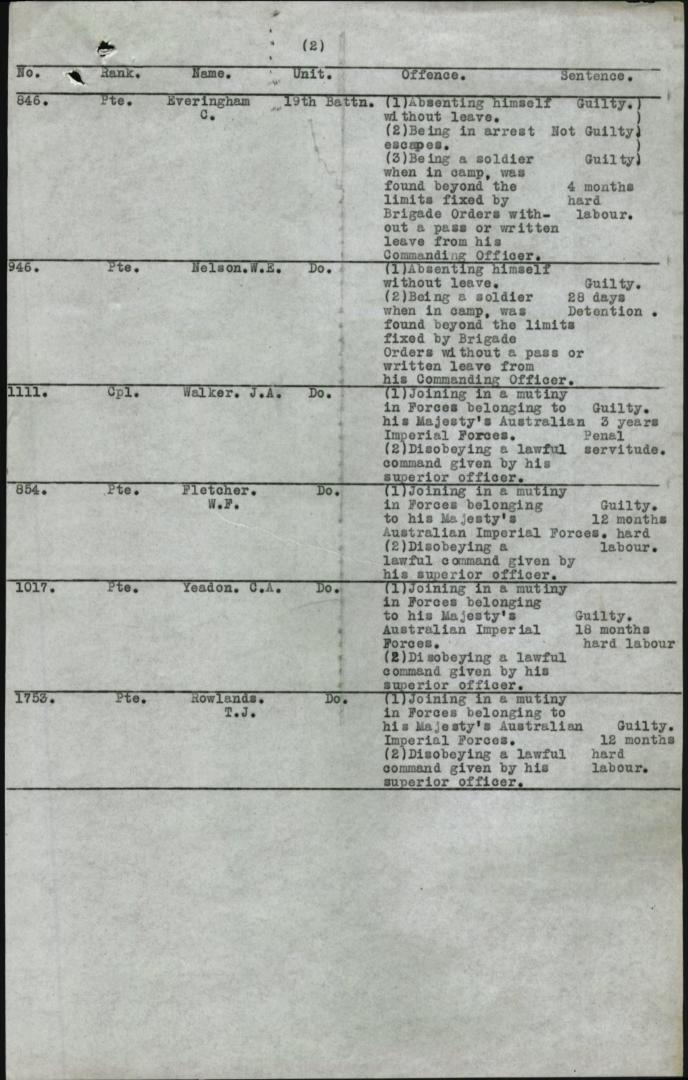
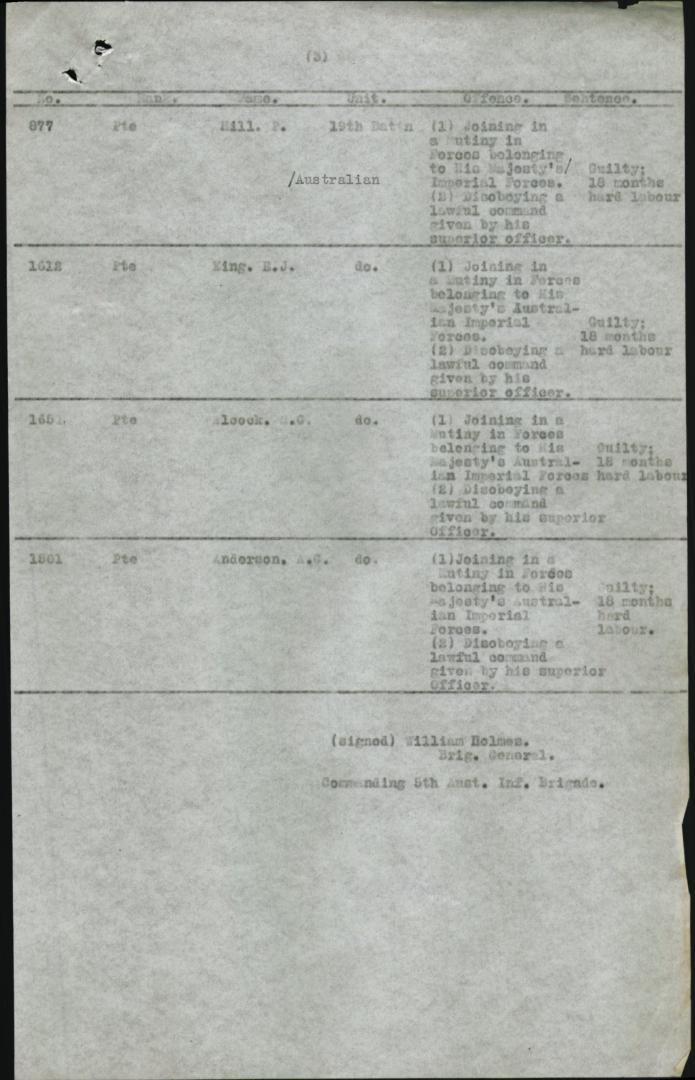

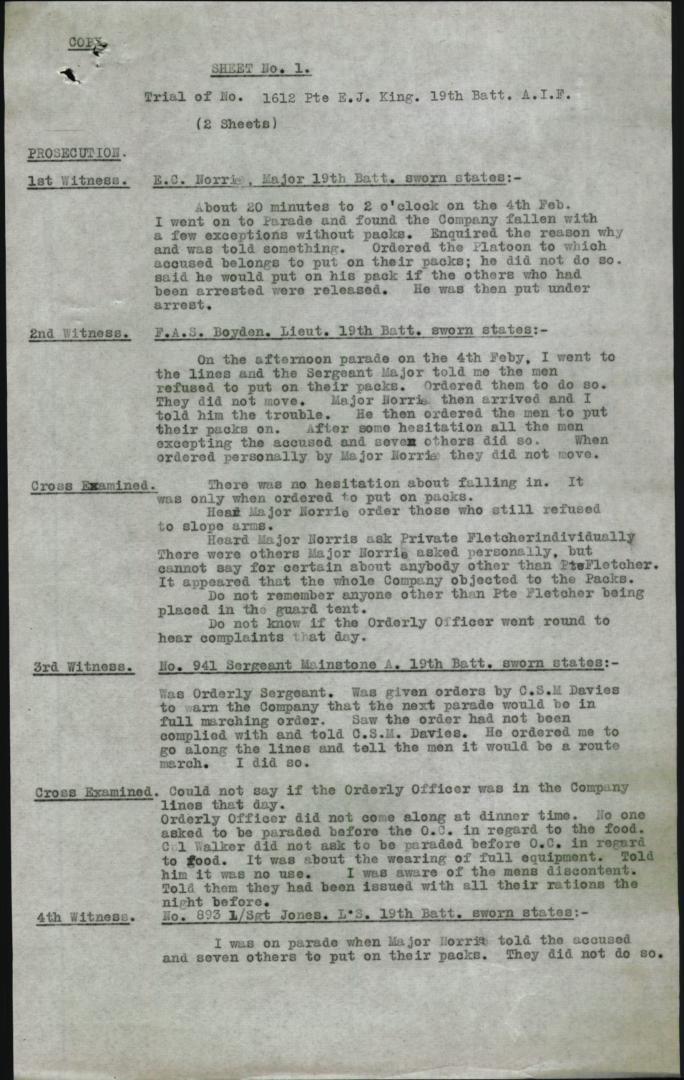

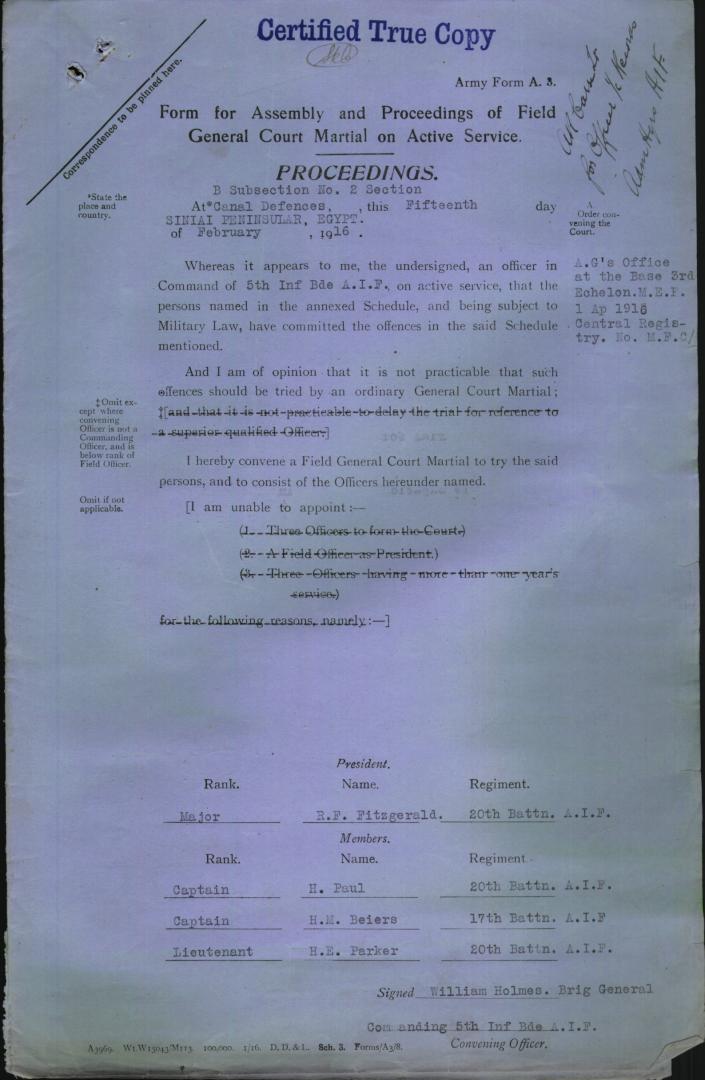
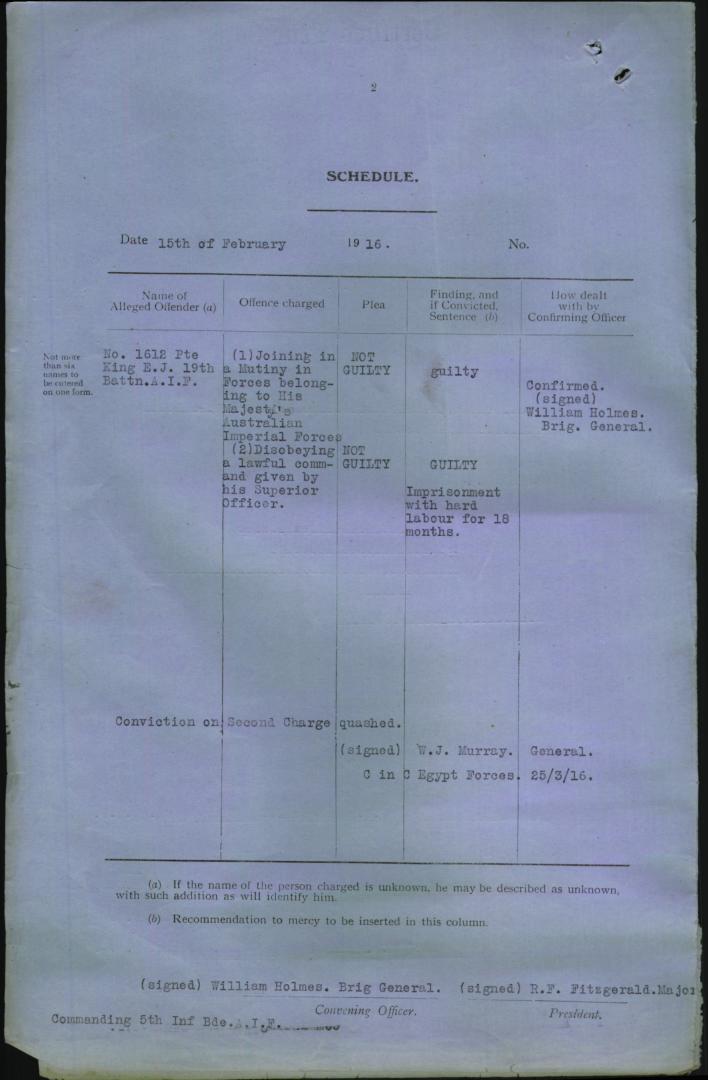



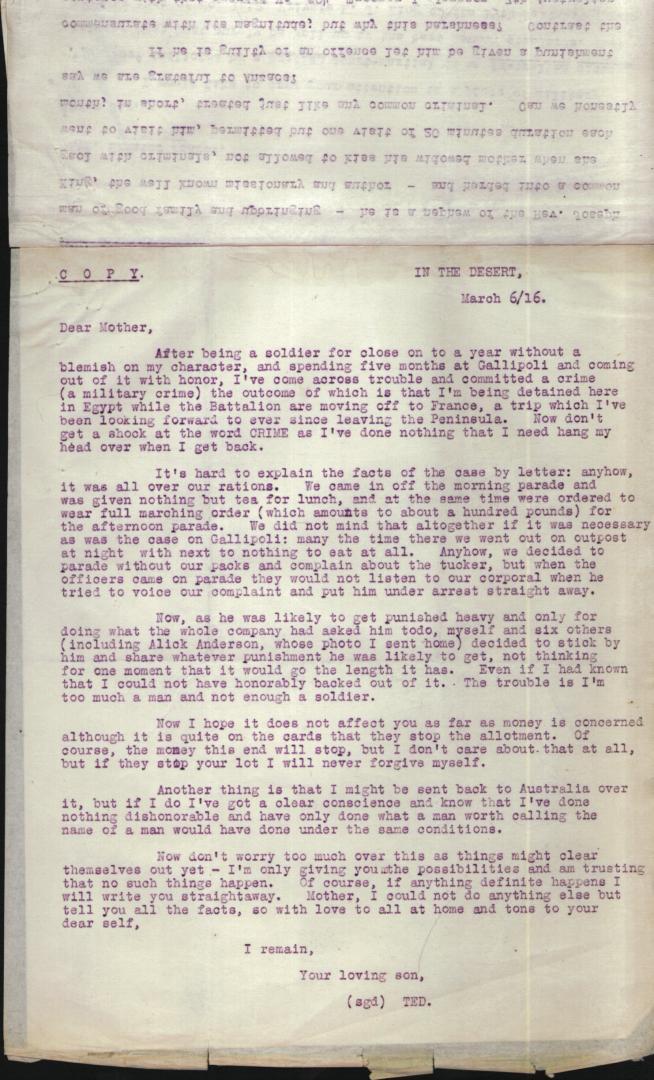
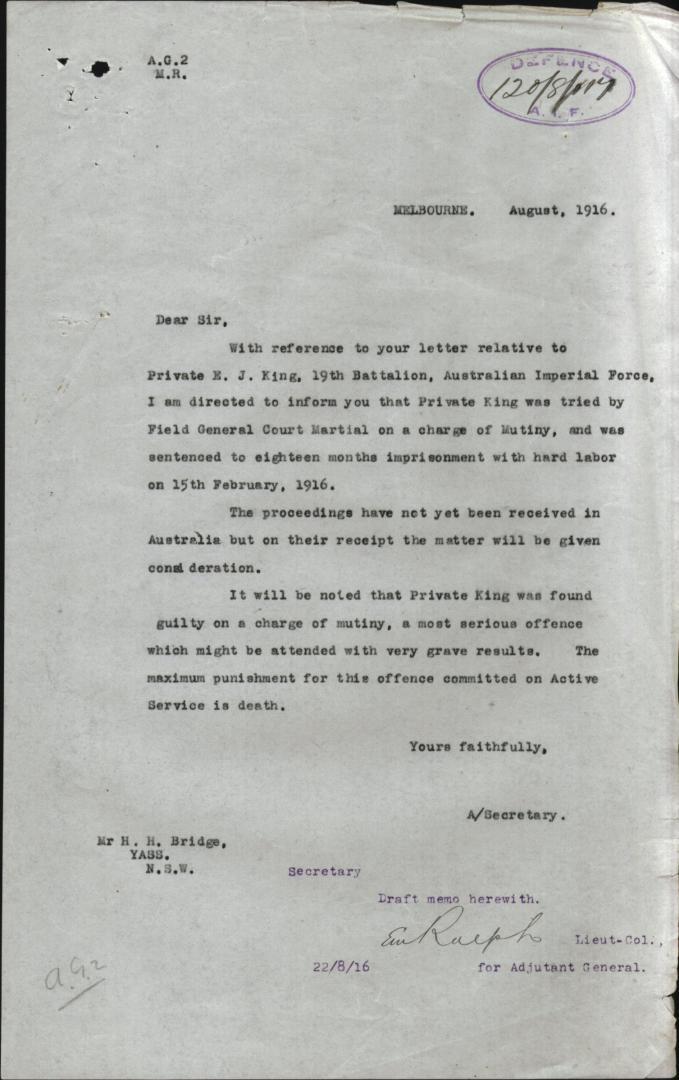
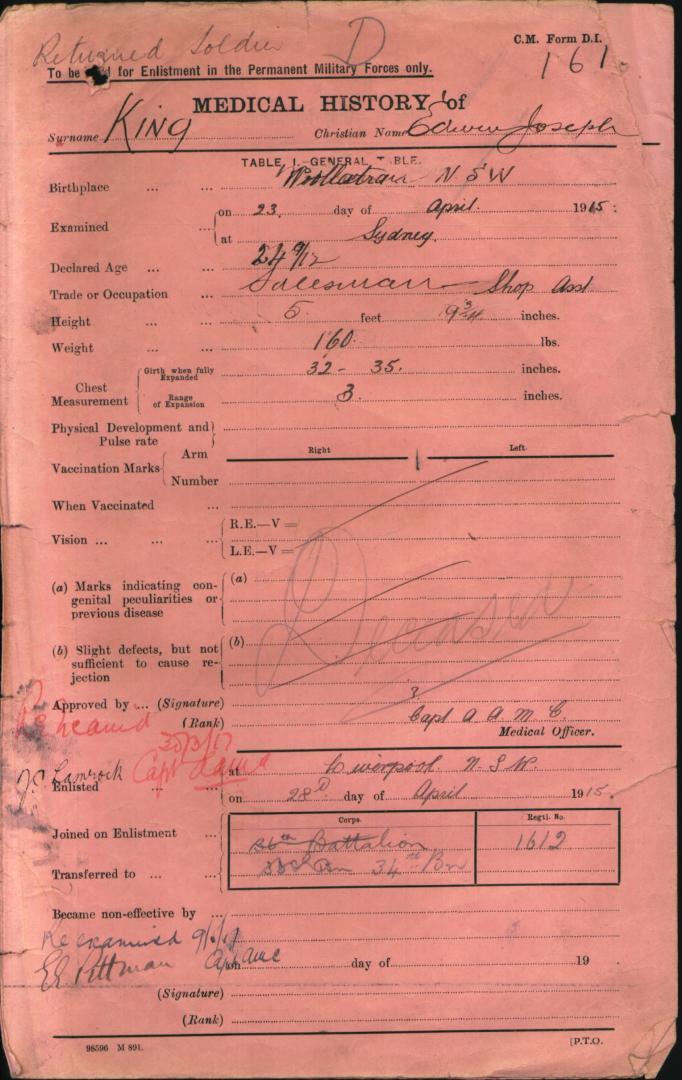


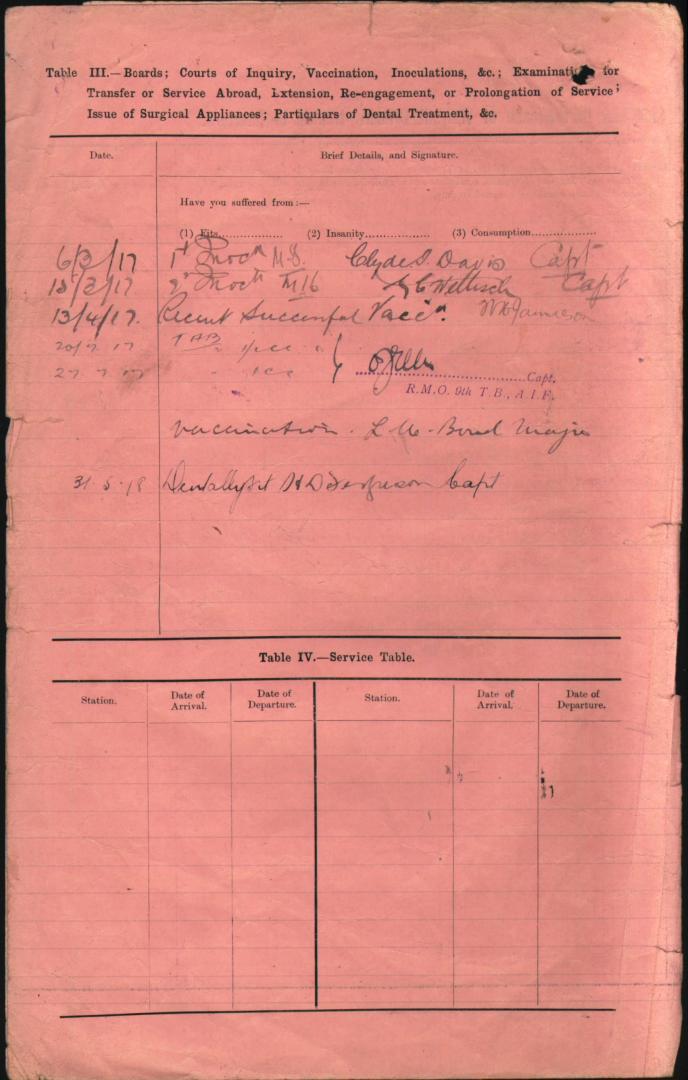
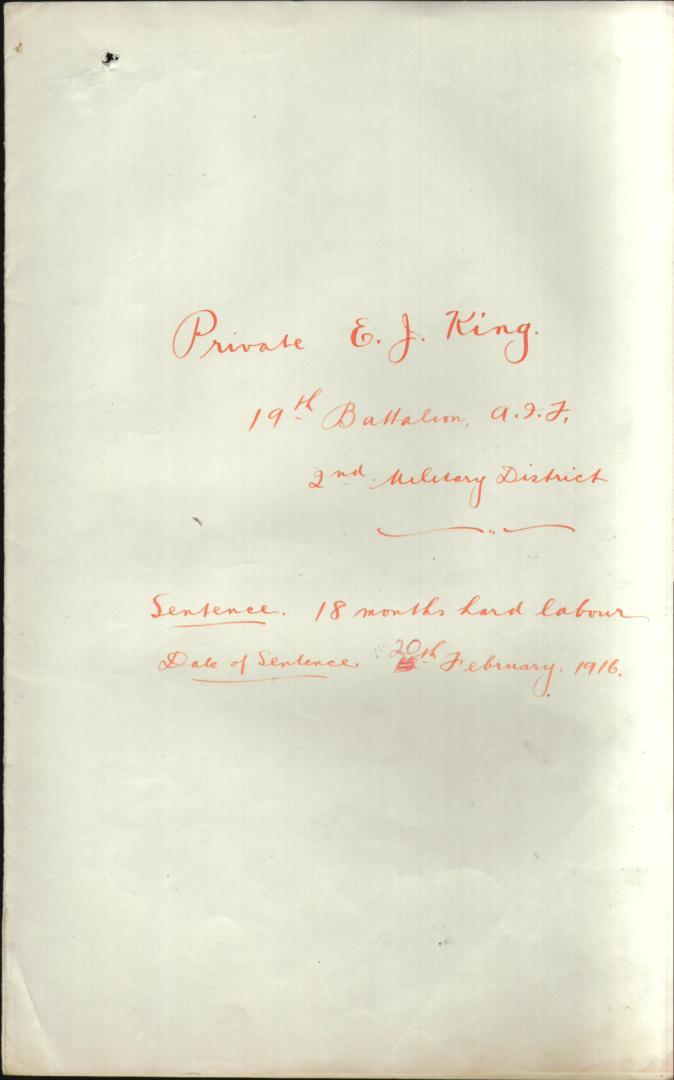
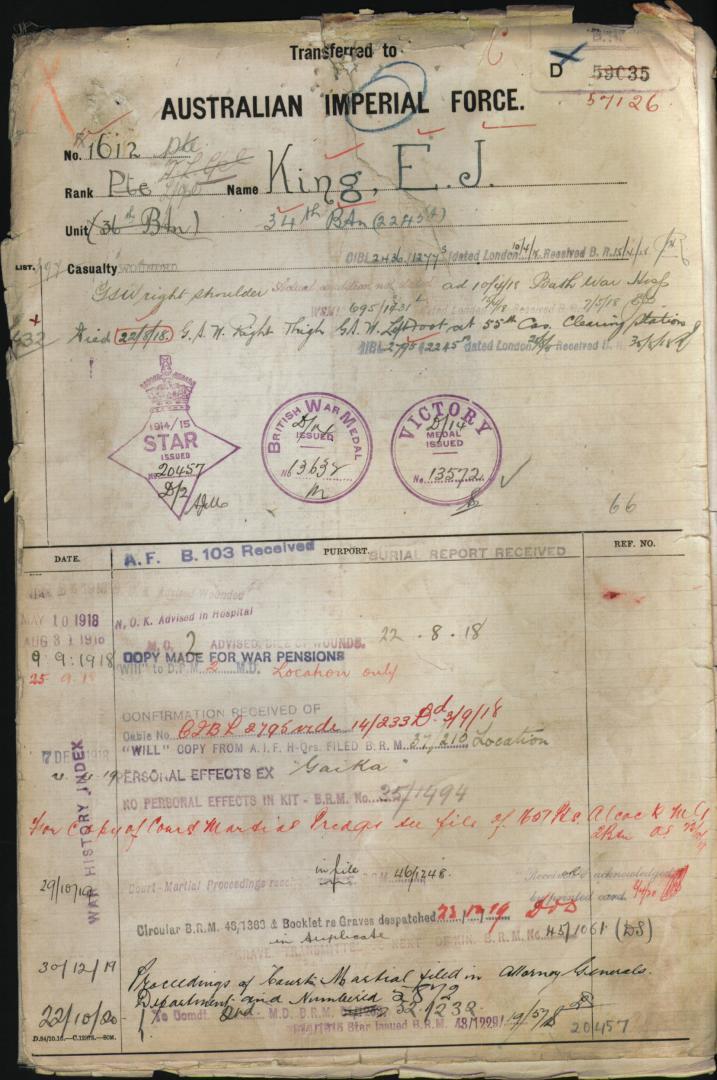
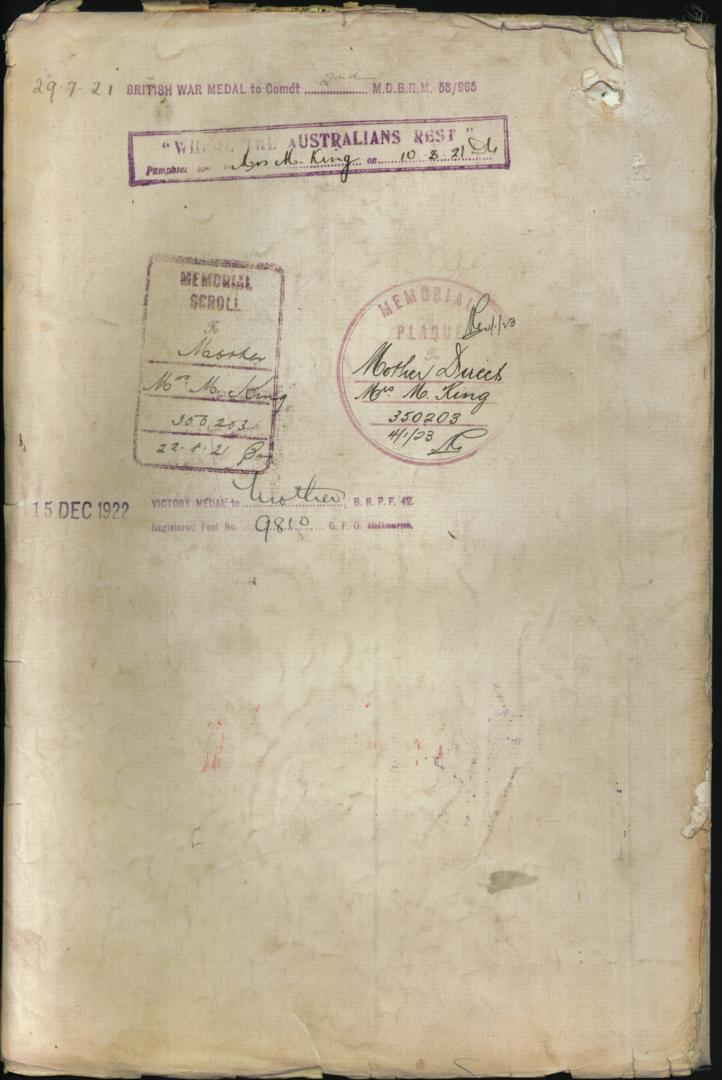
Australian National Archives
Under Construction; 30/07/2008-30/01/2021.
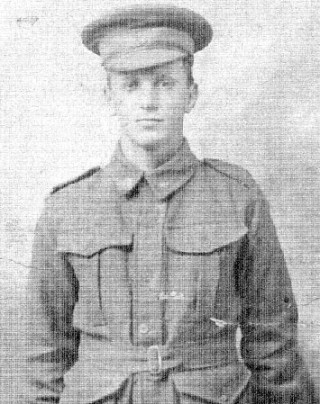

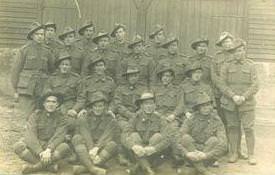
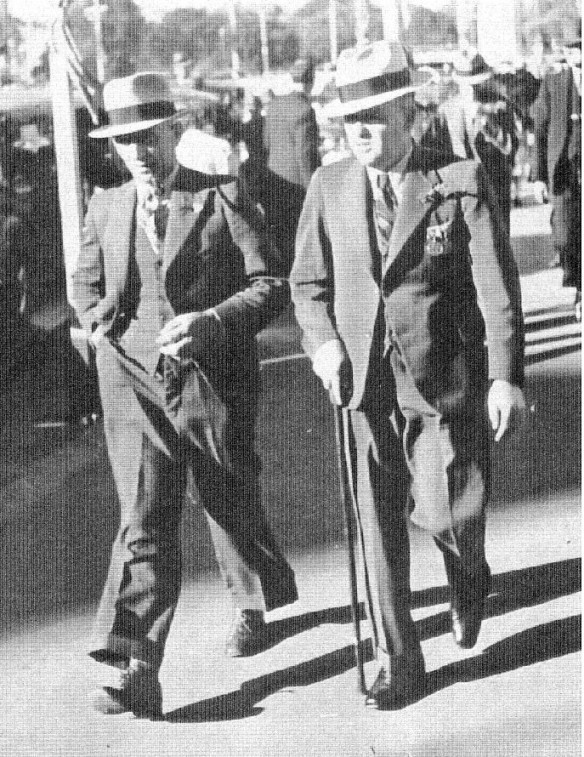
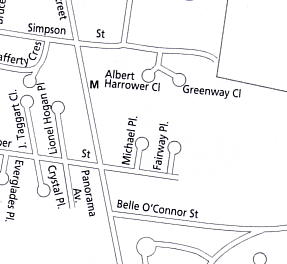
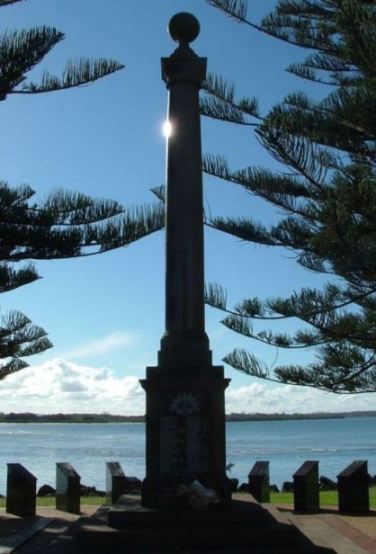


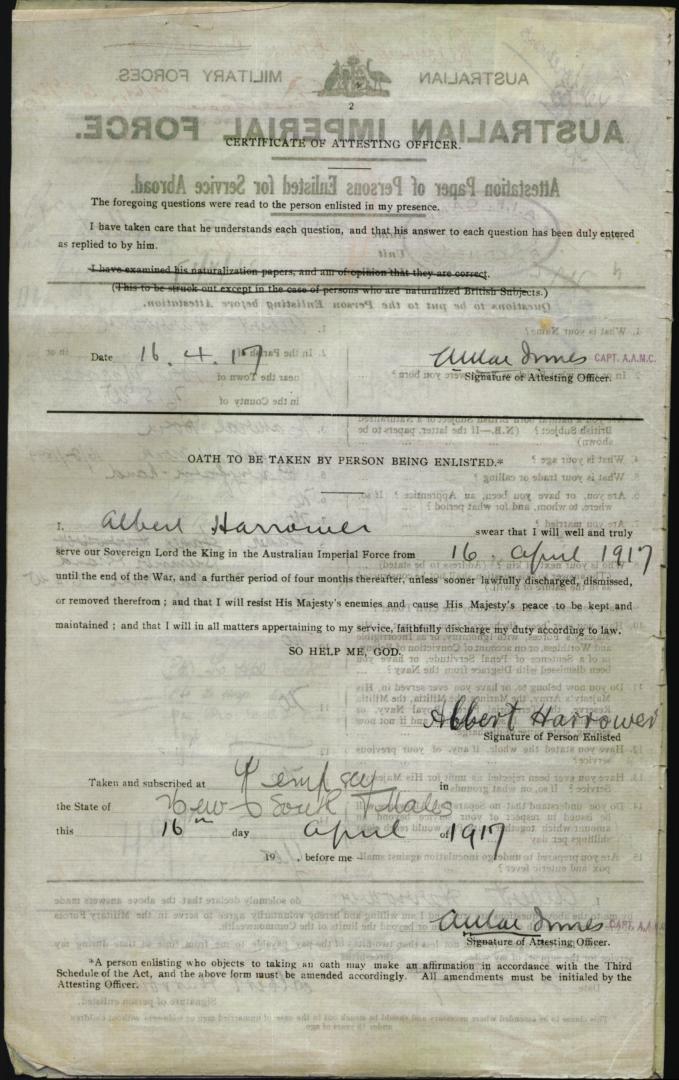
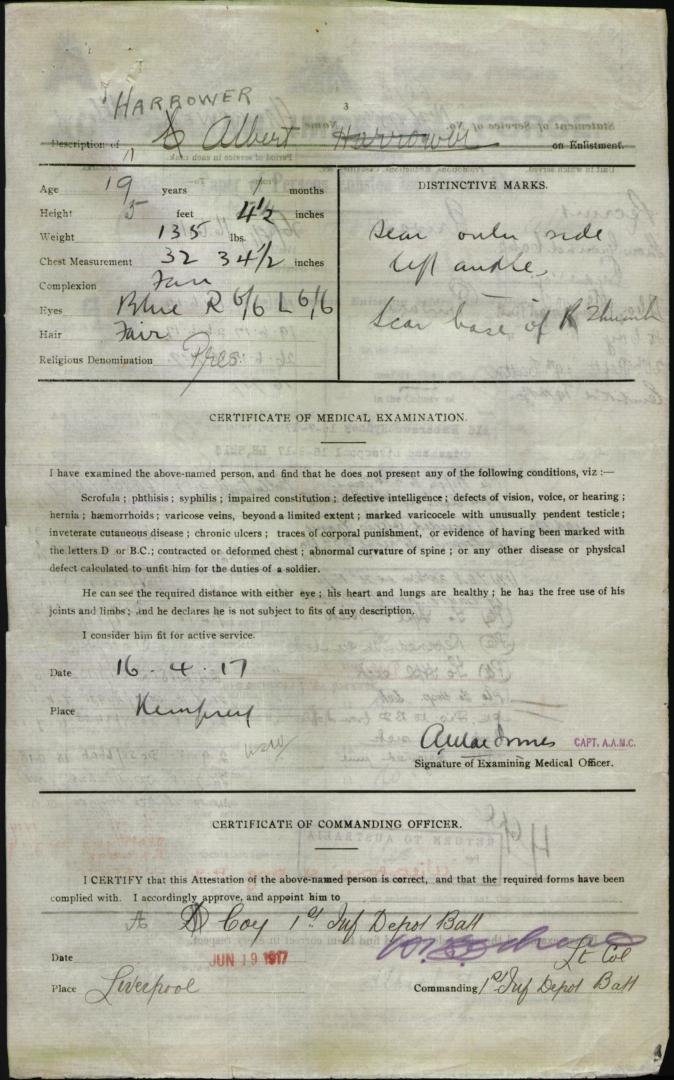
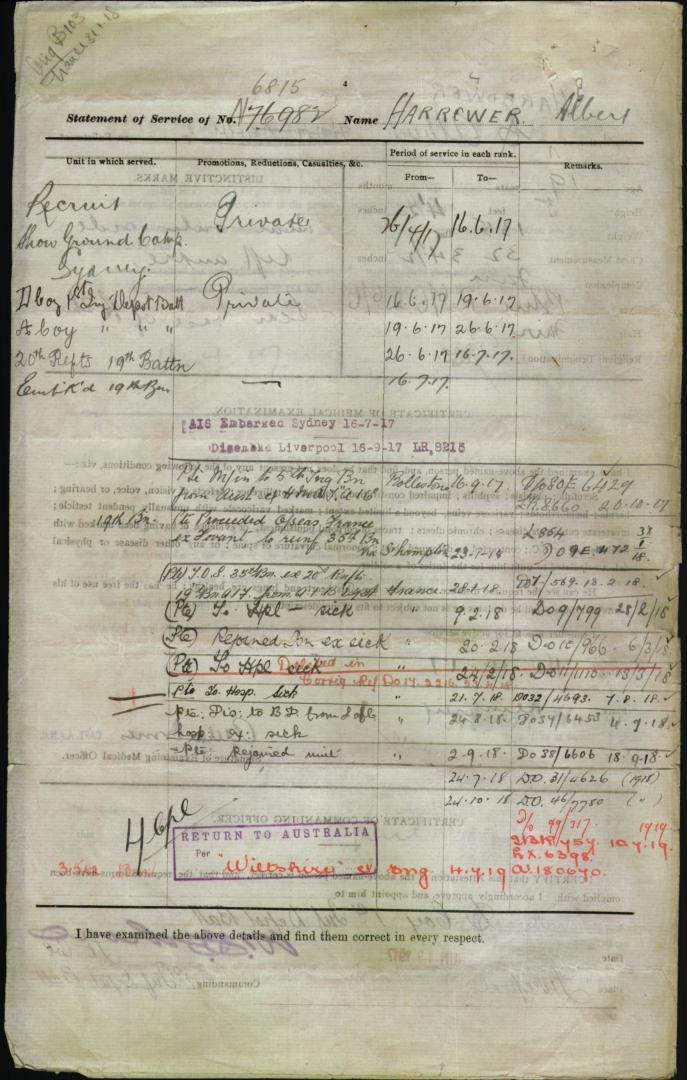
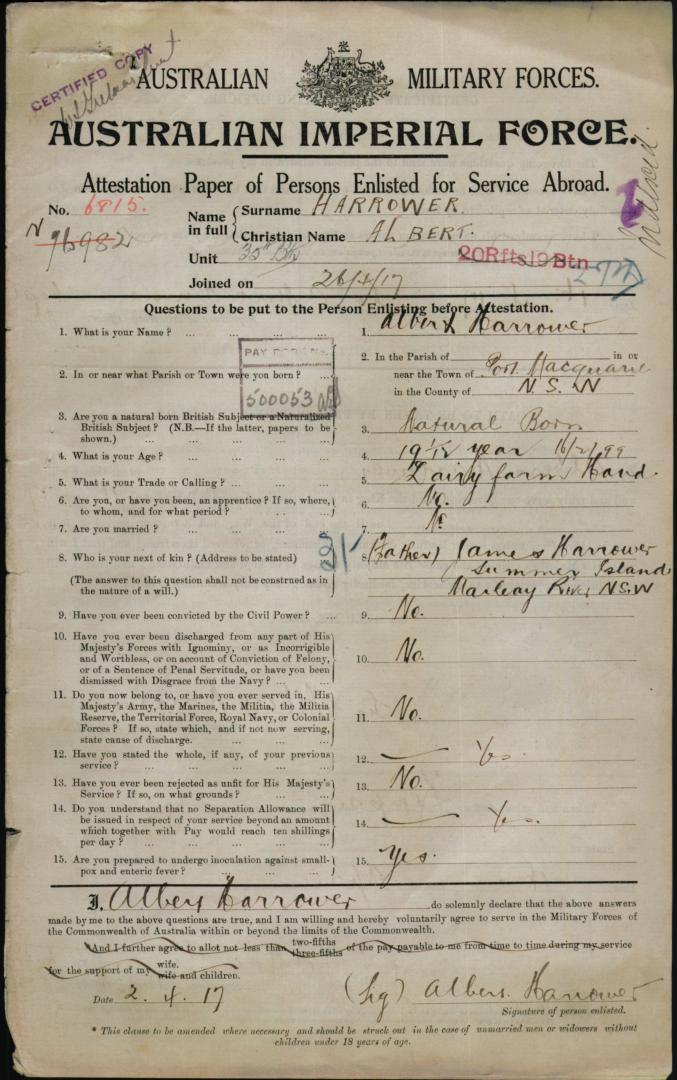
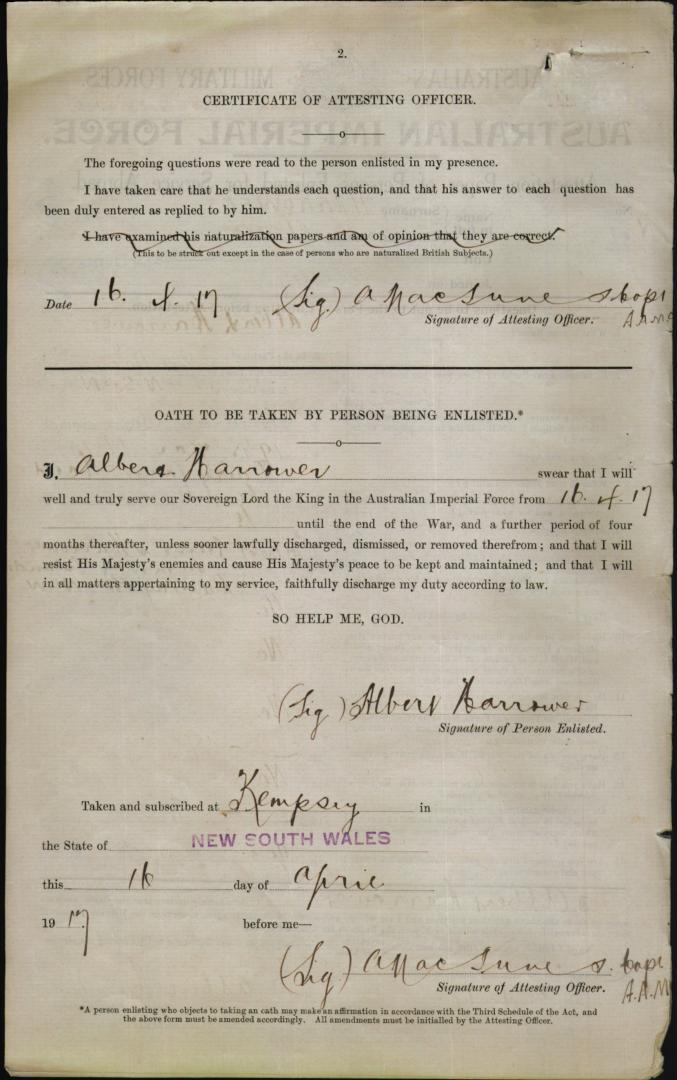
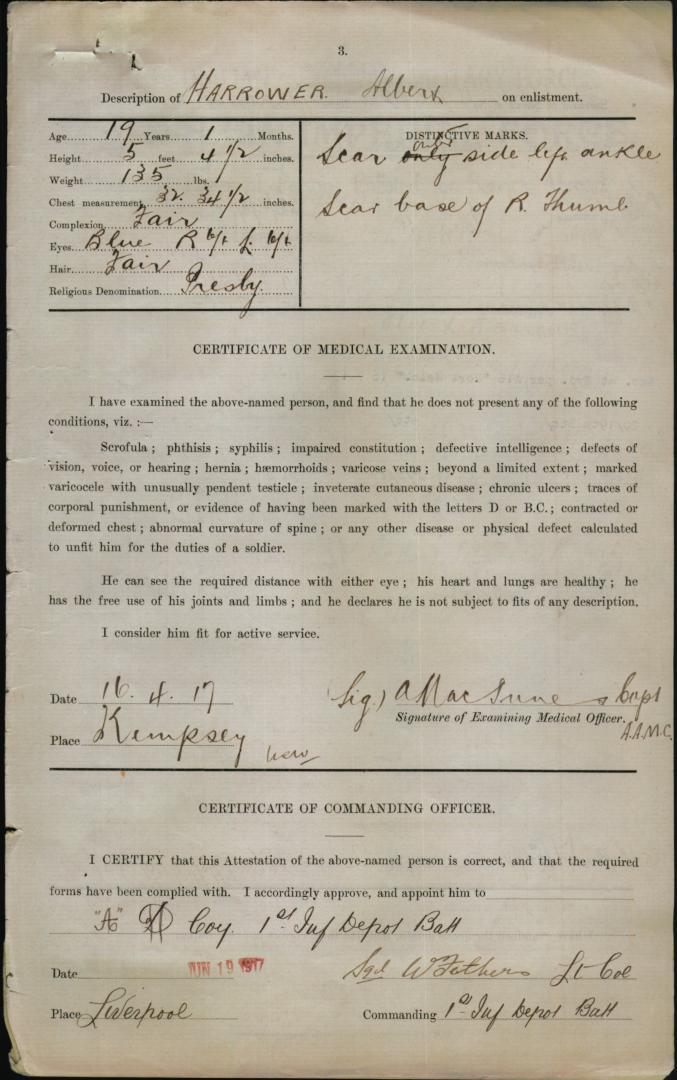

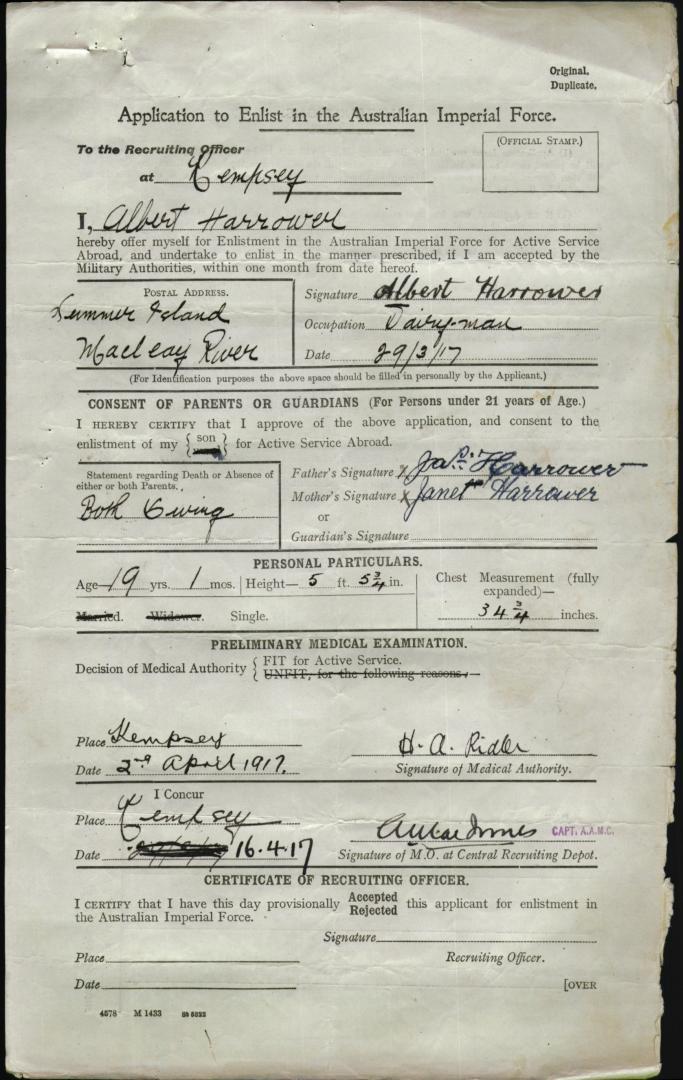

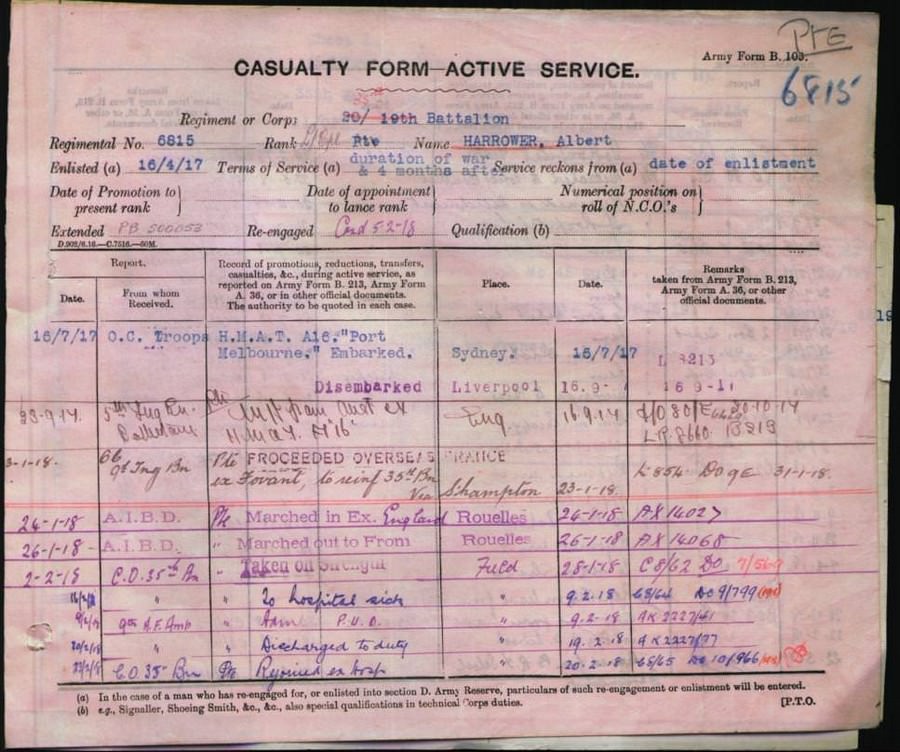
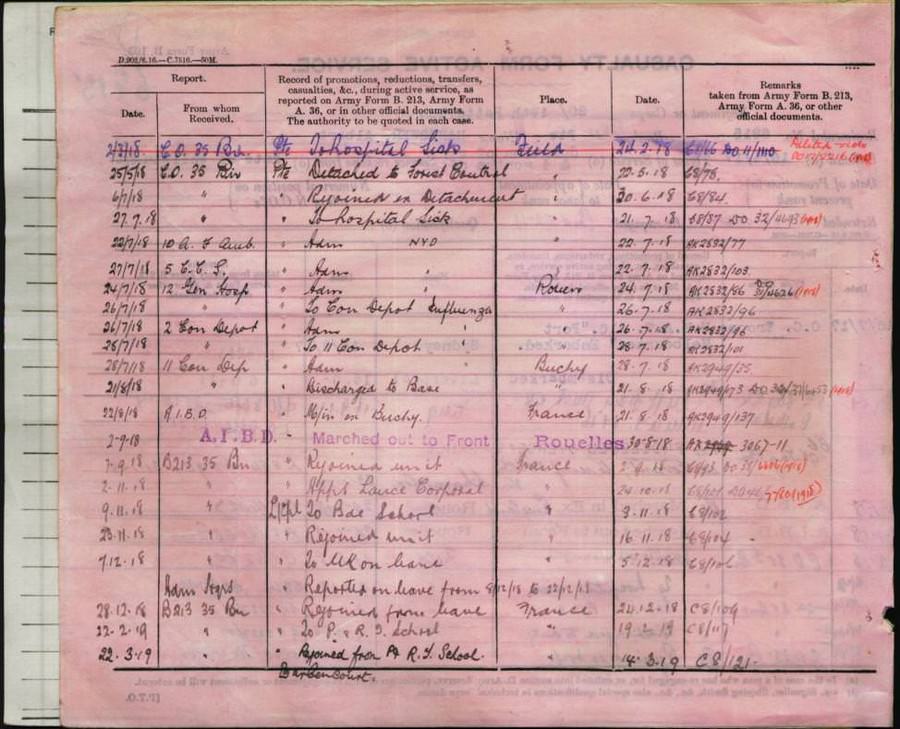
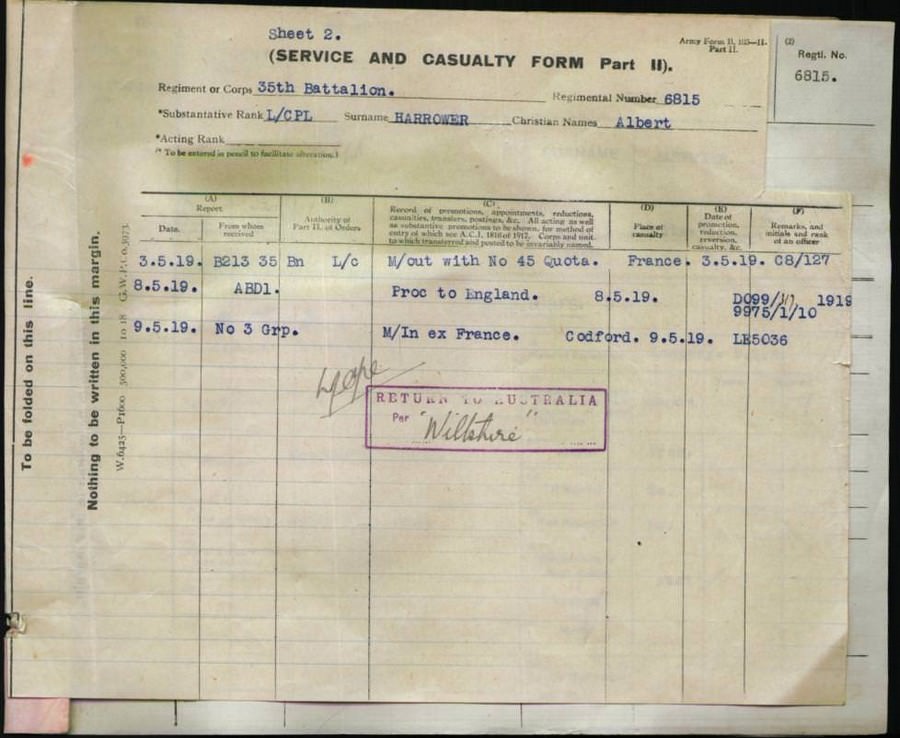


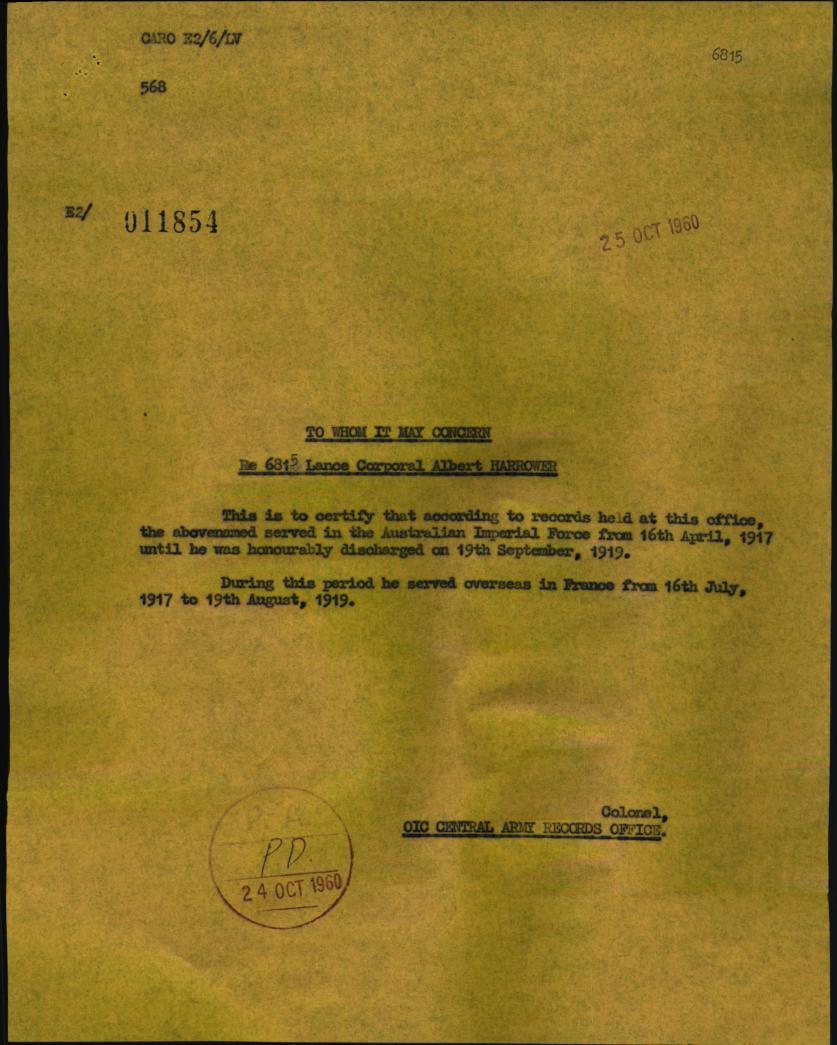
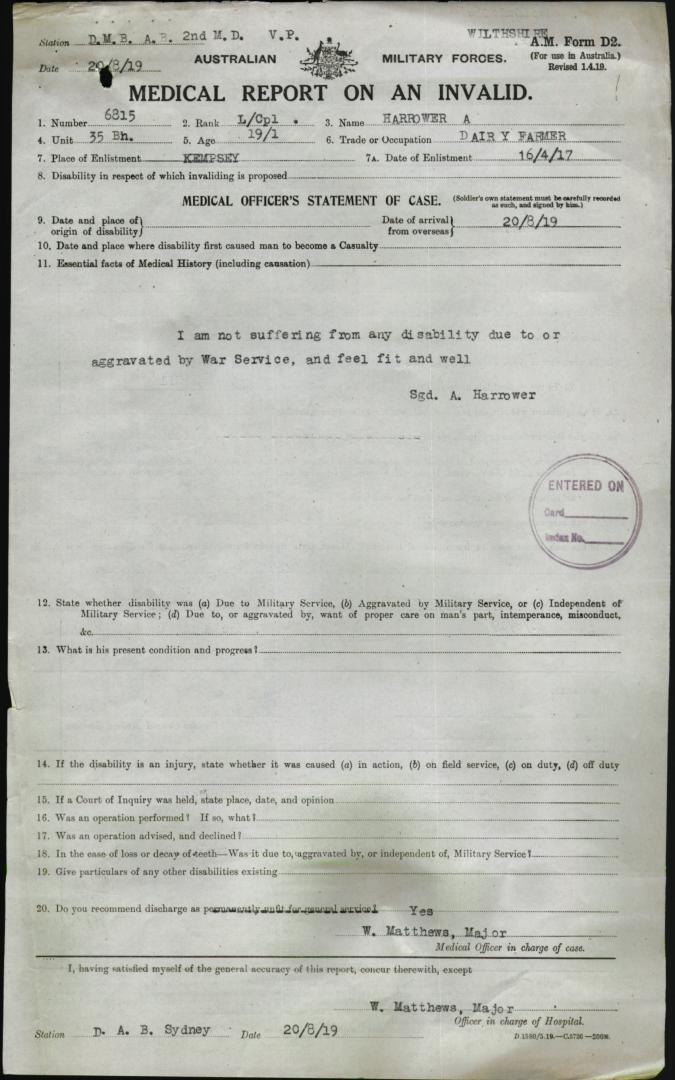
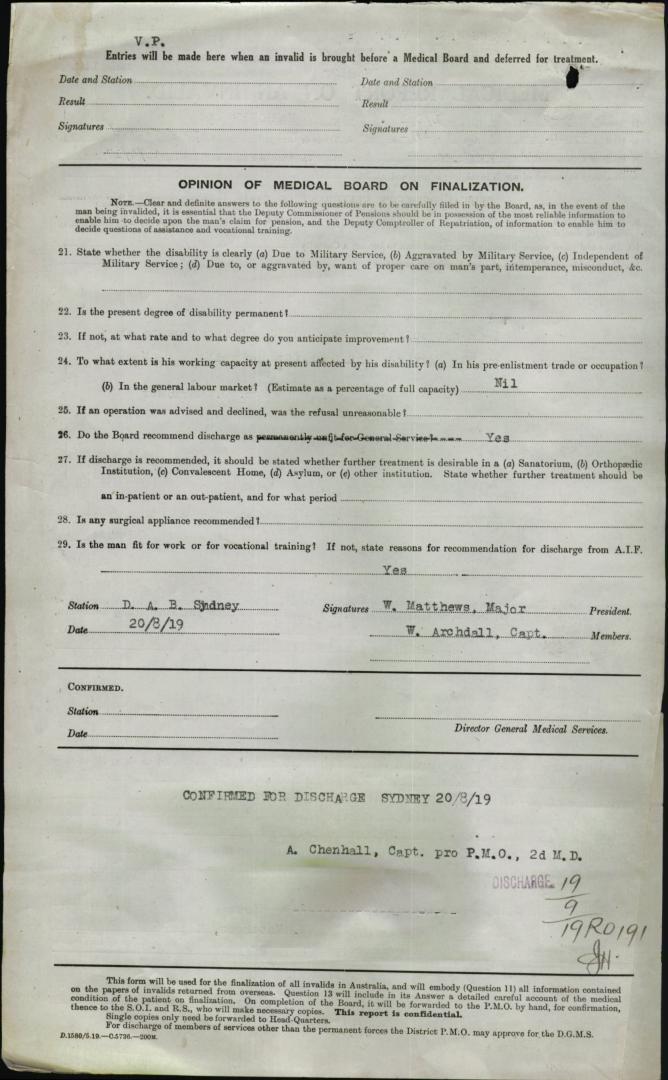
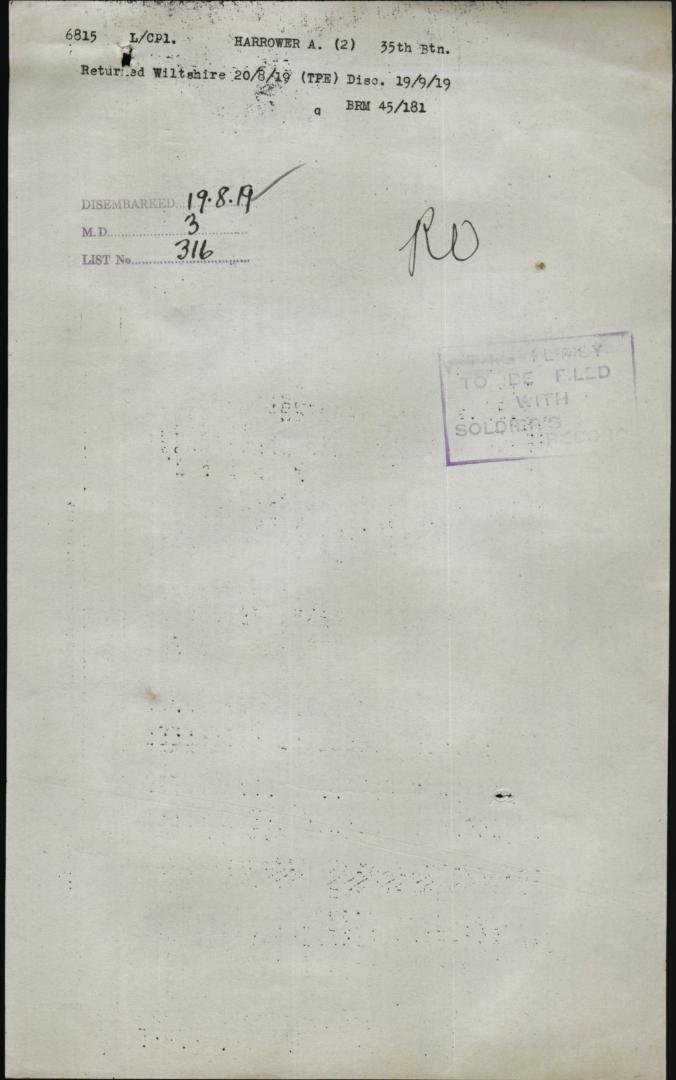

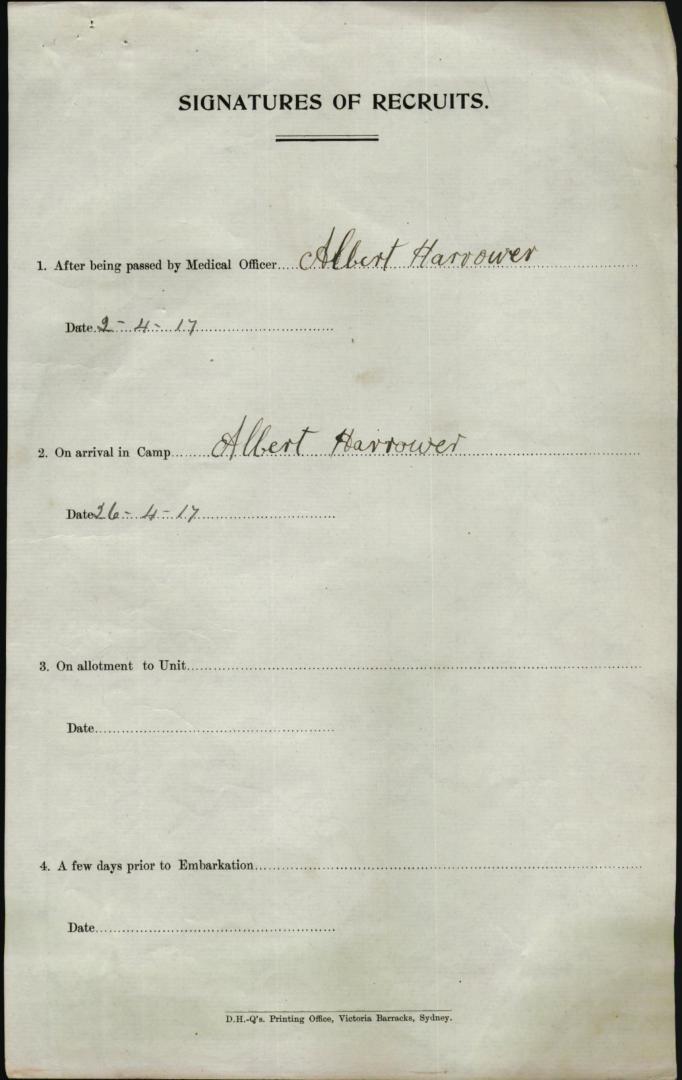
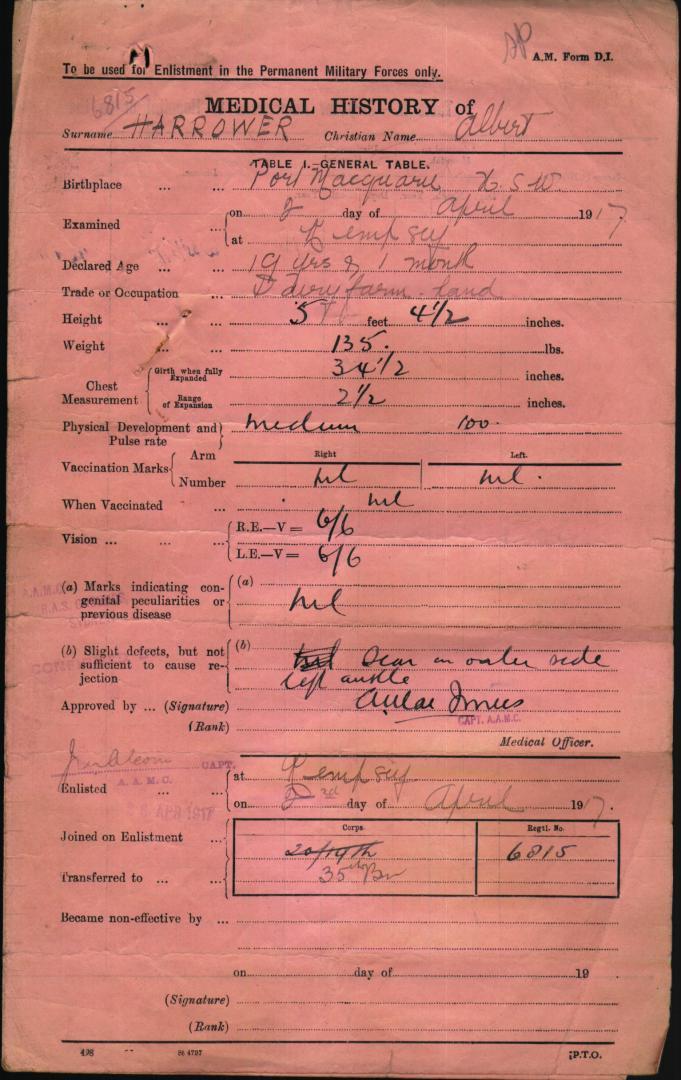
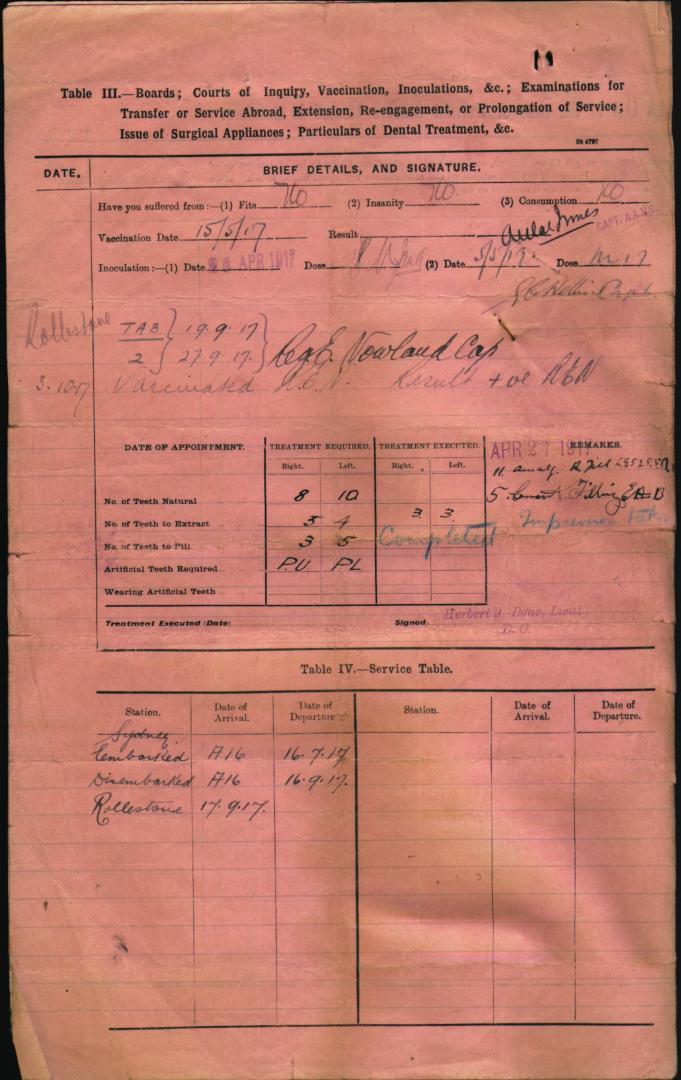
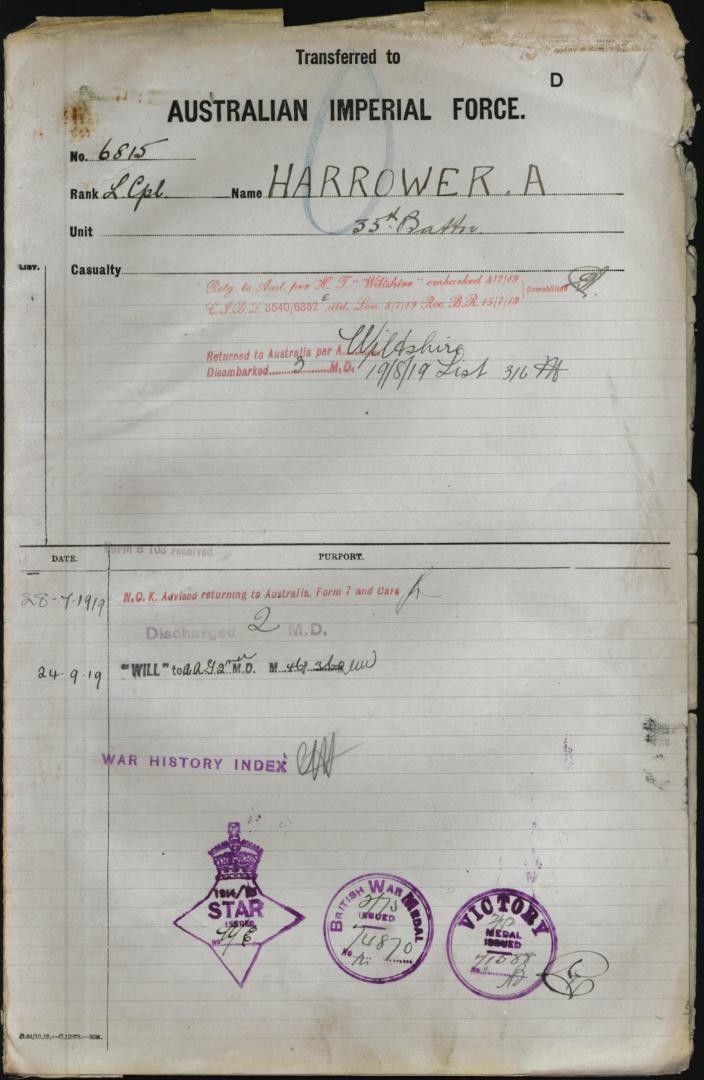
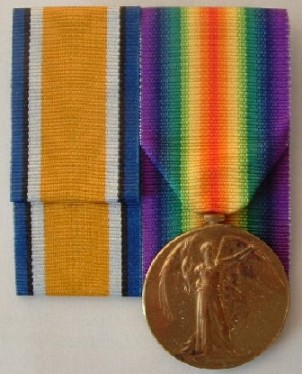
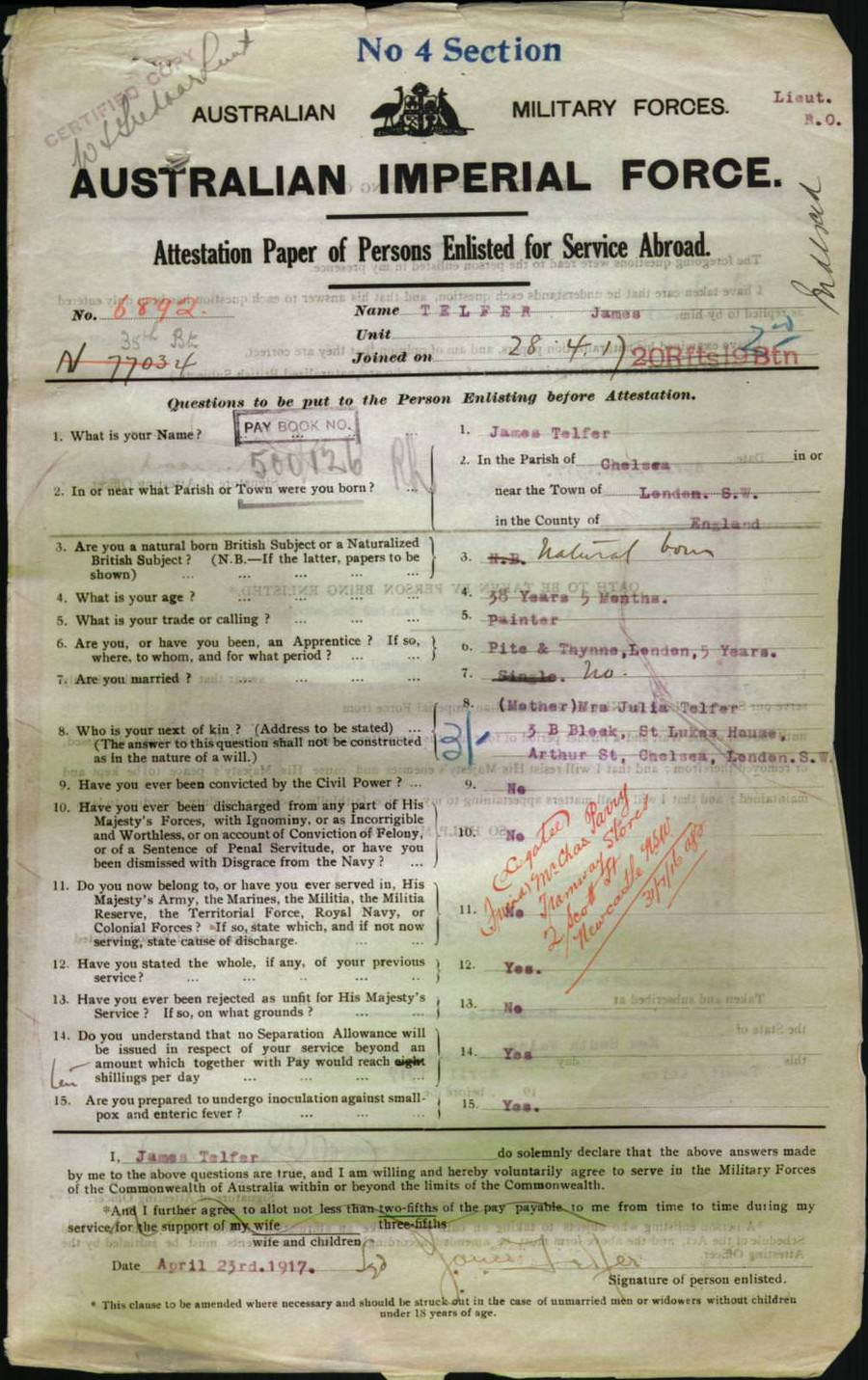
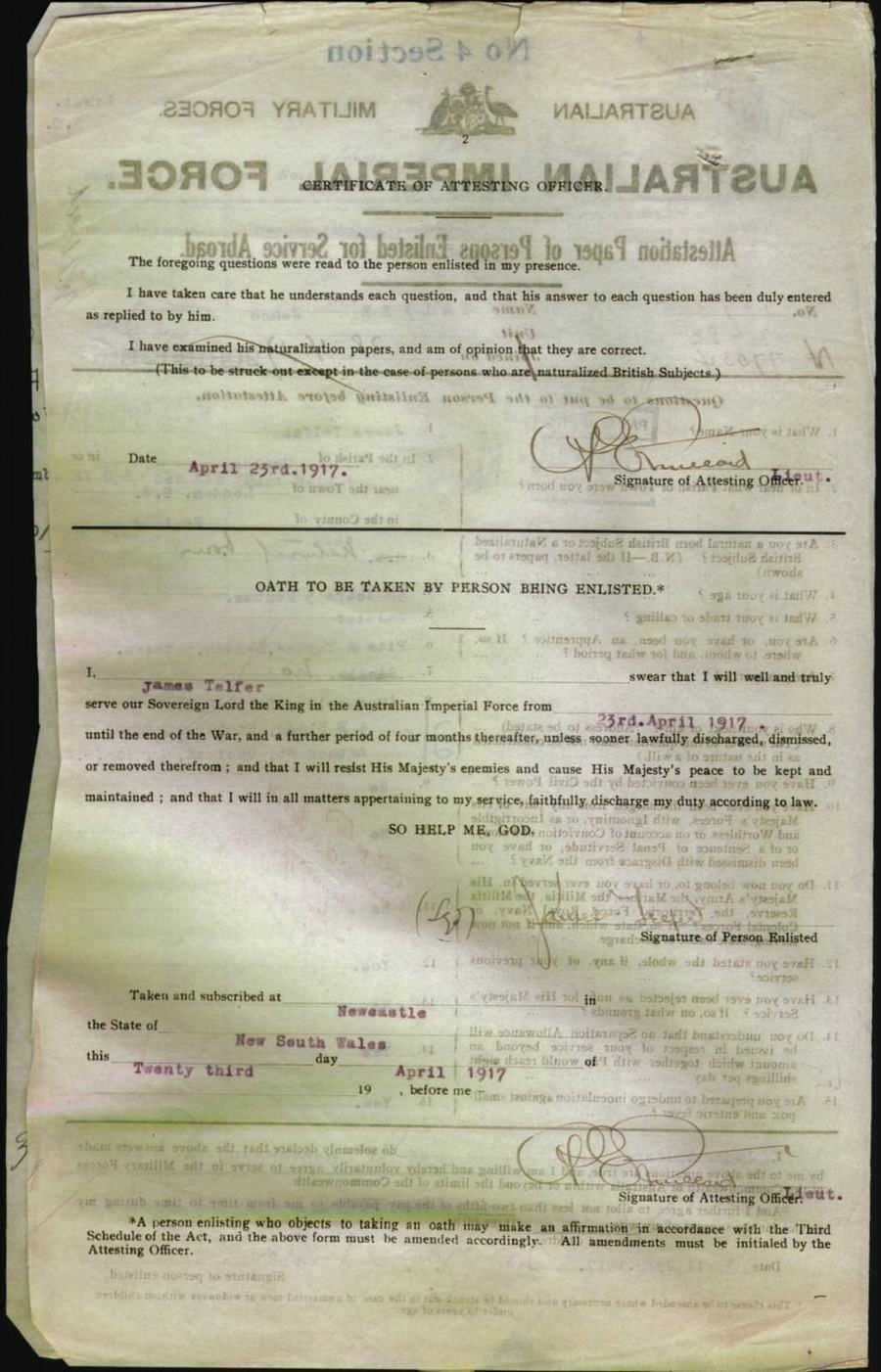
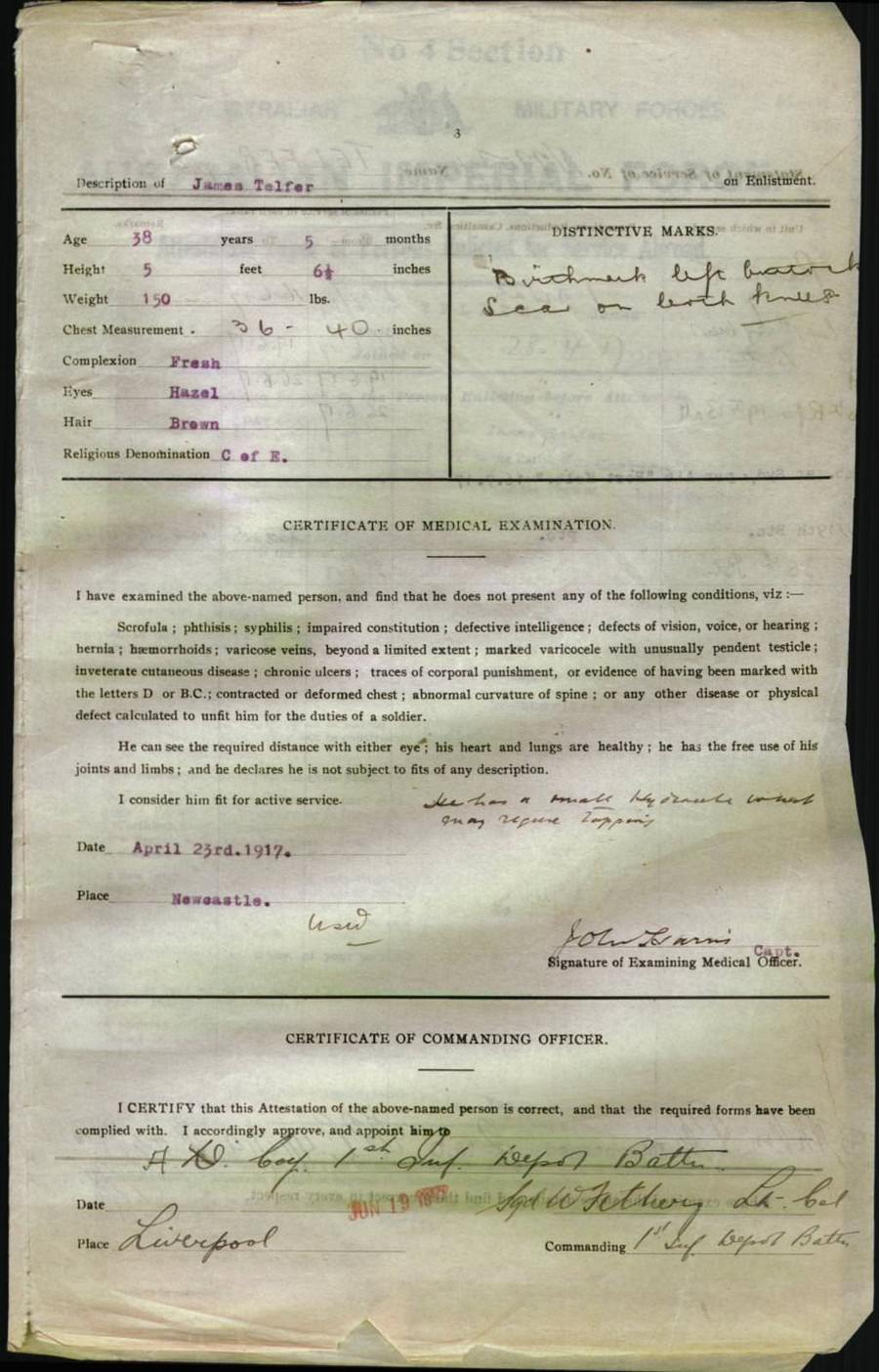
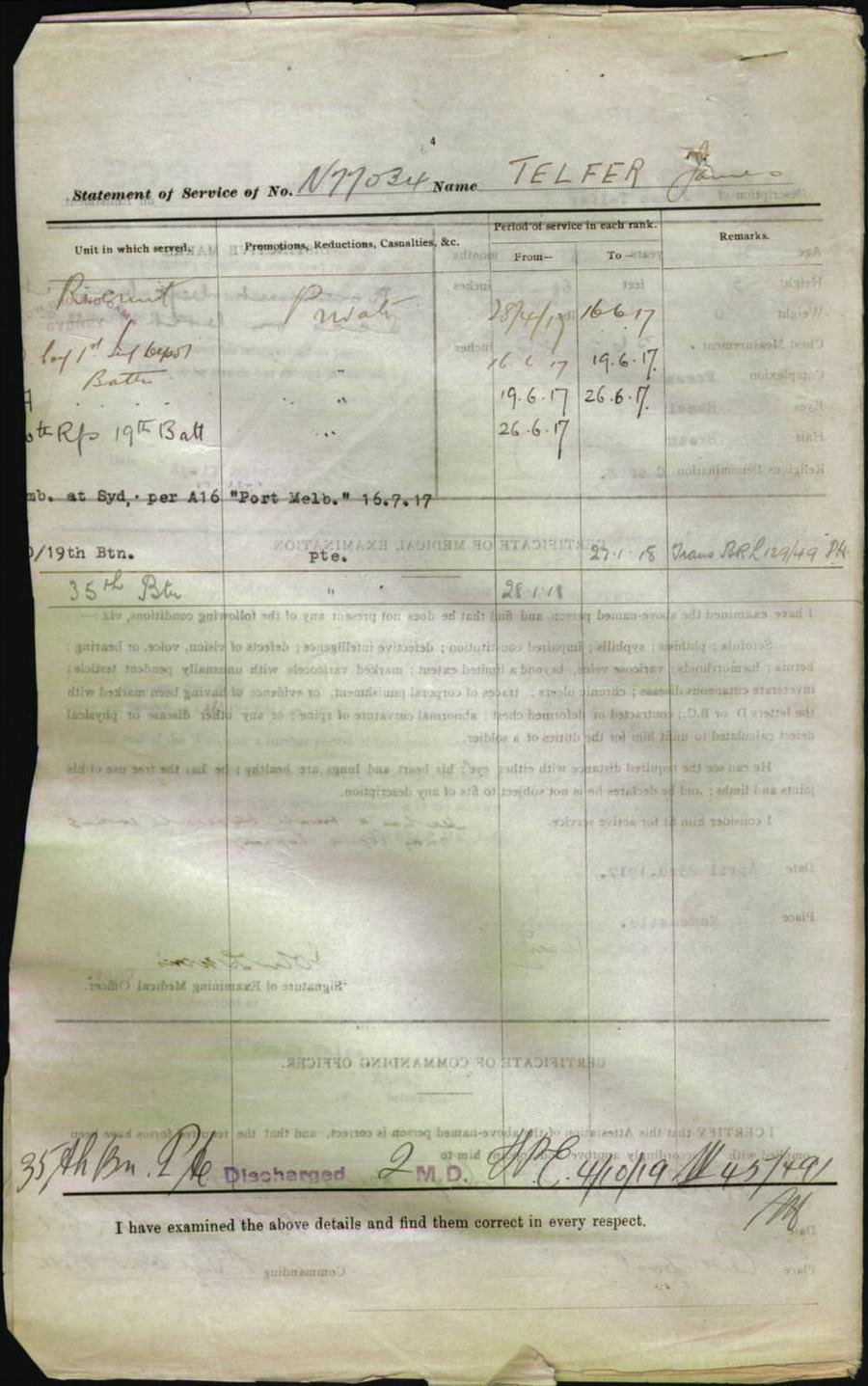


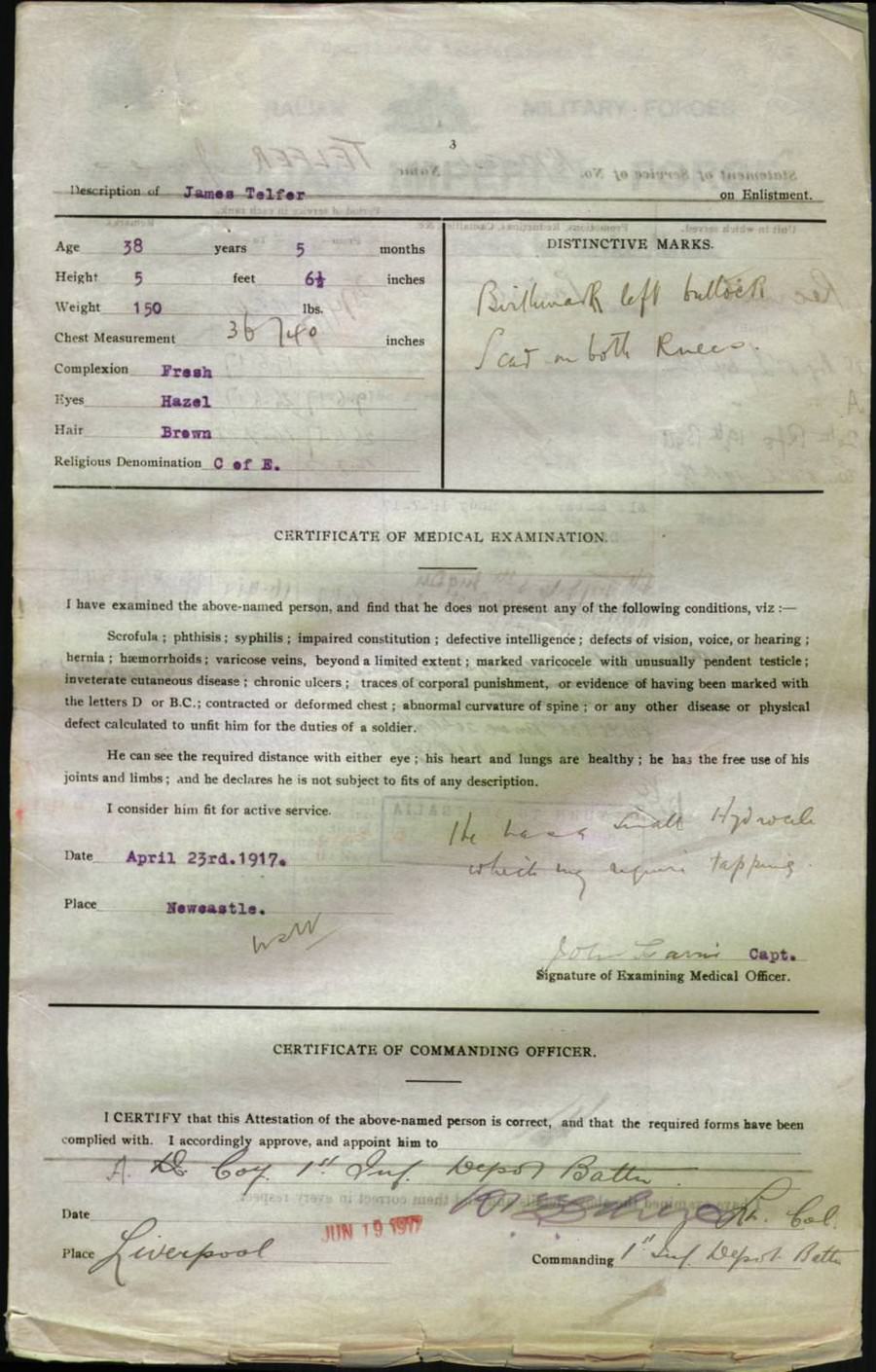

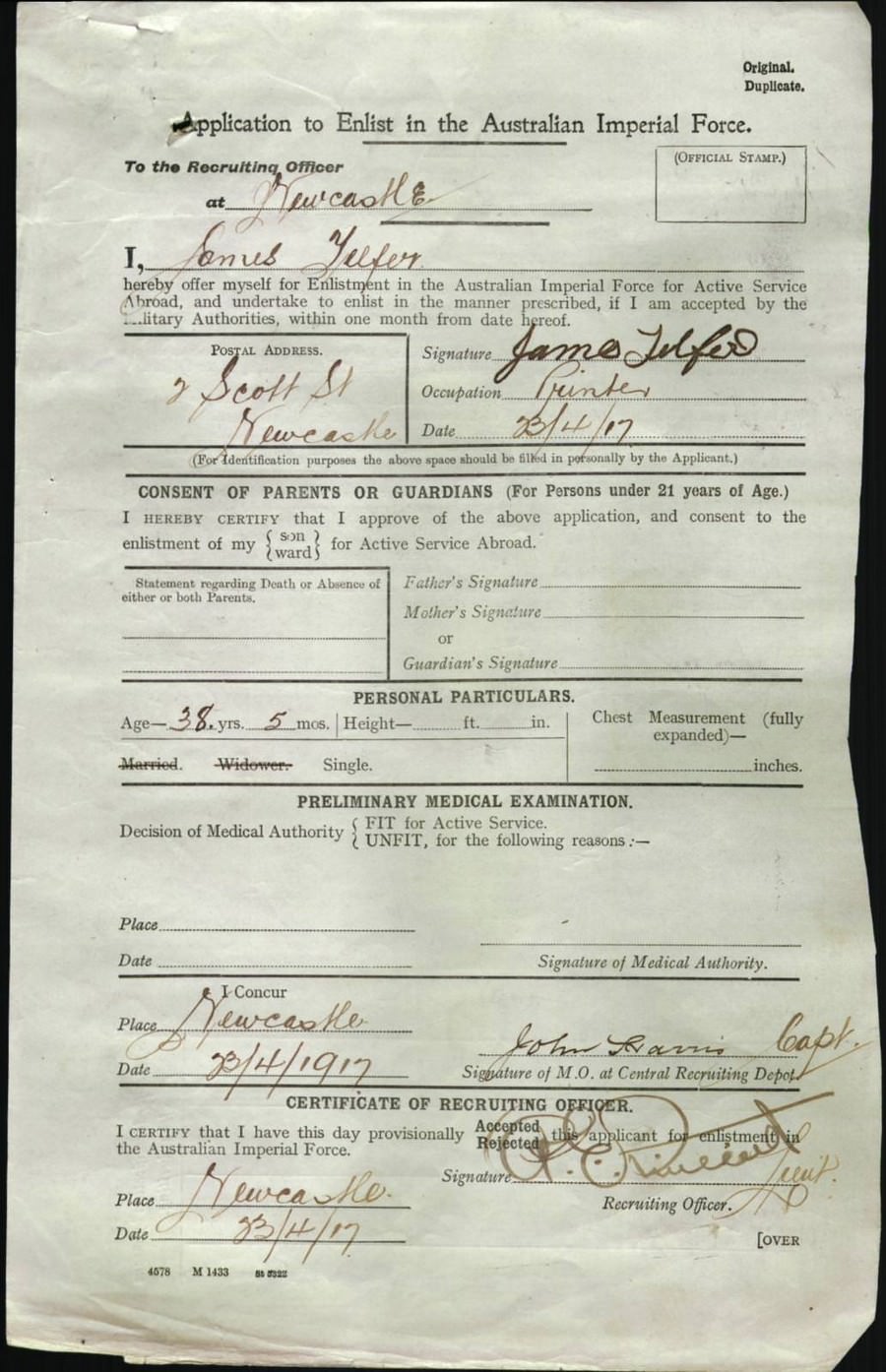
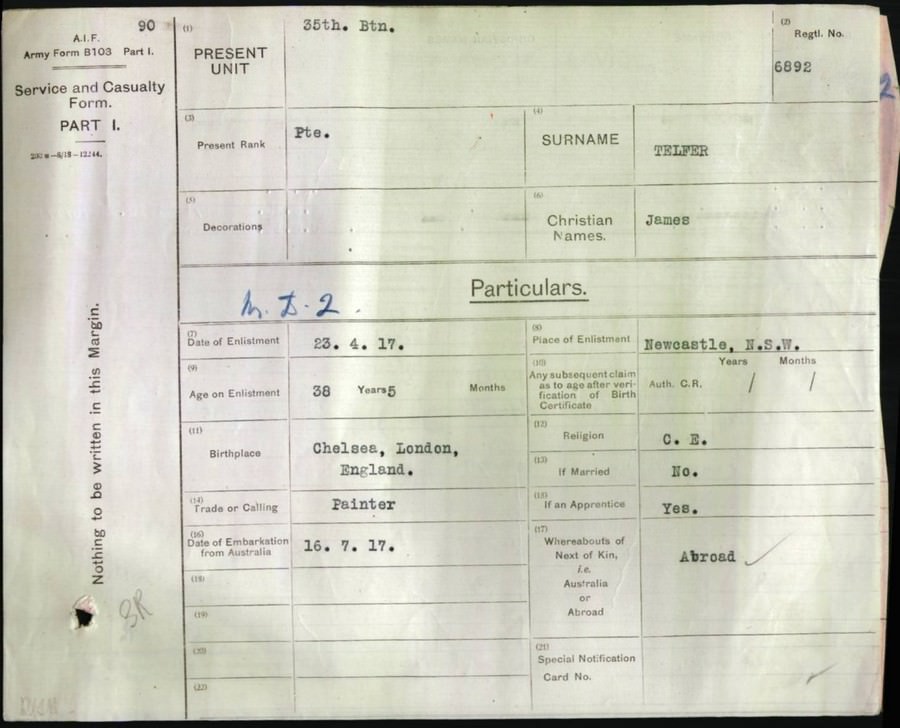
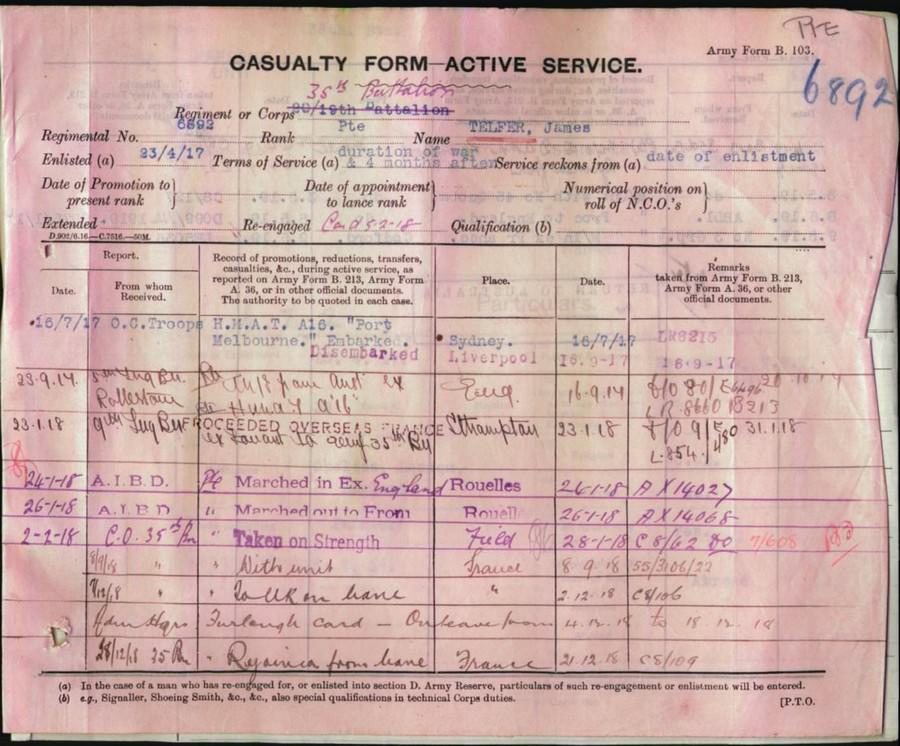
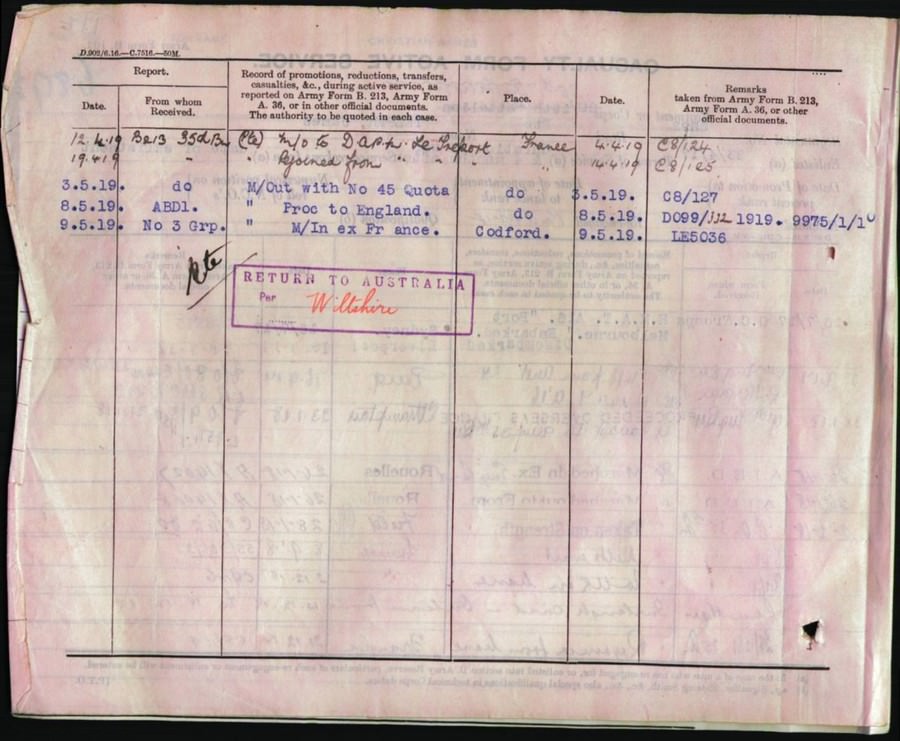
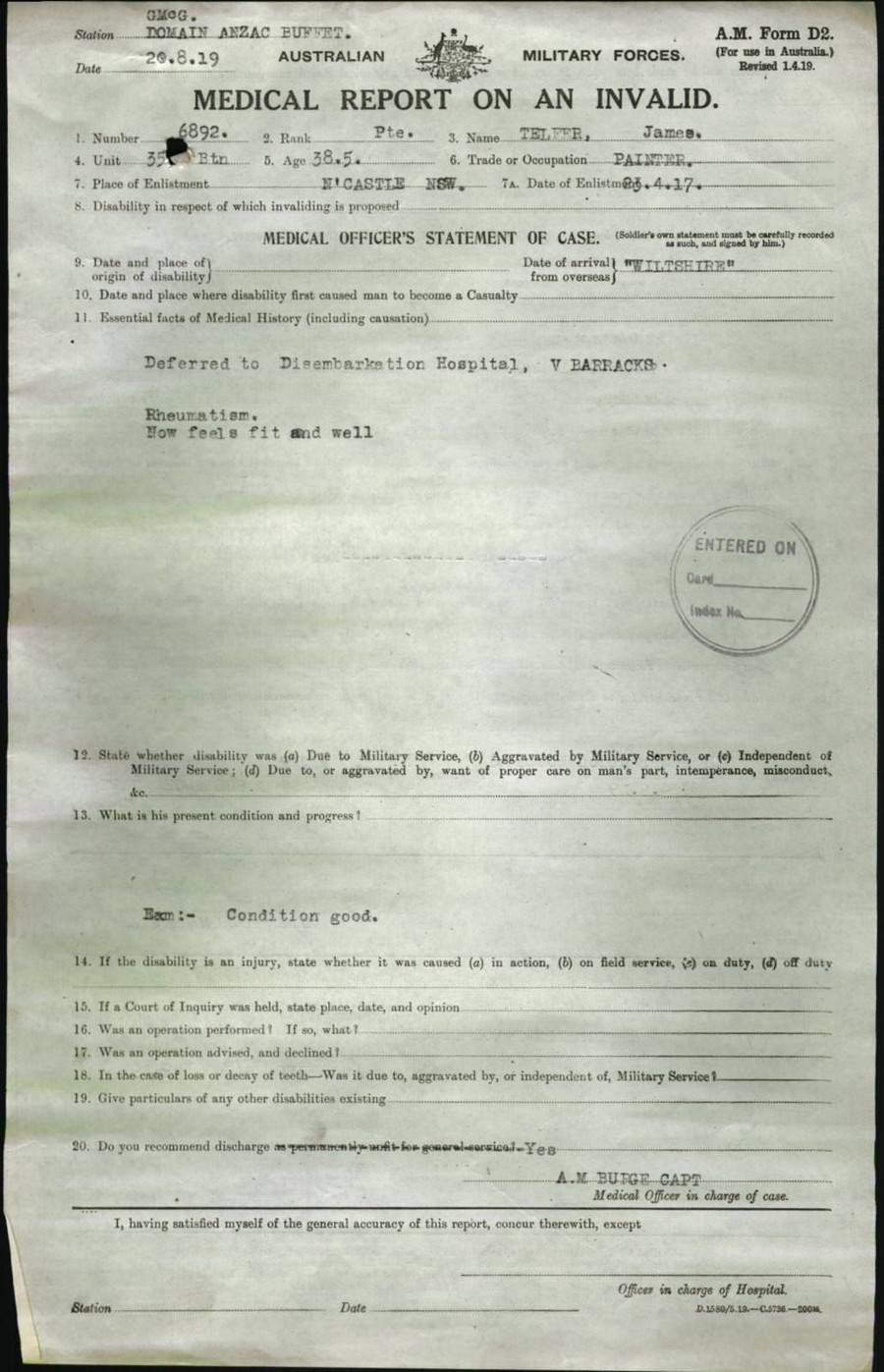
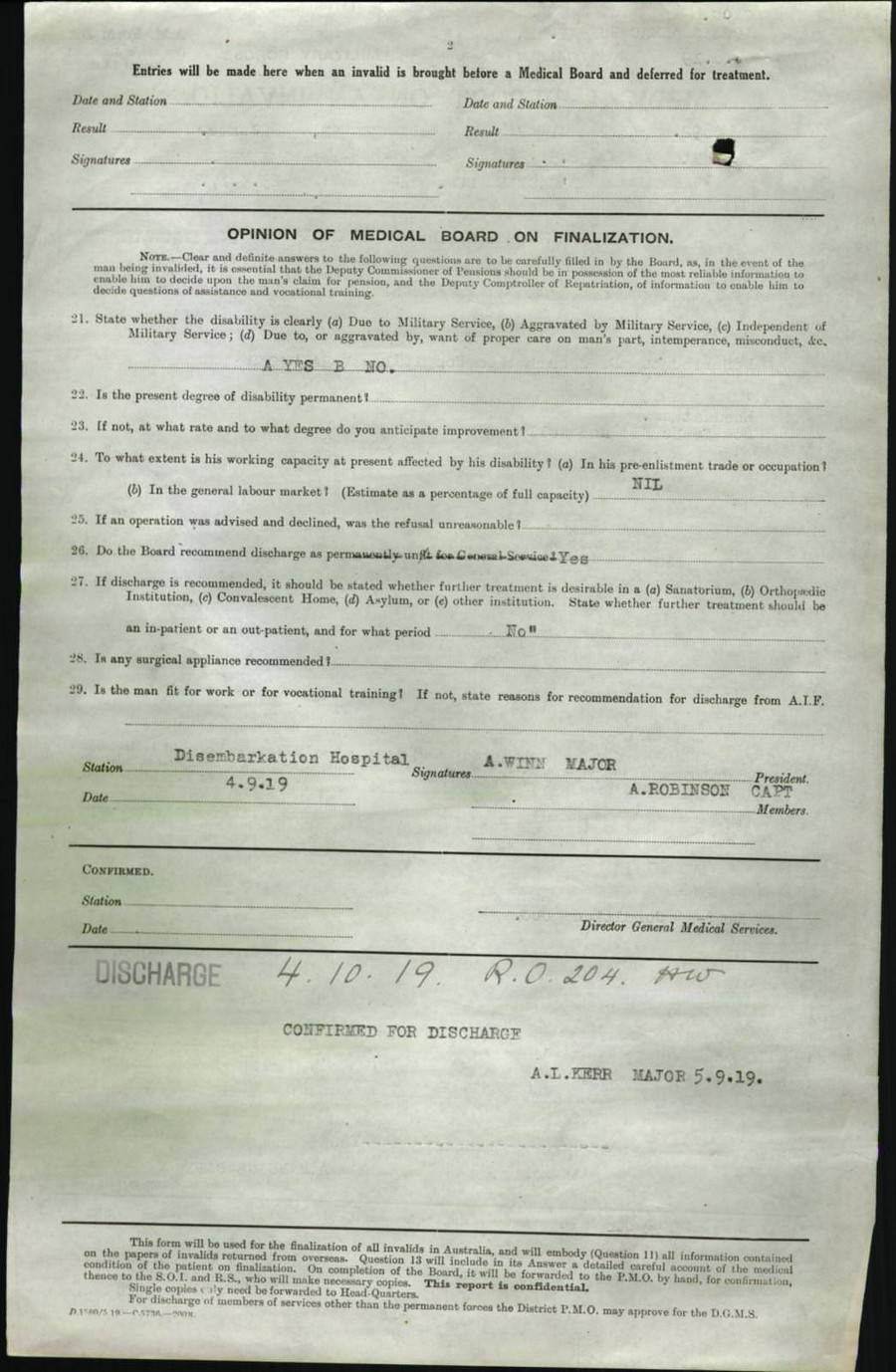
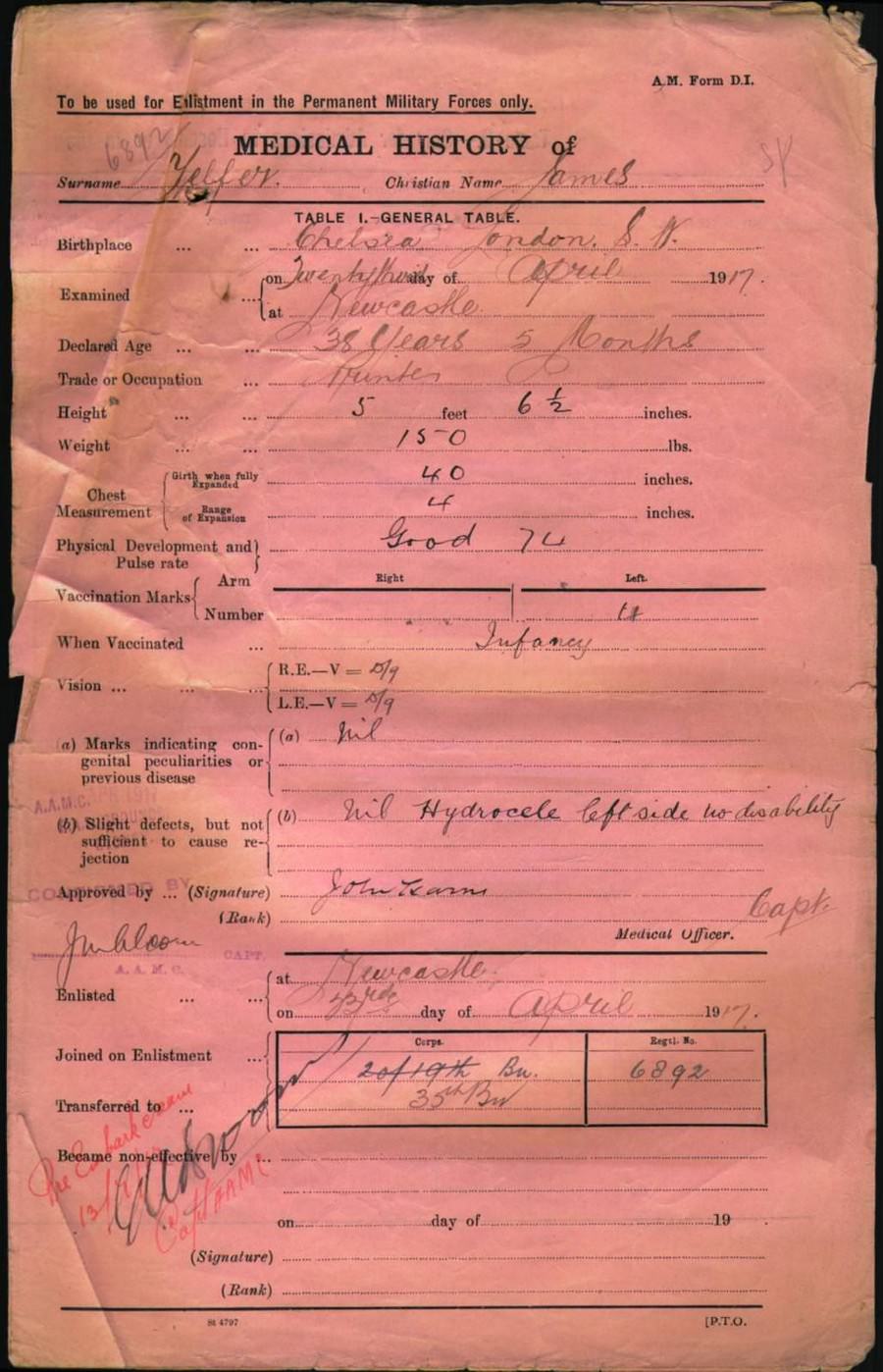

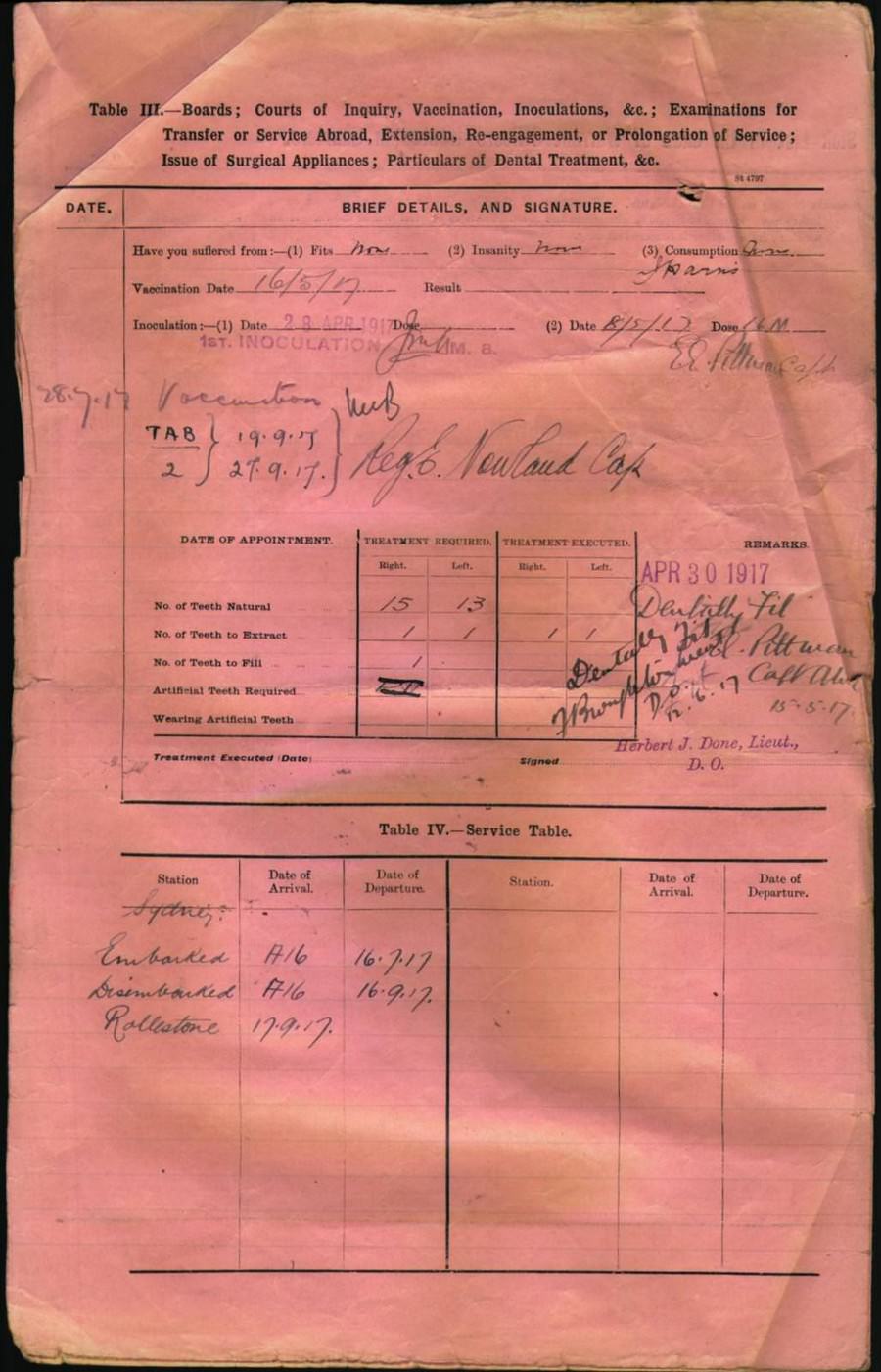
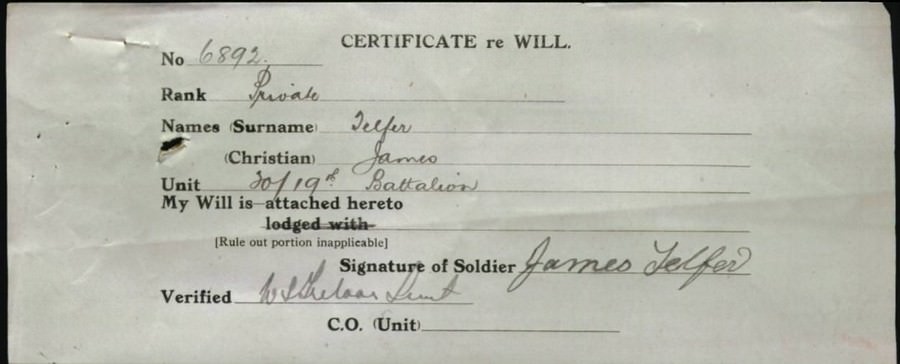
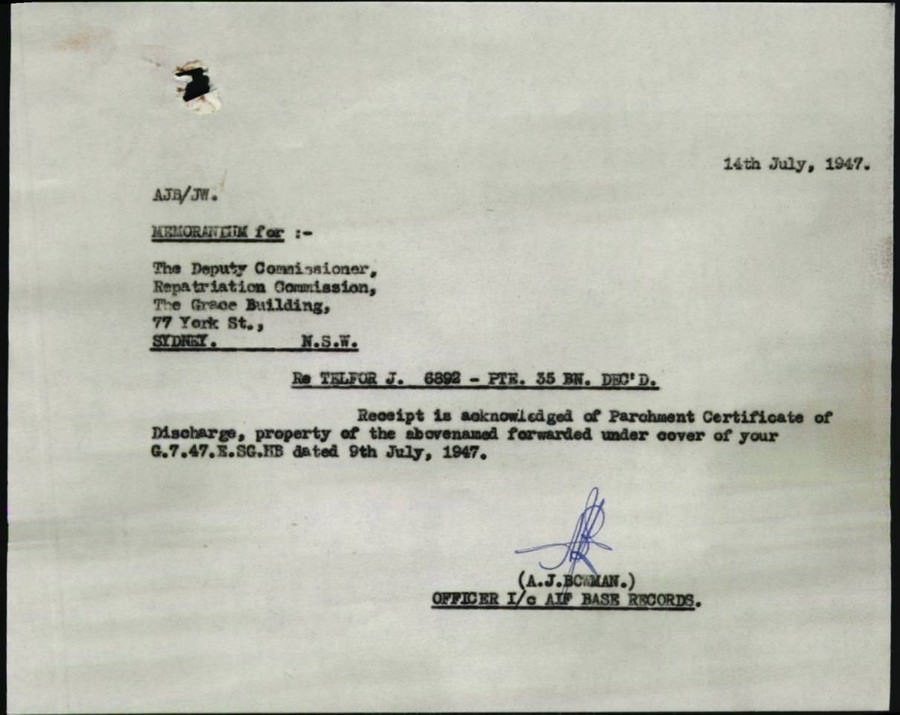
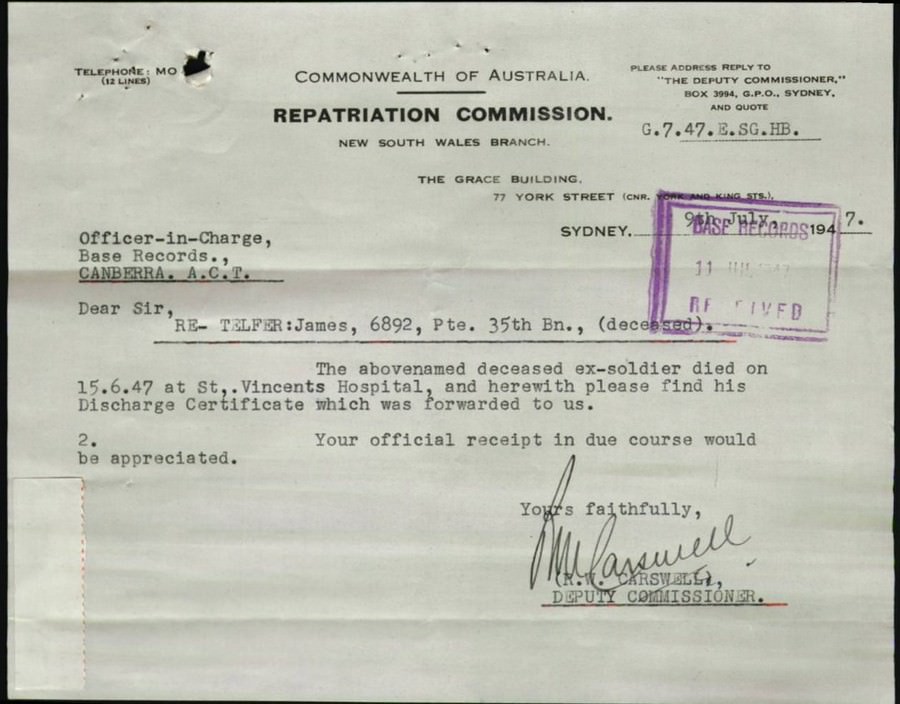
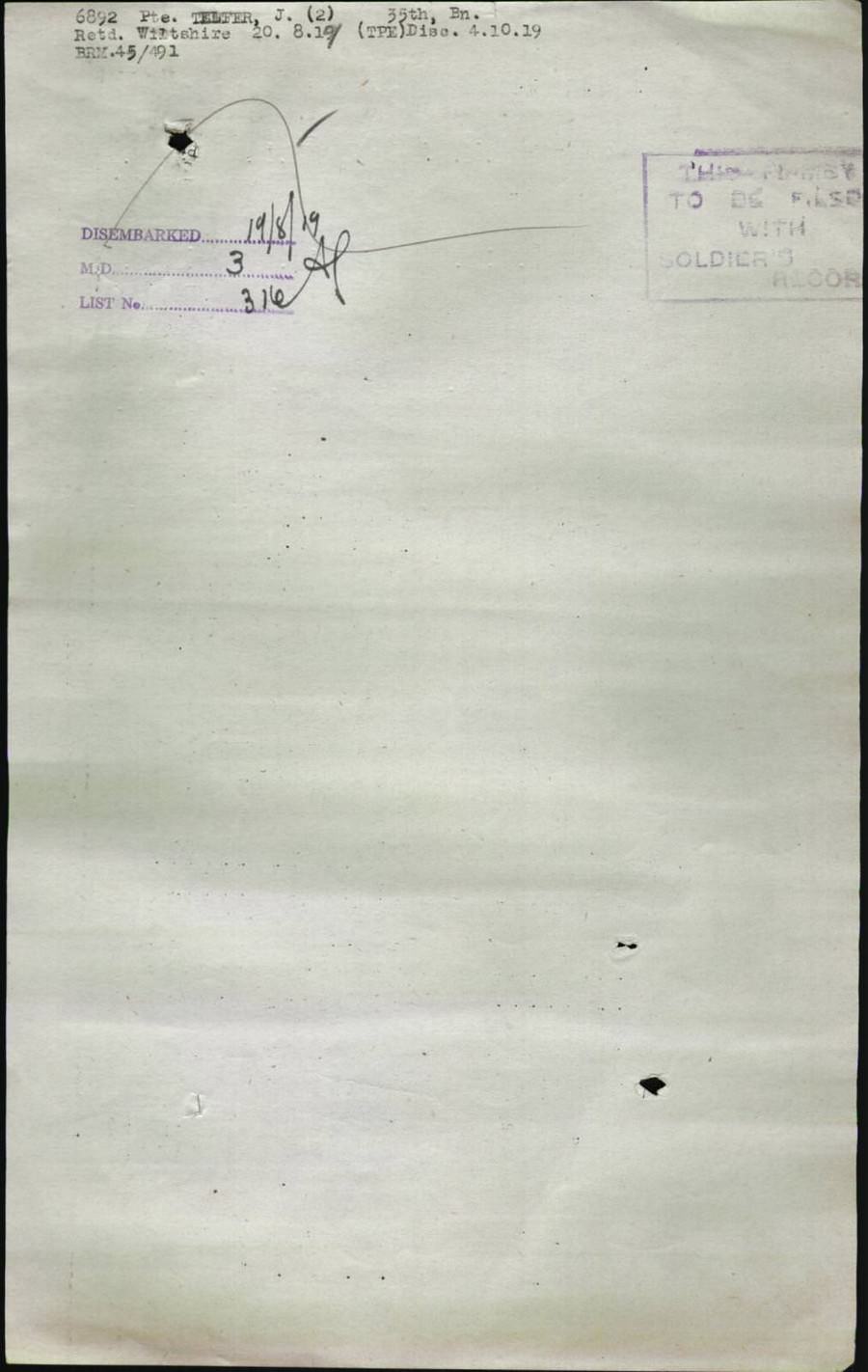
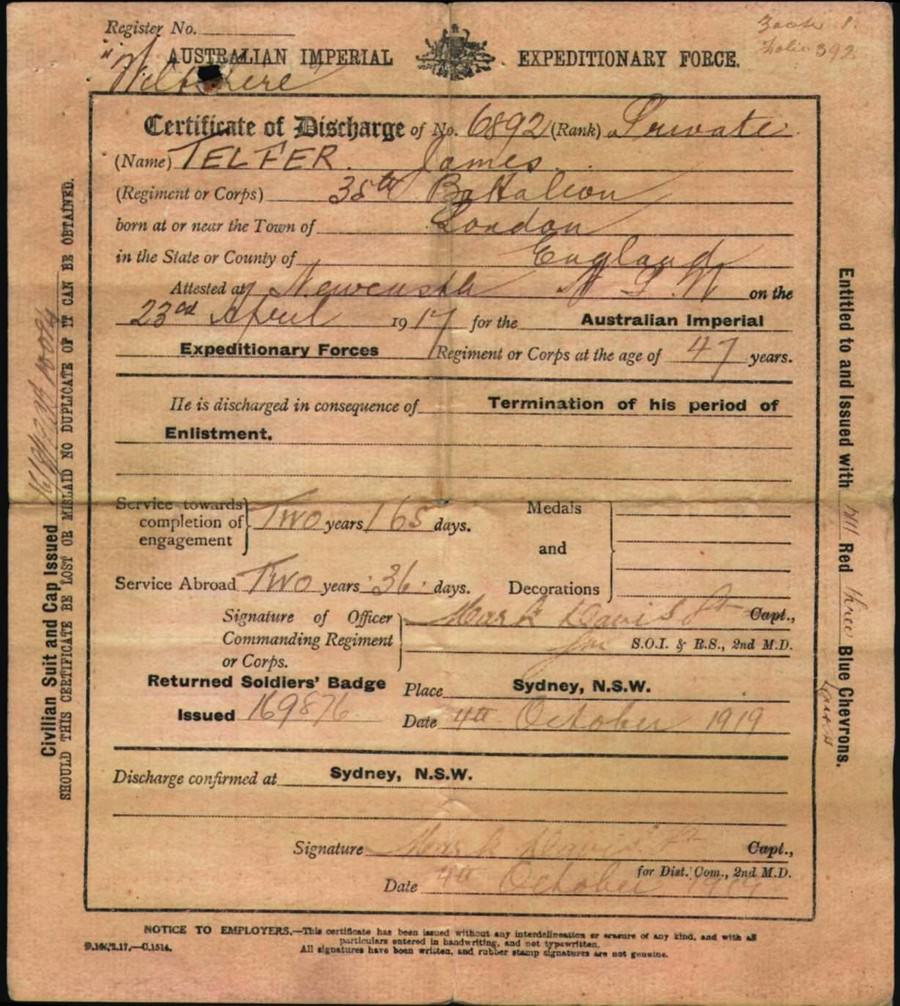

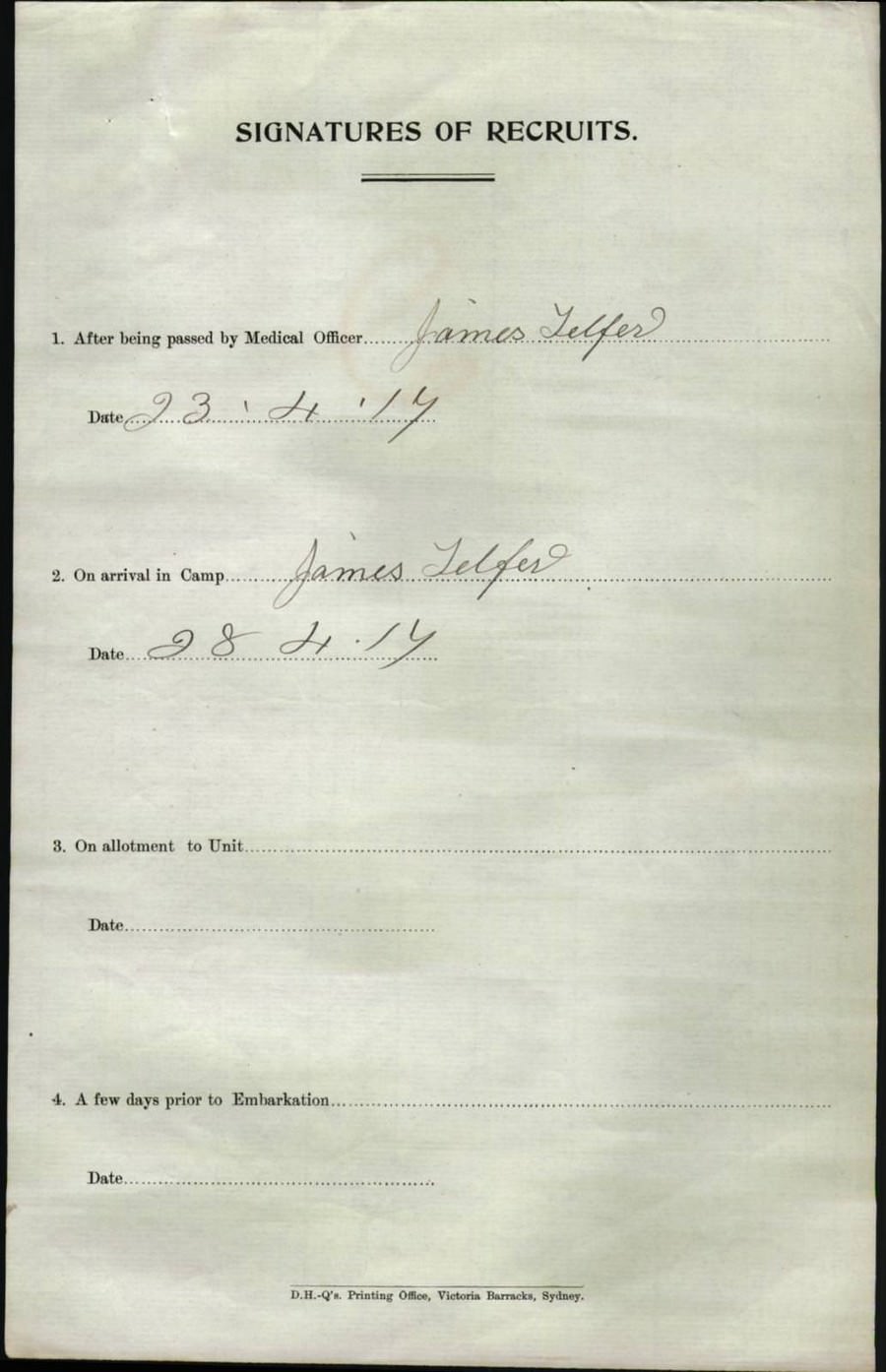
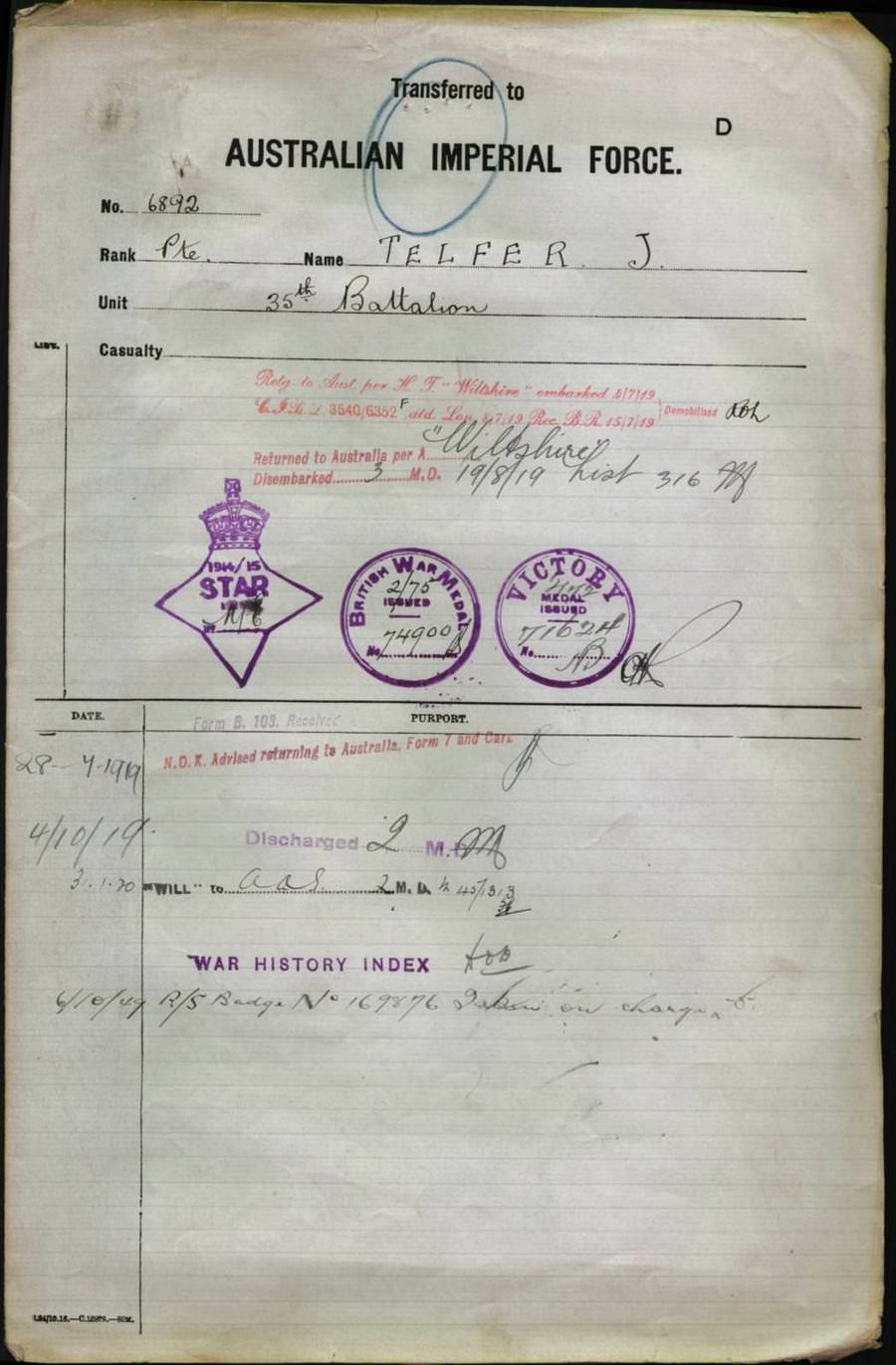


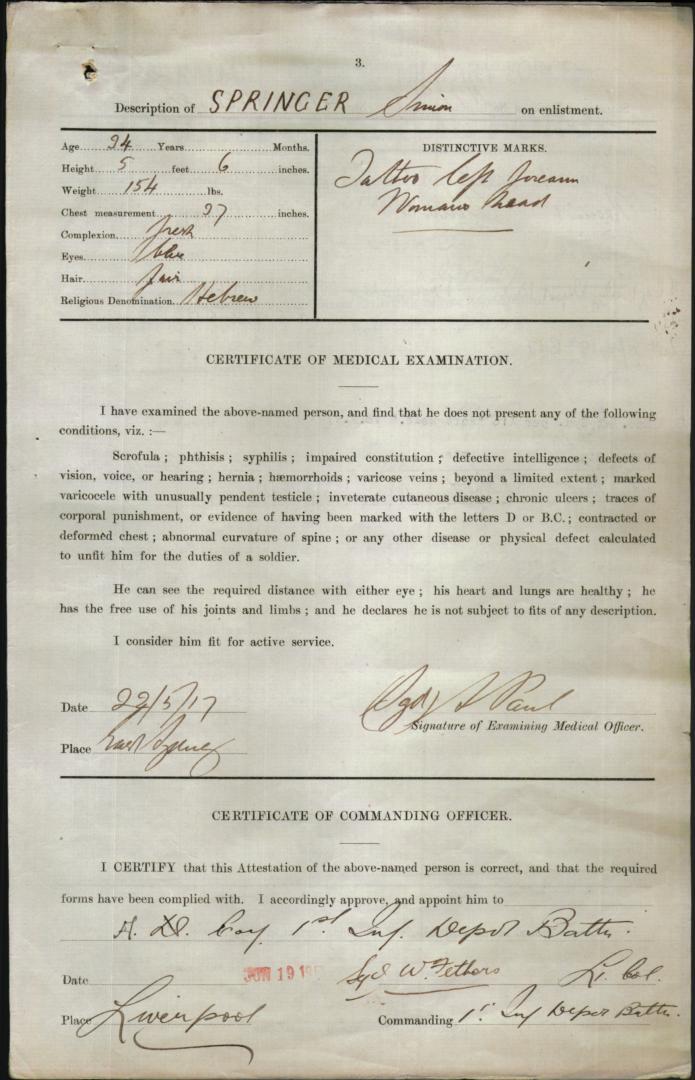

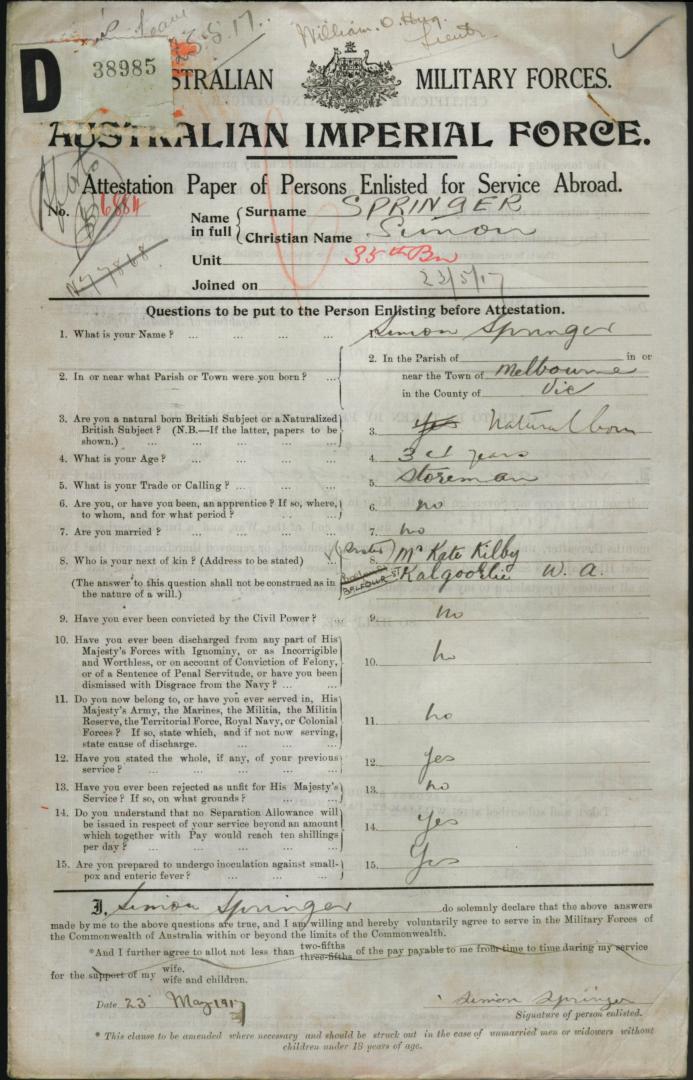
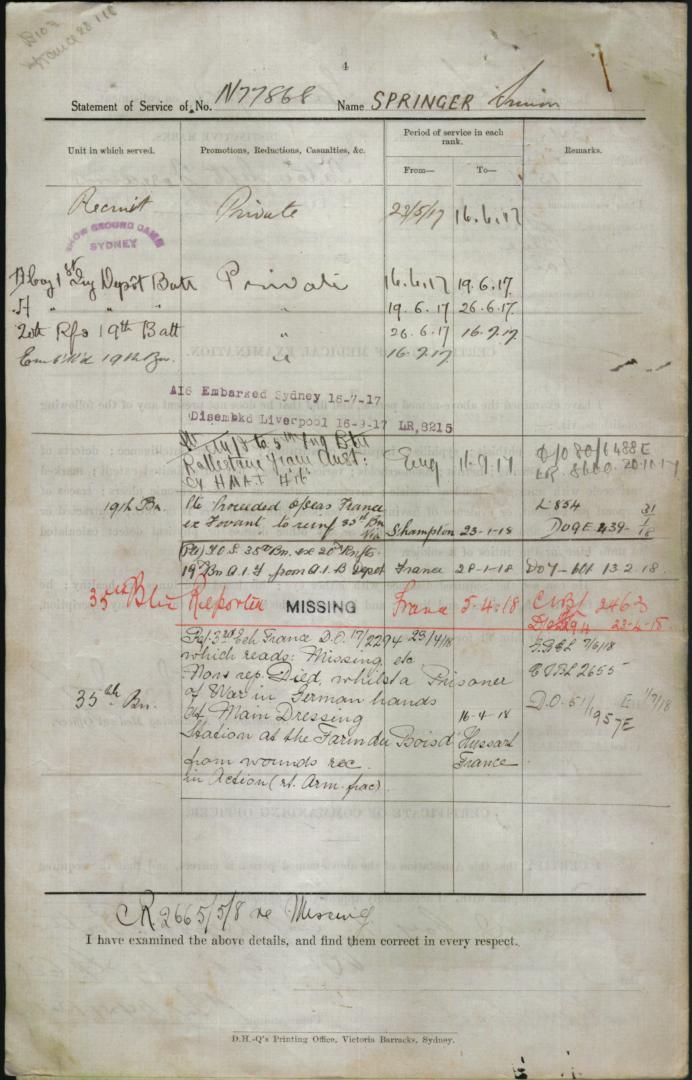

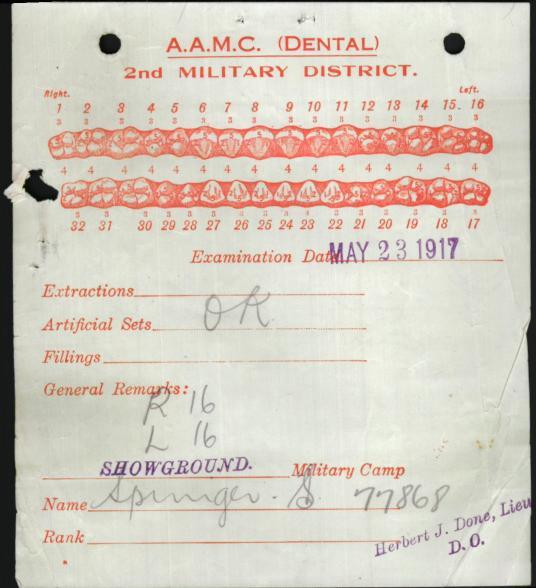
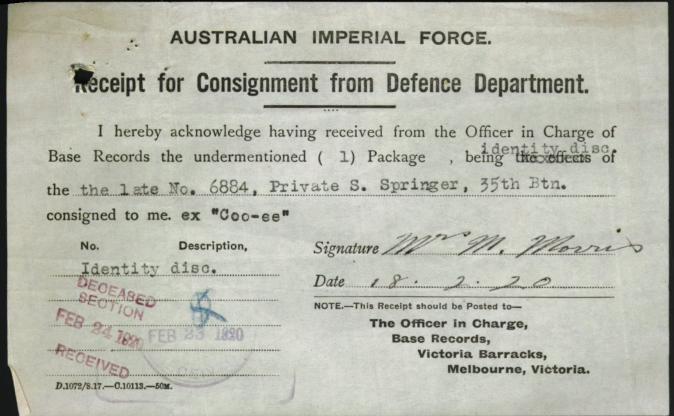
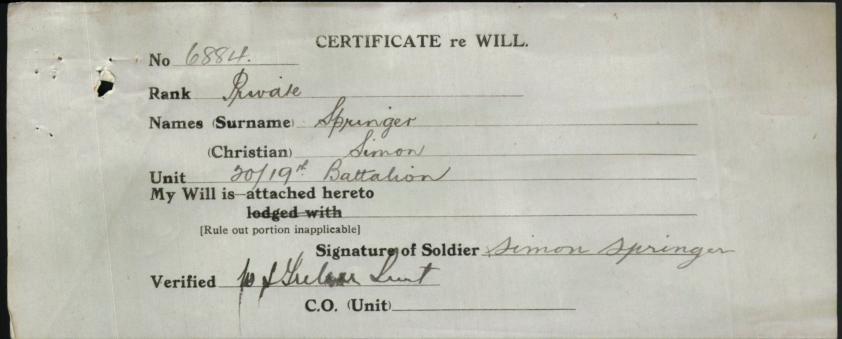
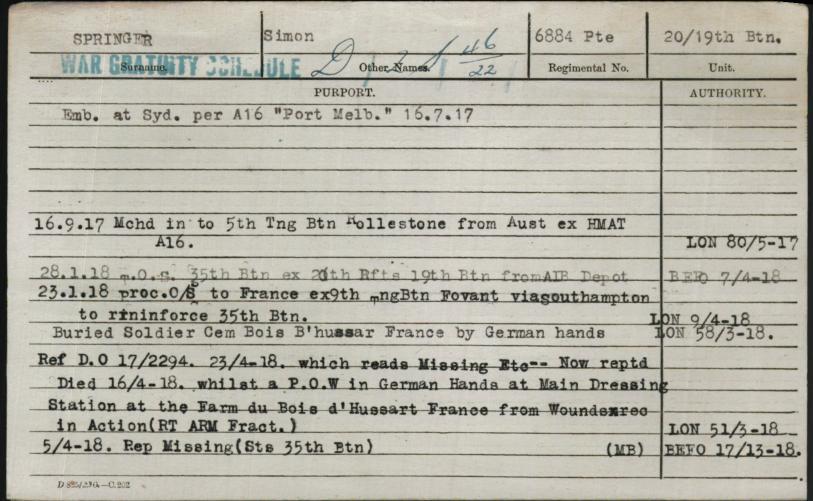

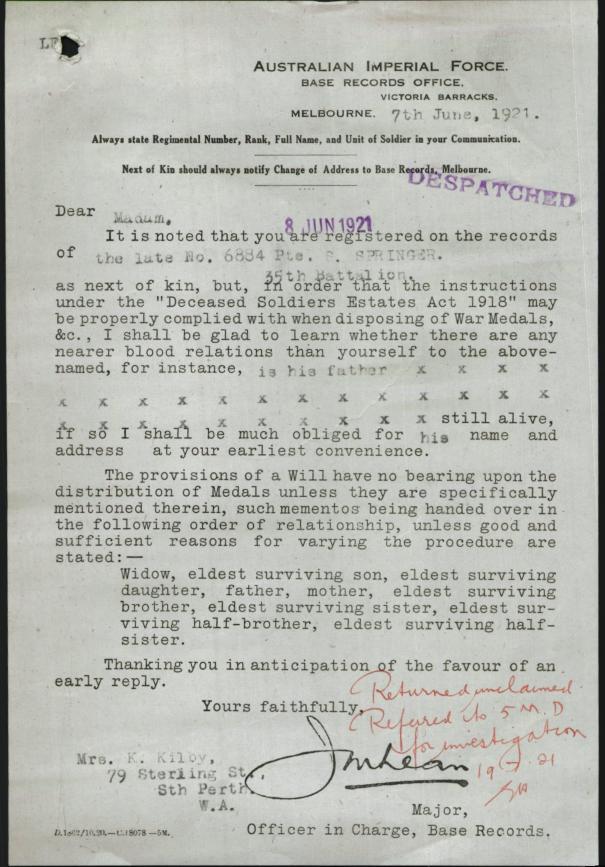
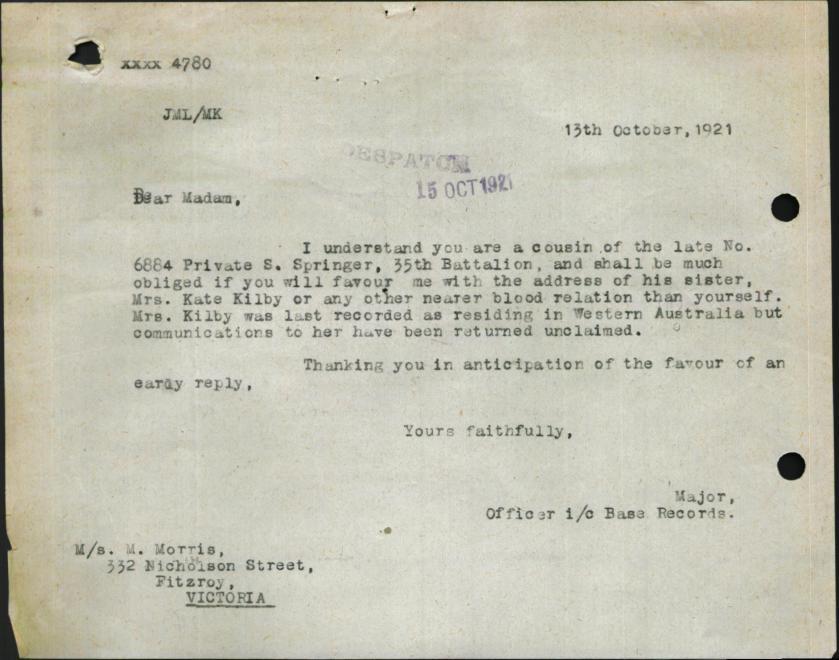
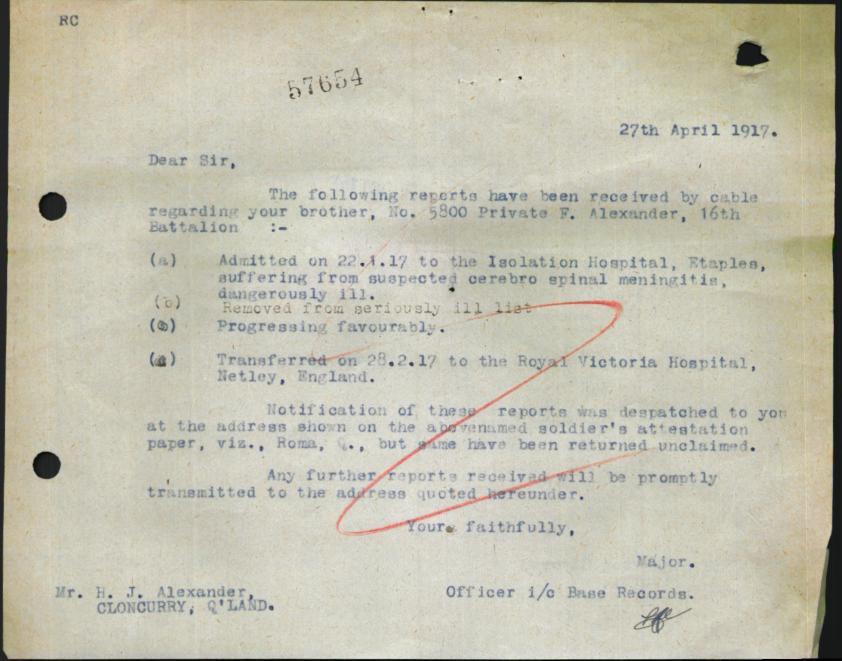

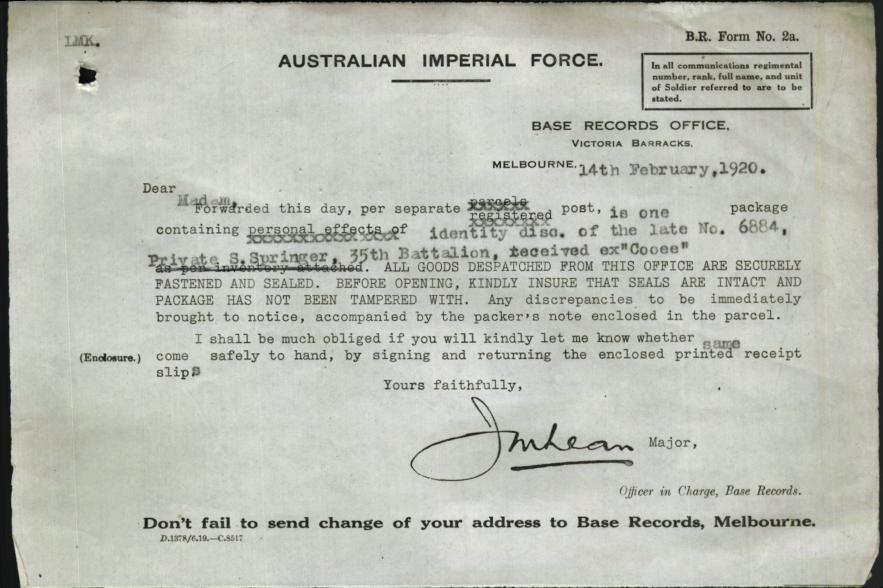
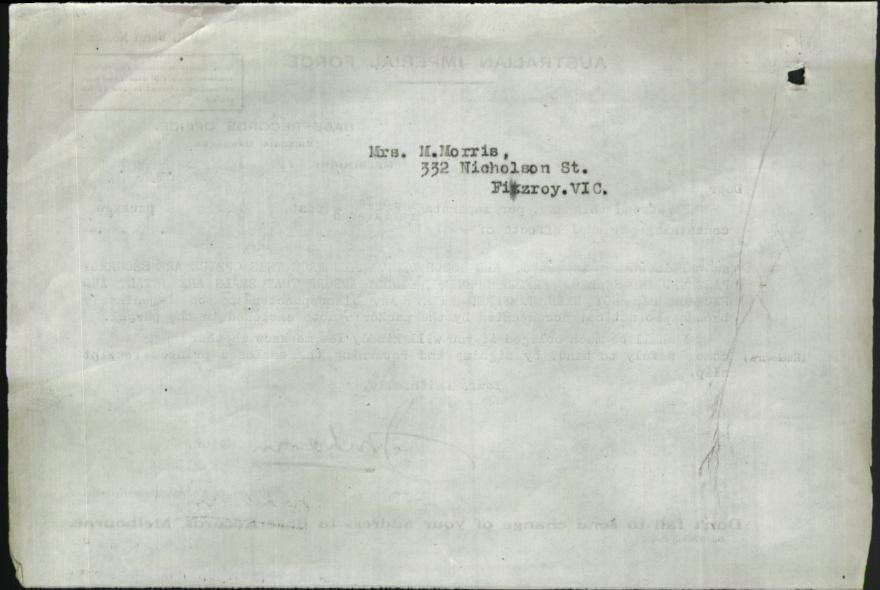
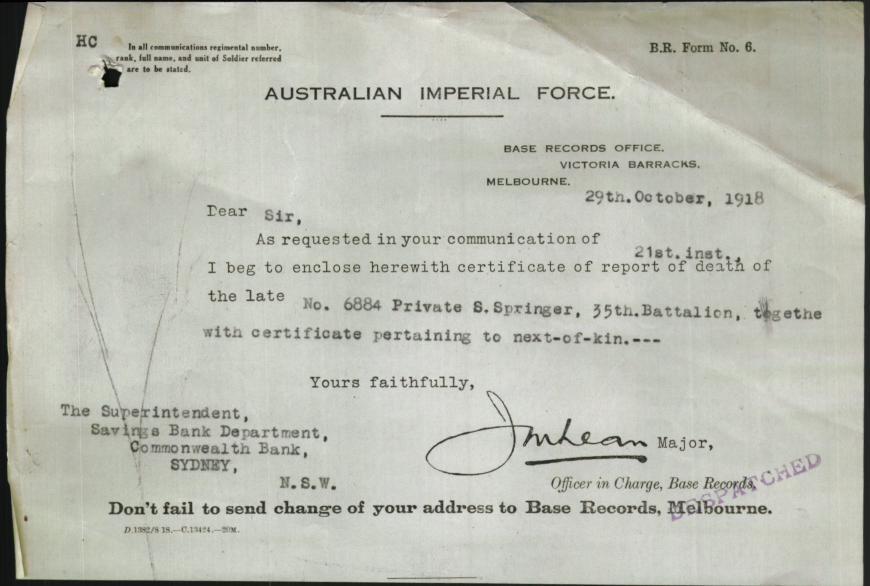

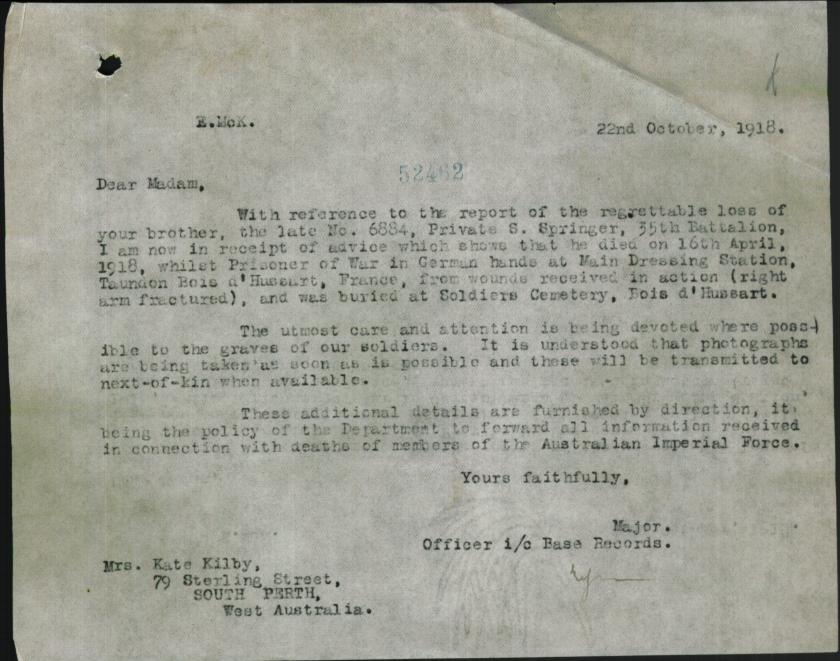


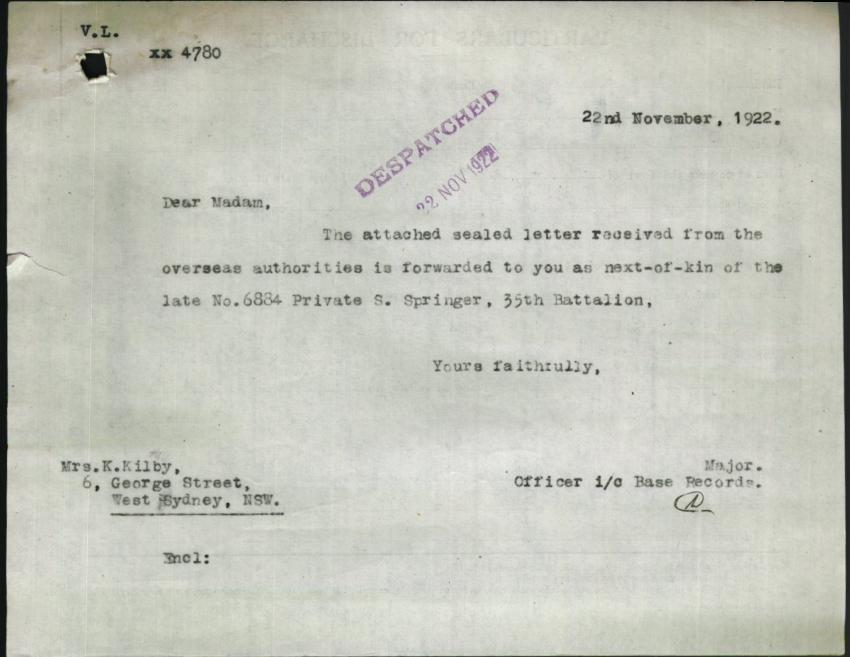
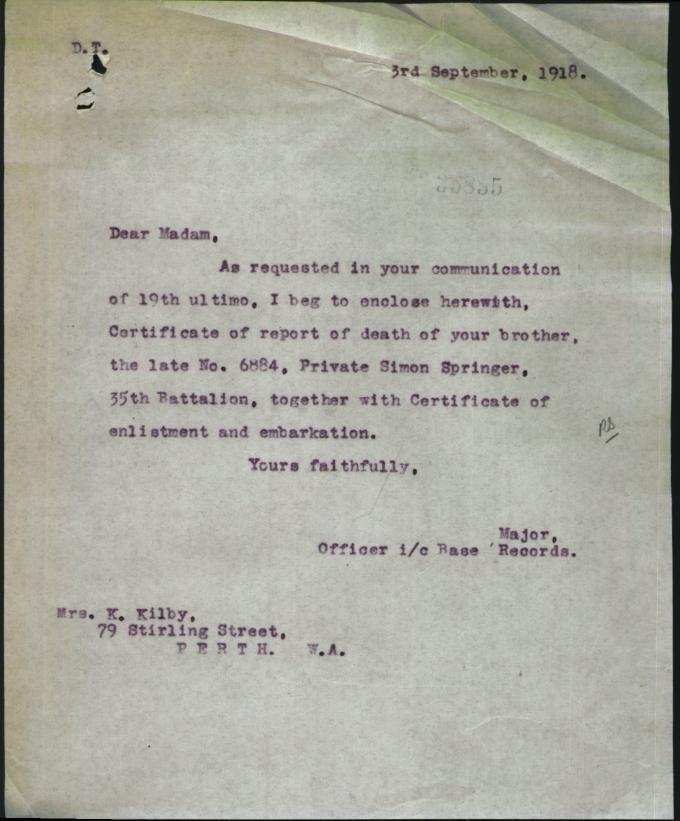
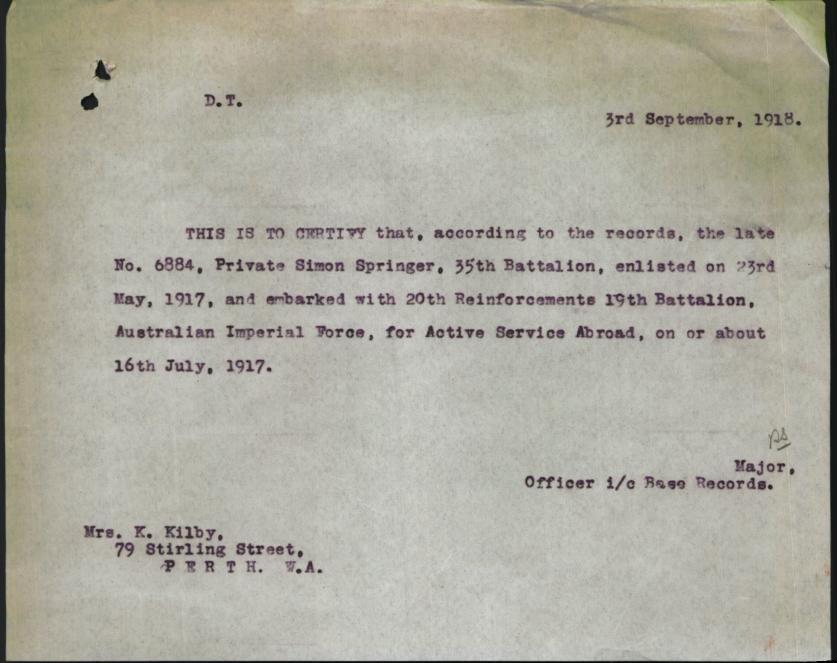

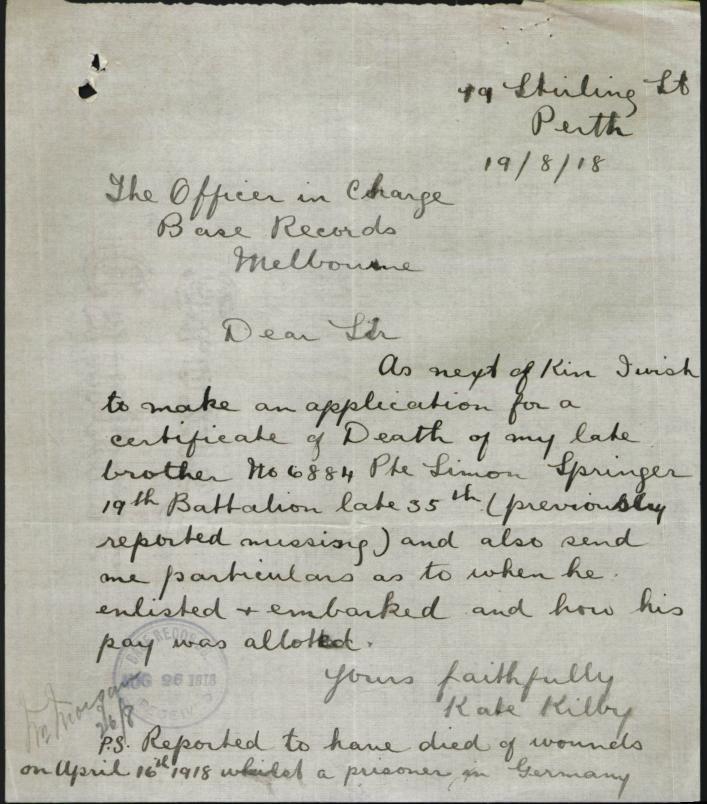
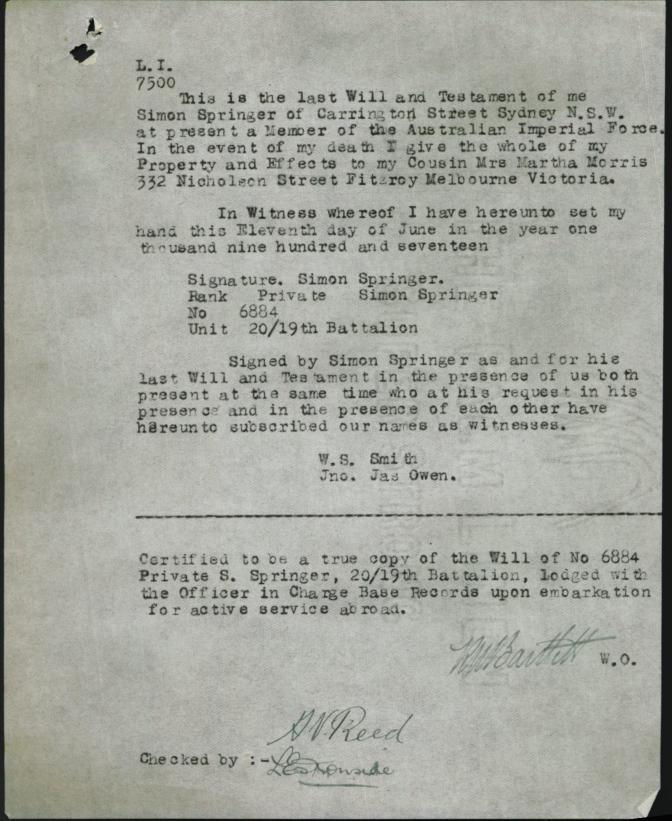
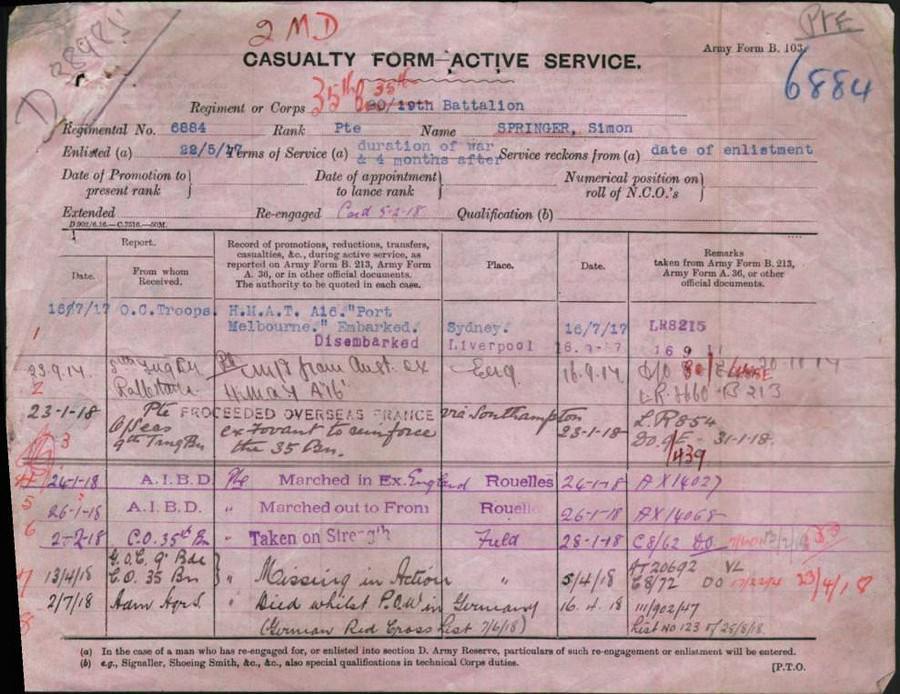

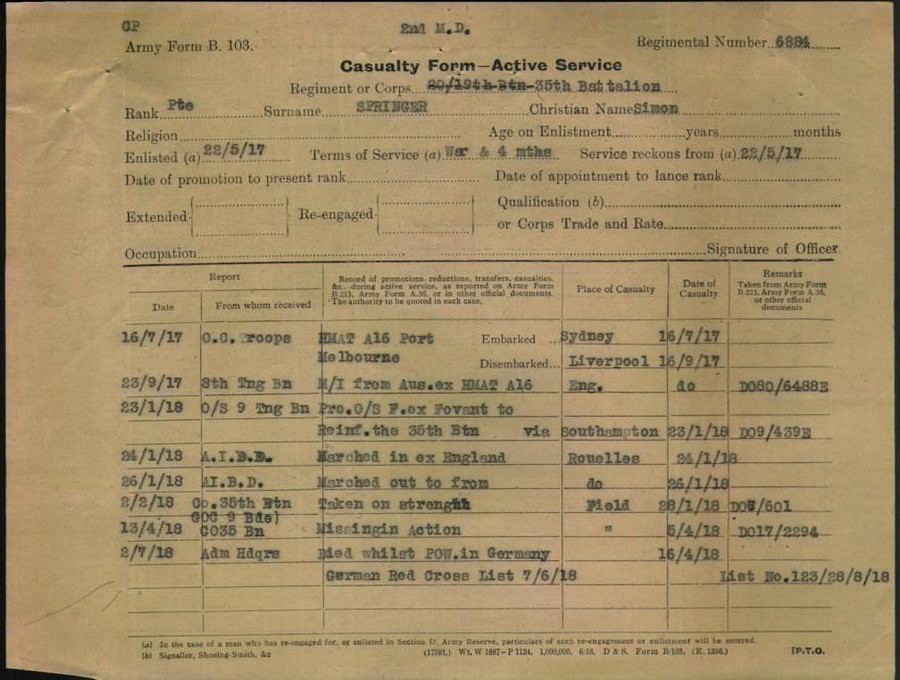


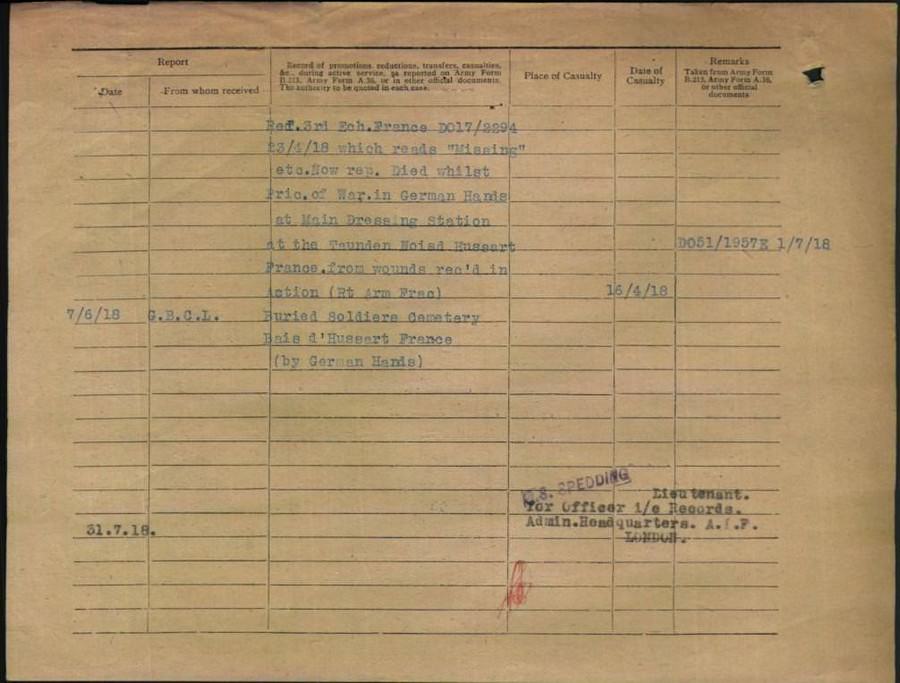
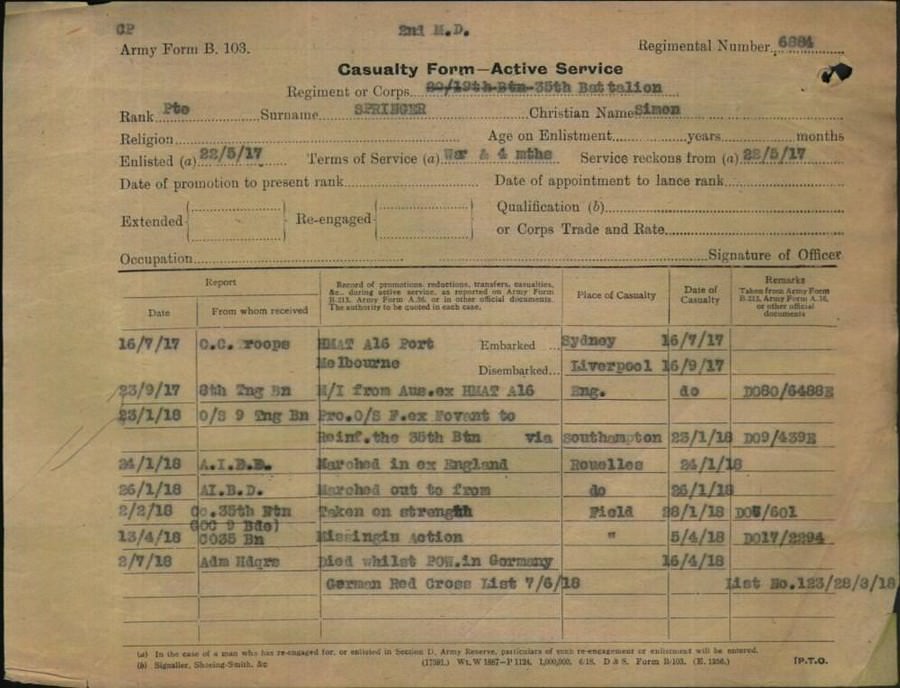
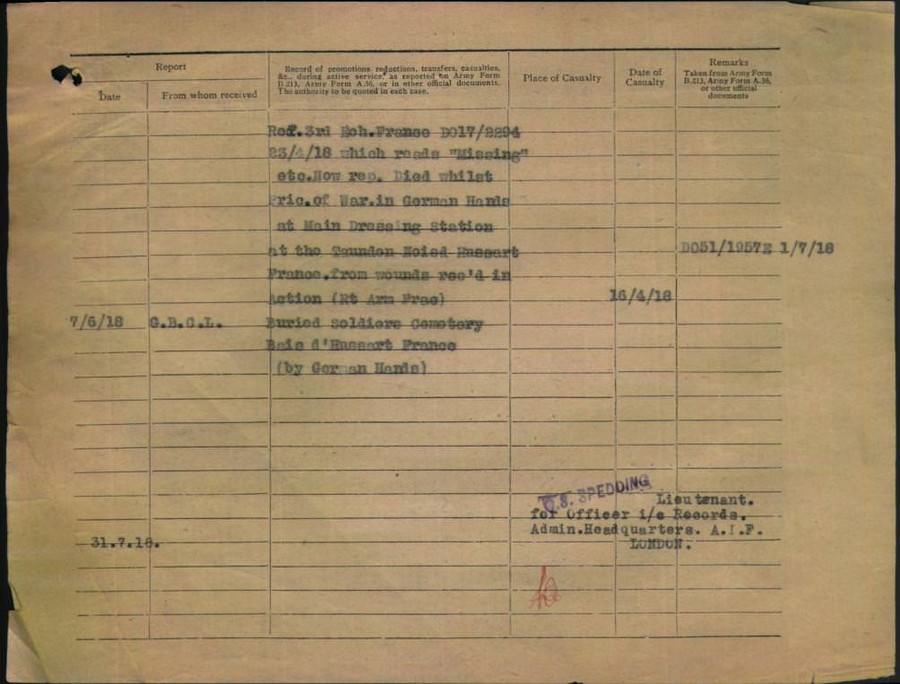


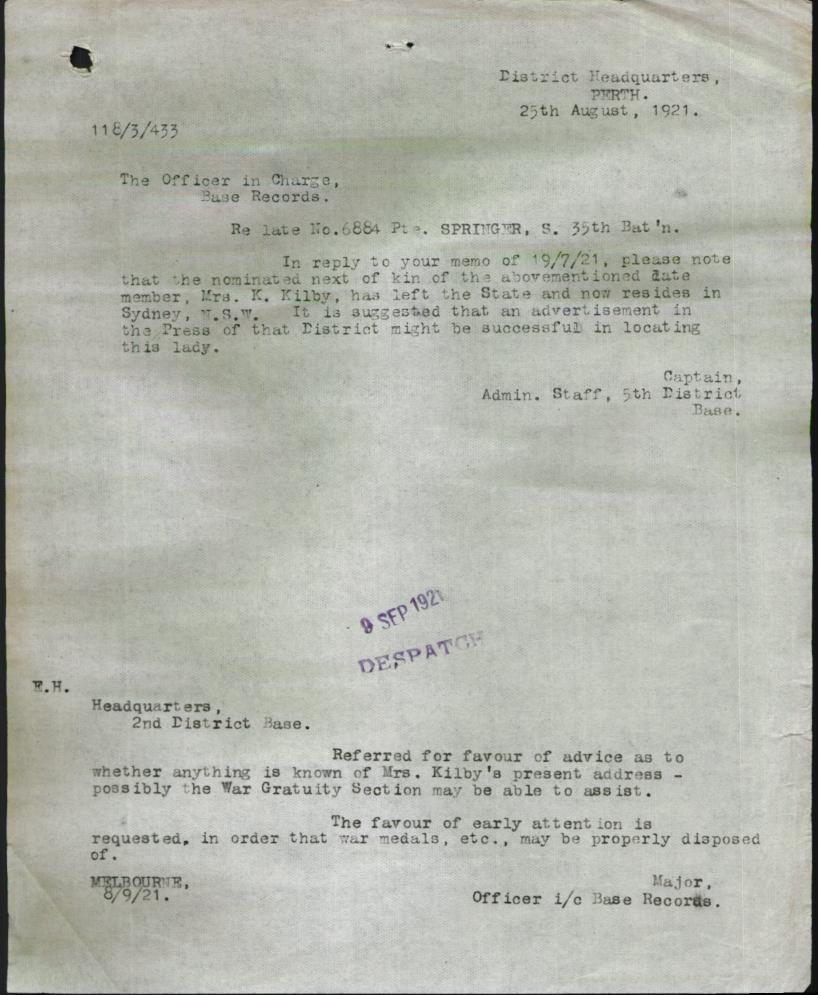

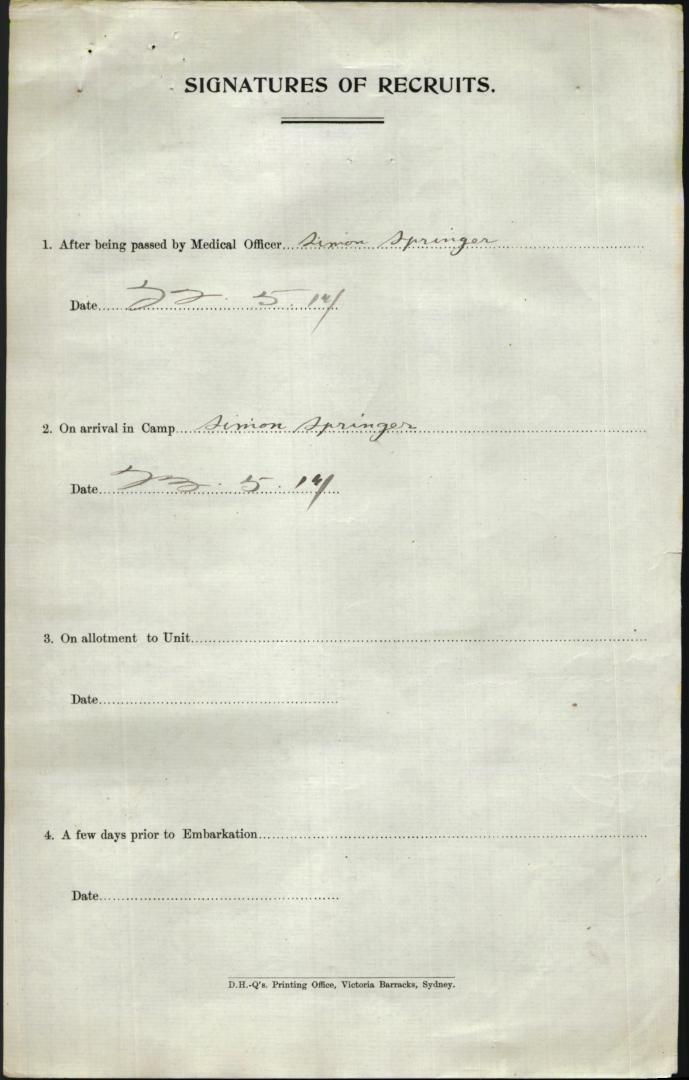
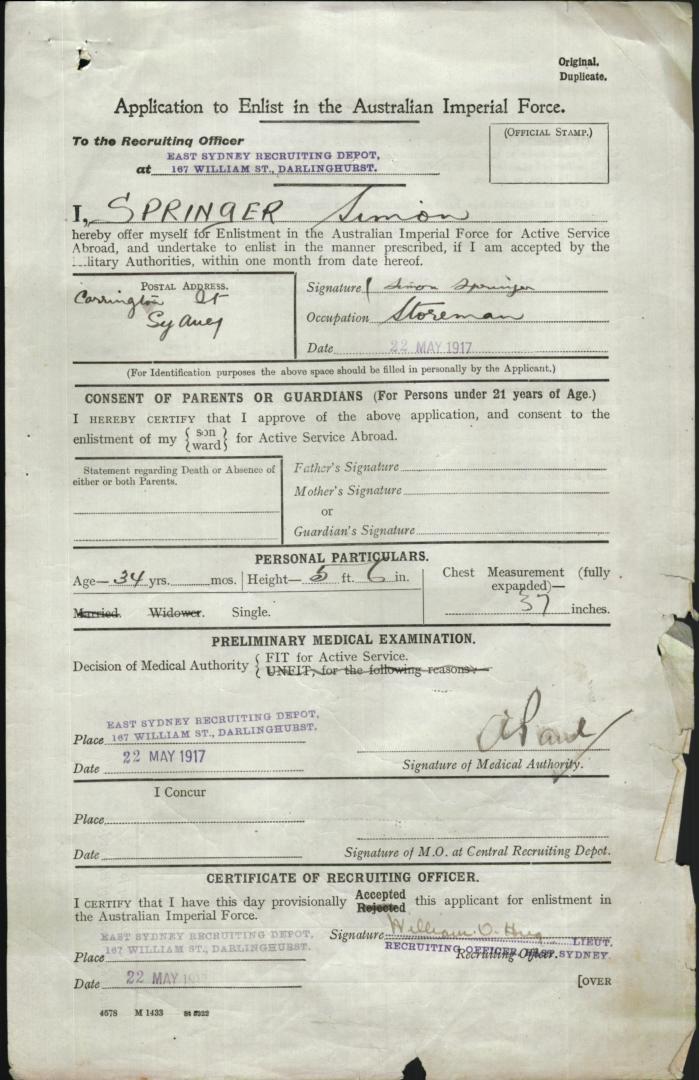

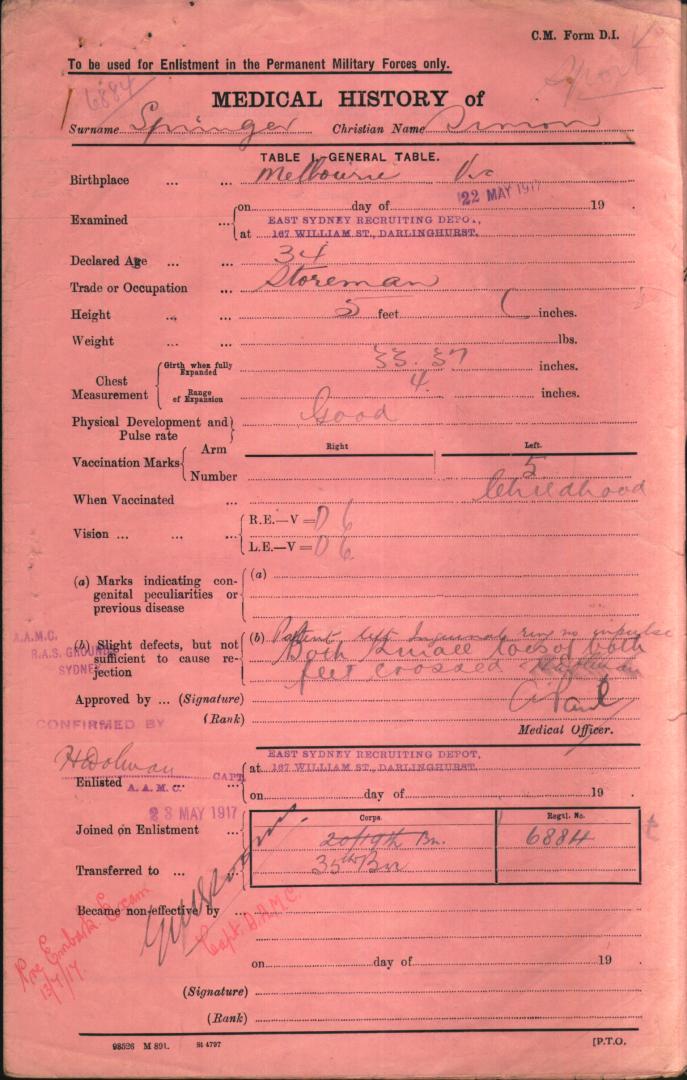


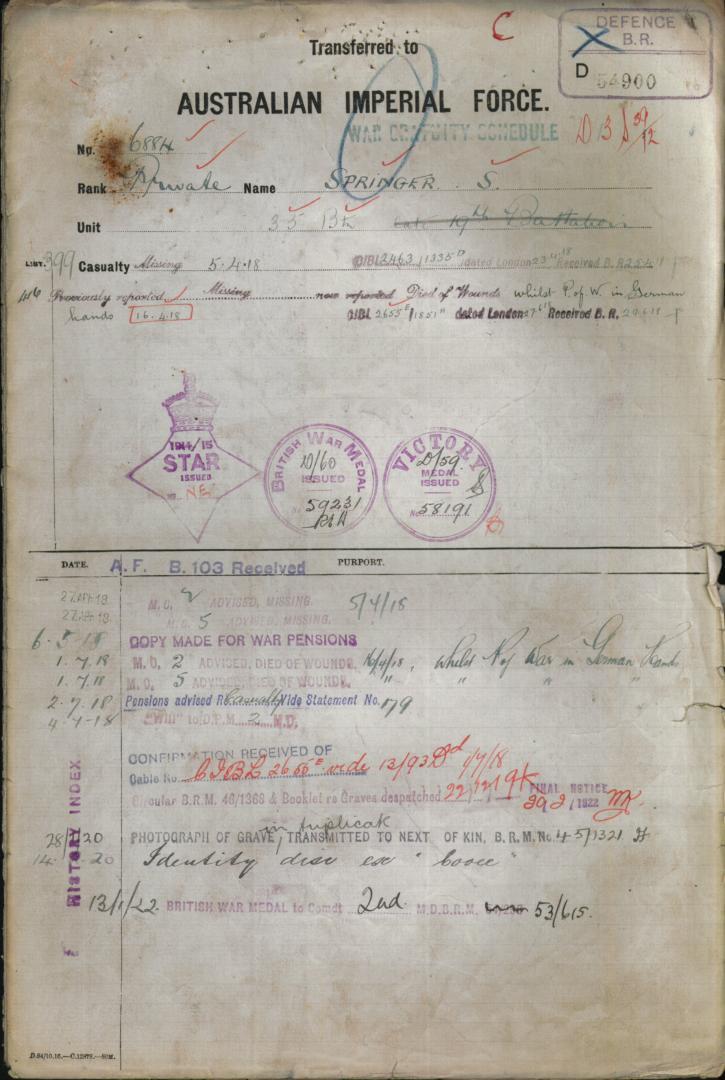

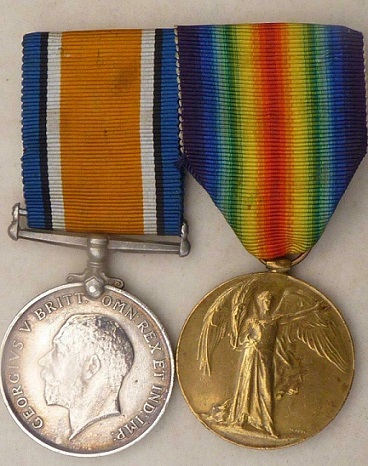
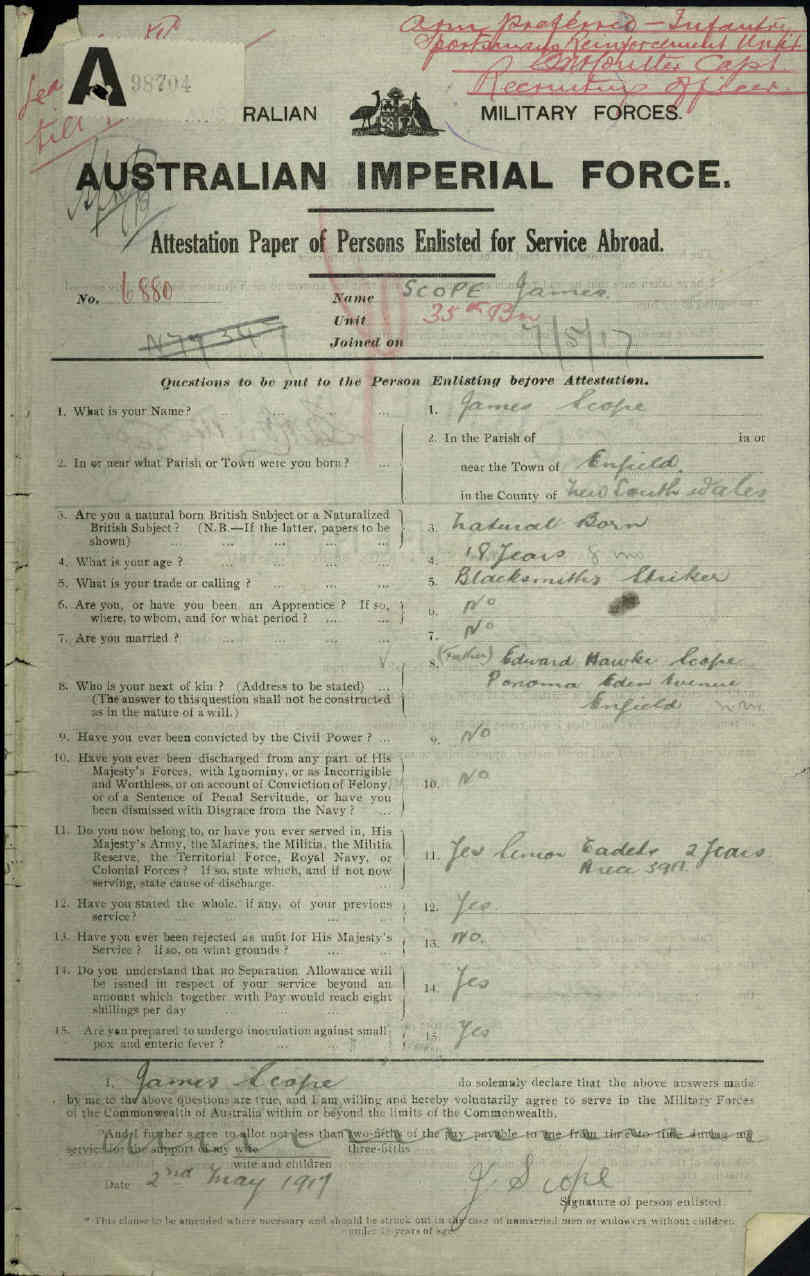

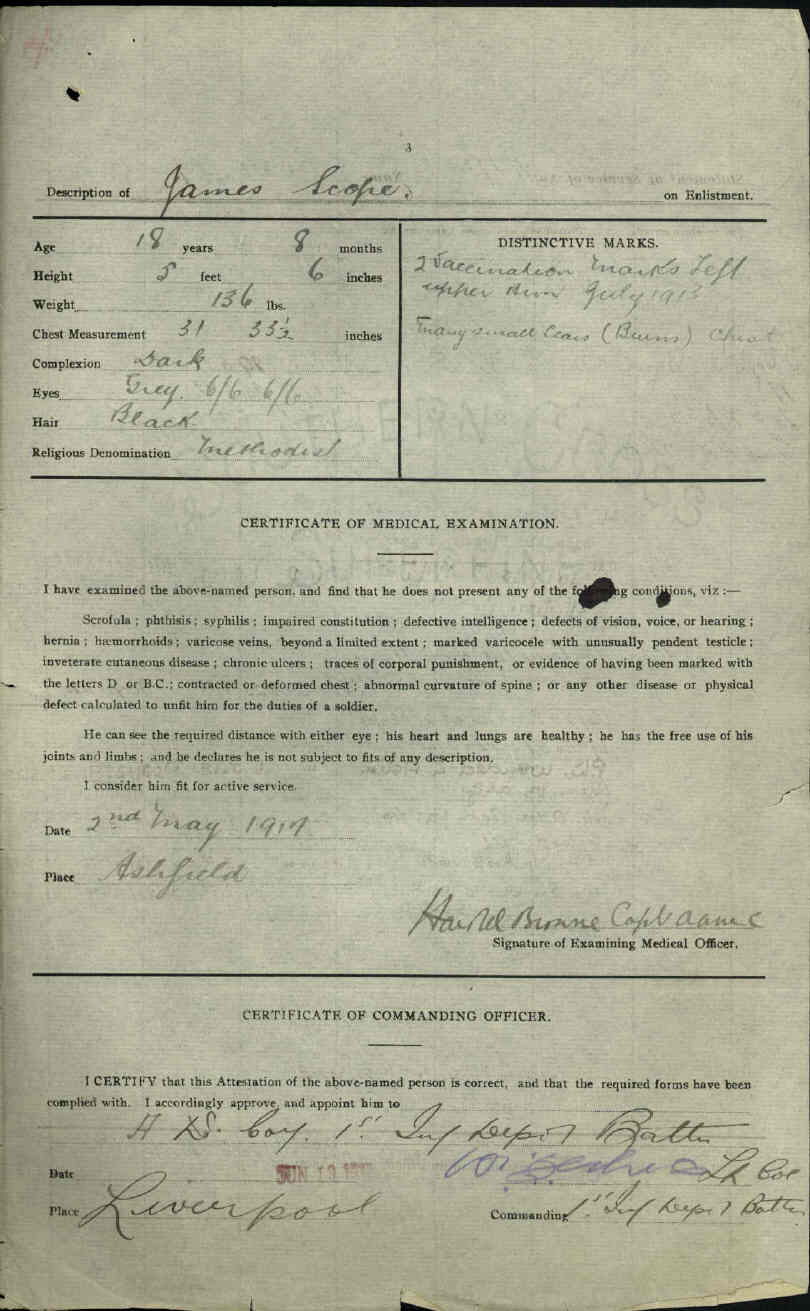
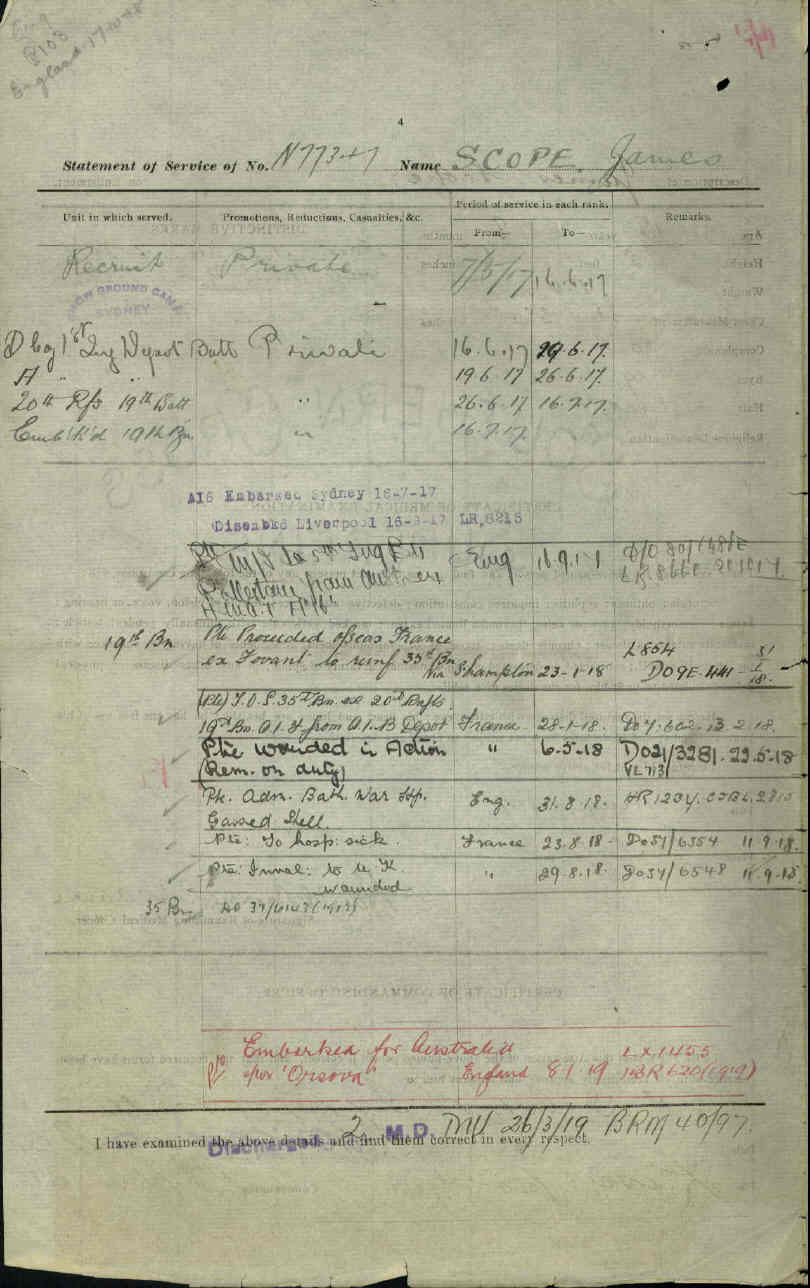

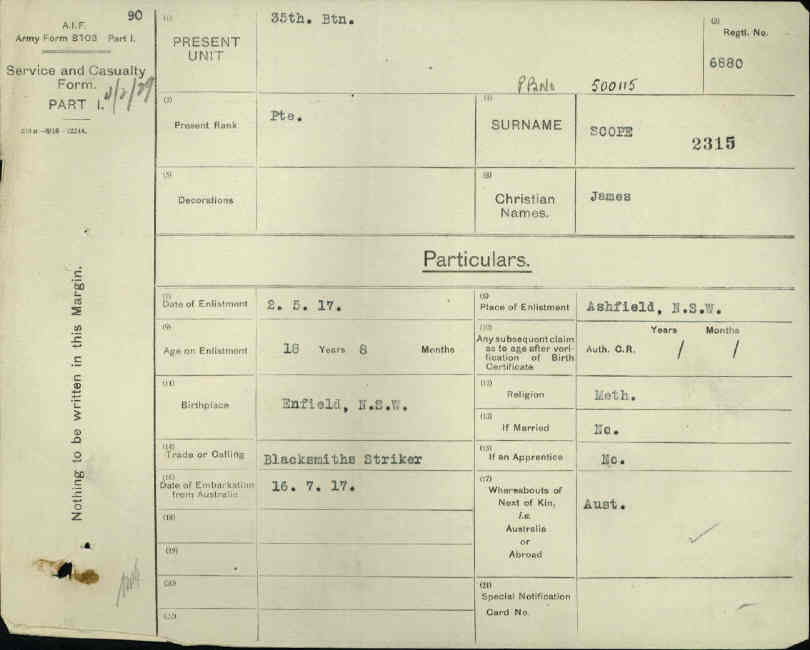
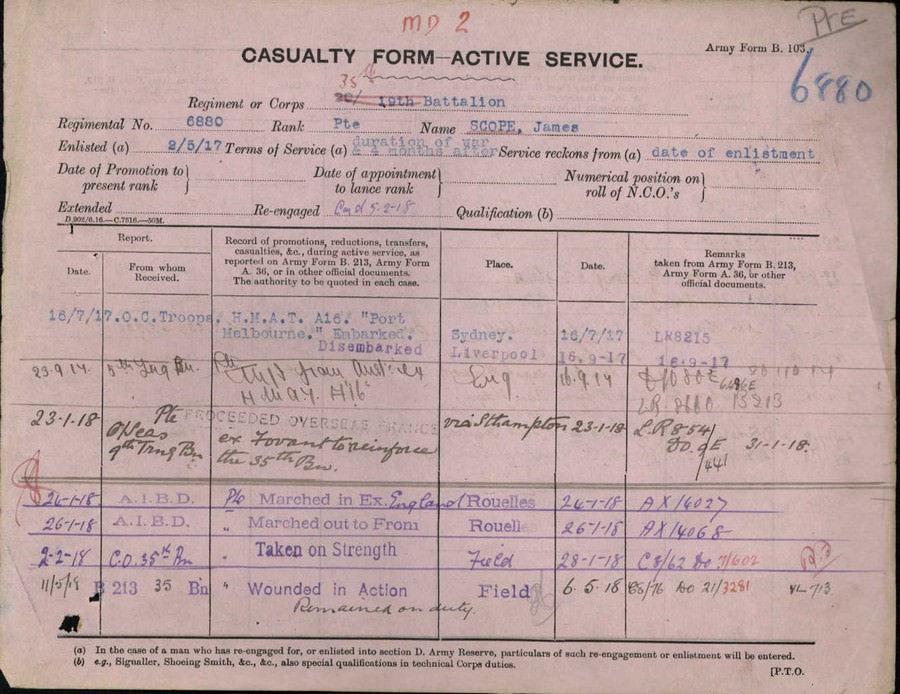
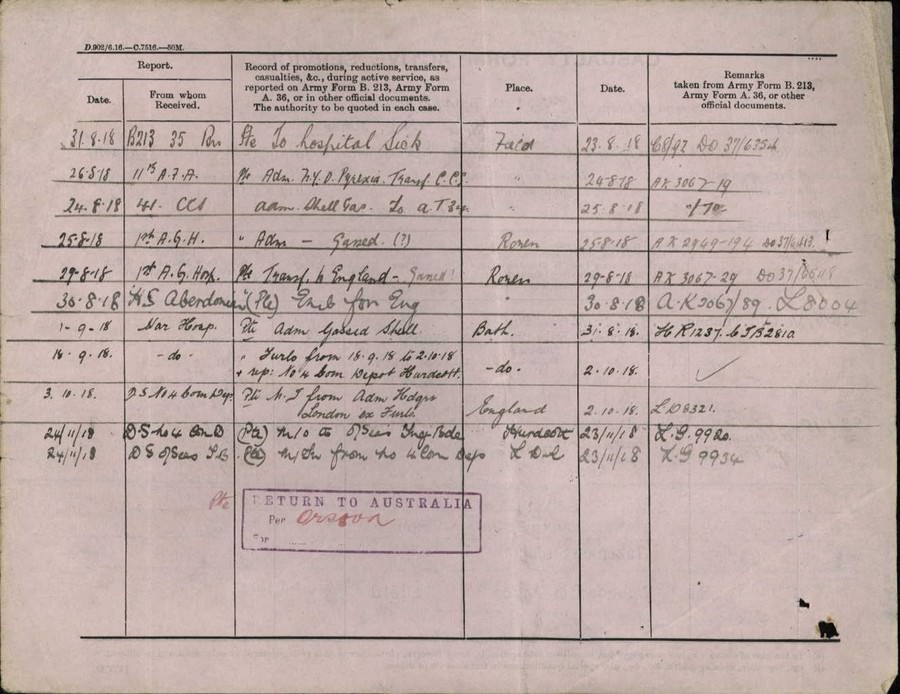

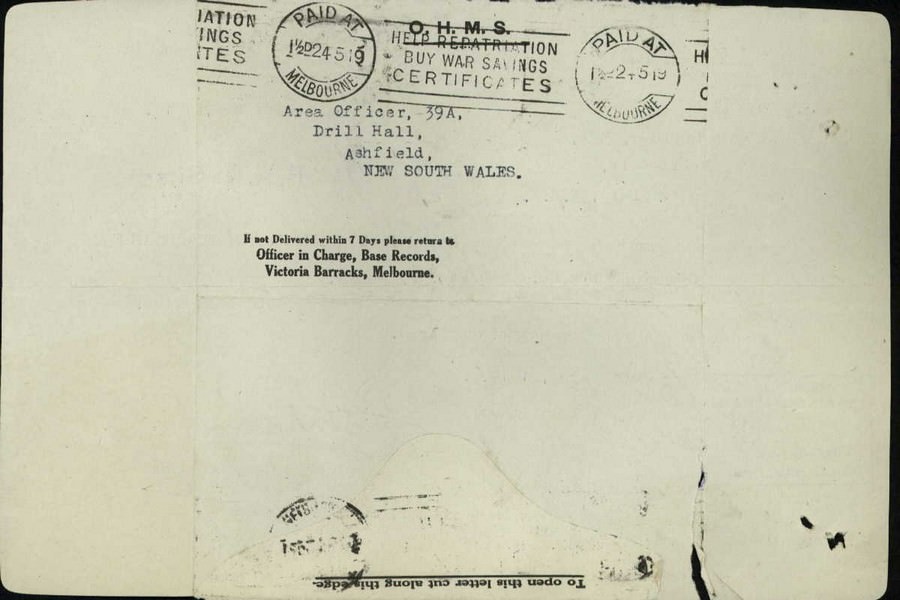

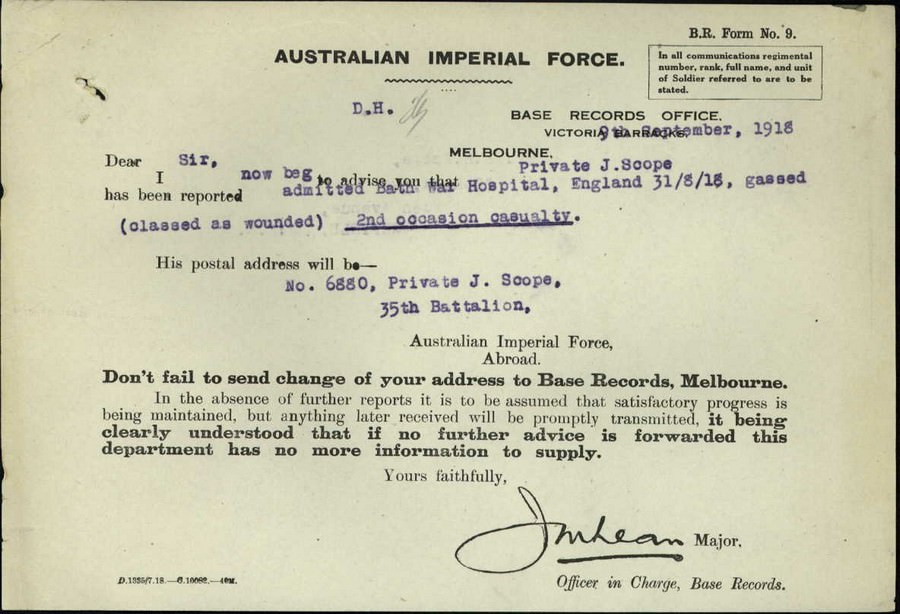
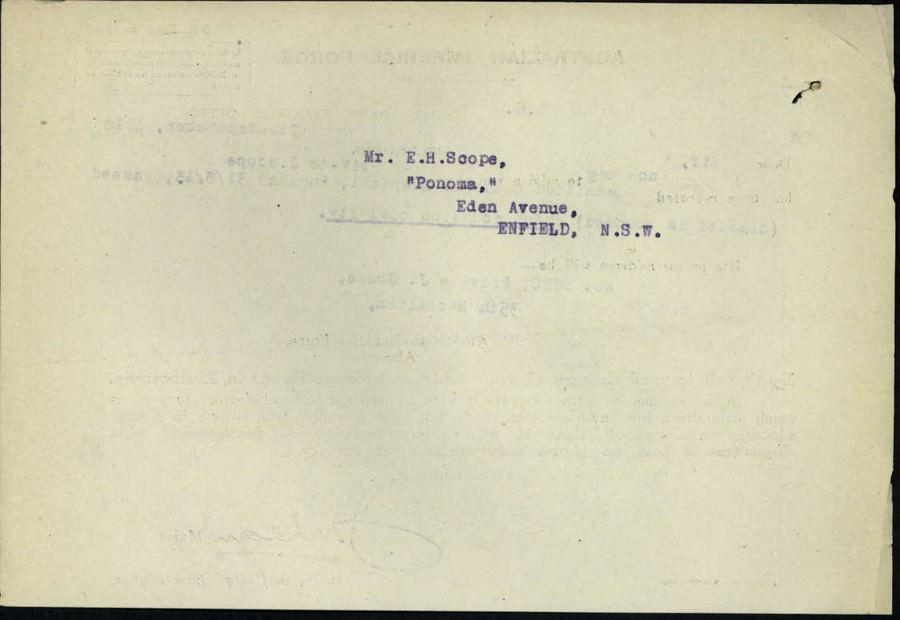
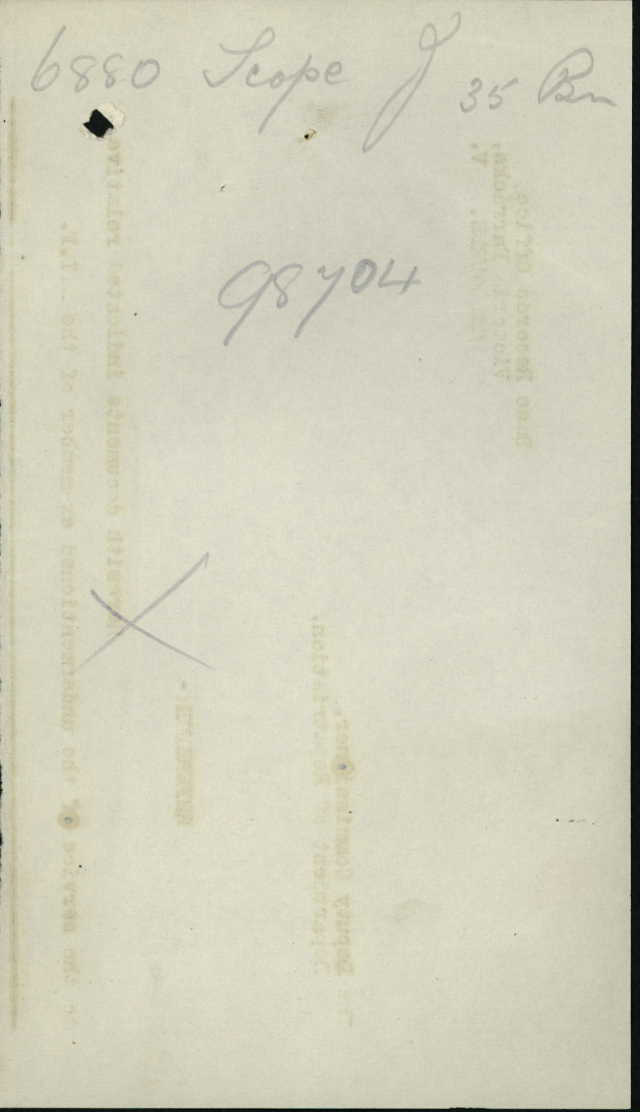



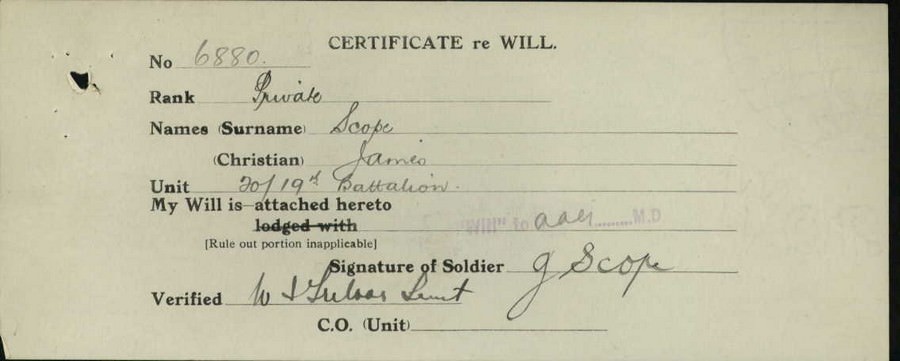


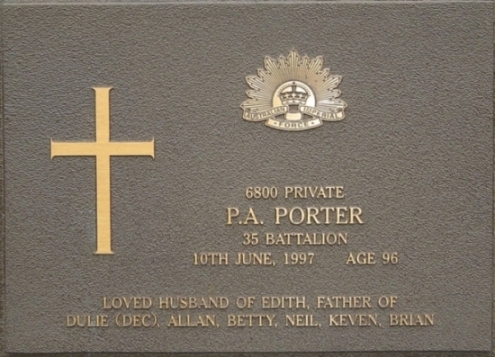
 Gunnedah Public School Honour Roll
Gunnedah Public School Honour Roll

